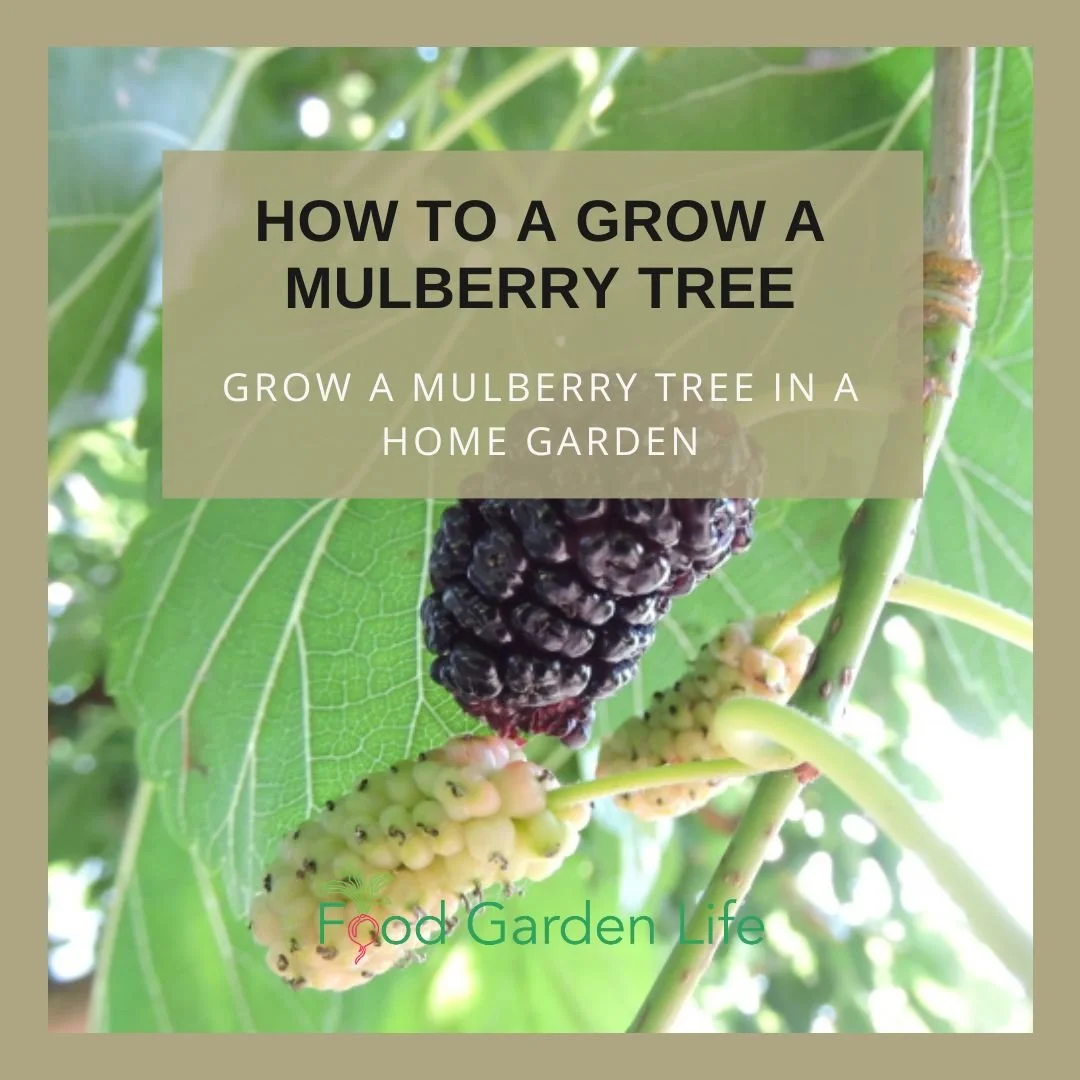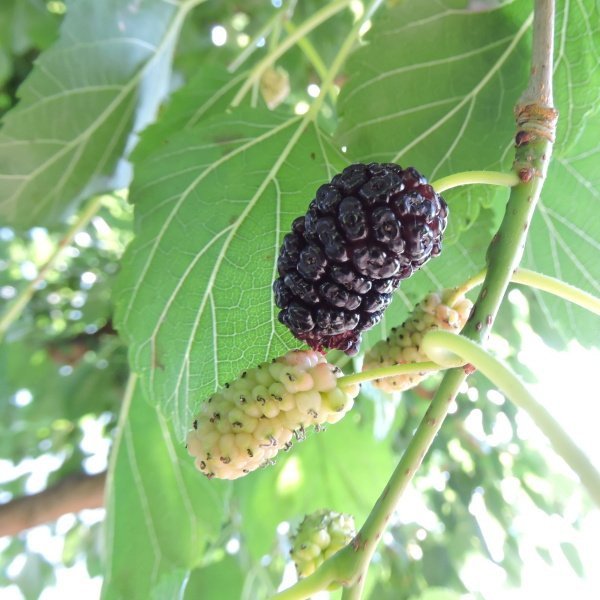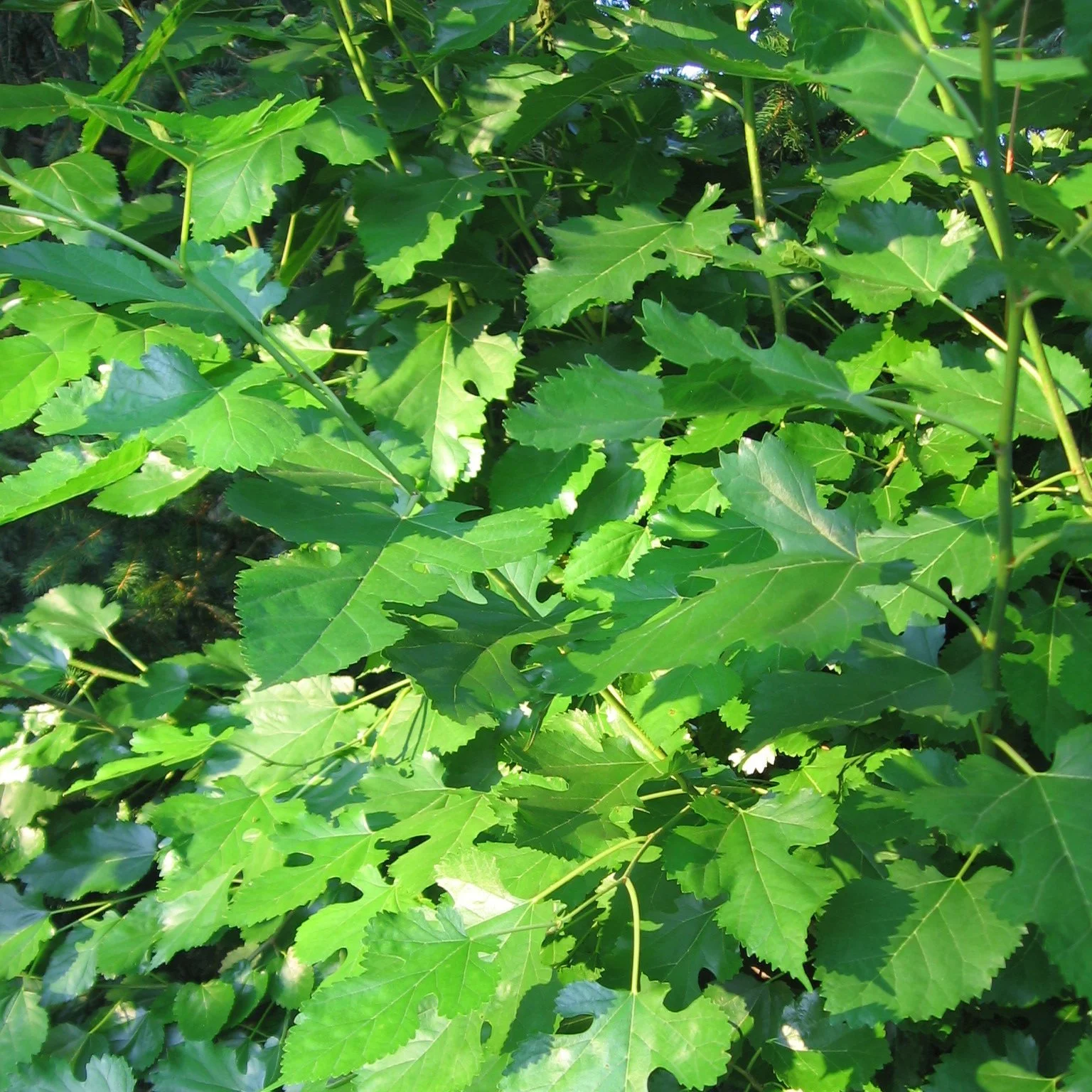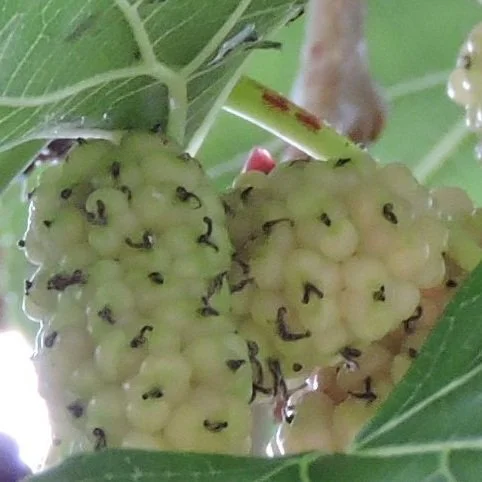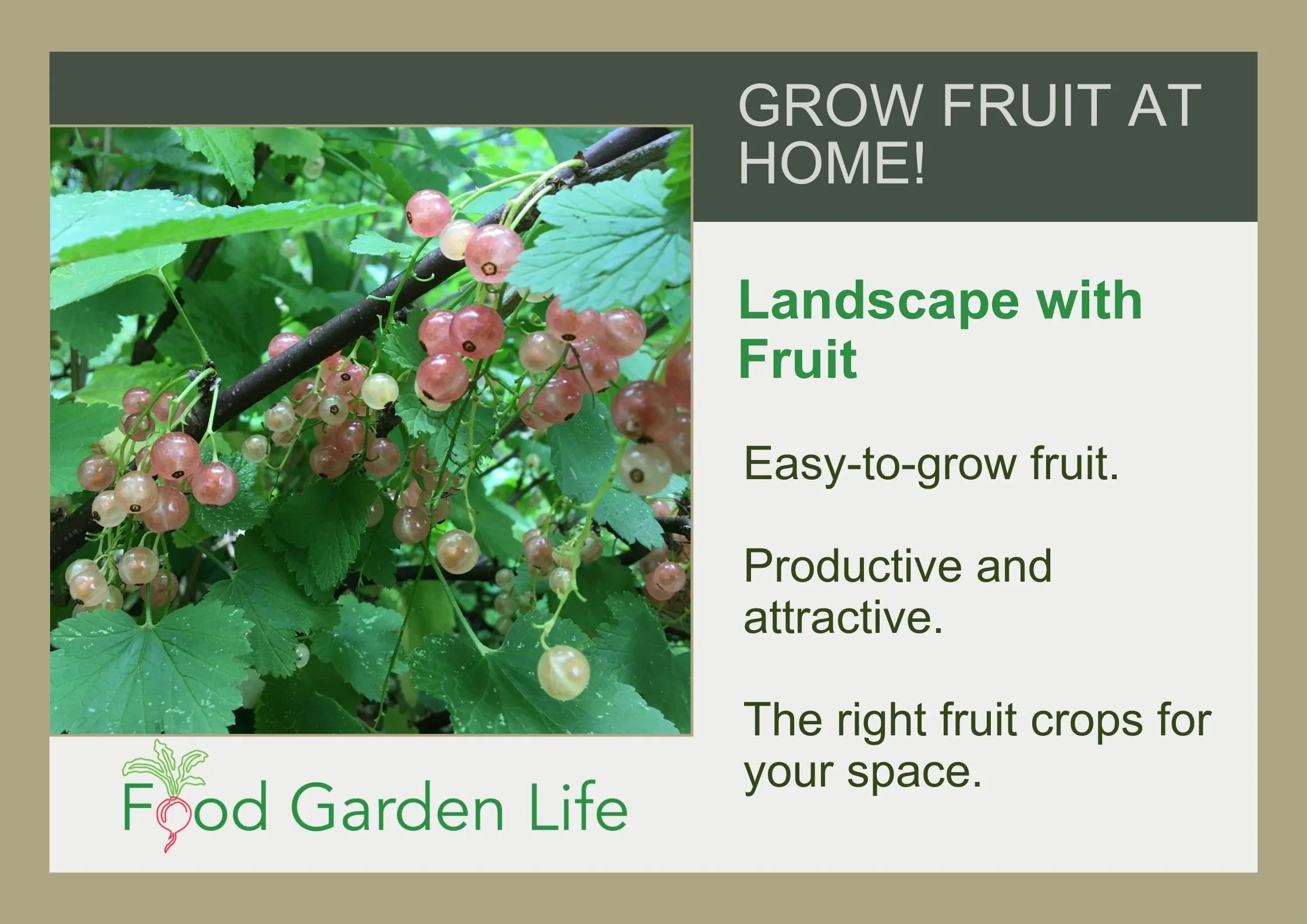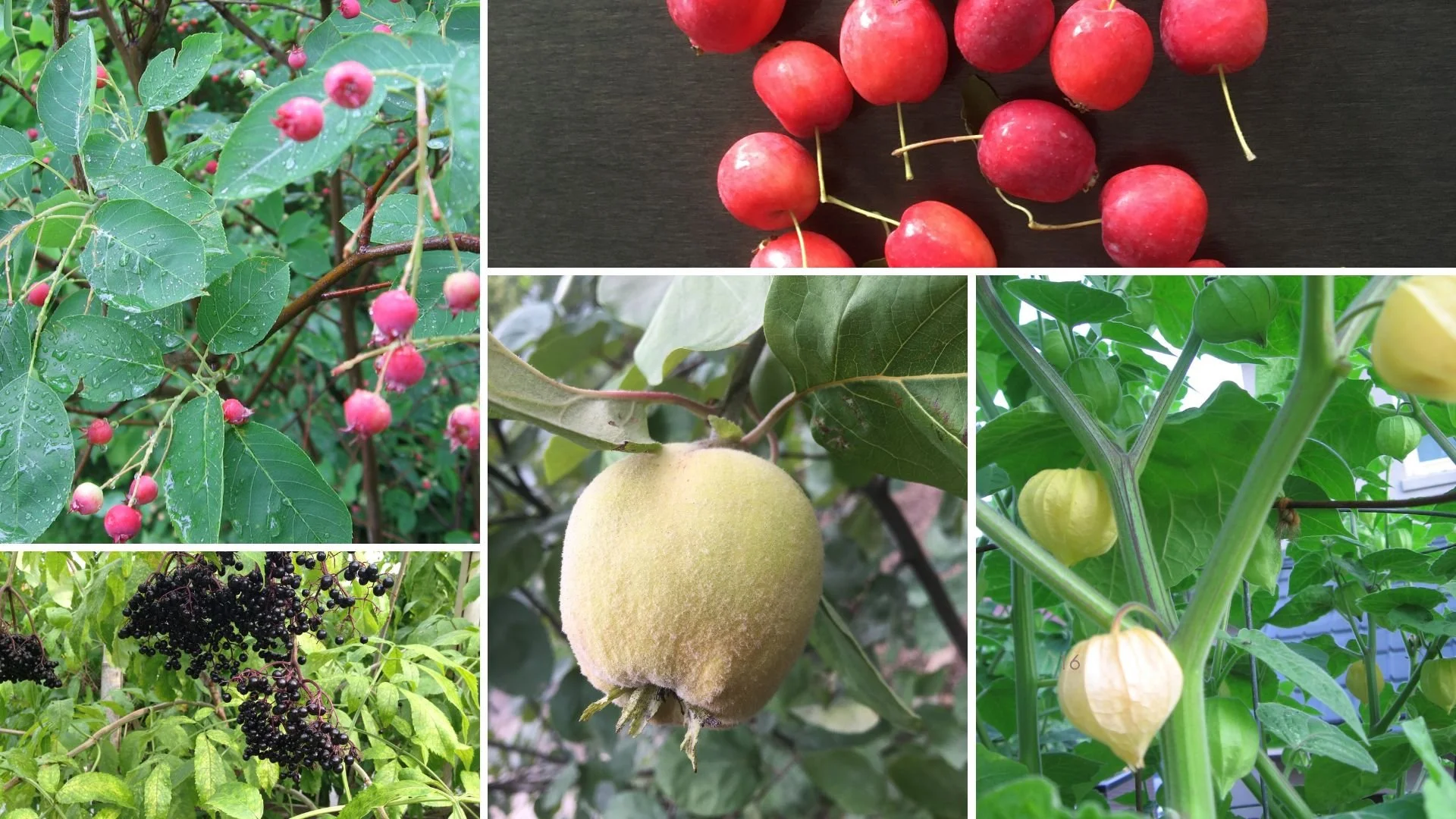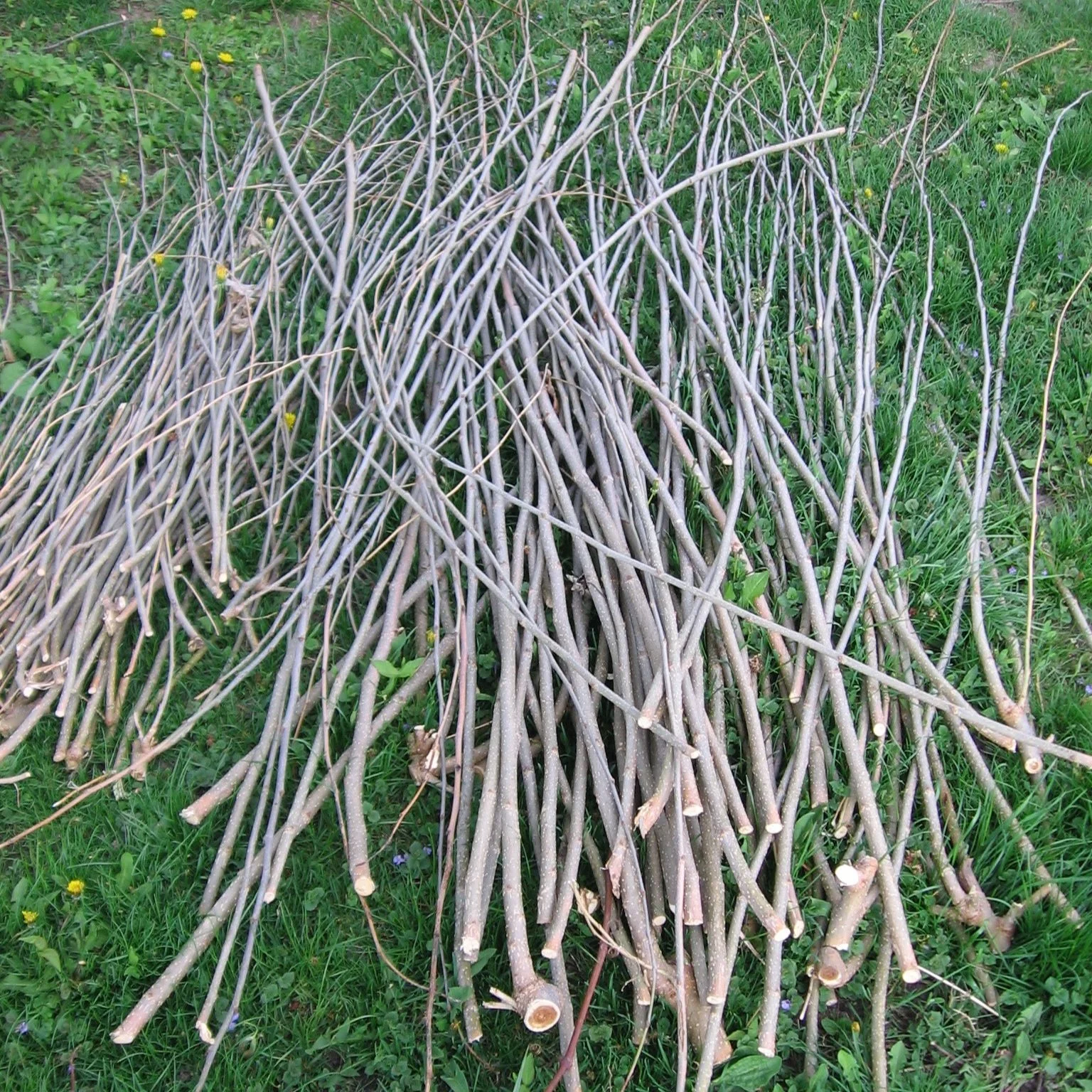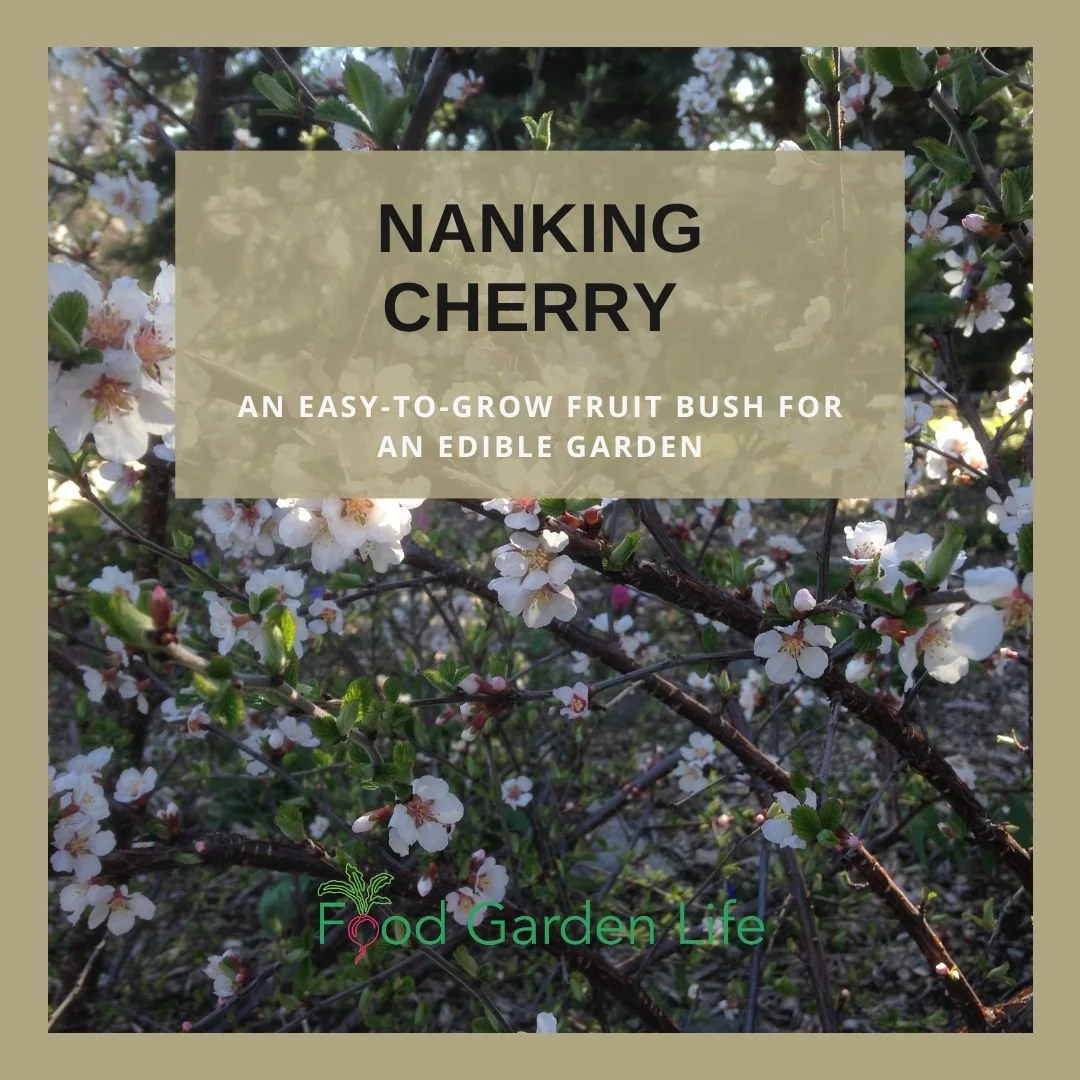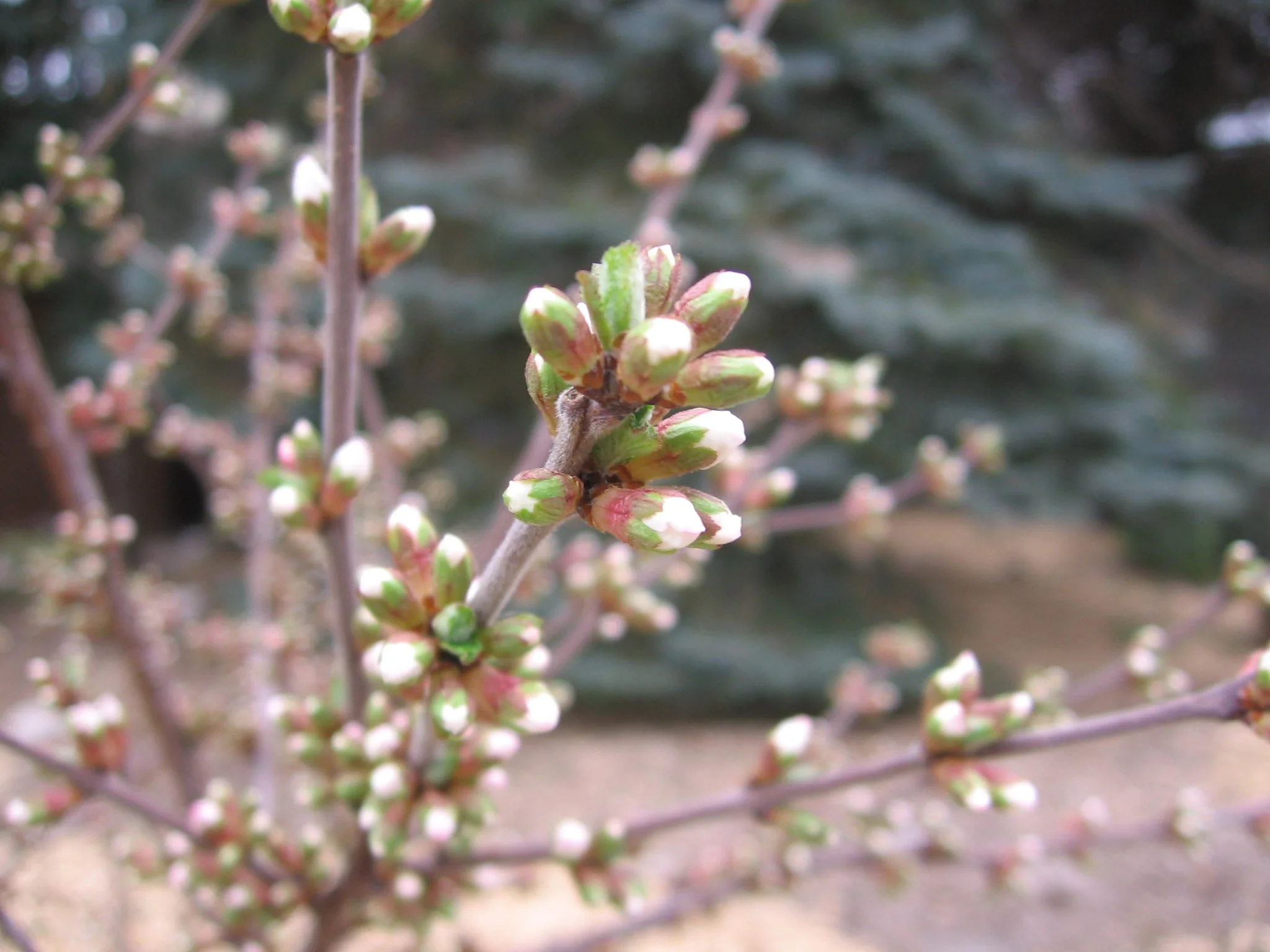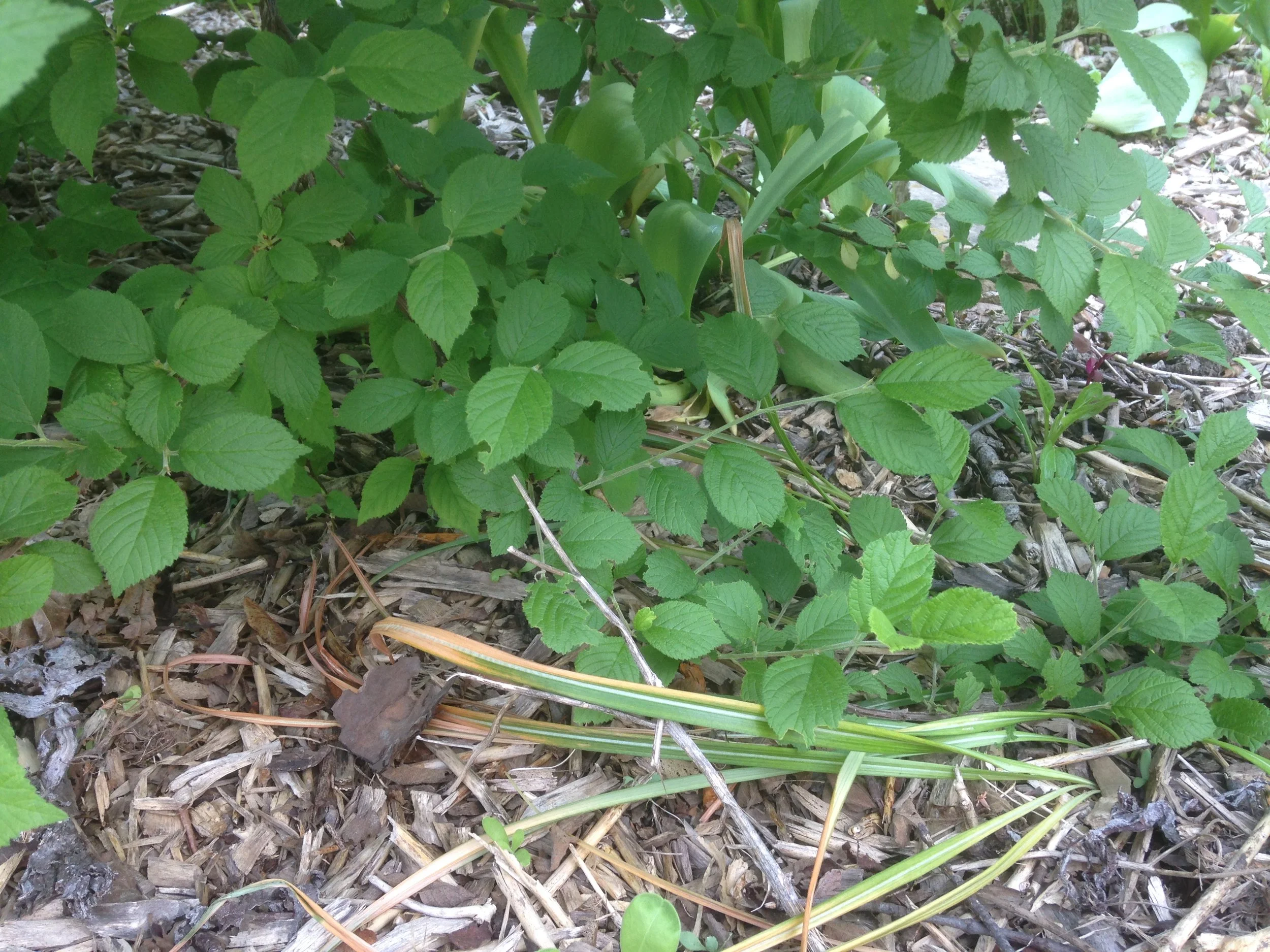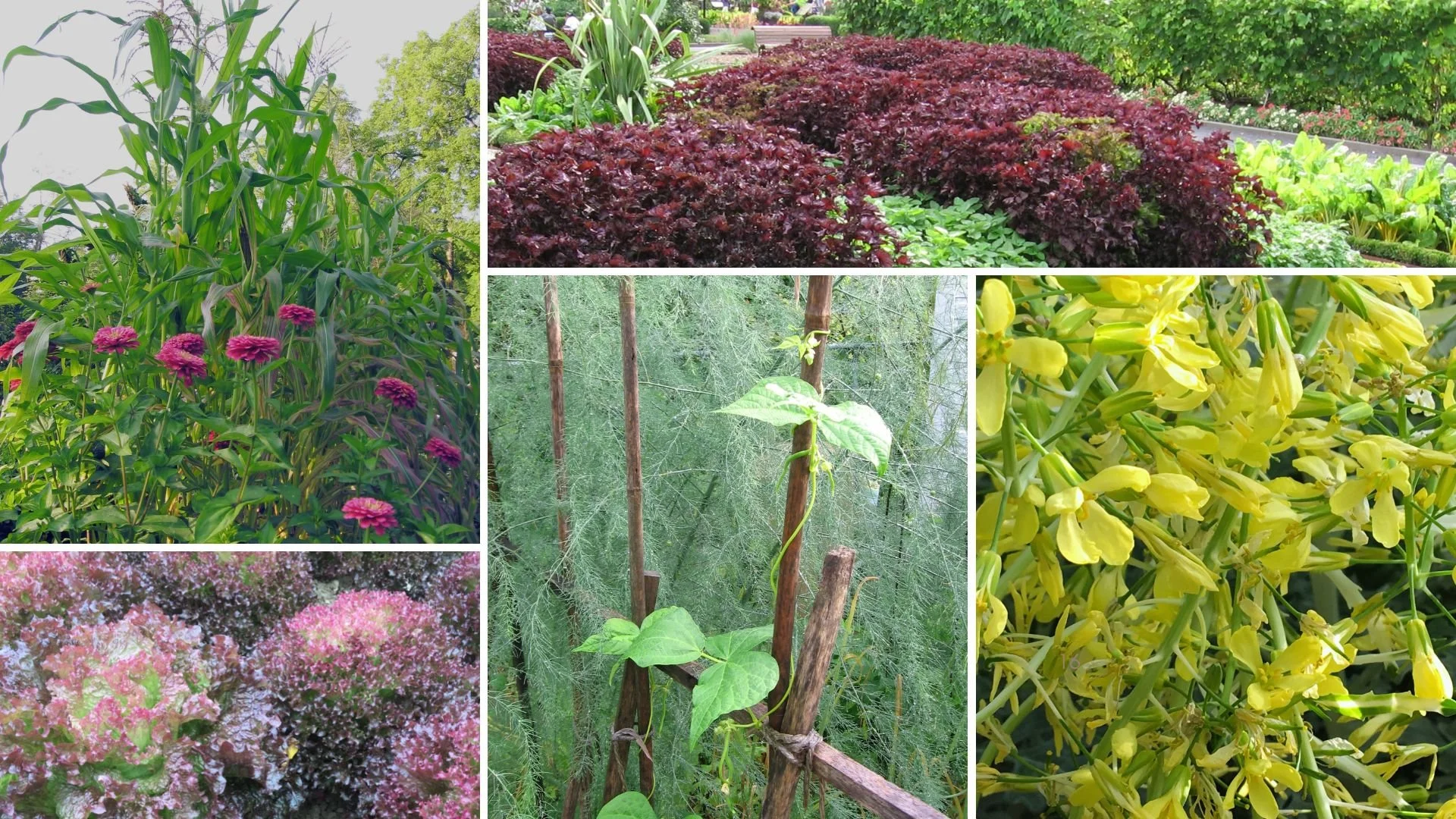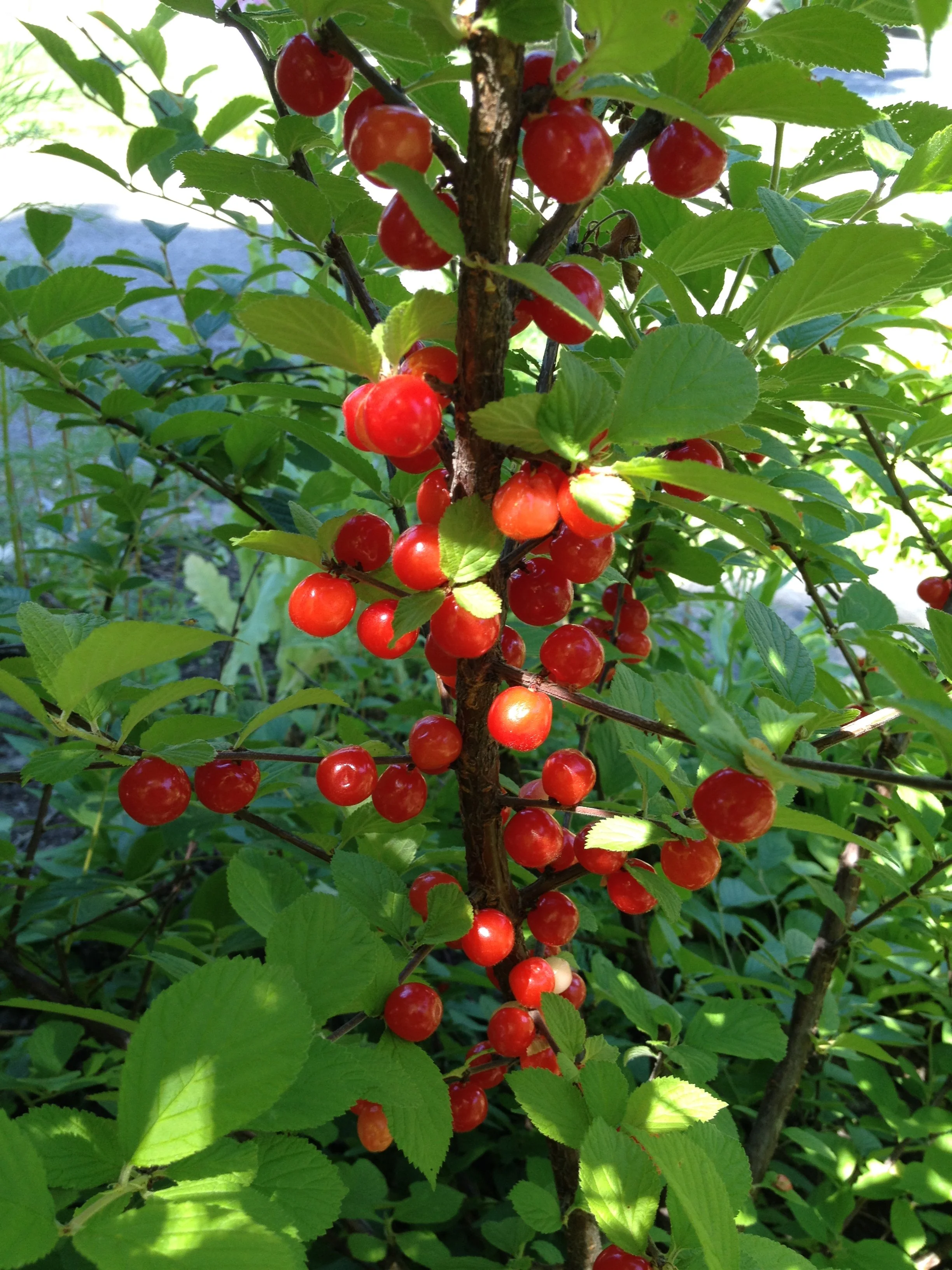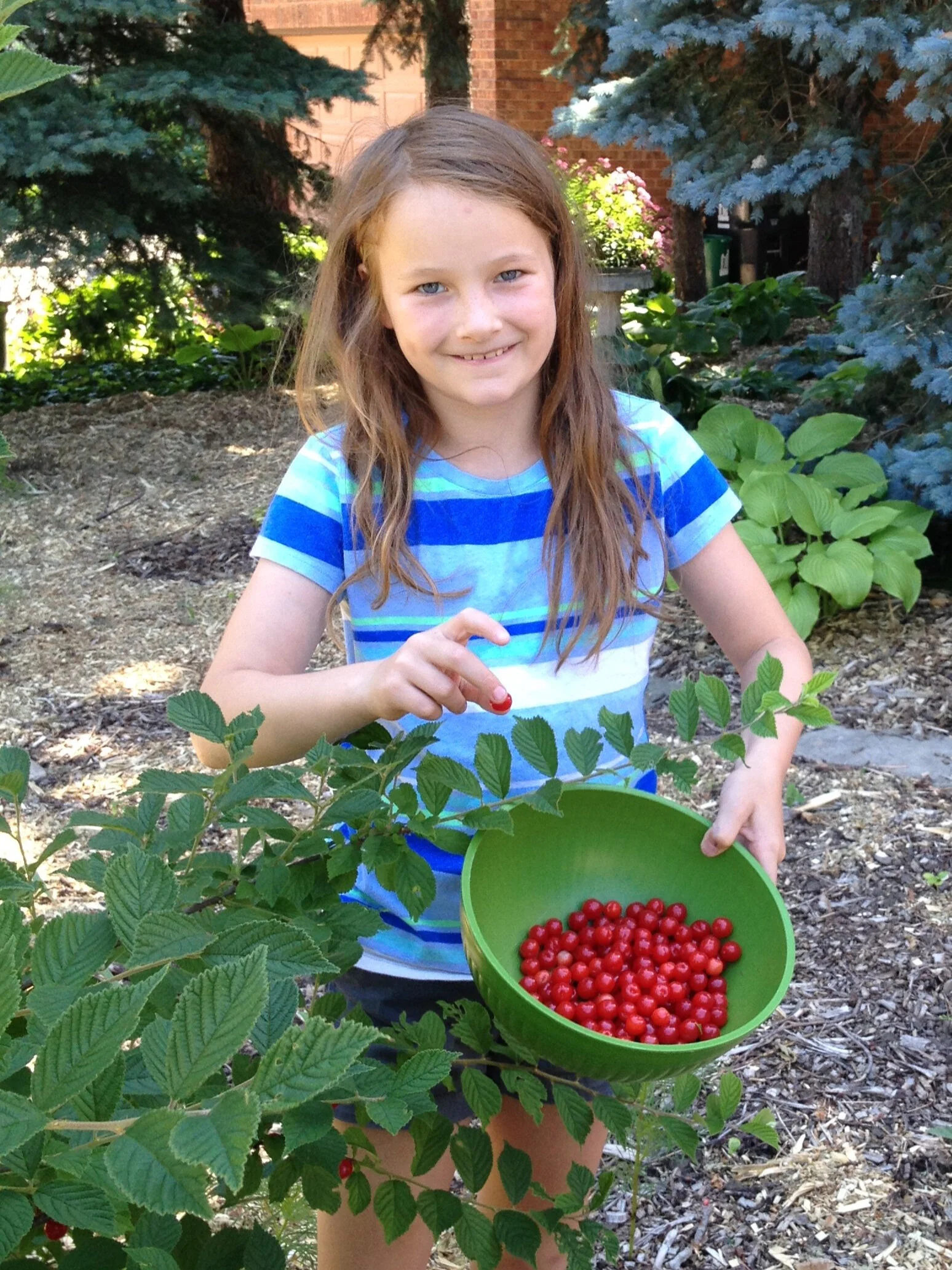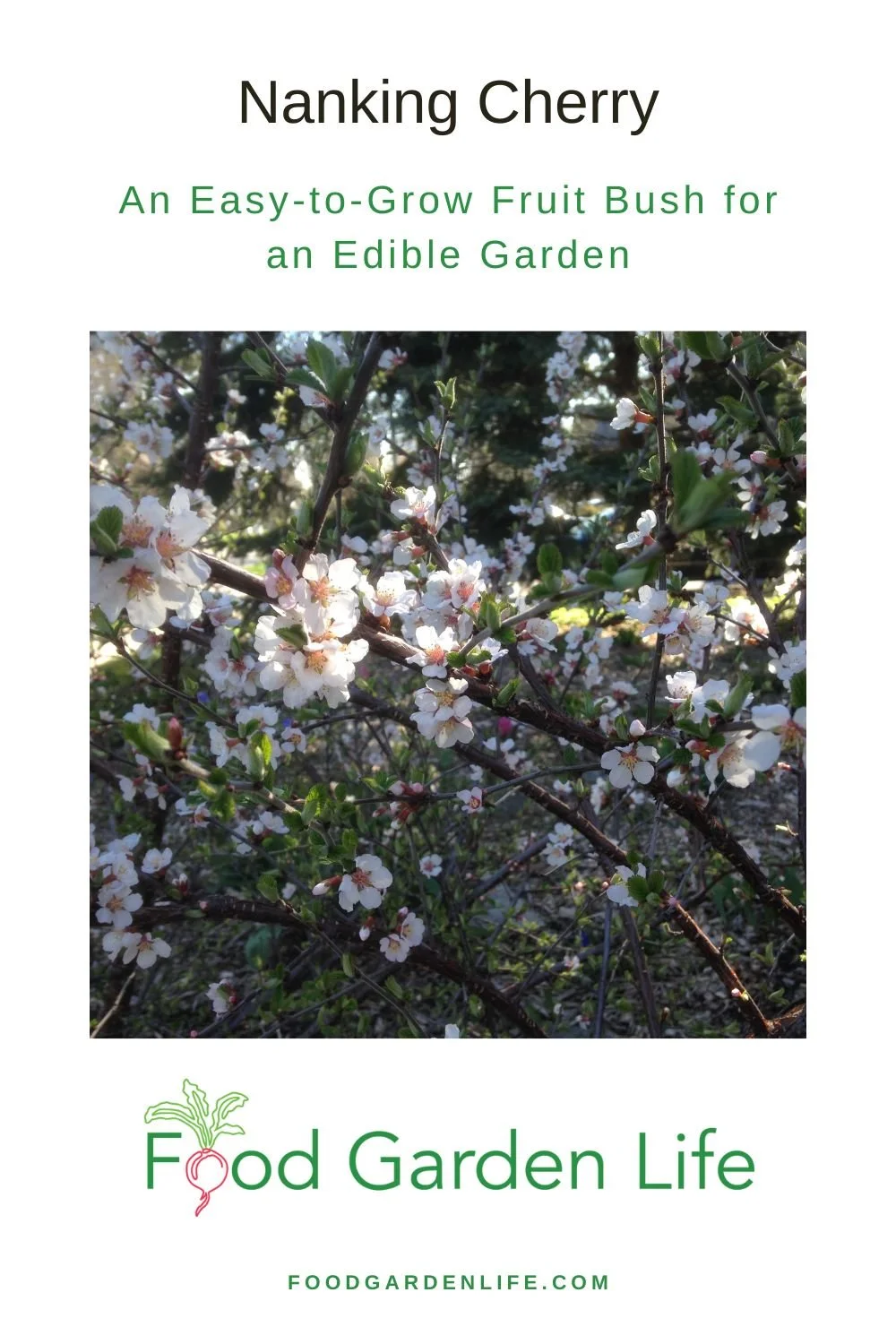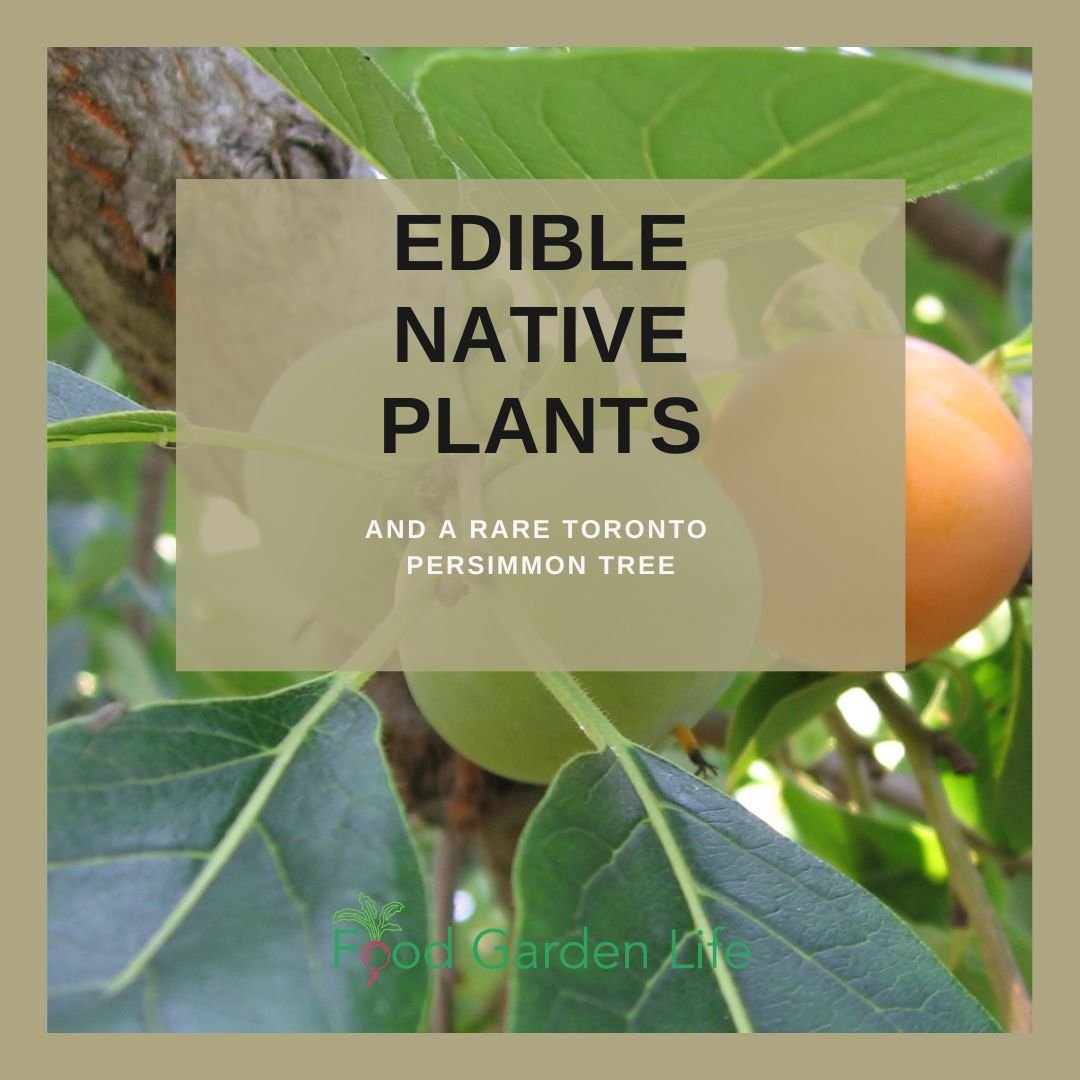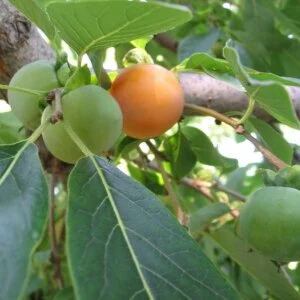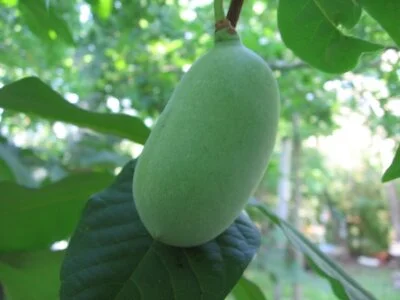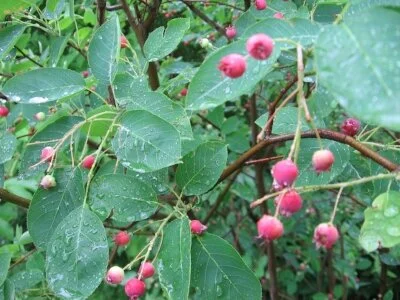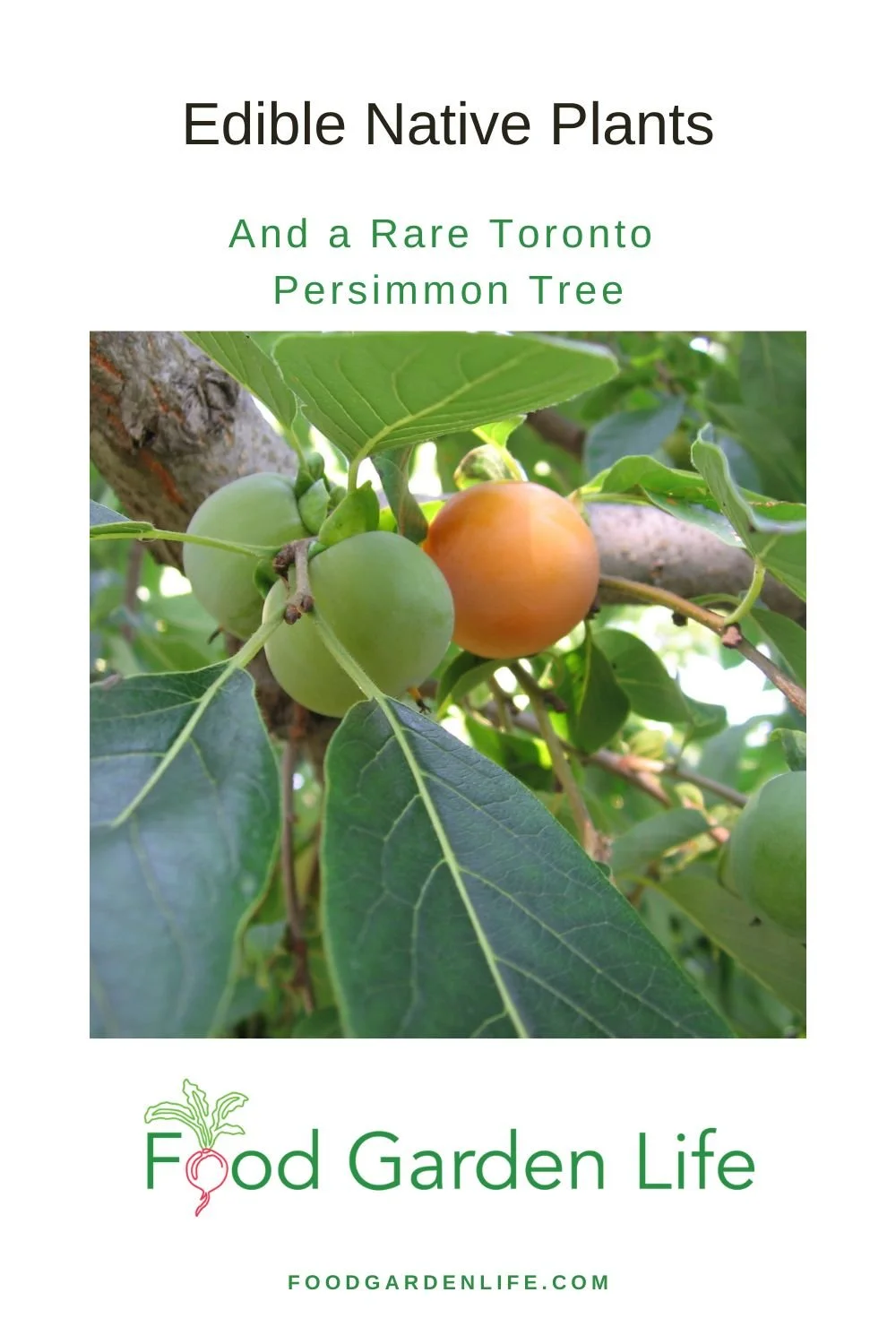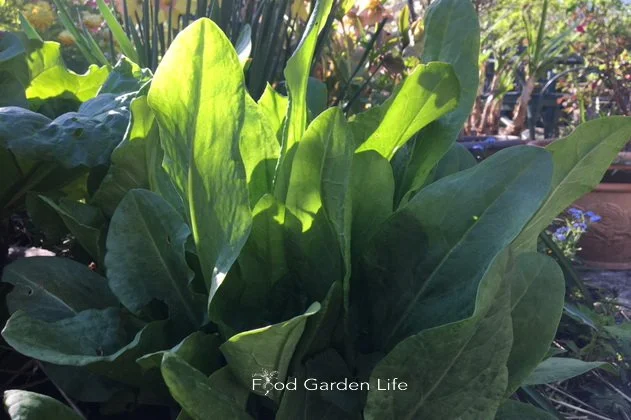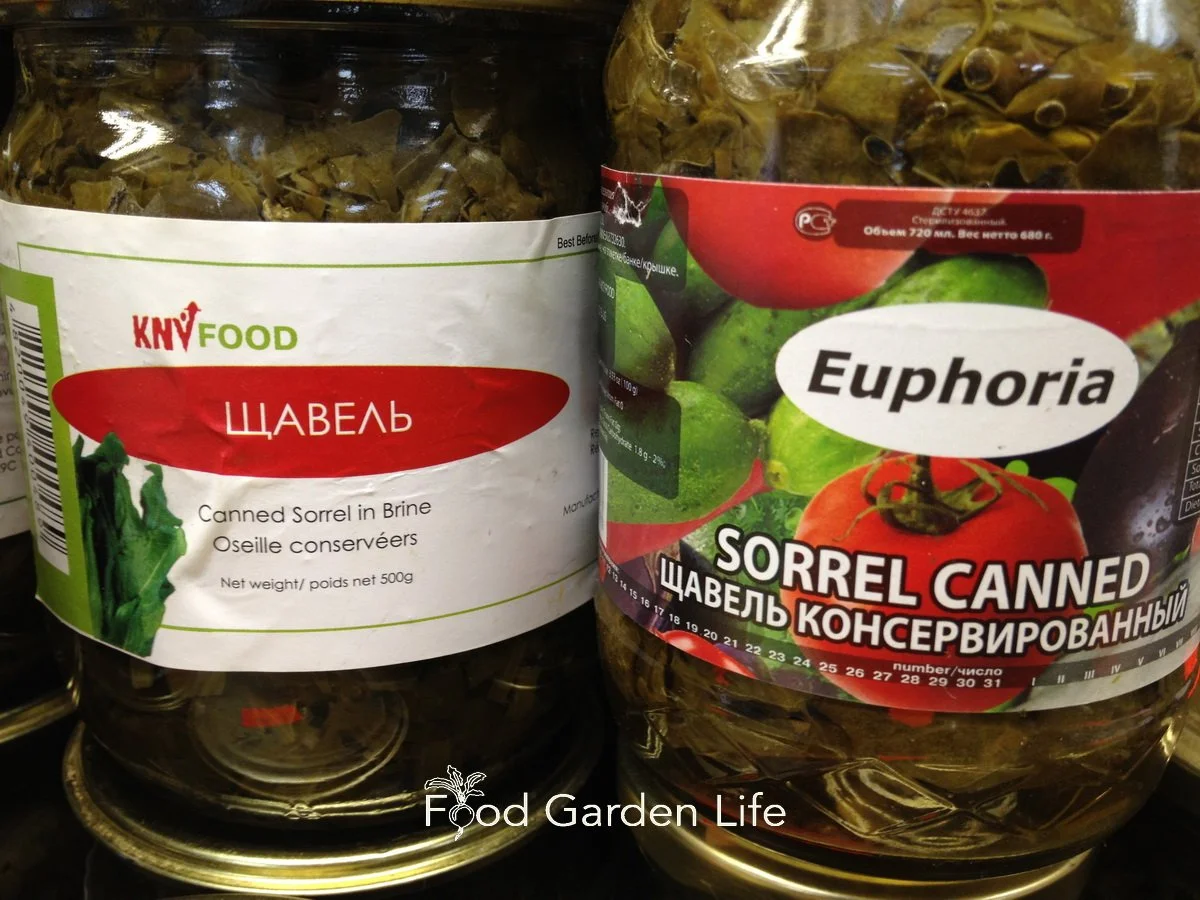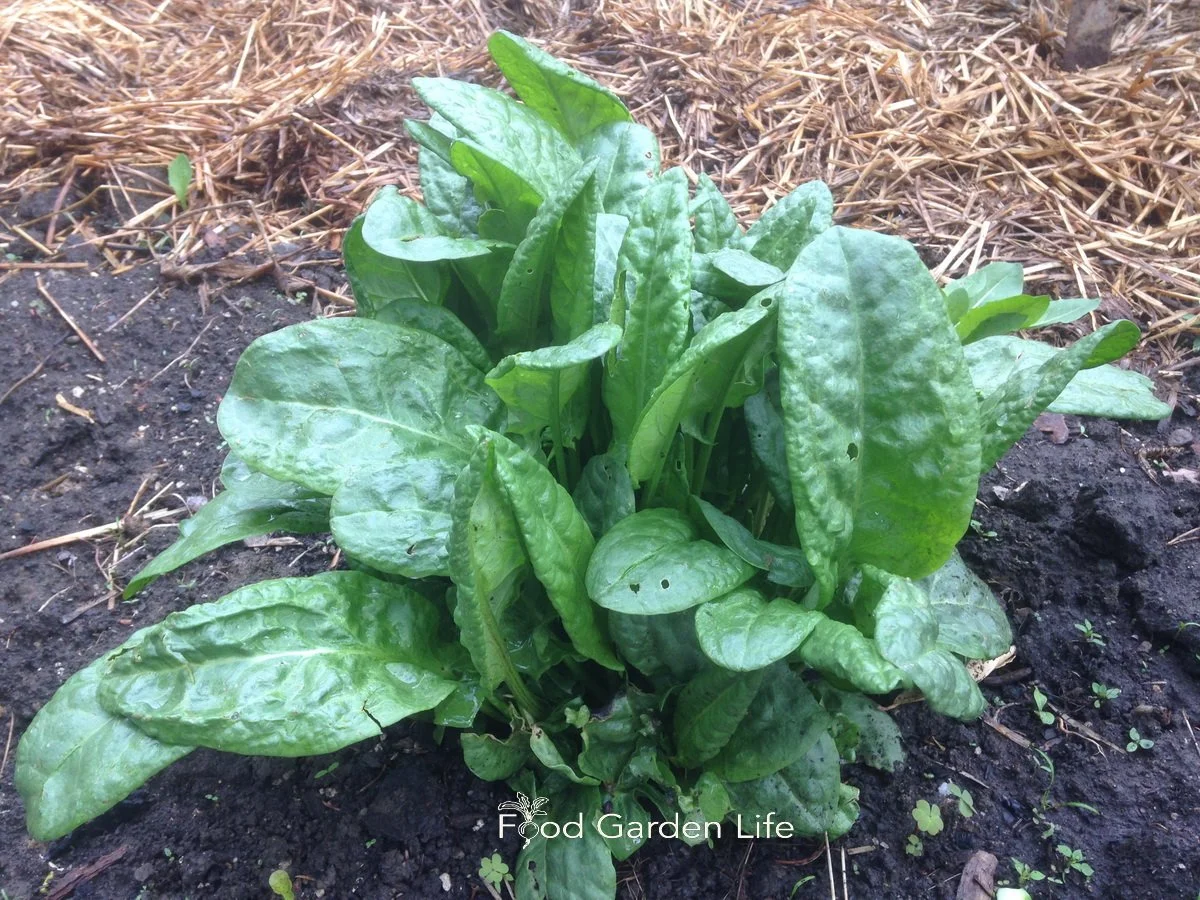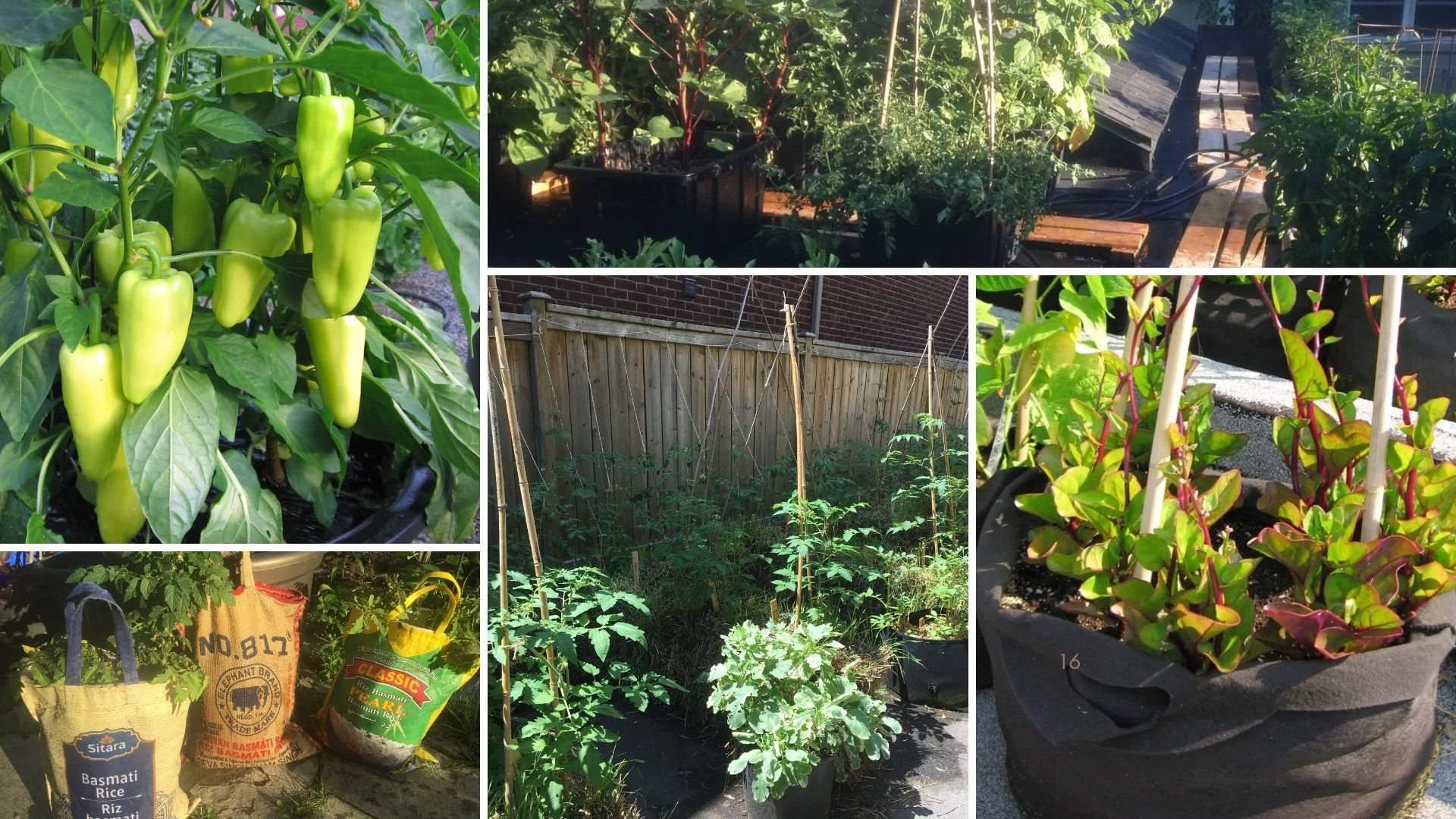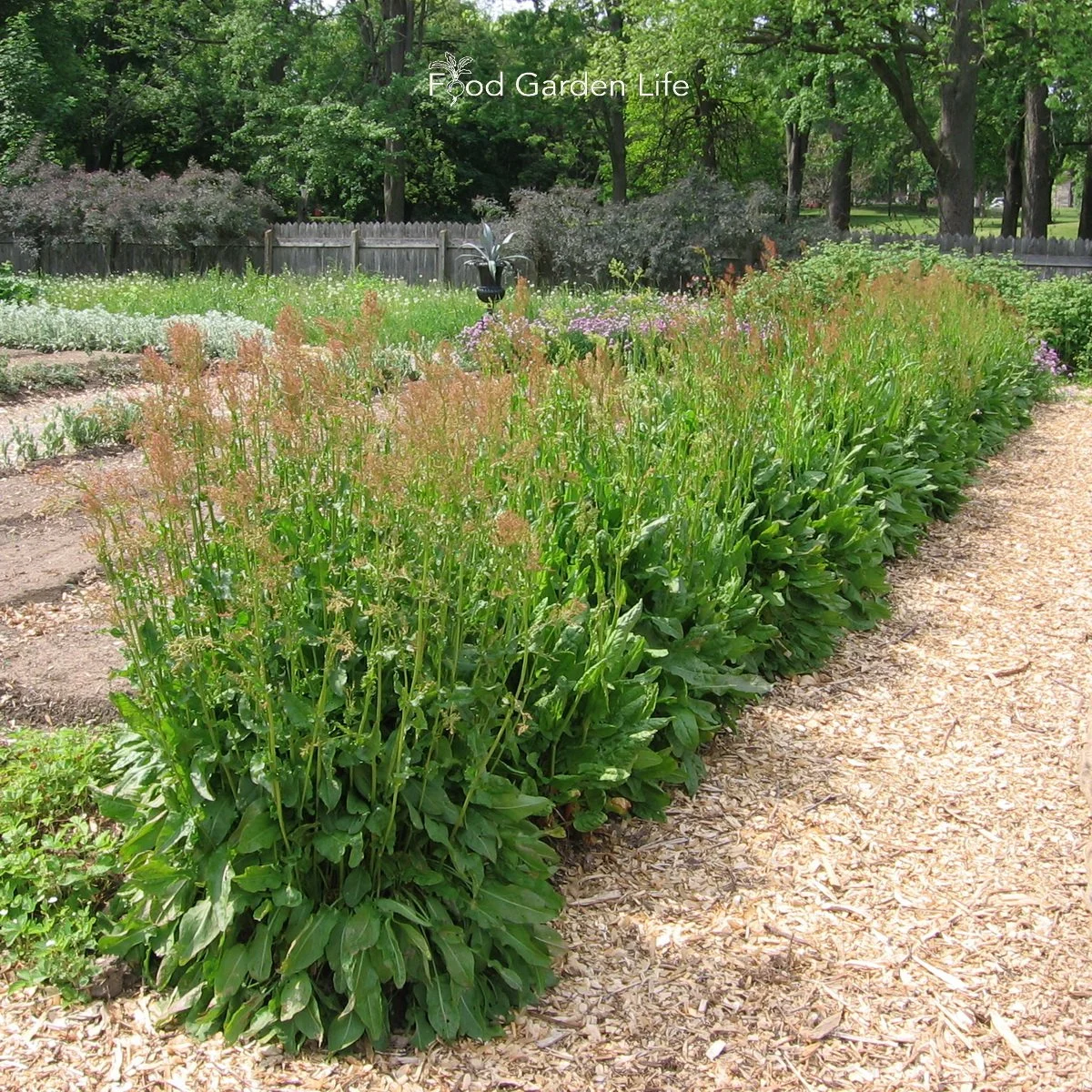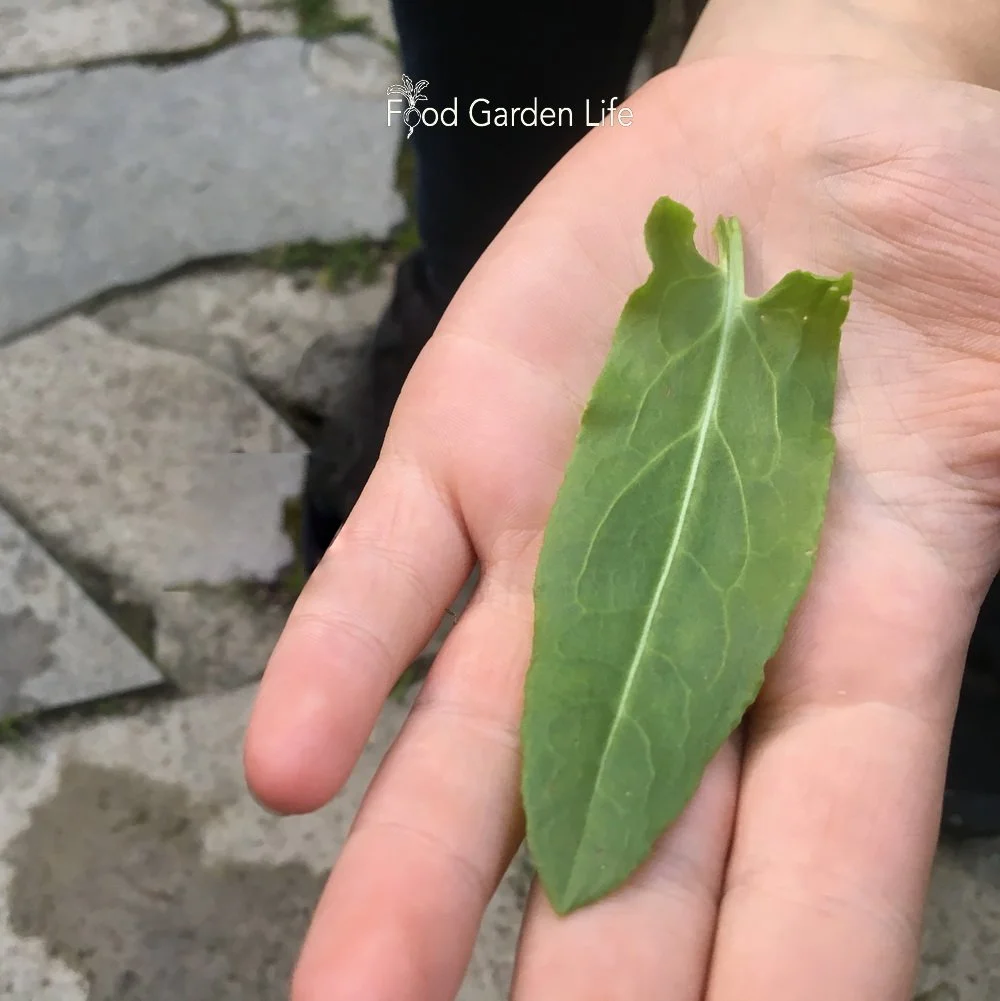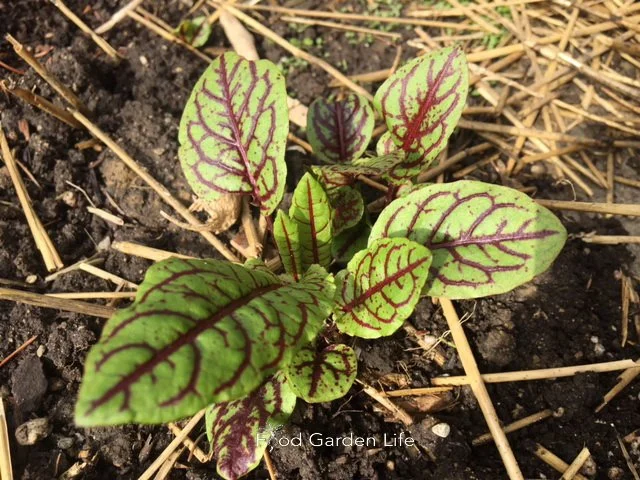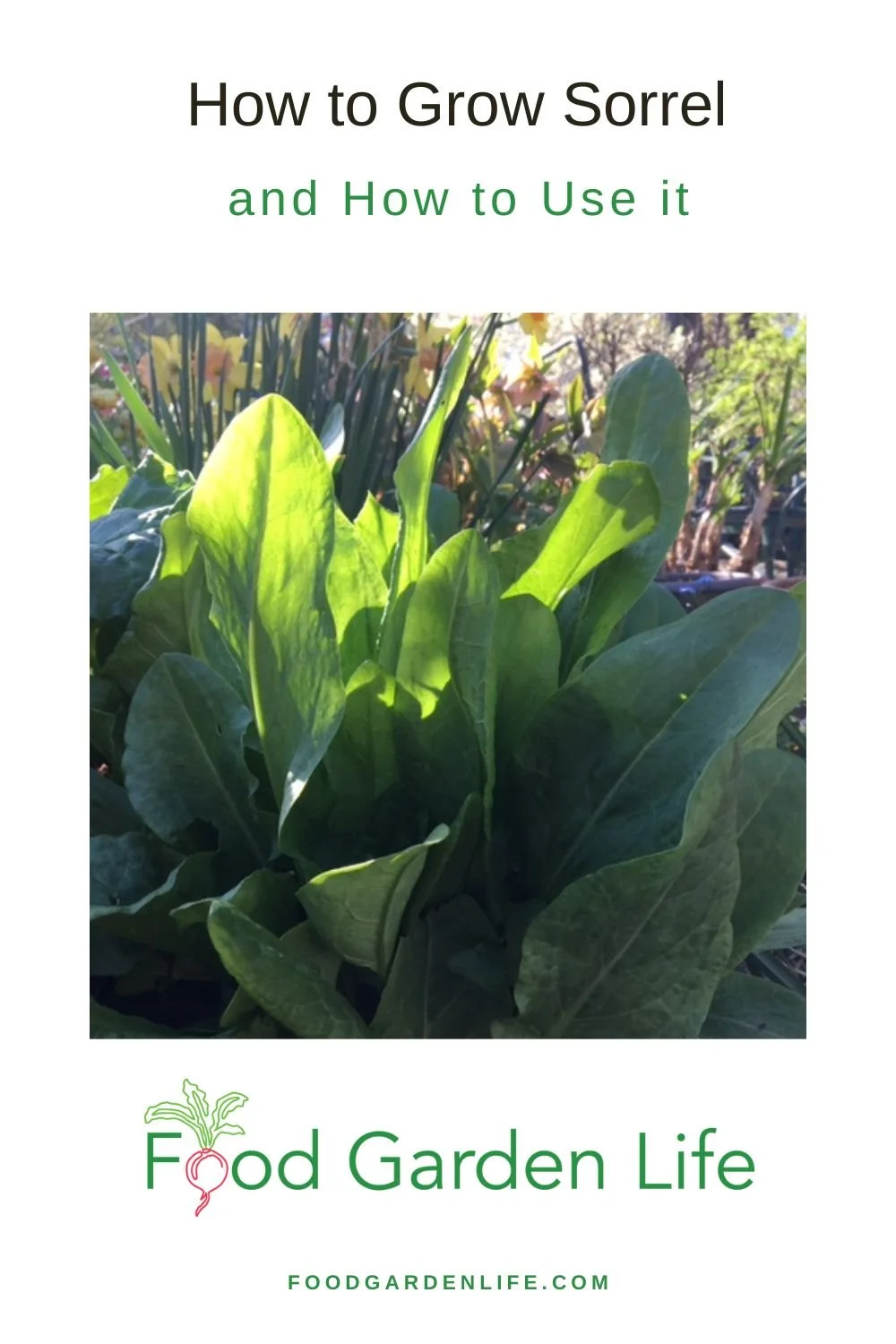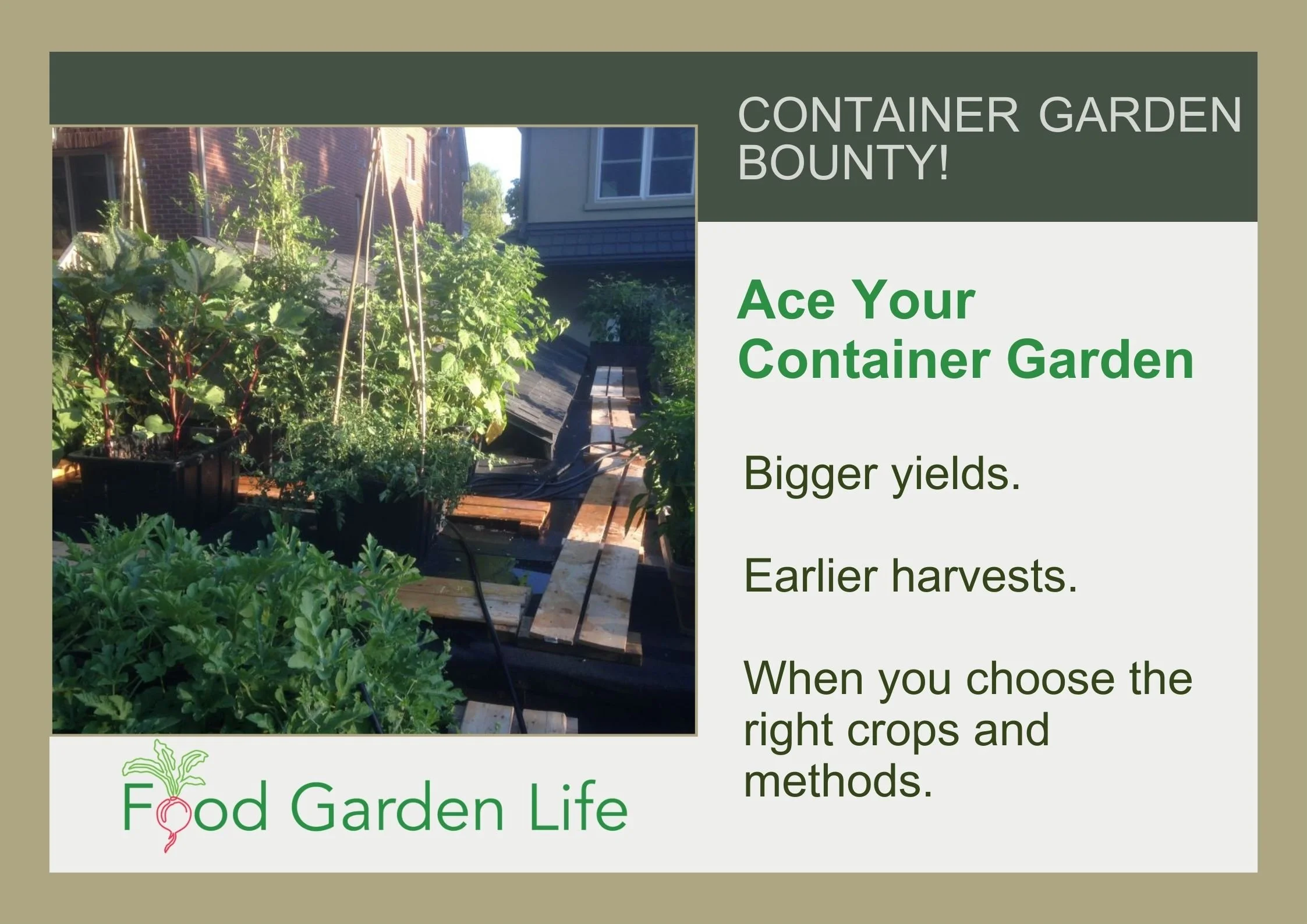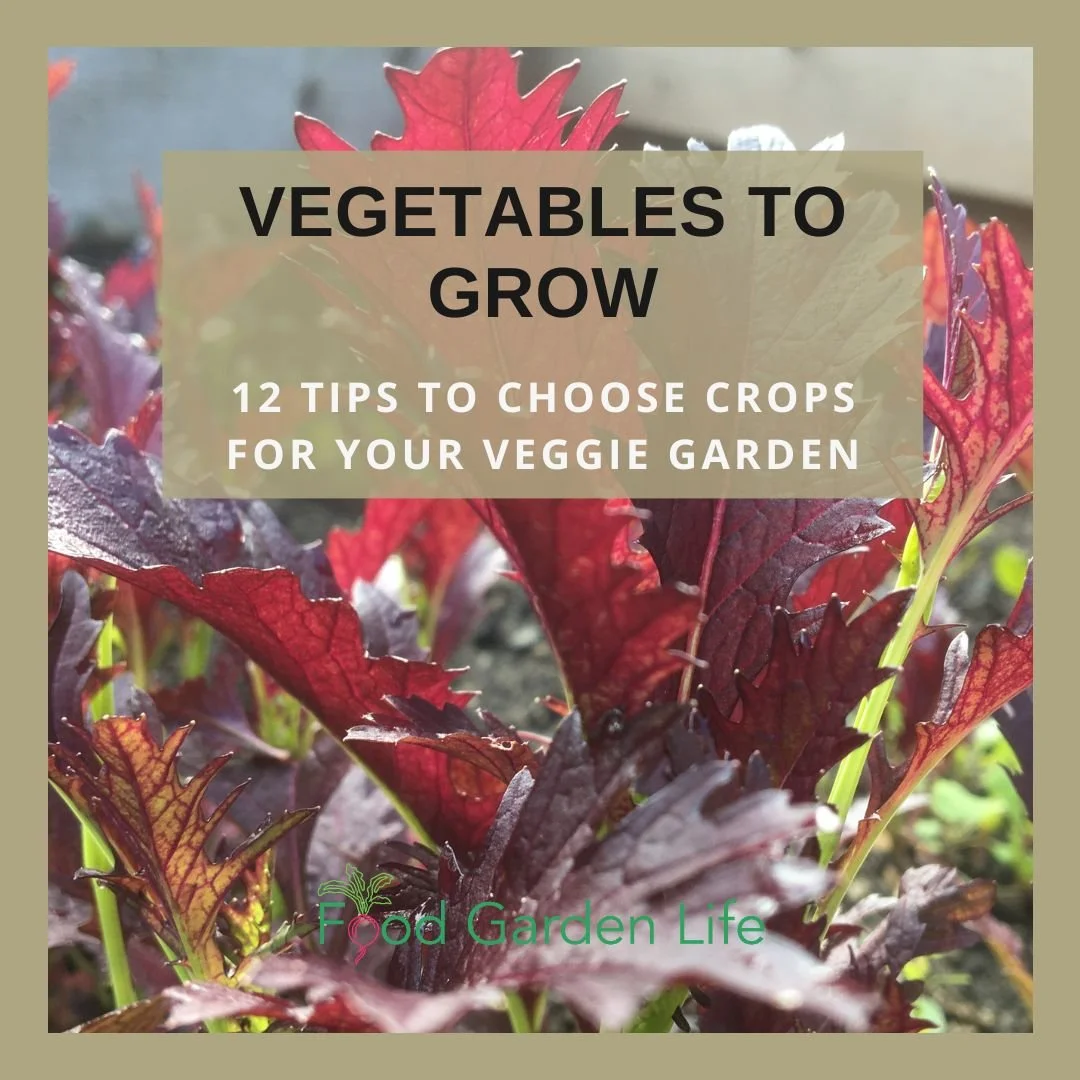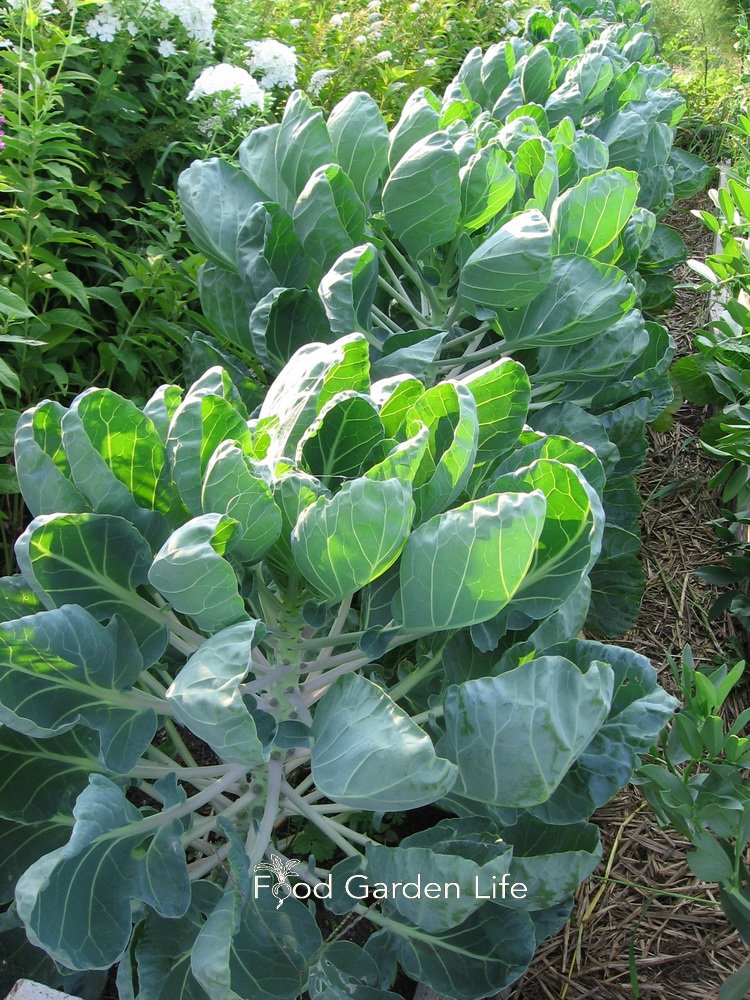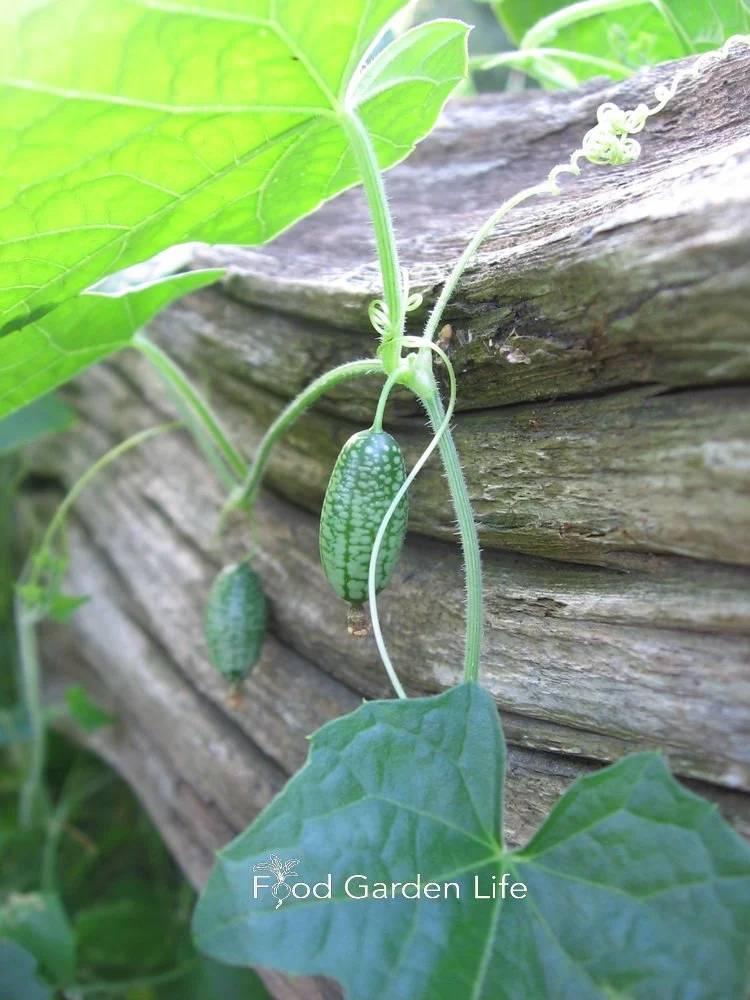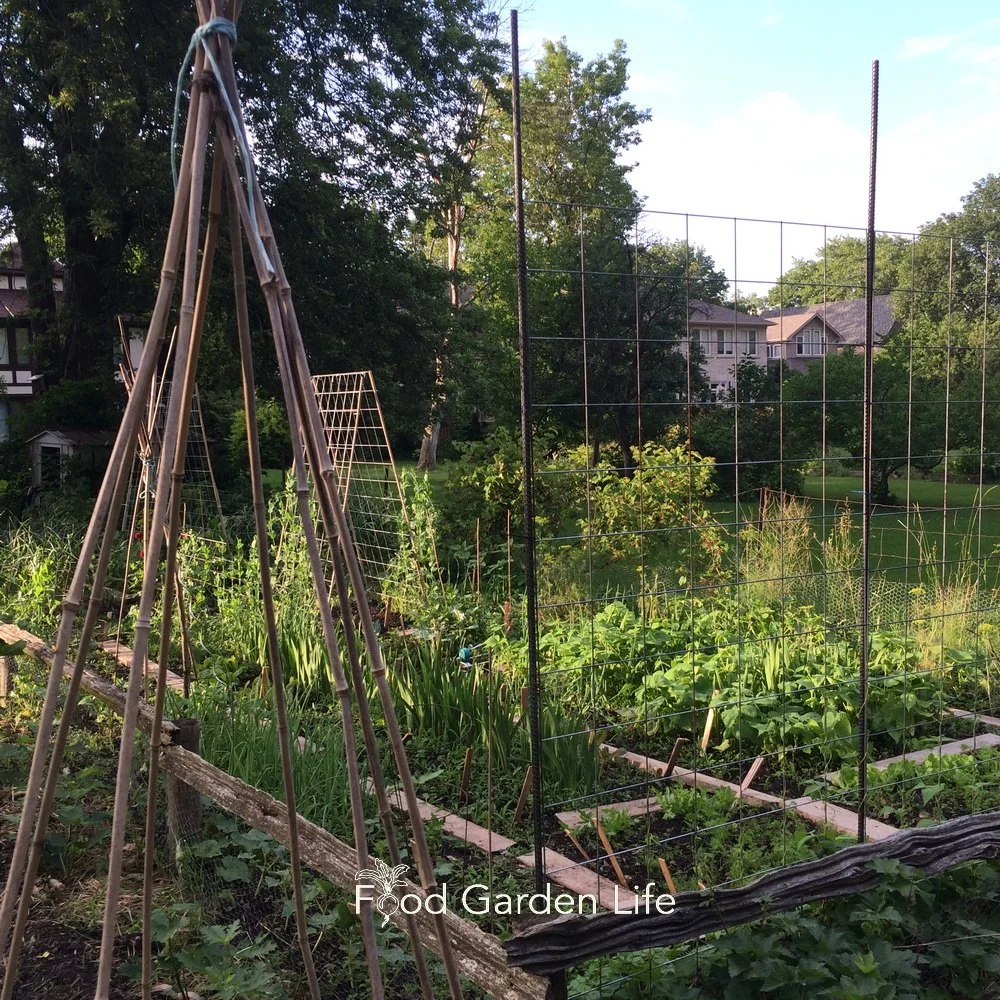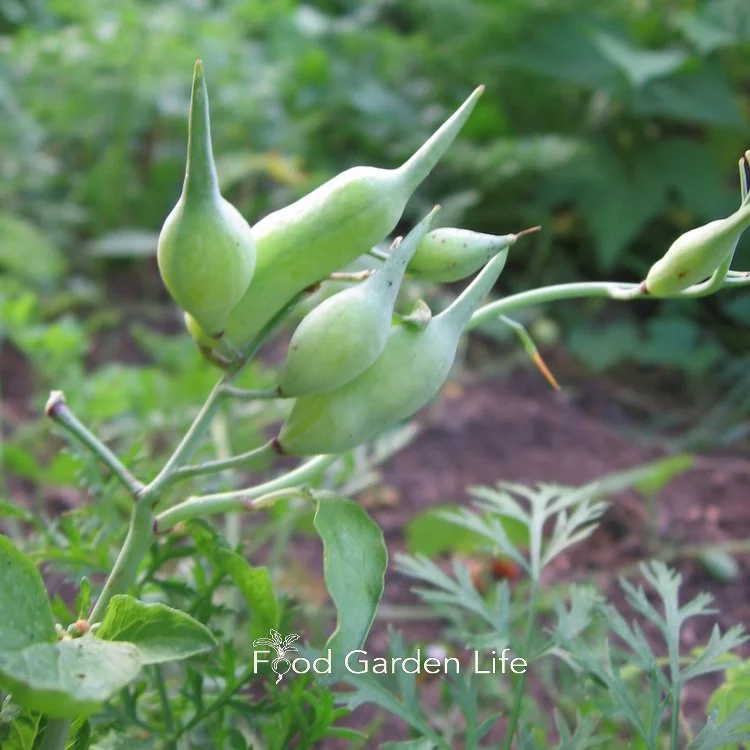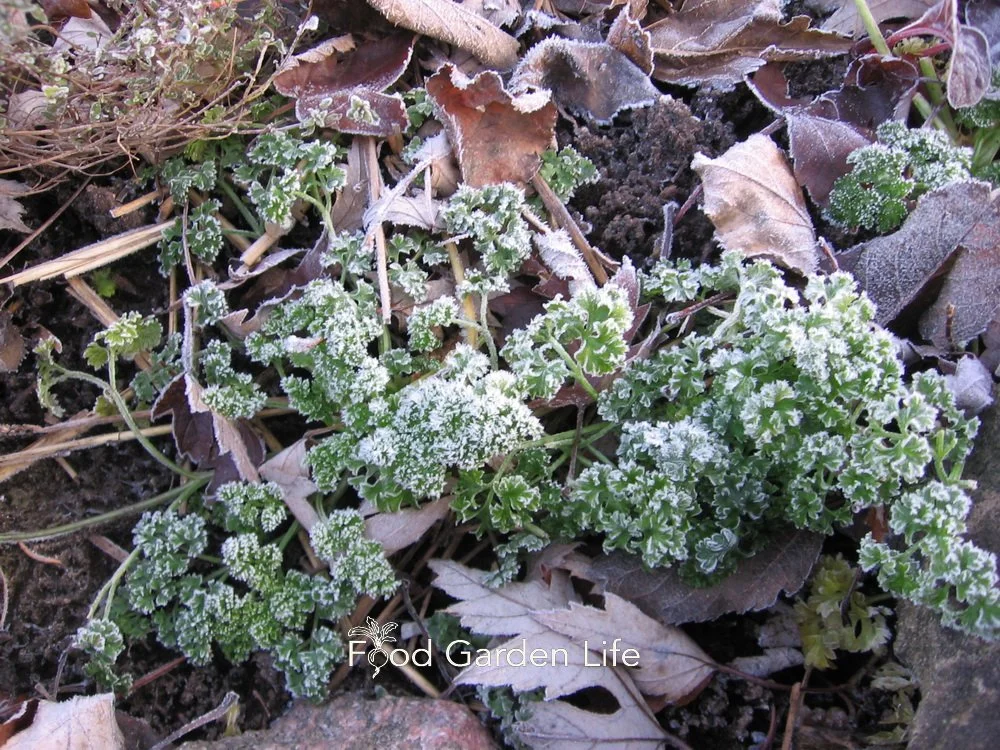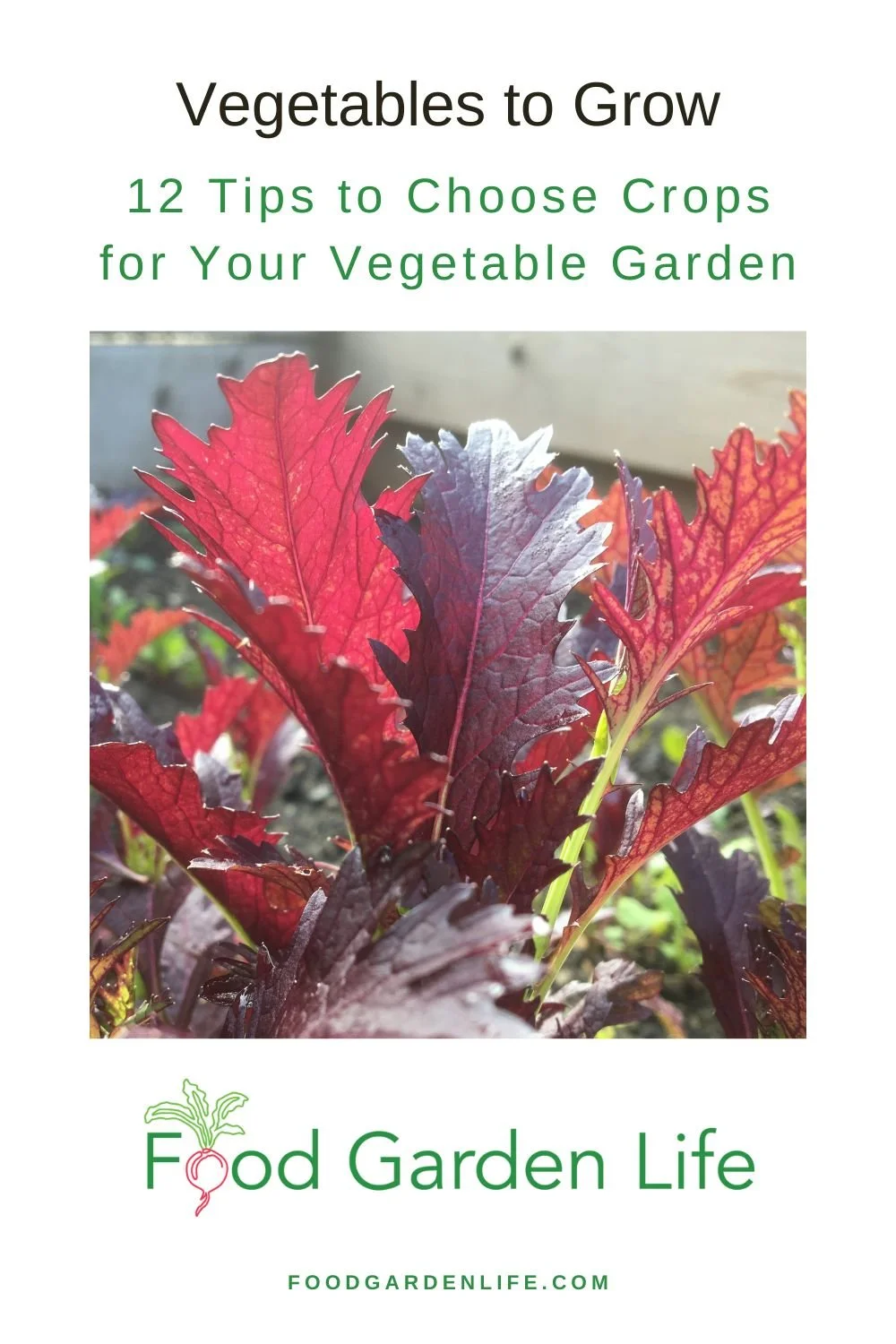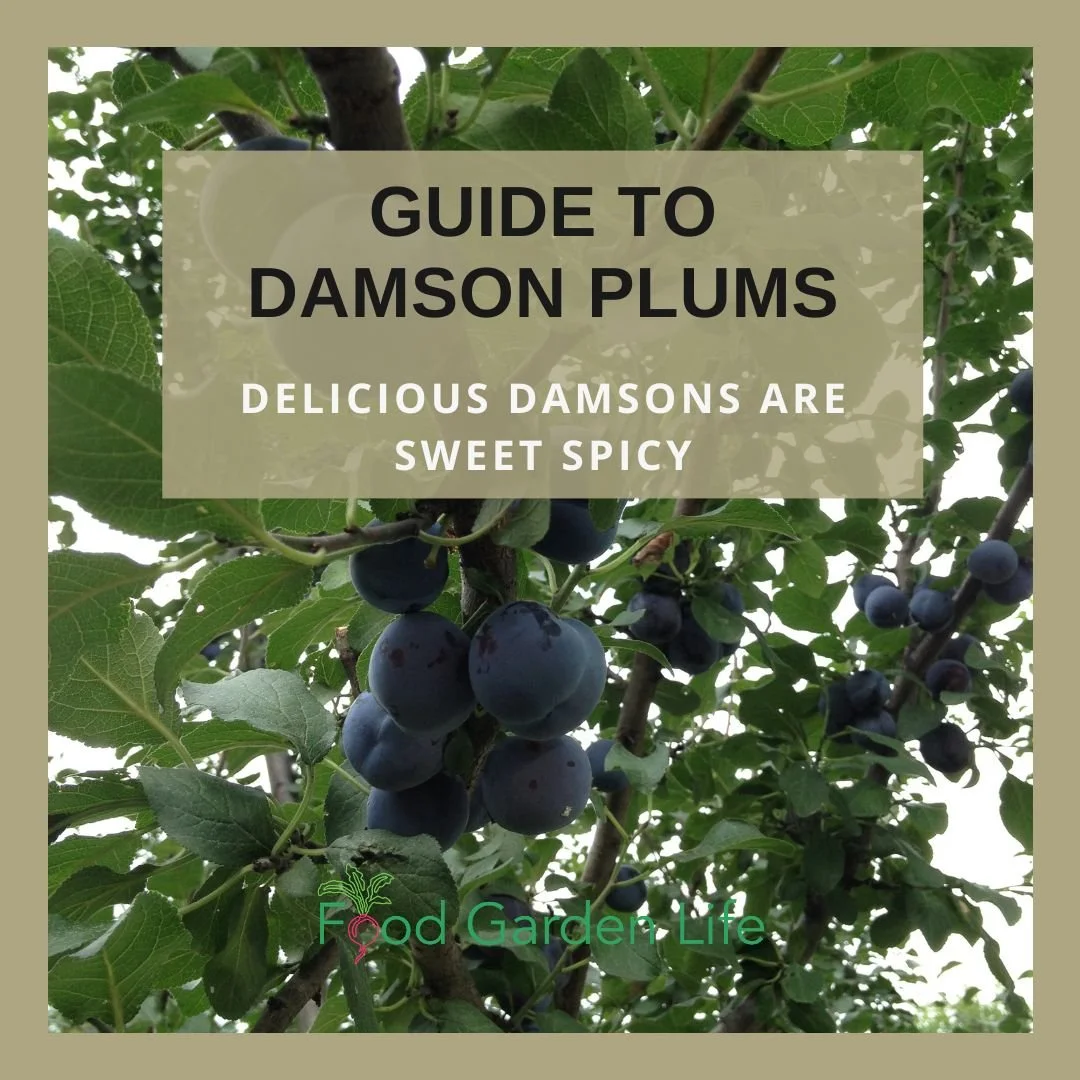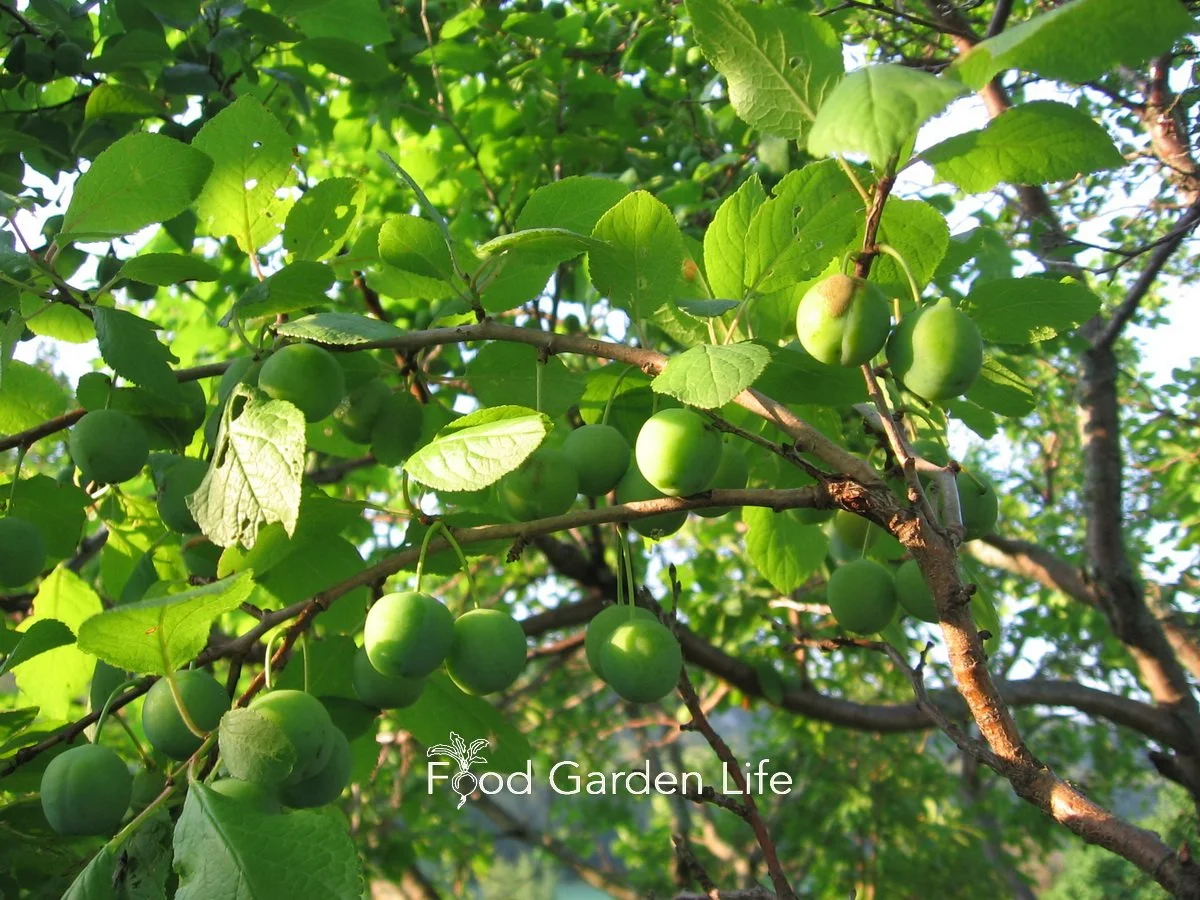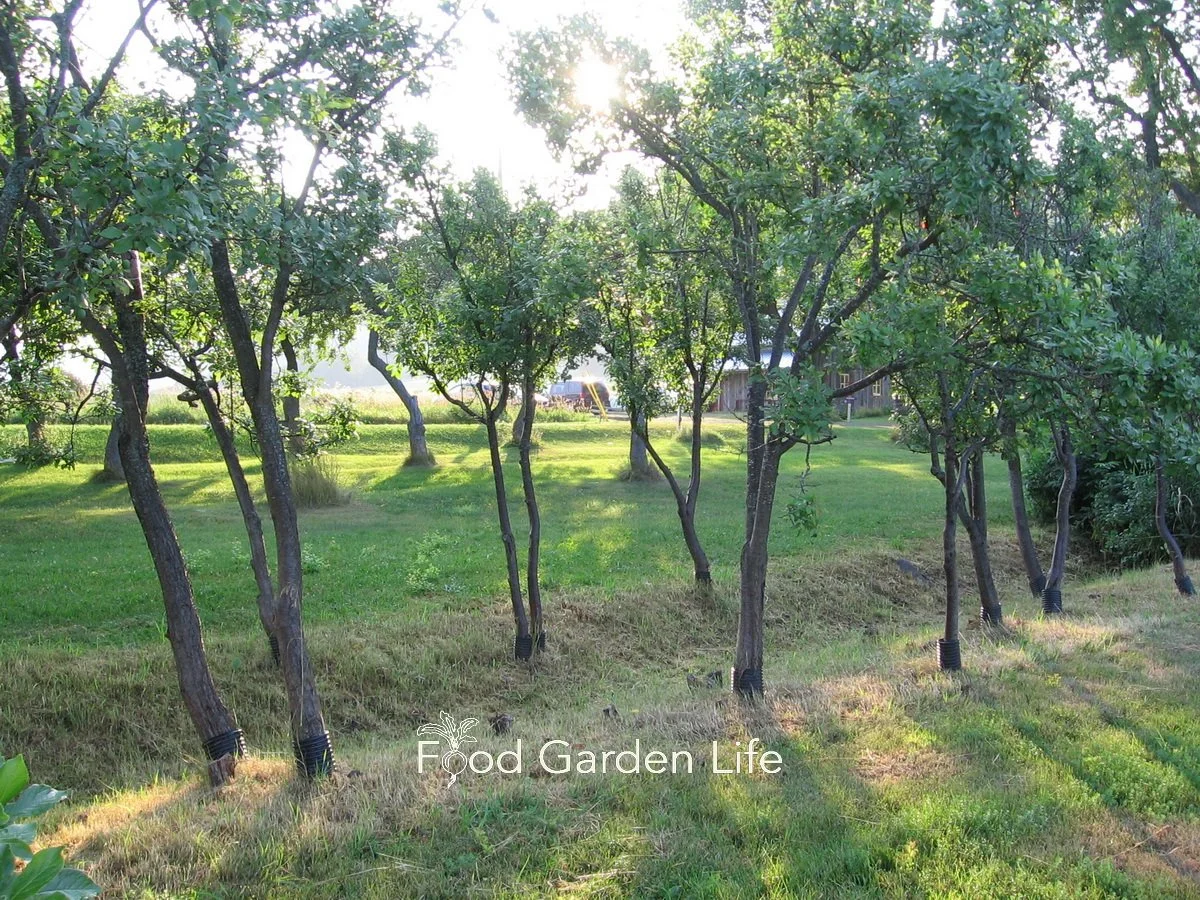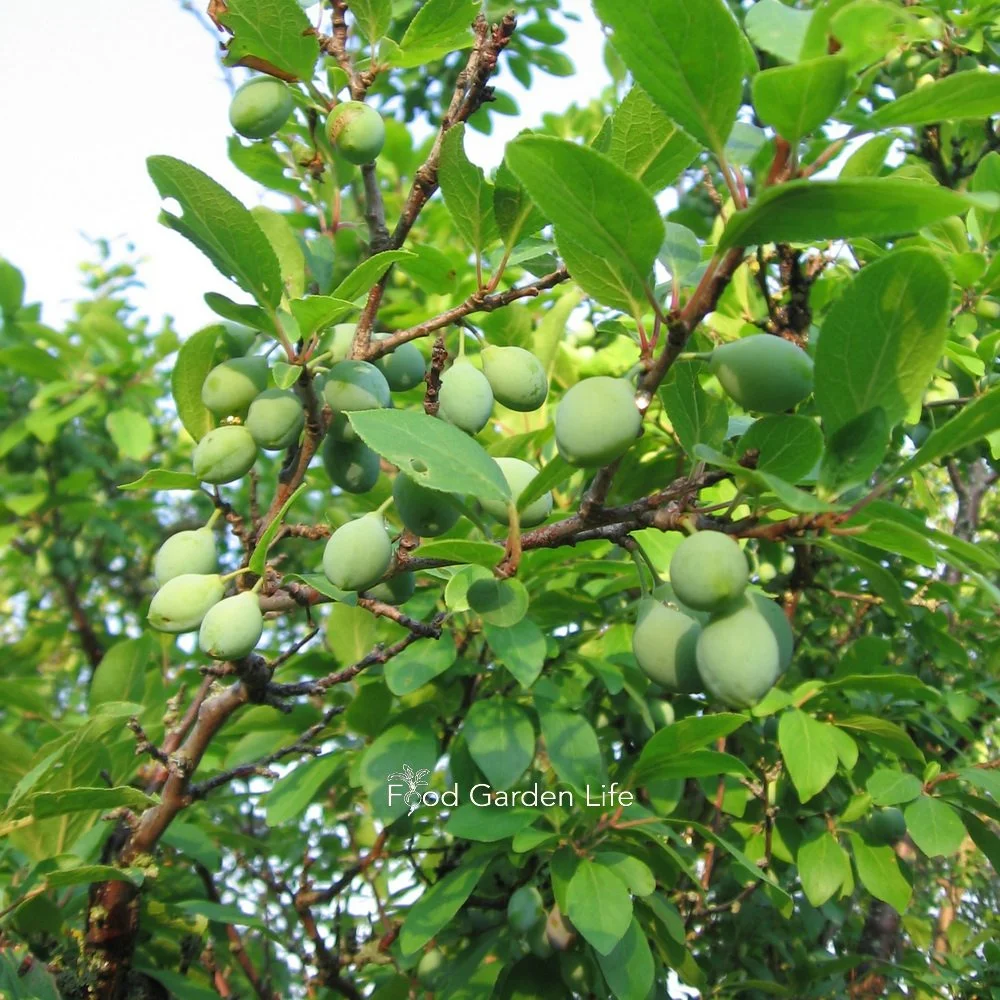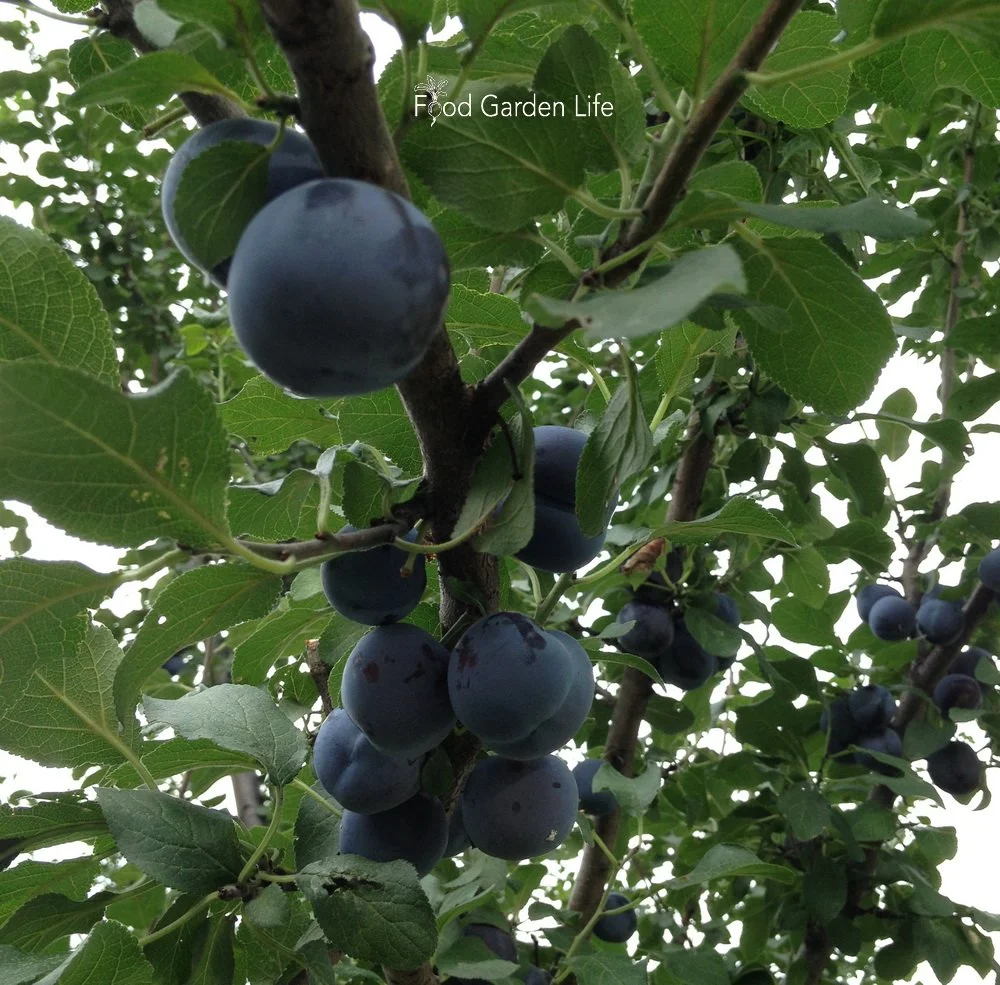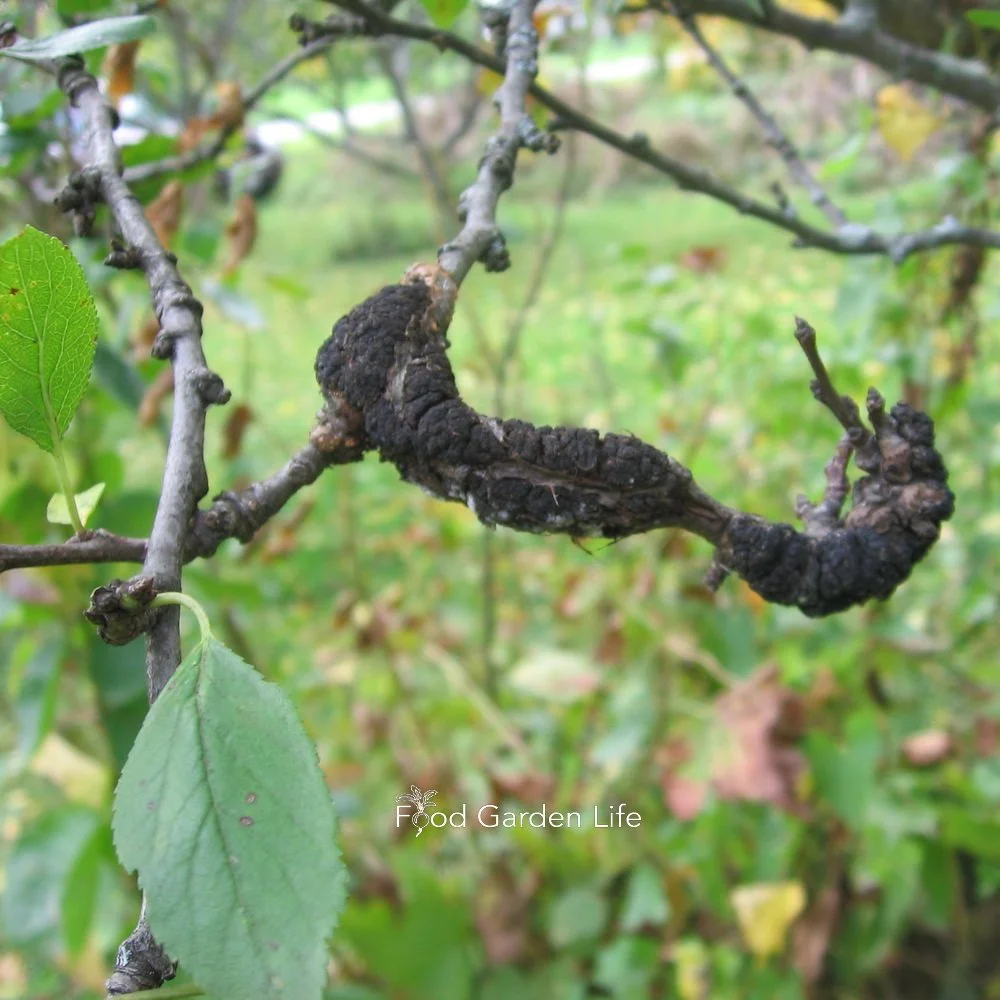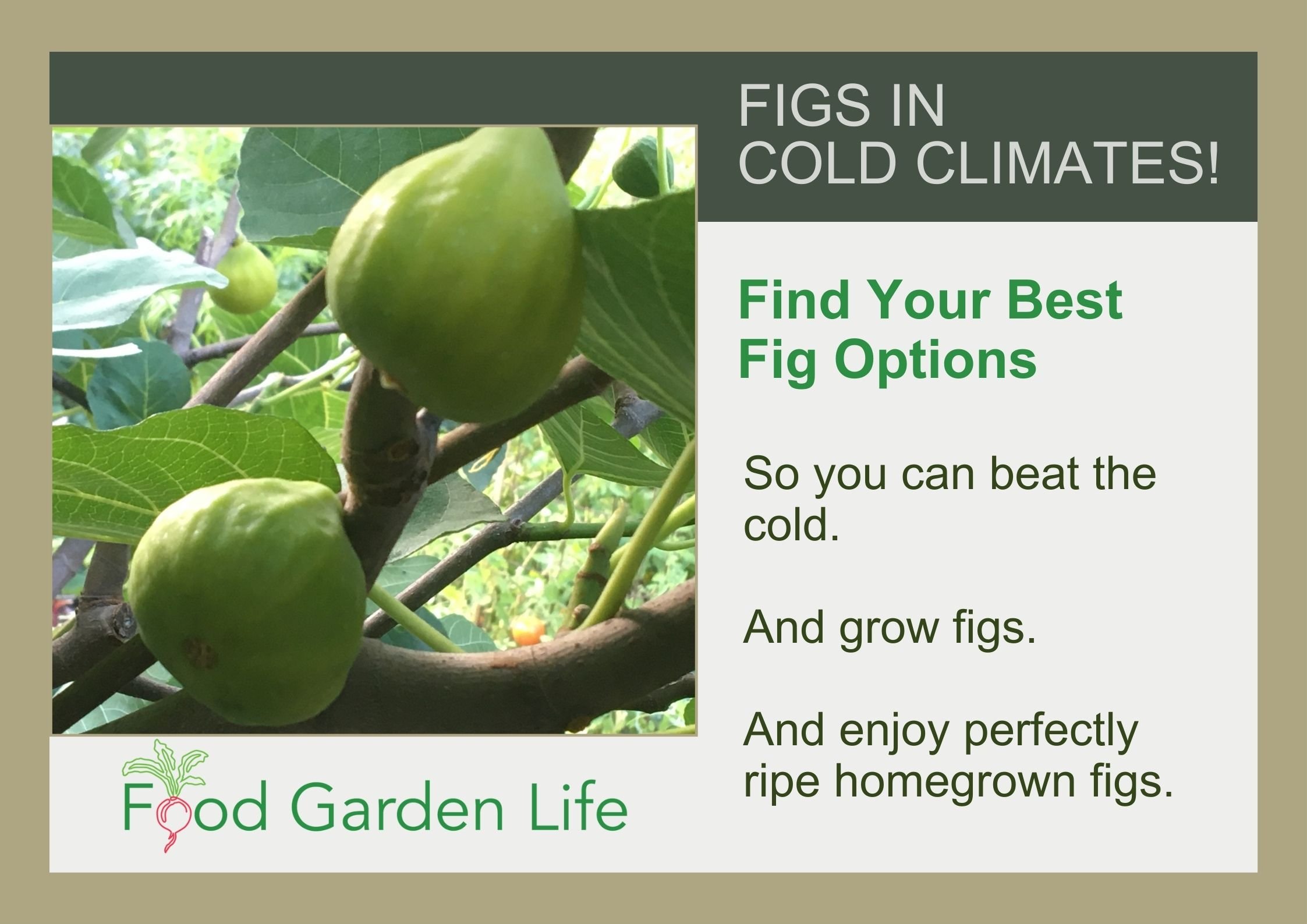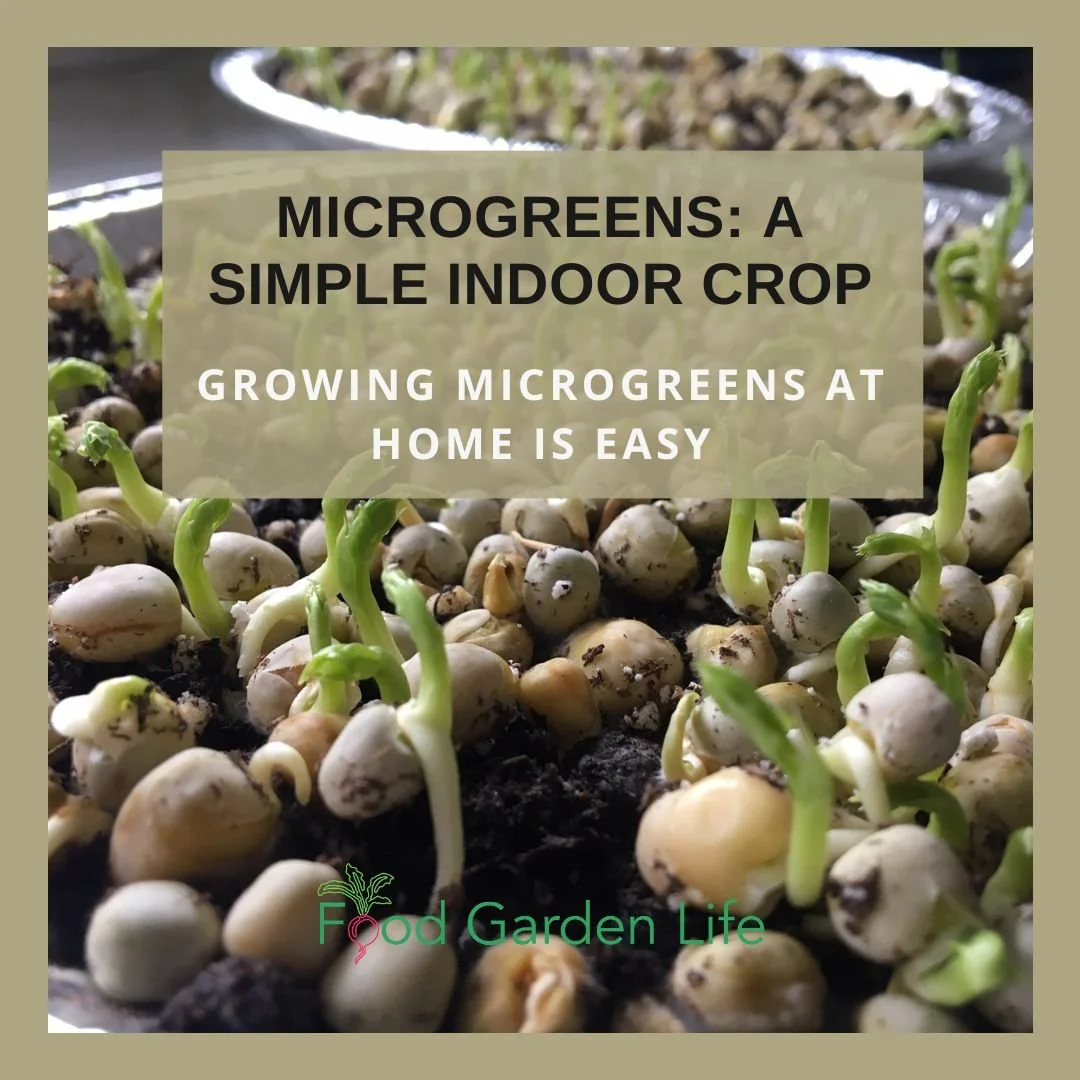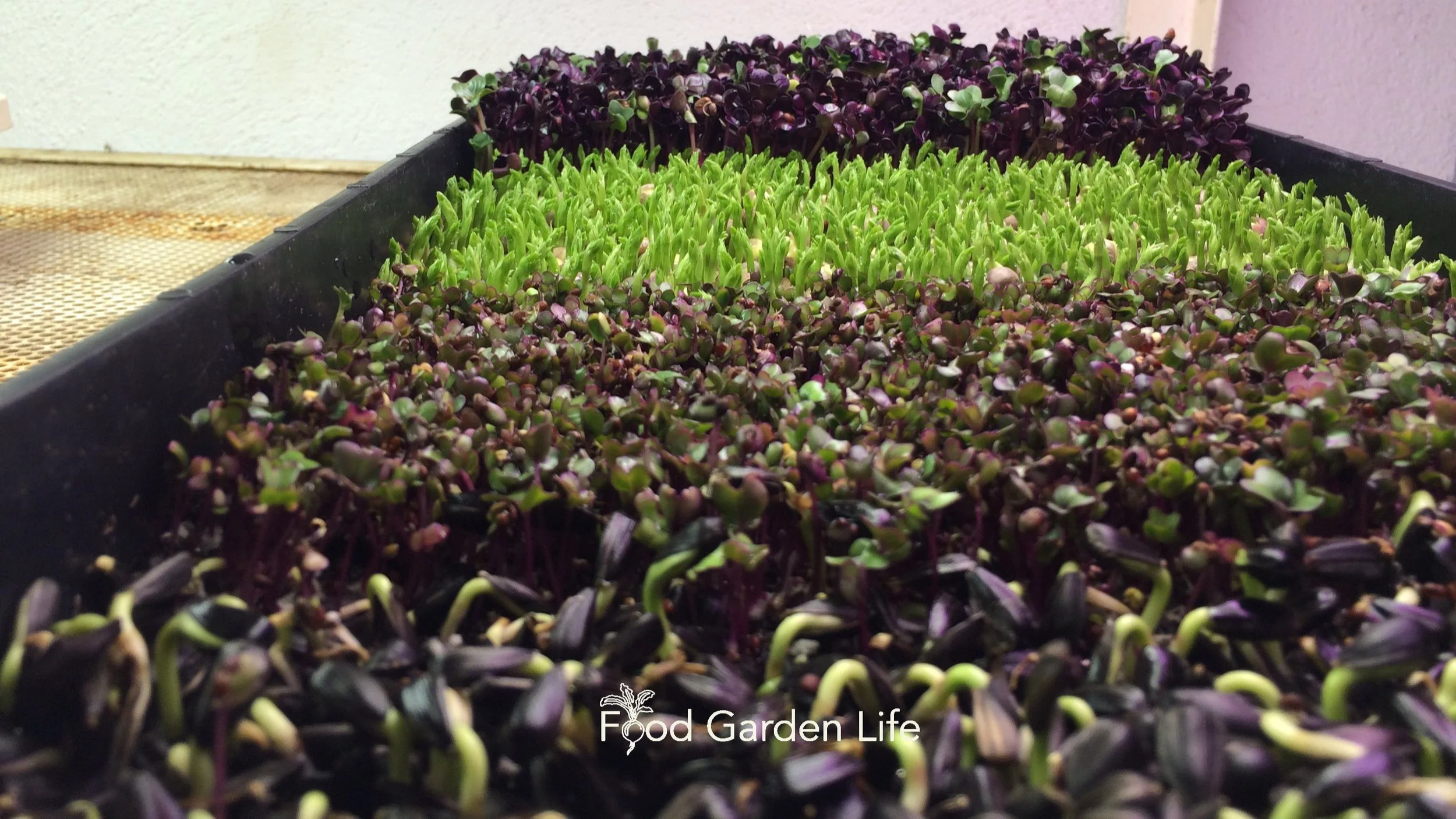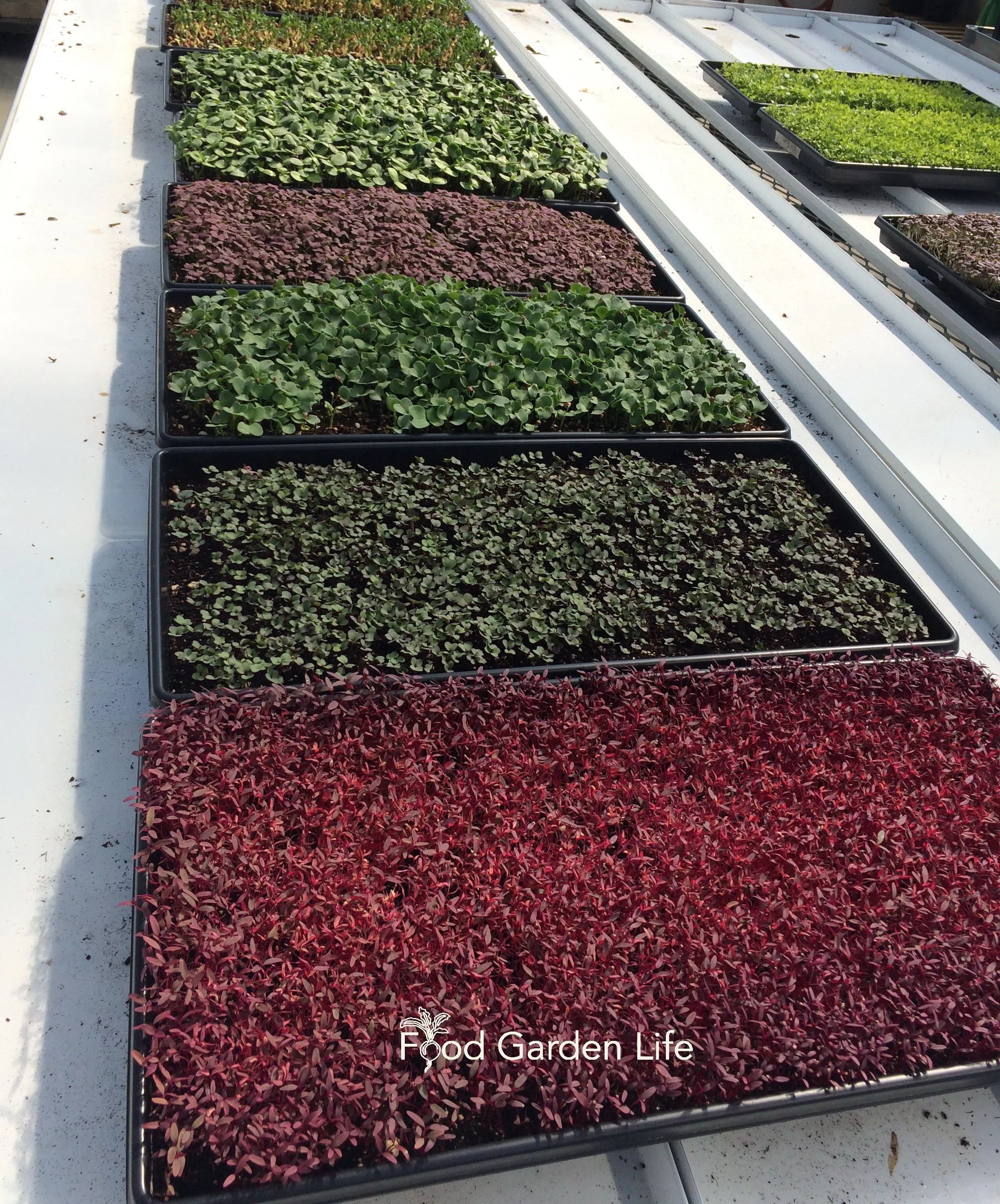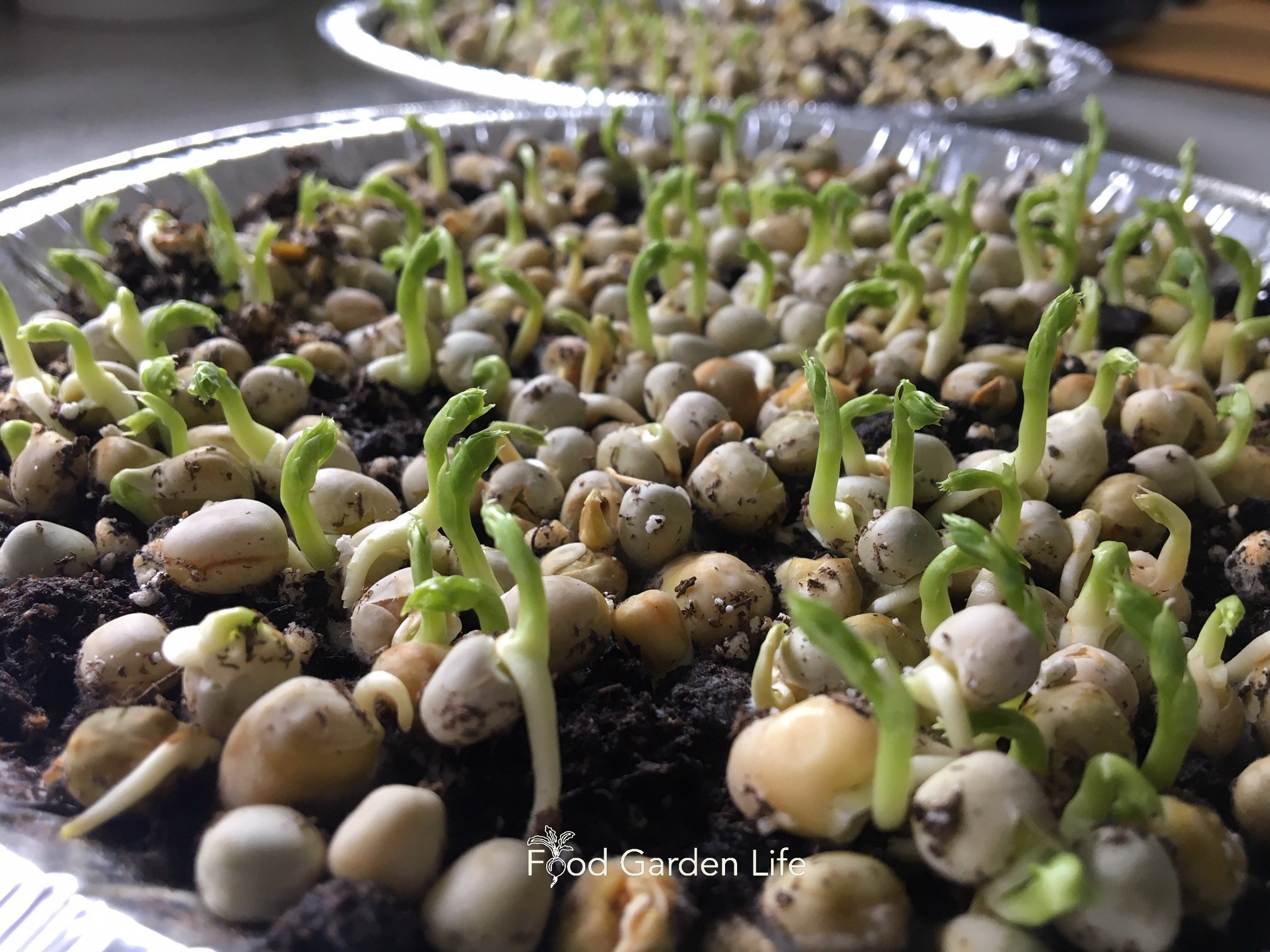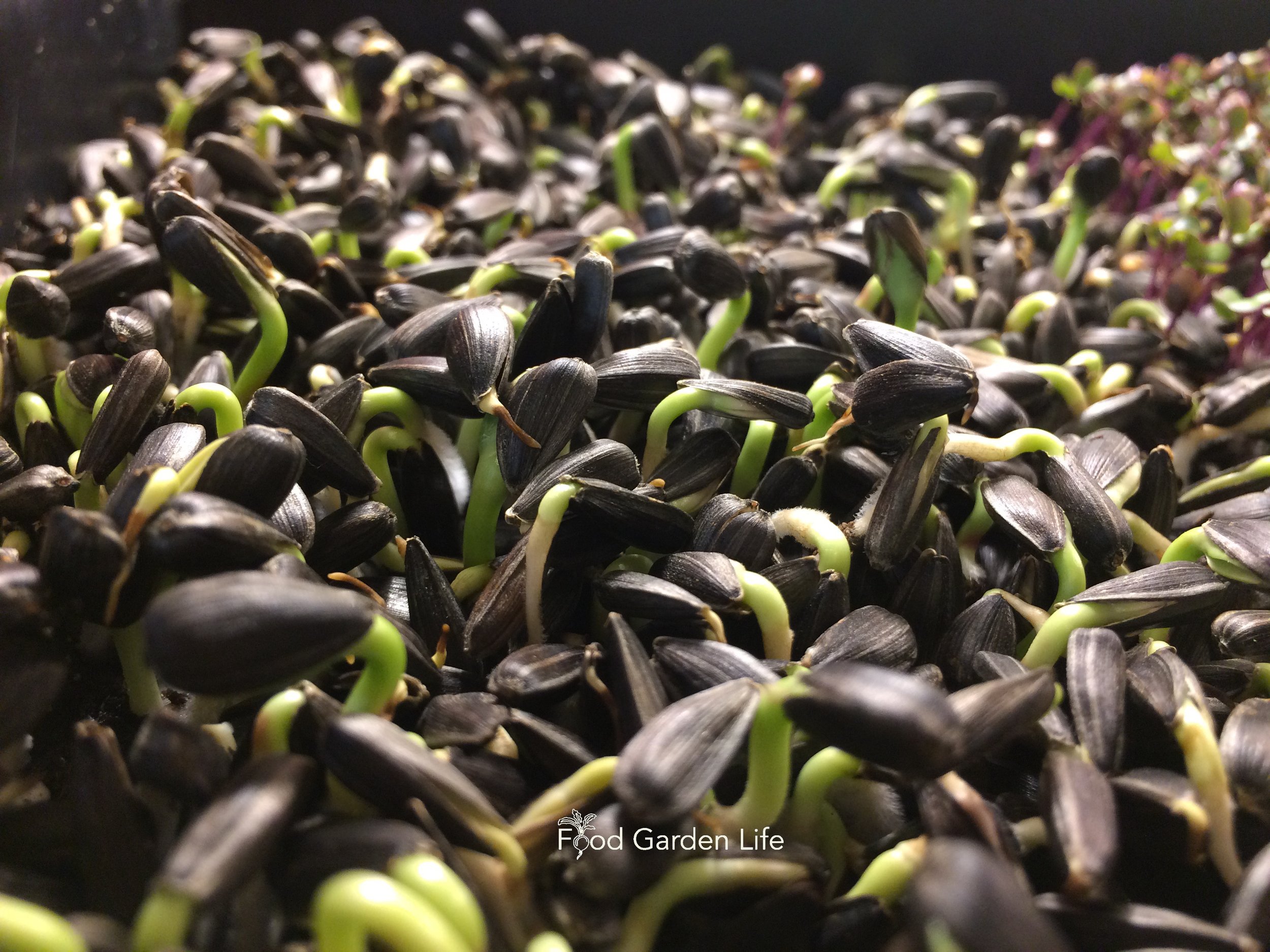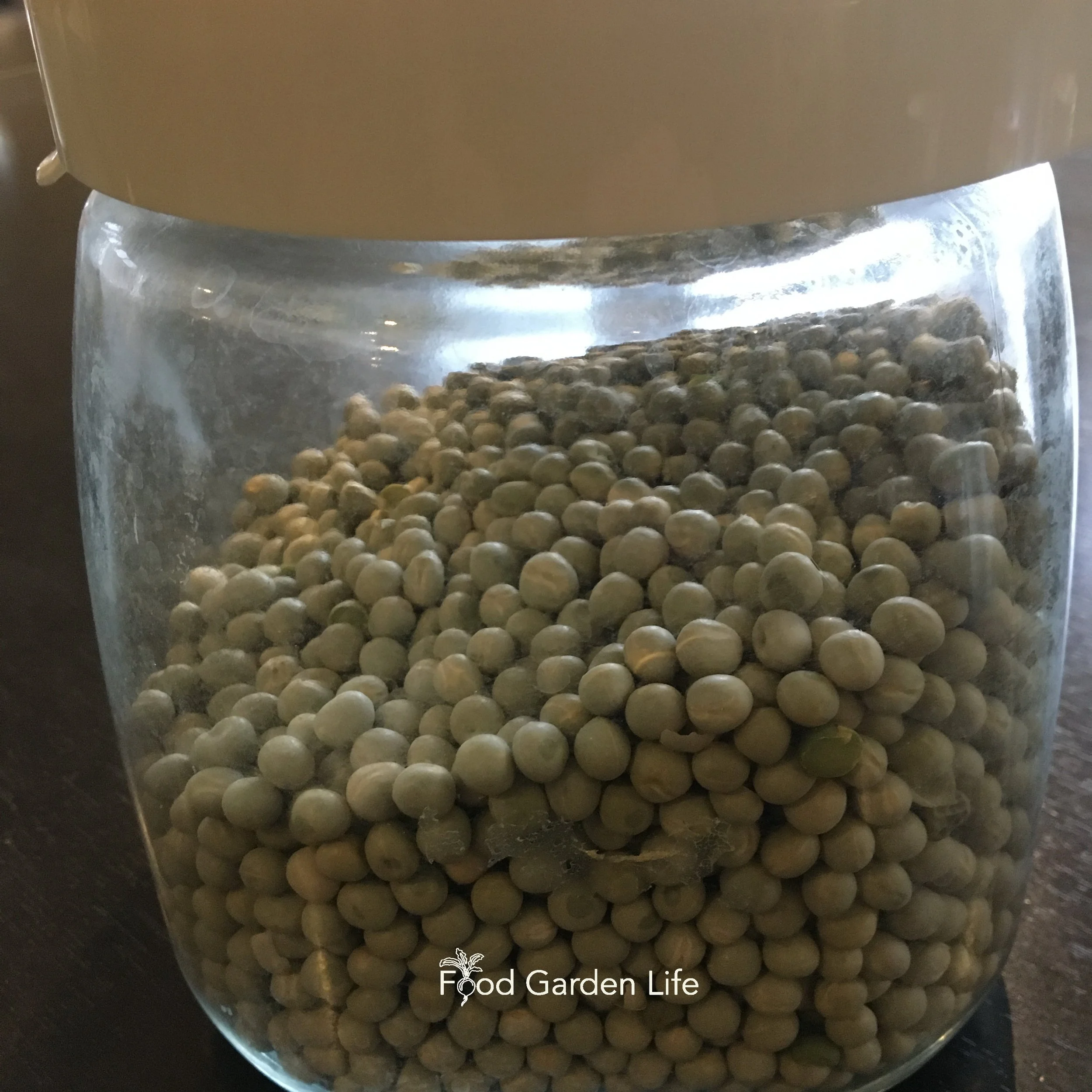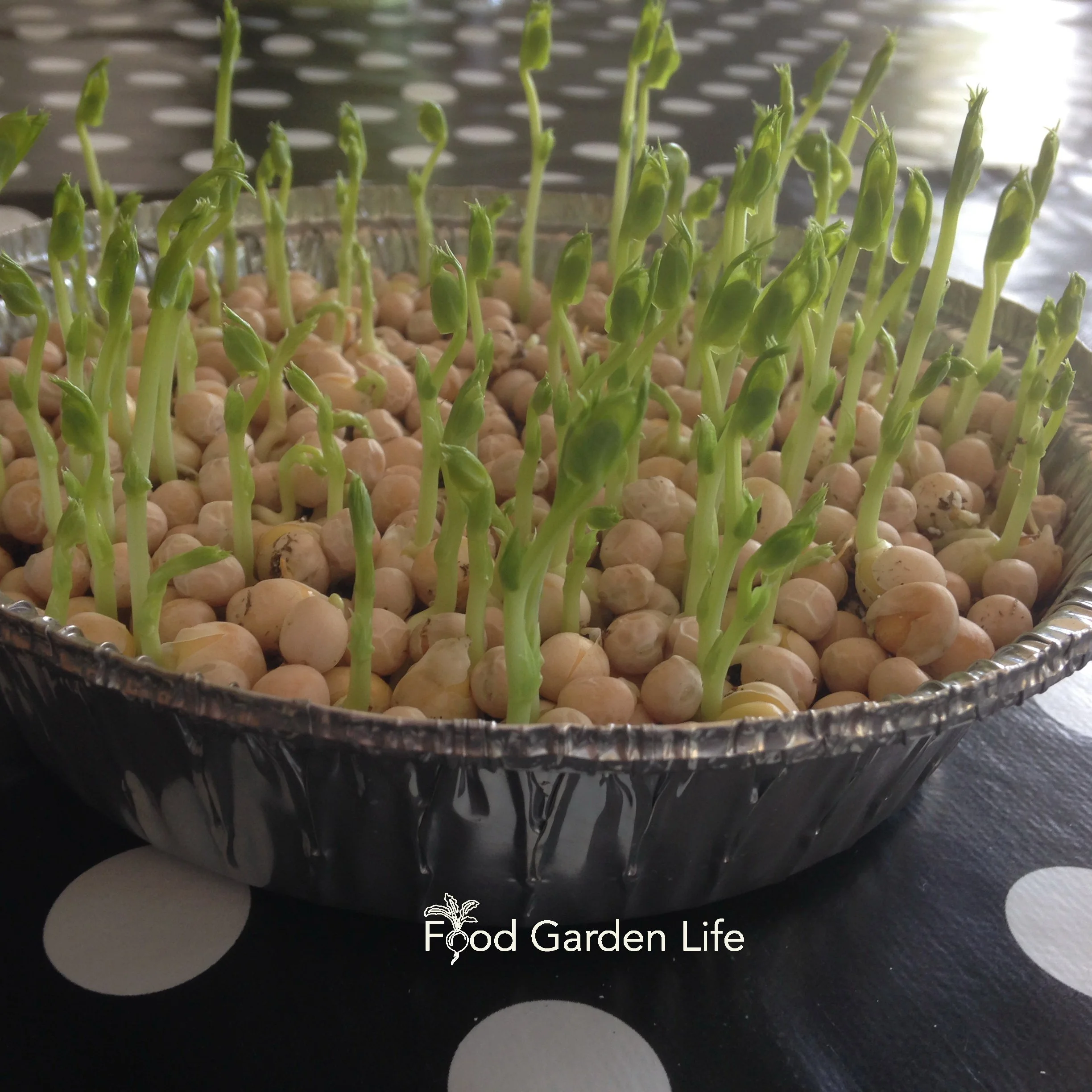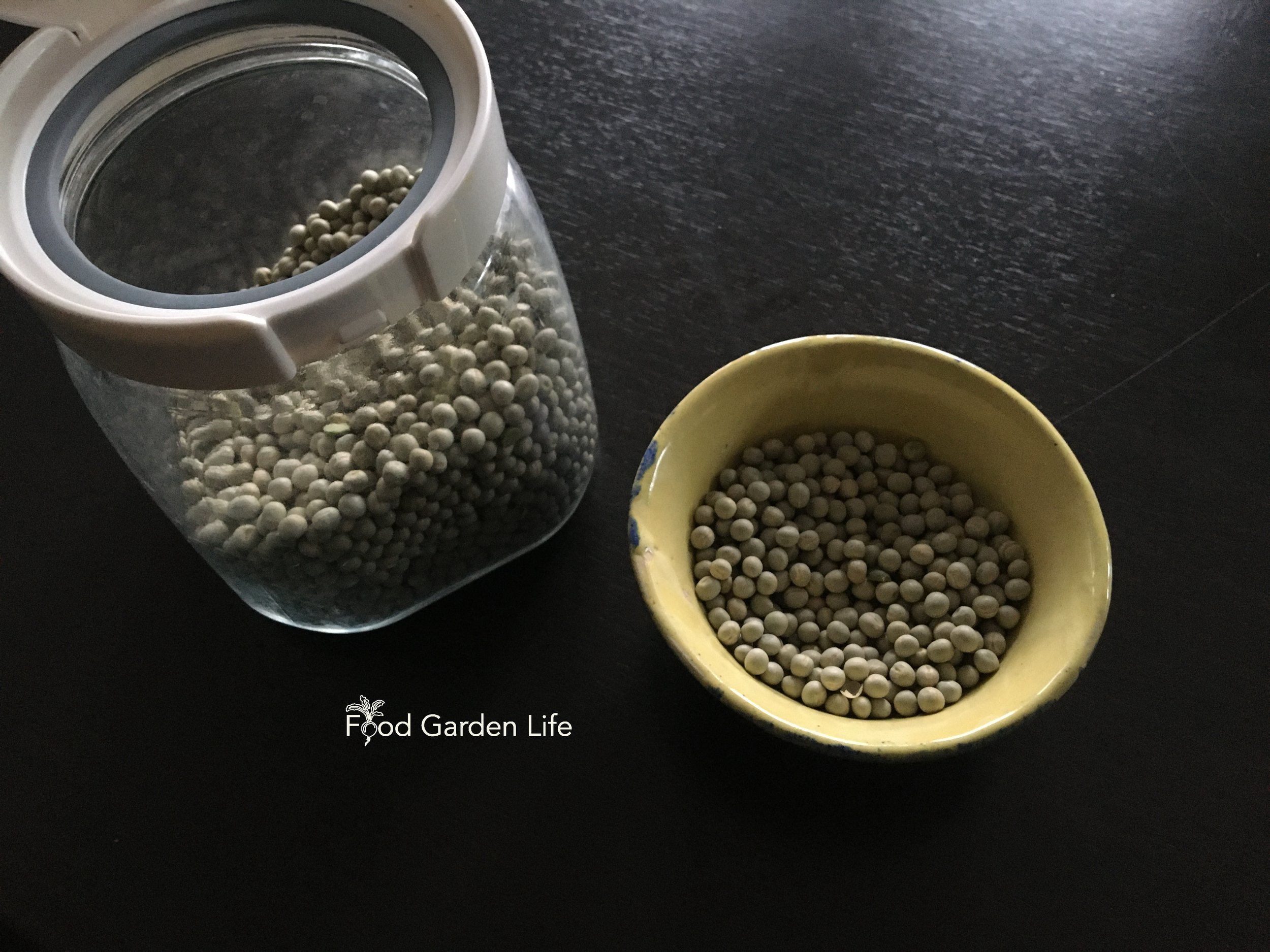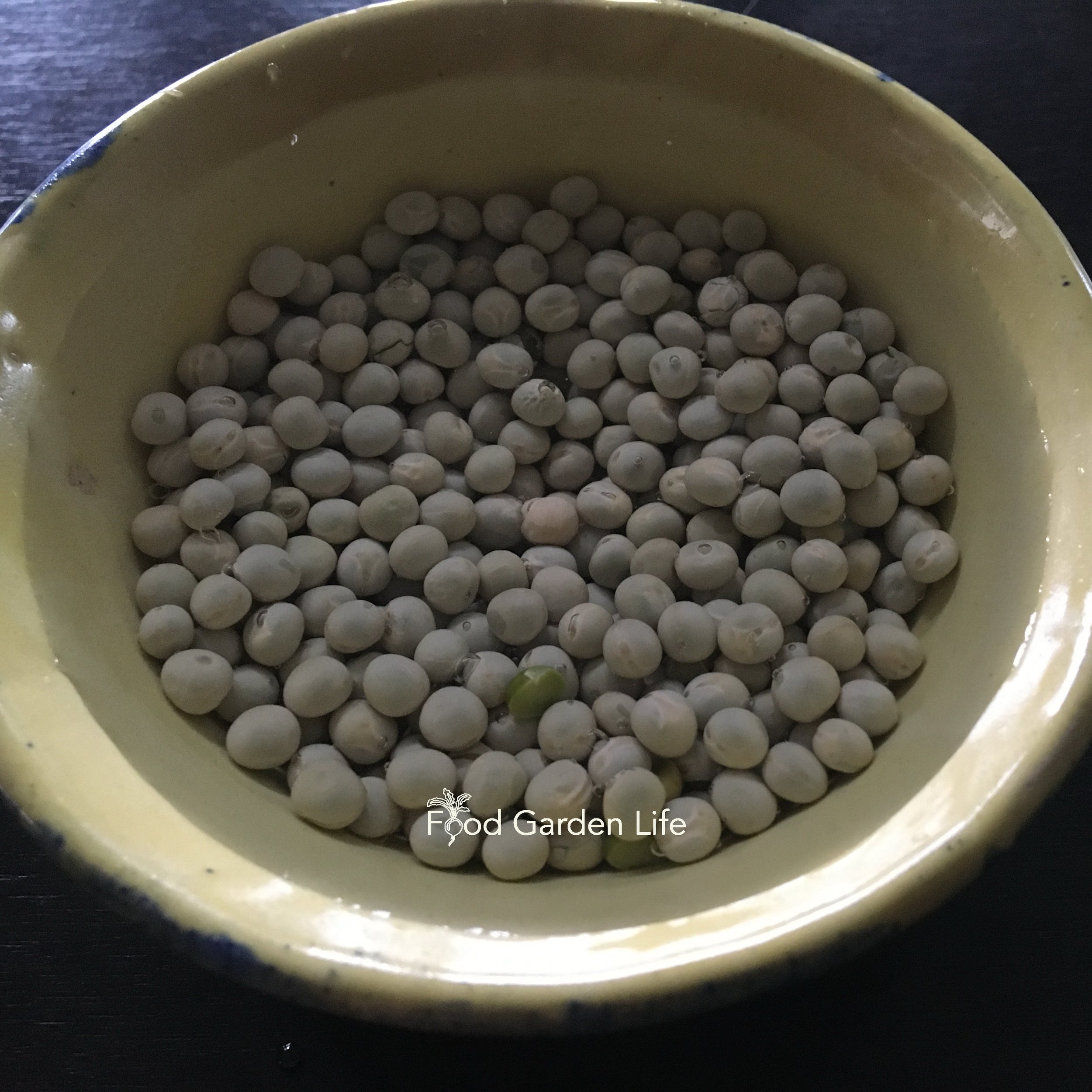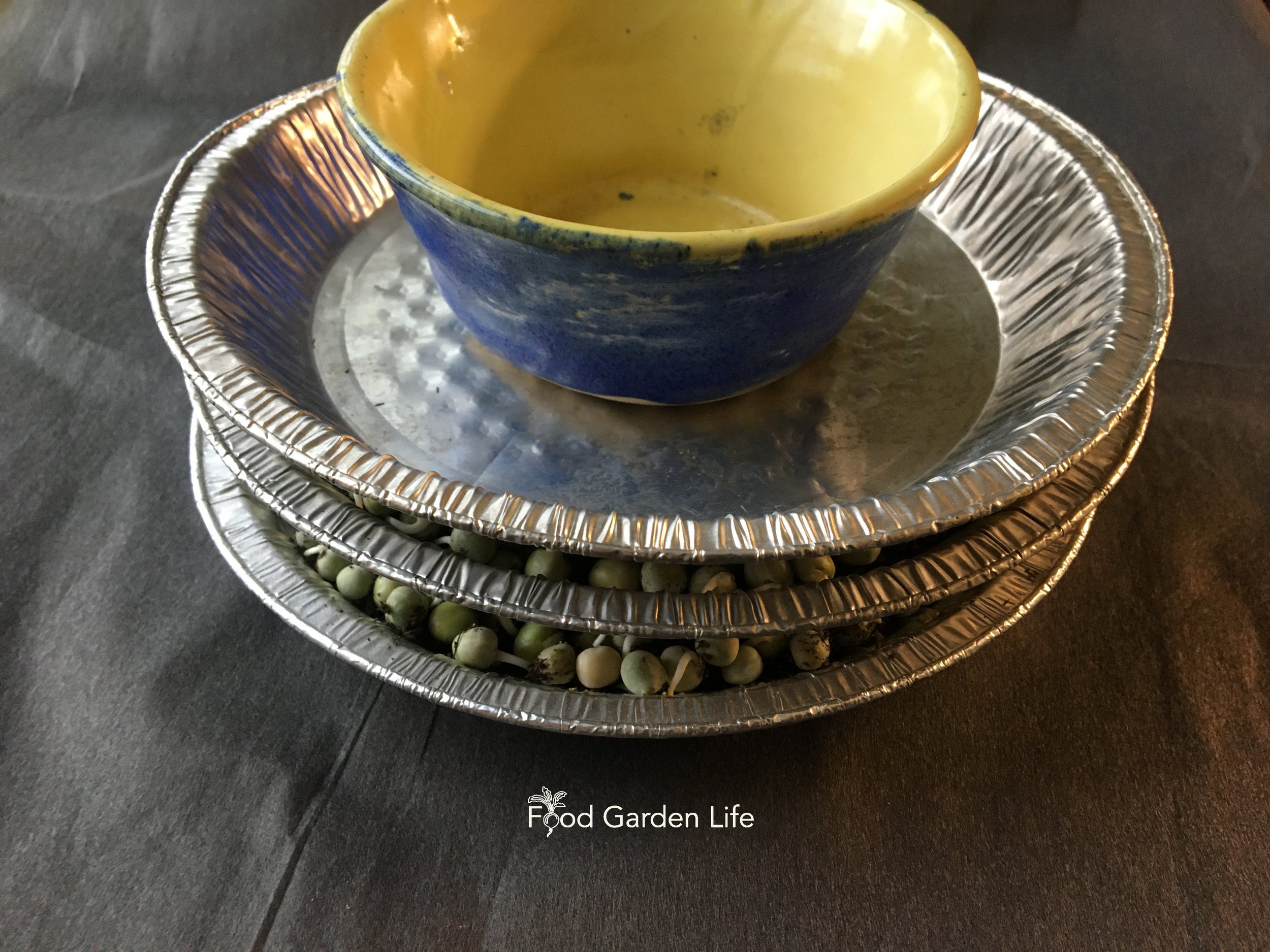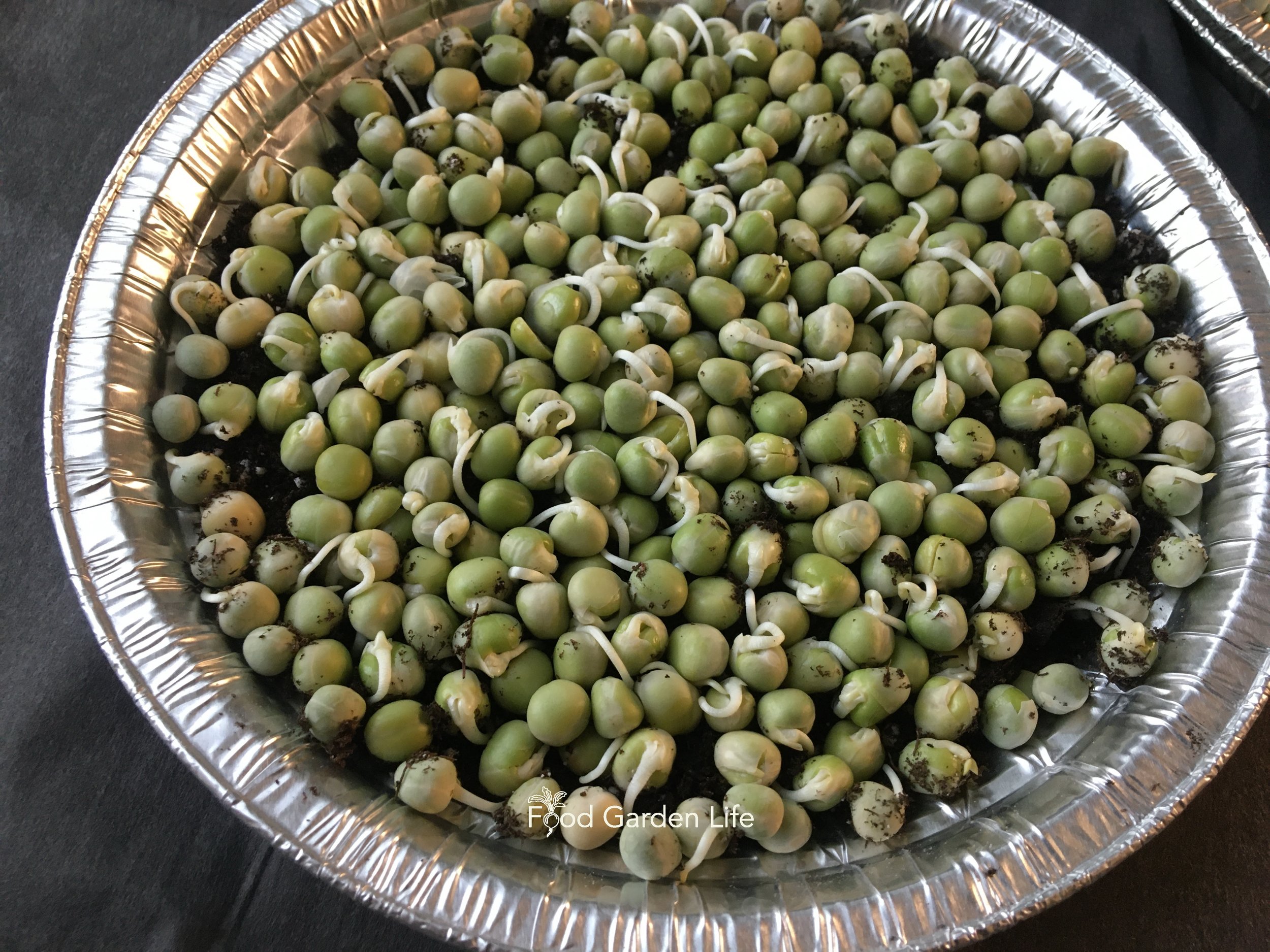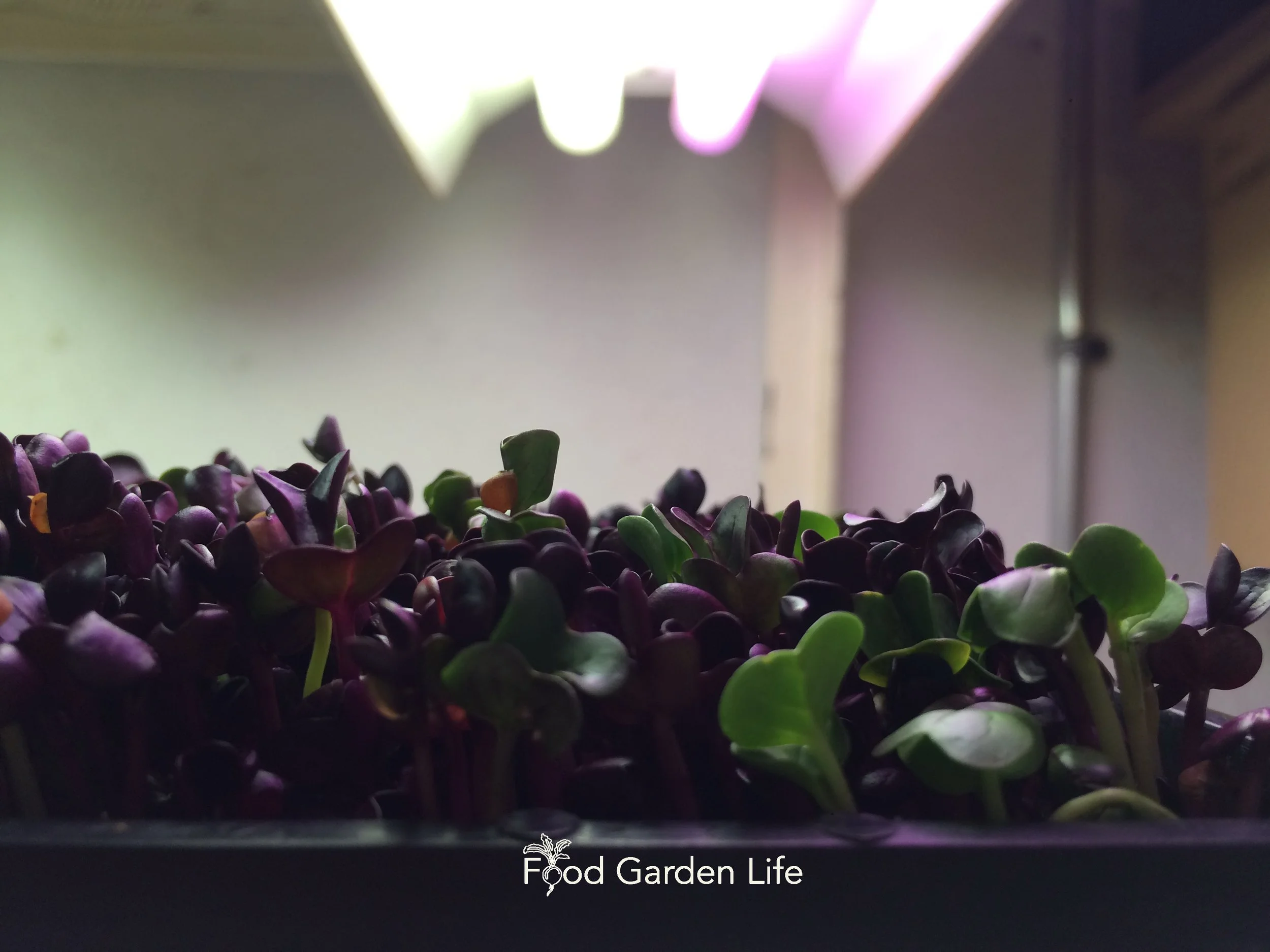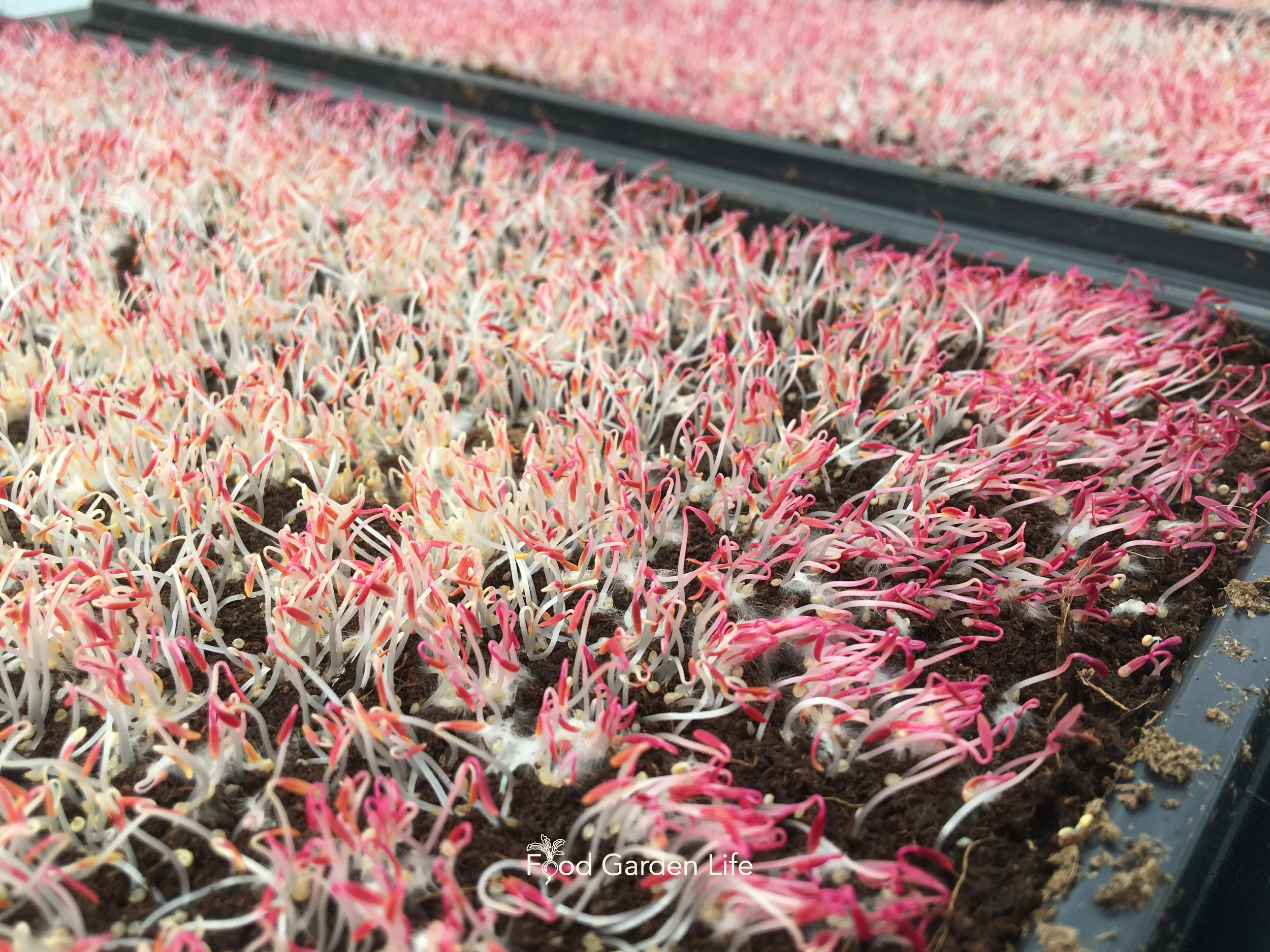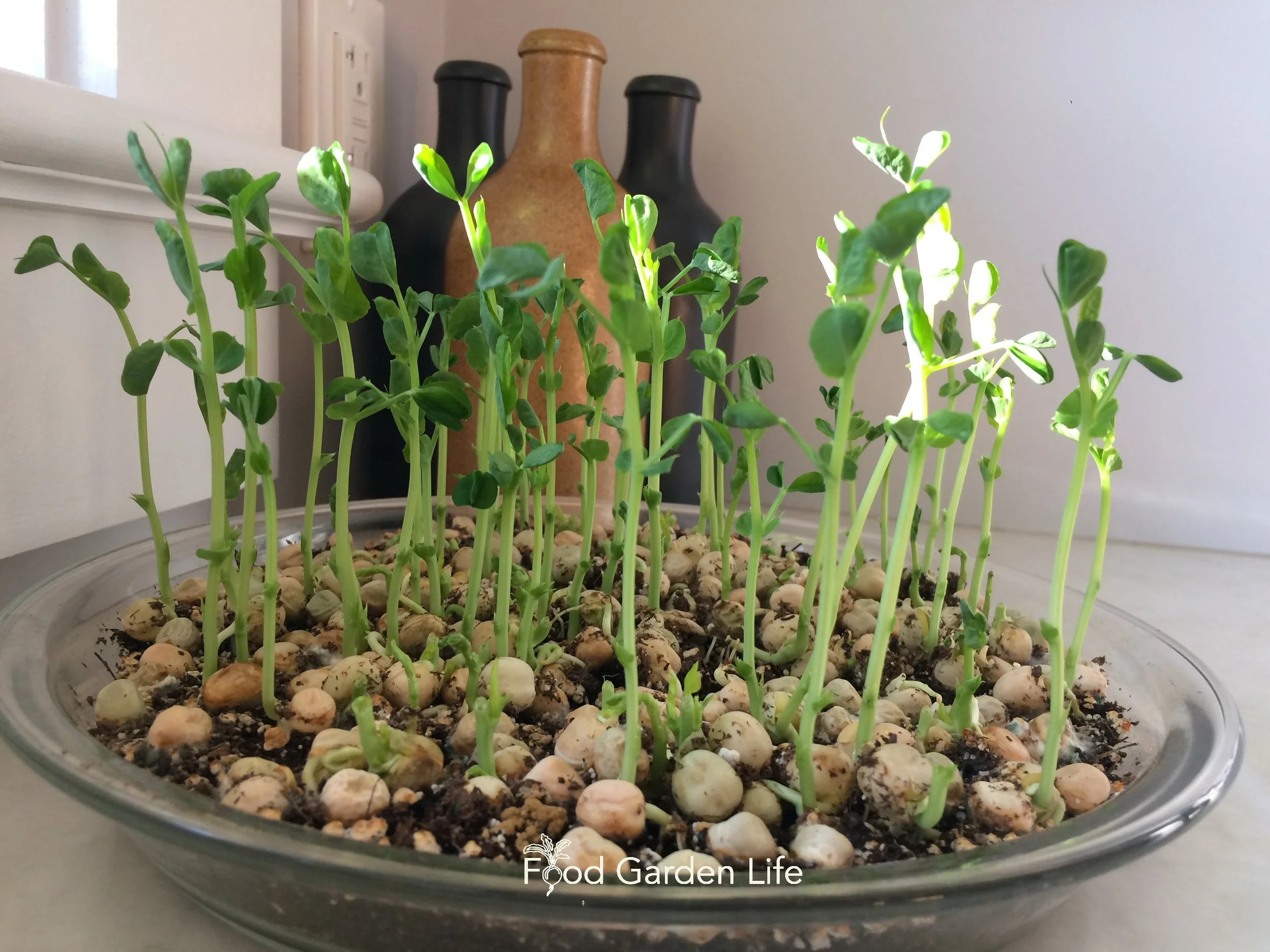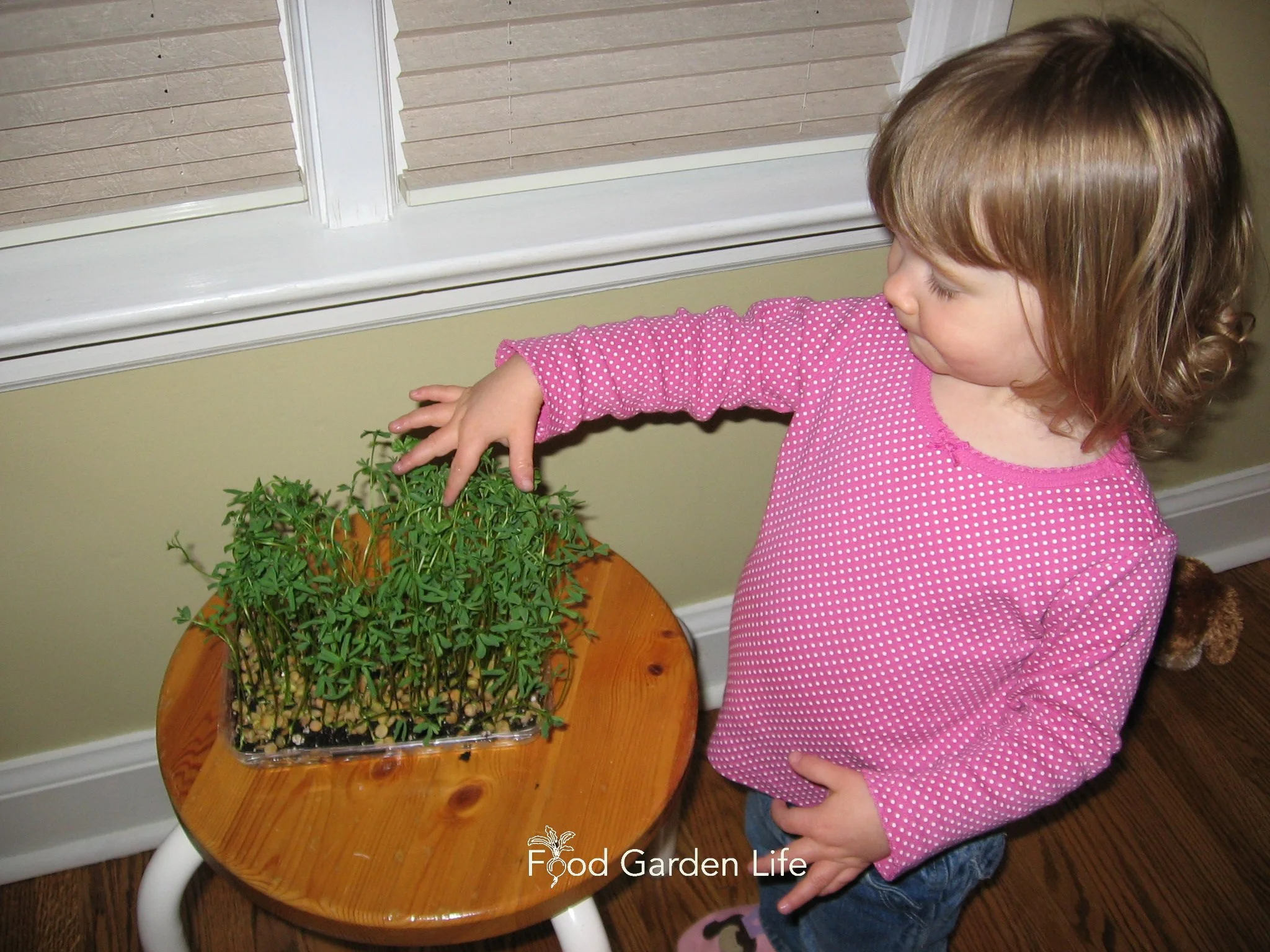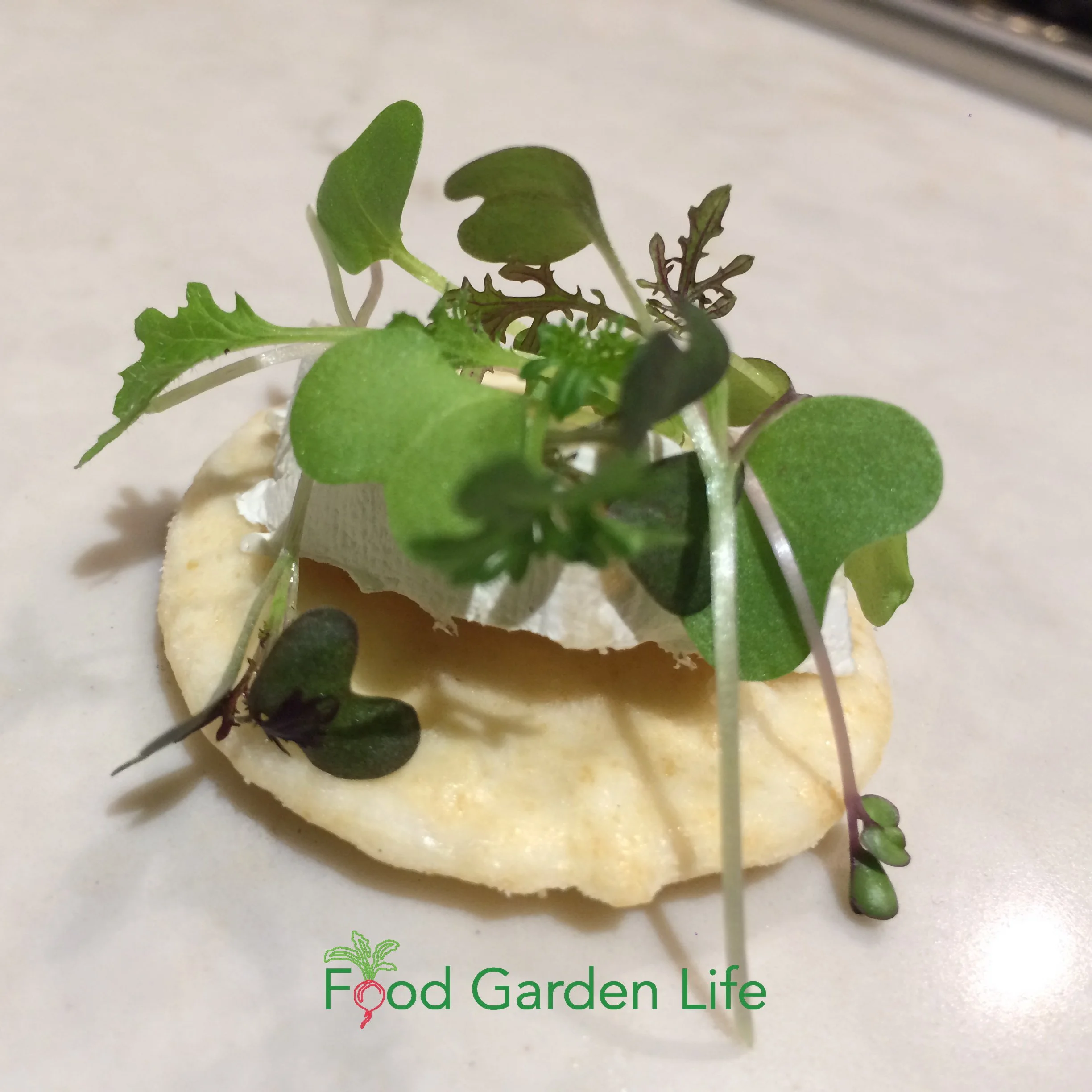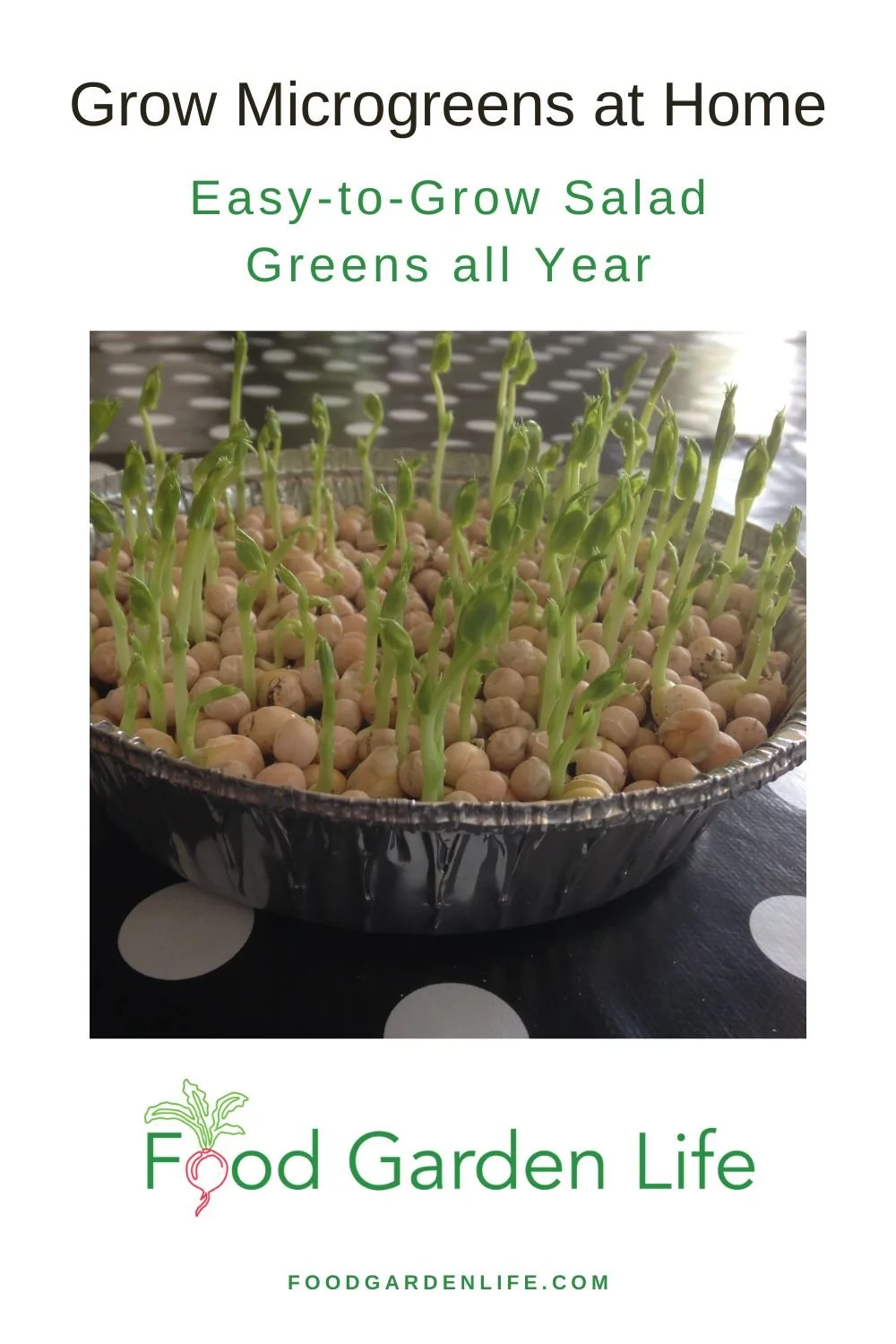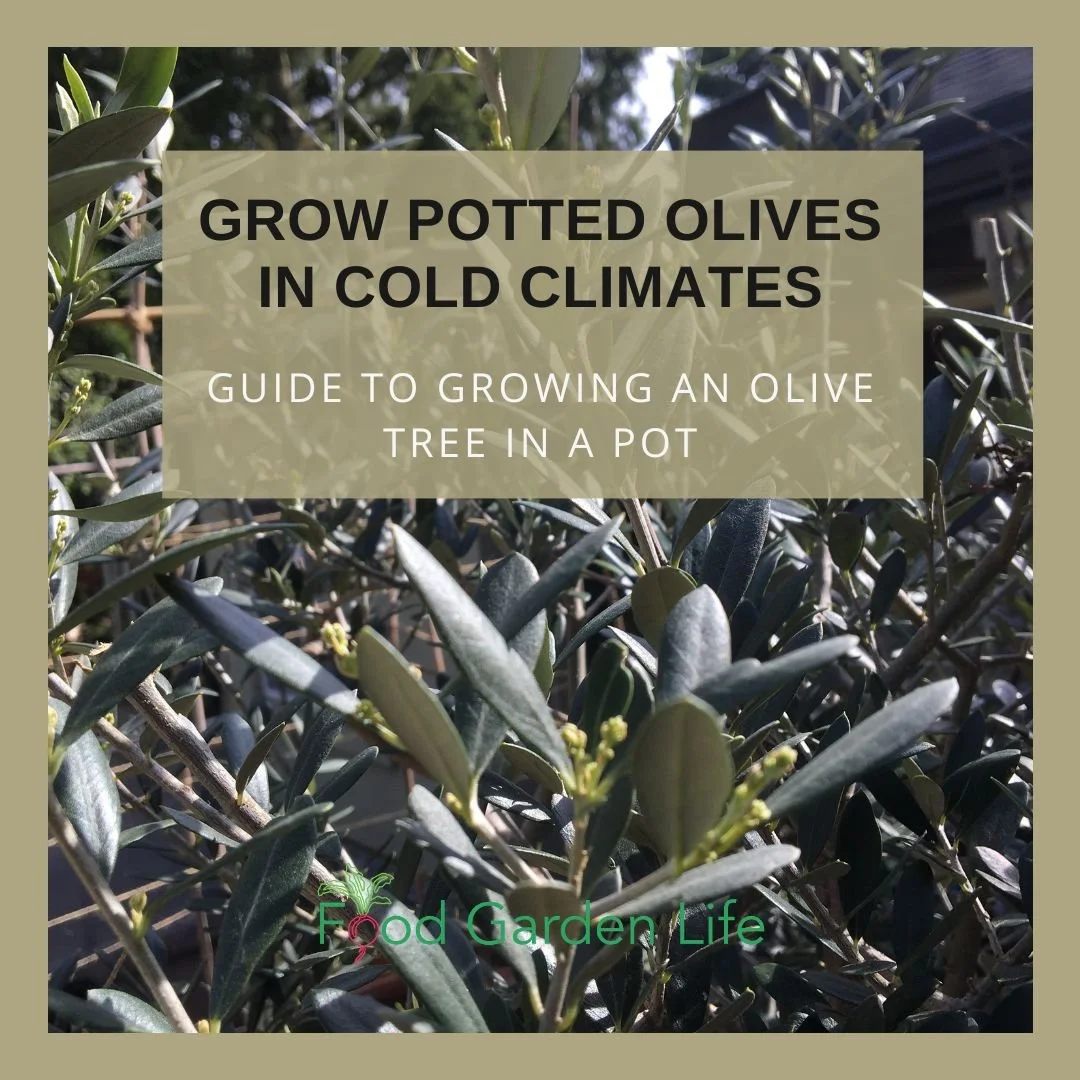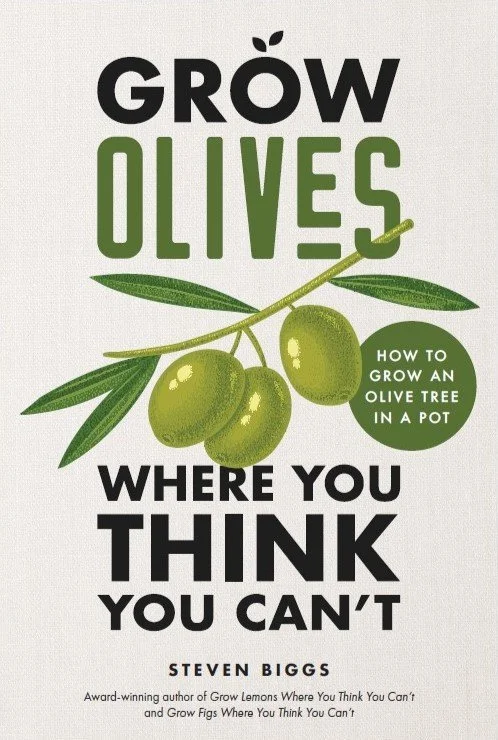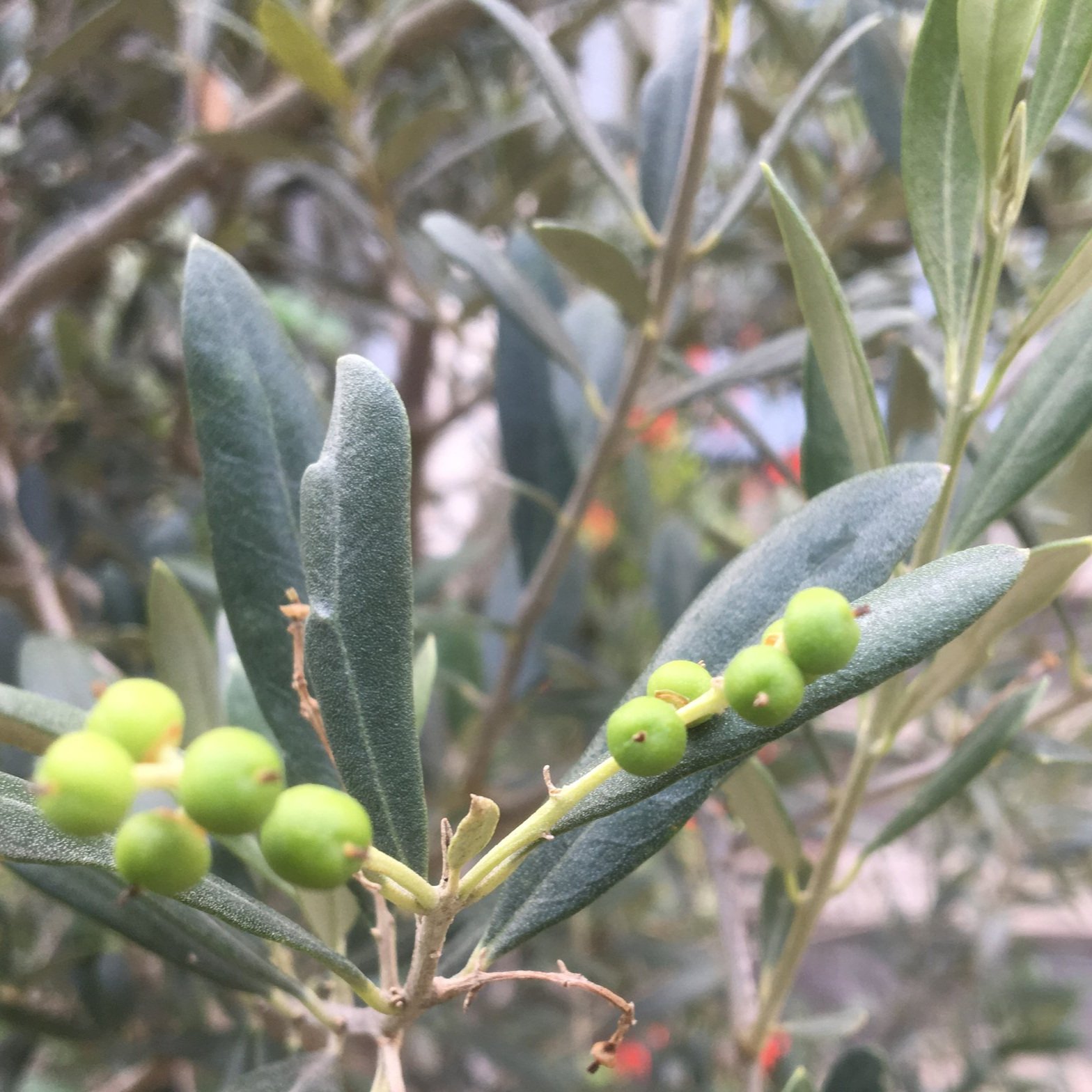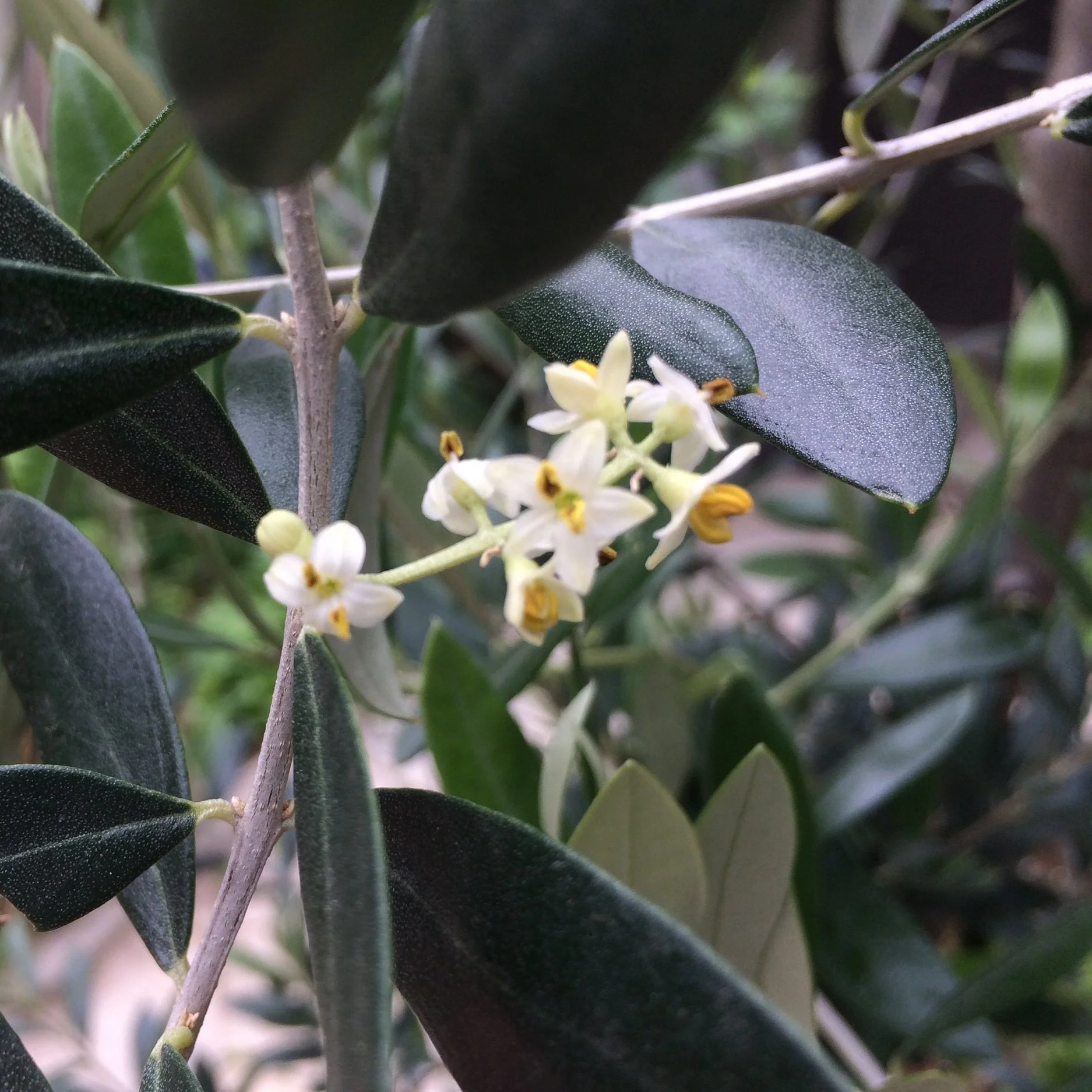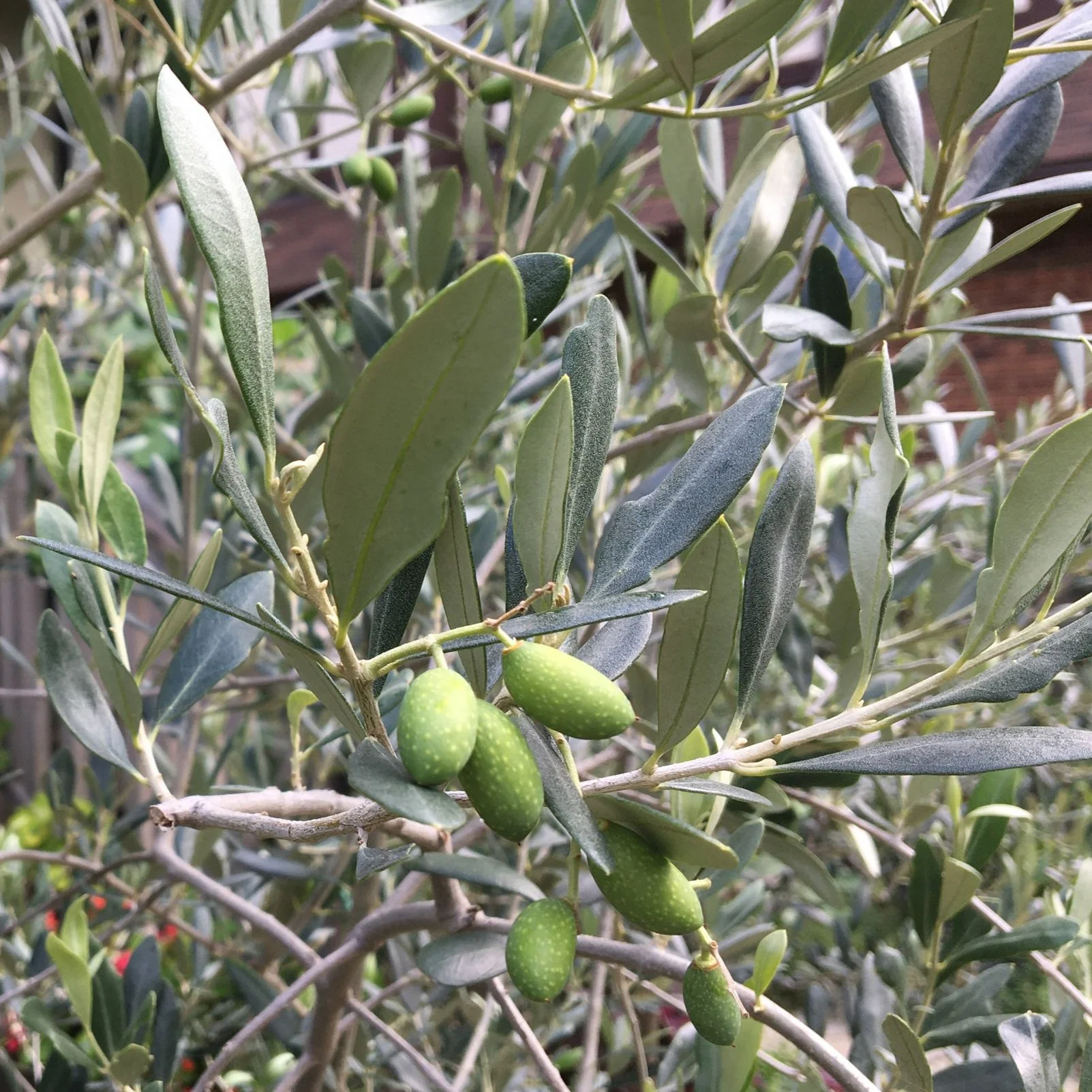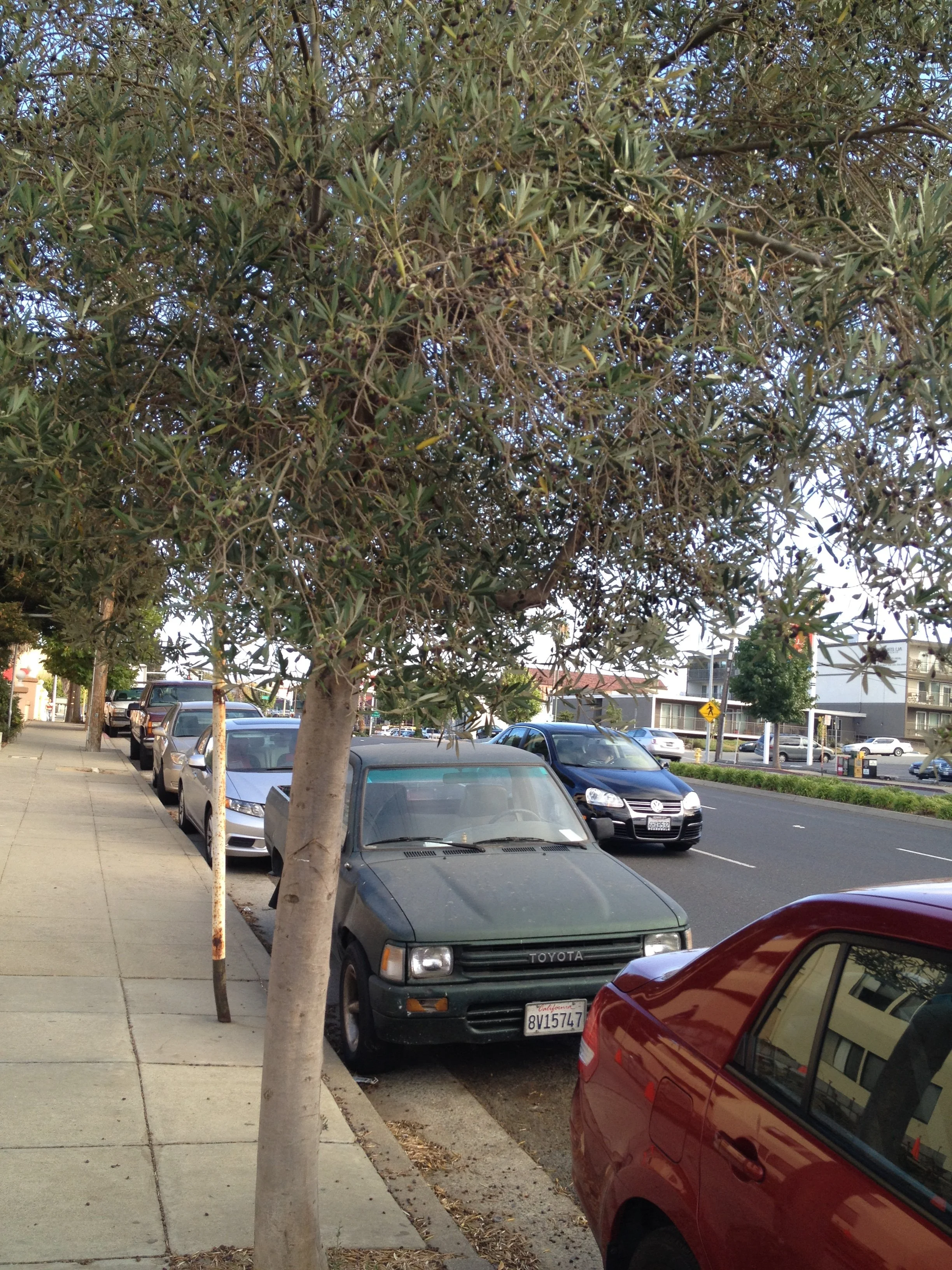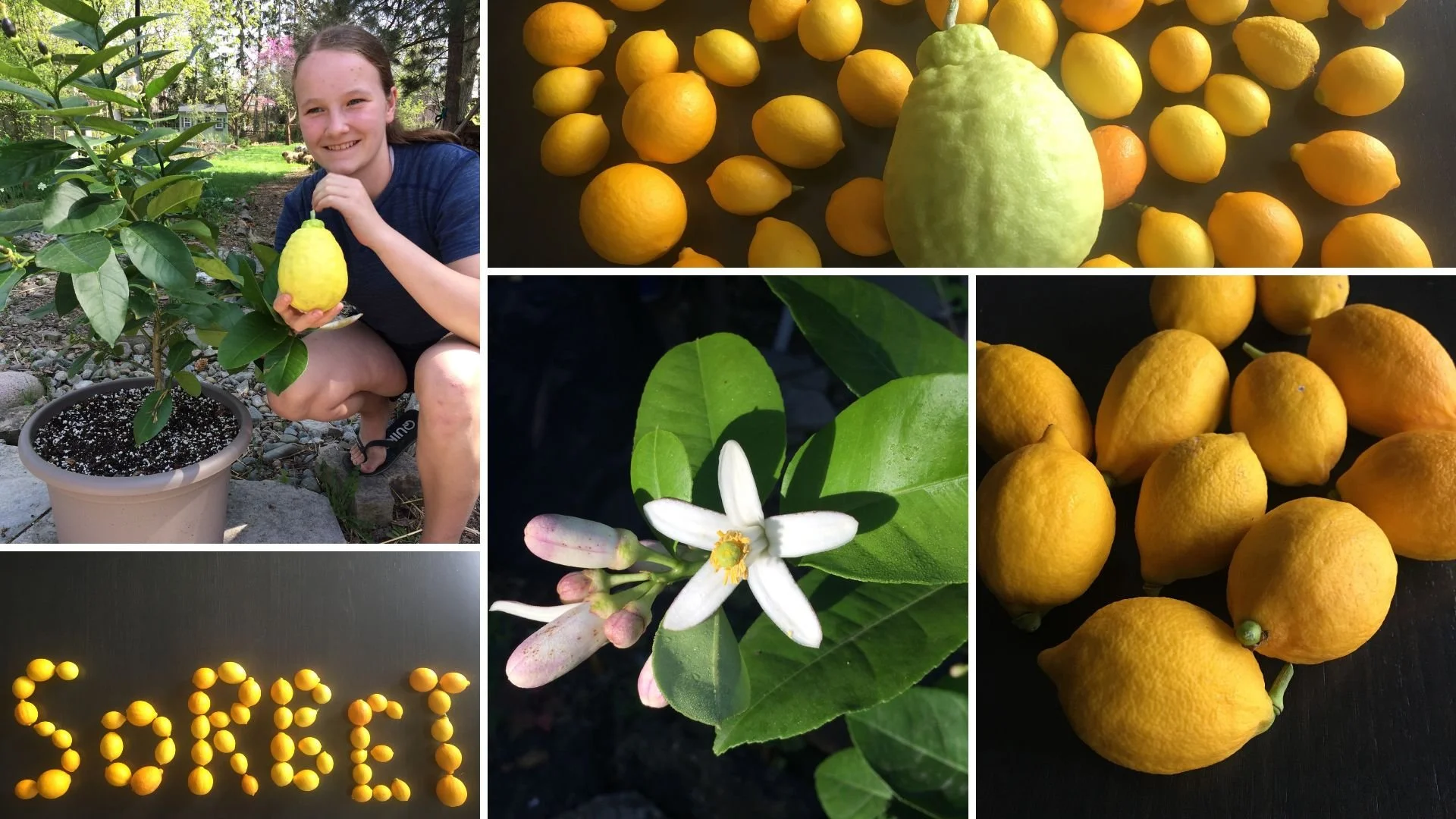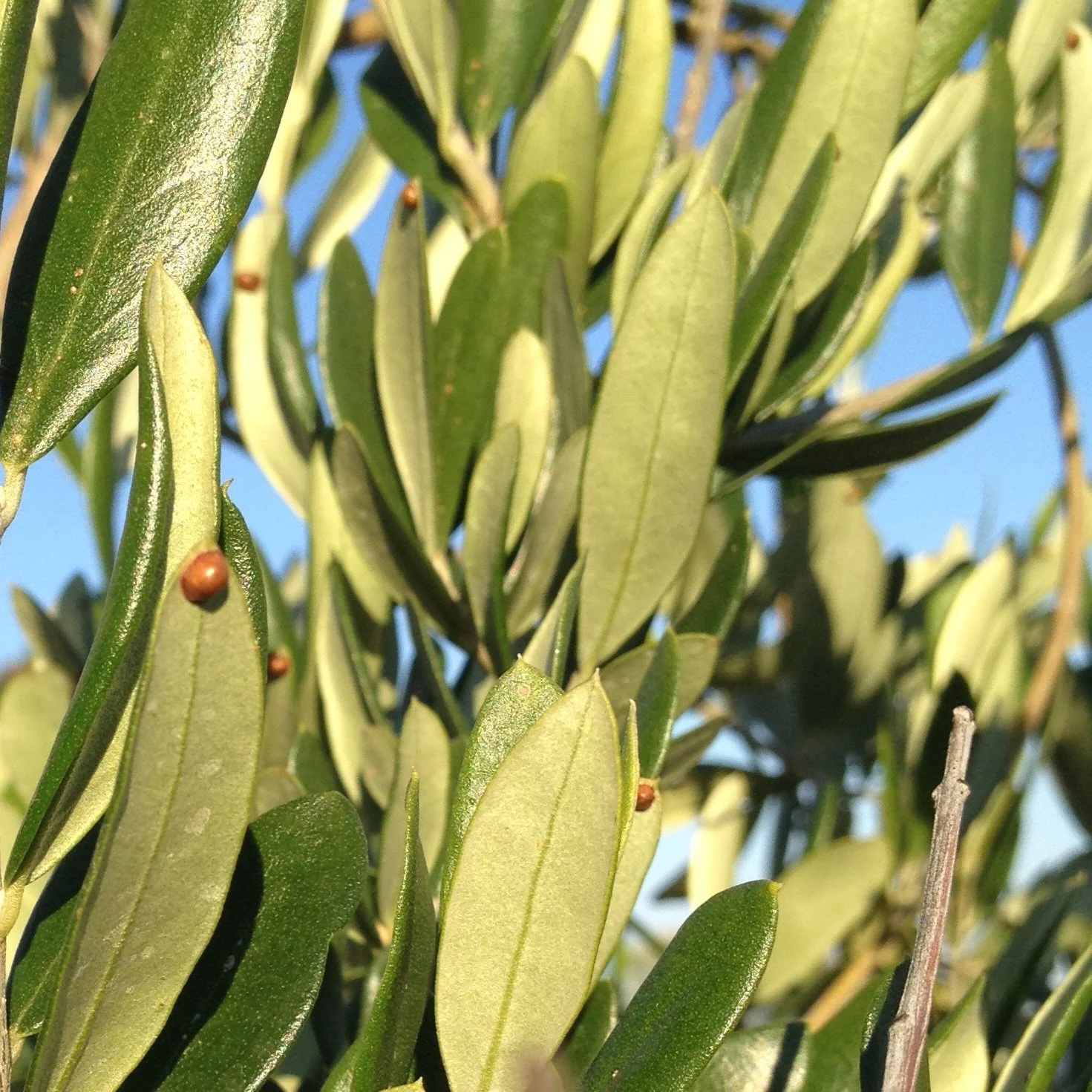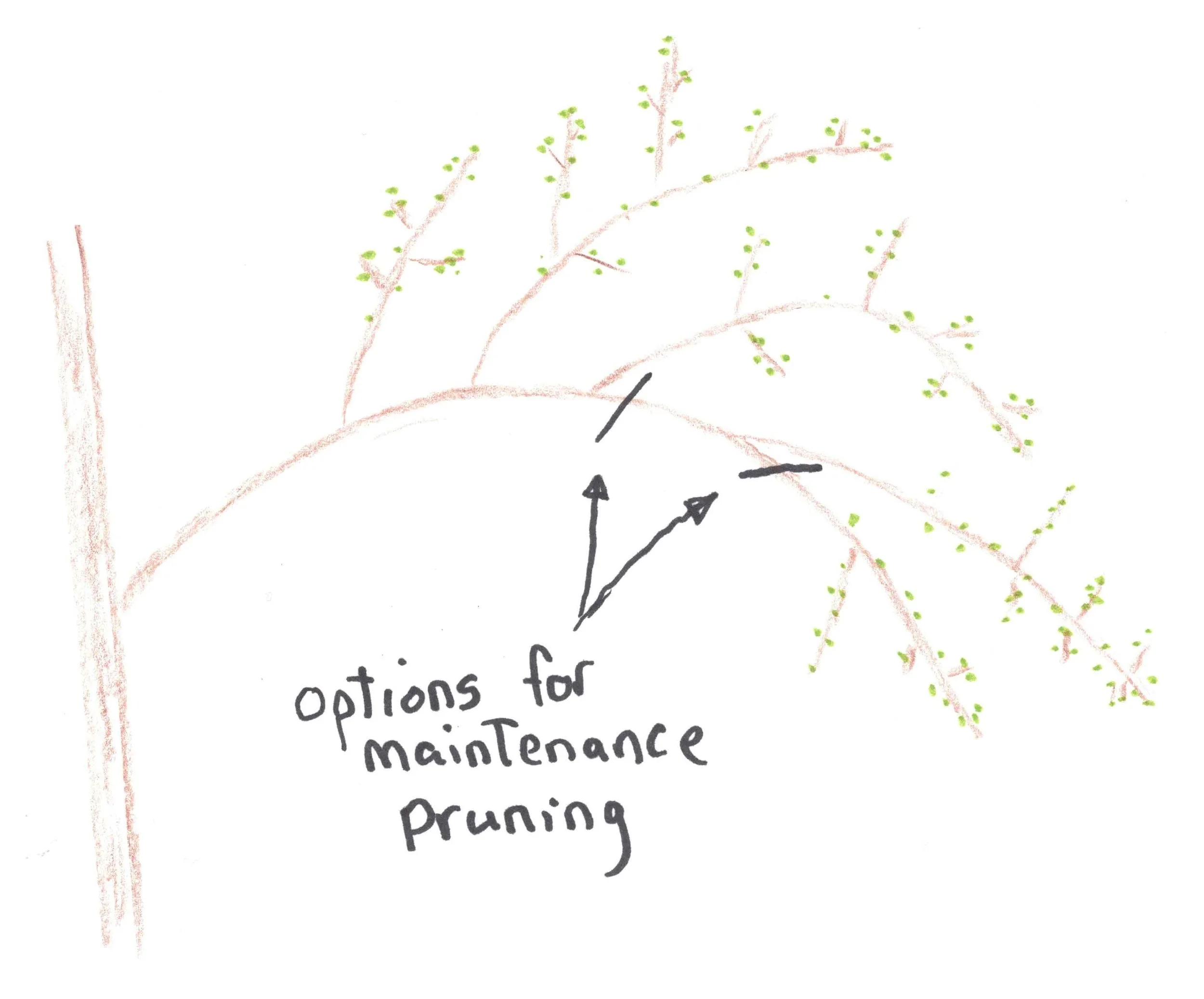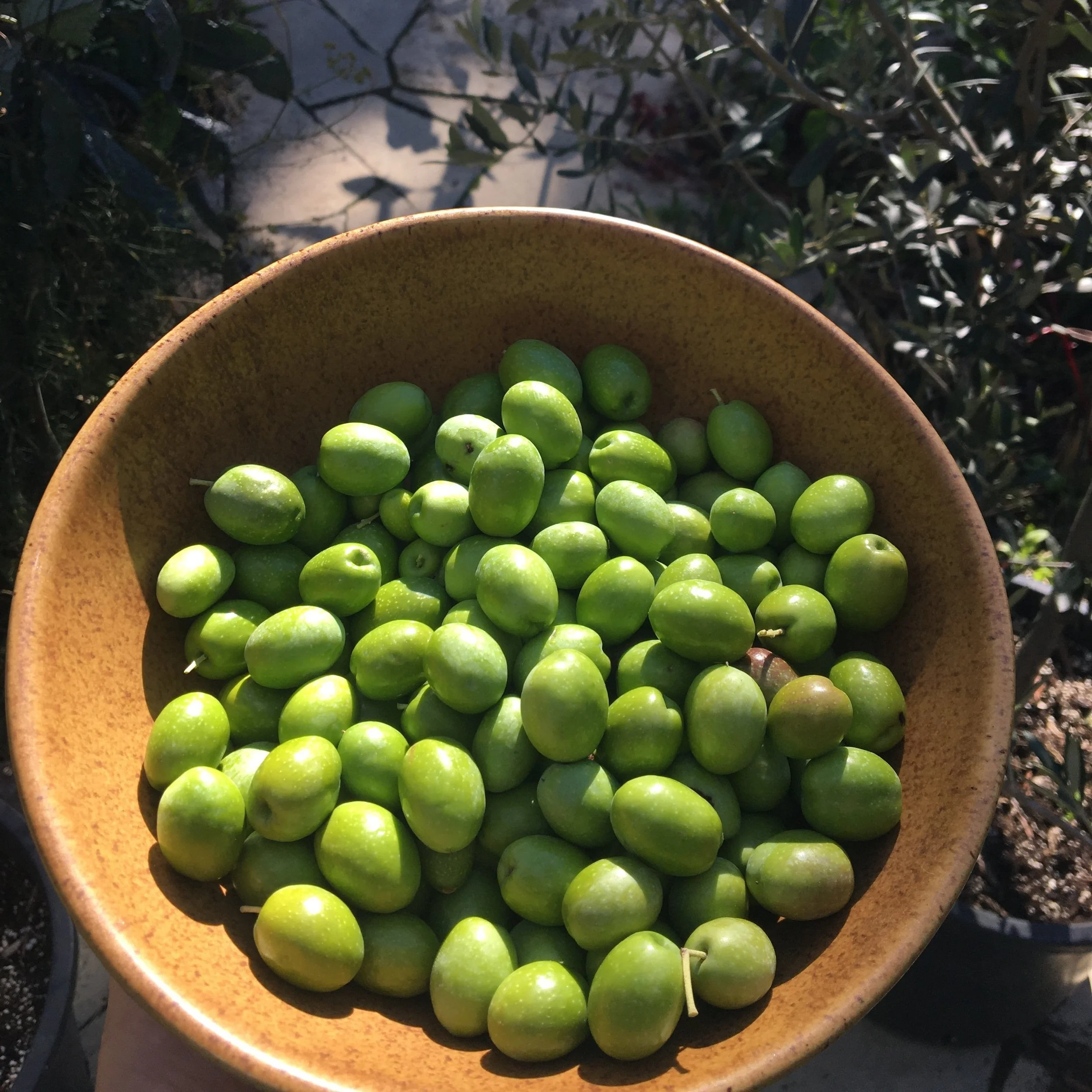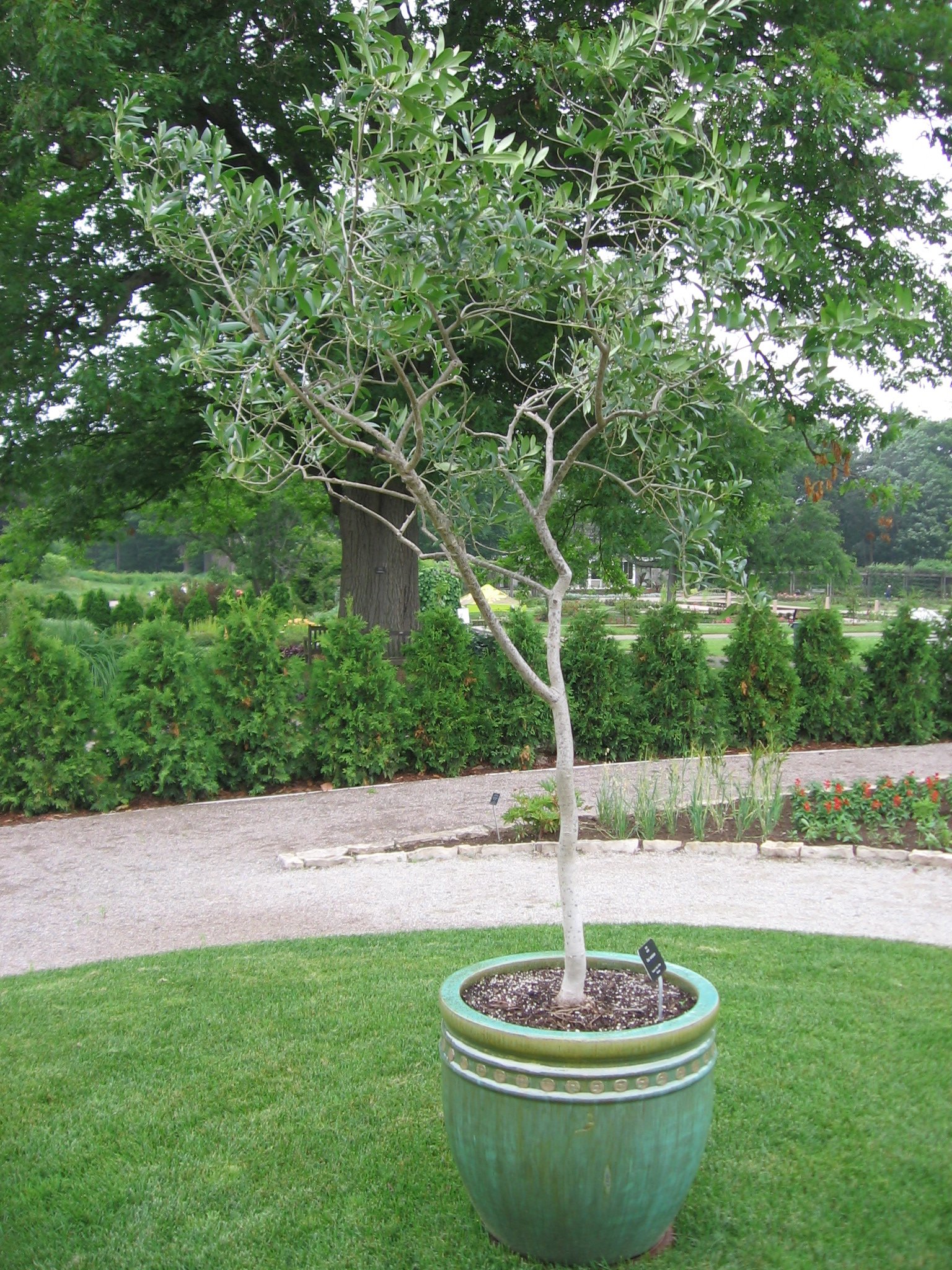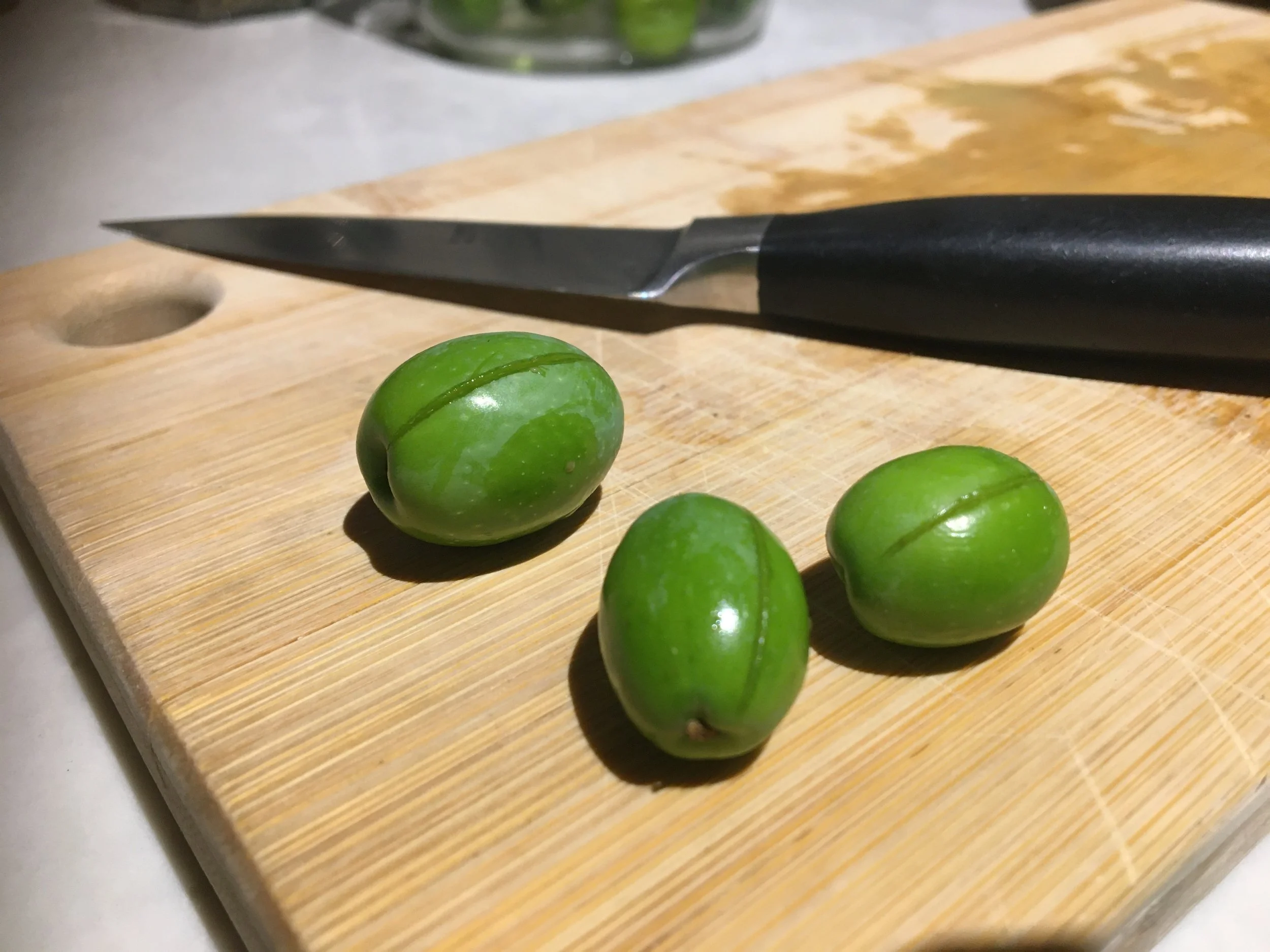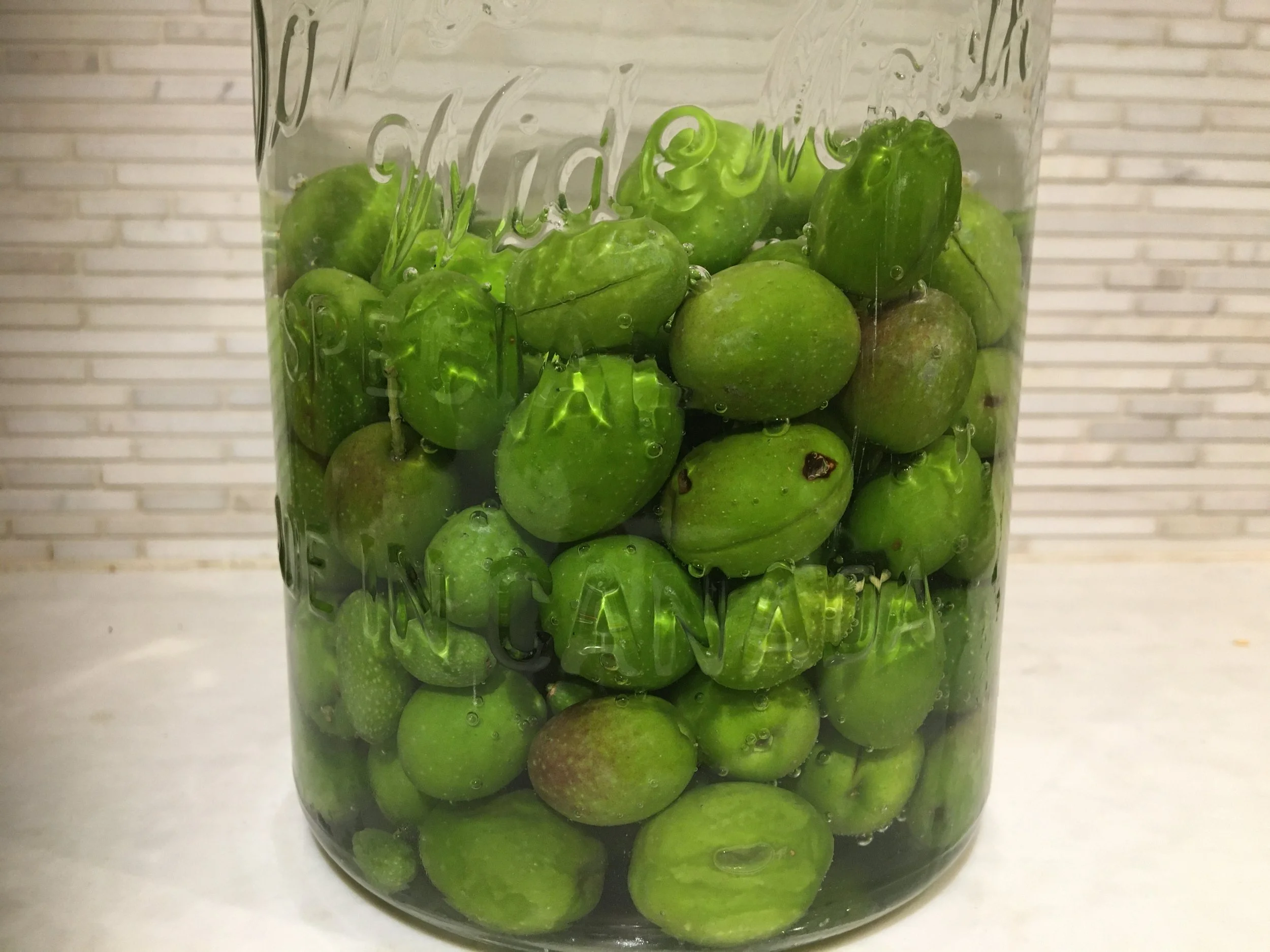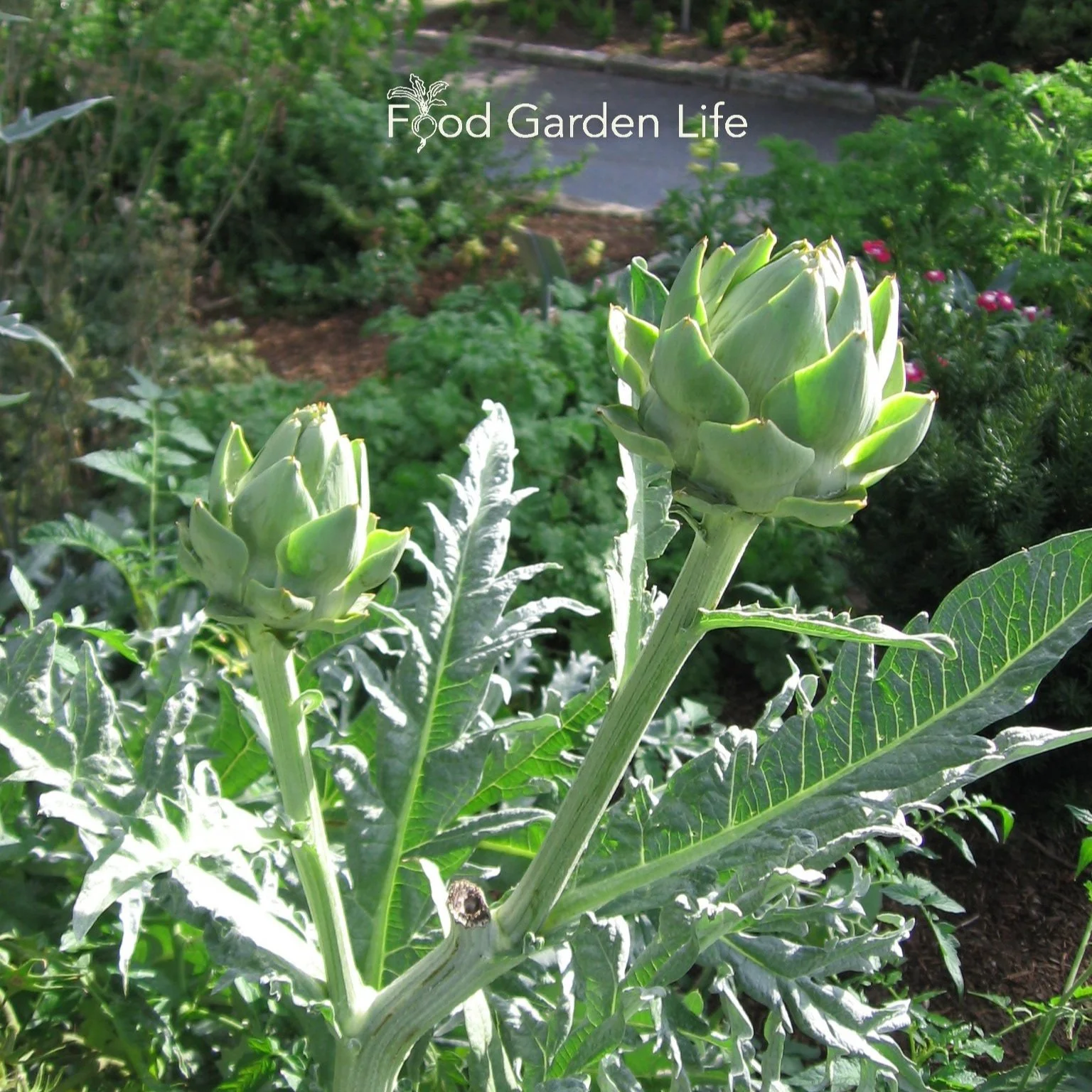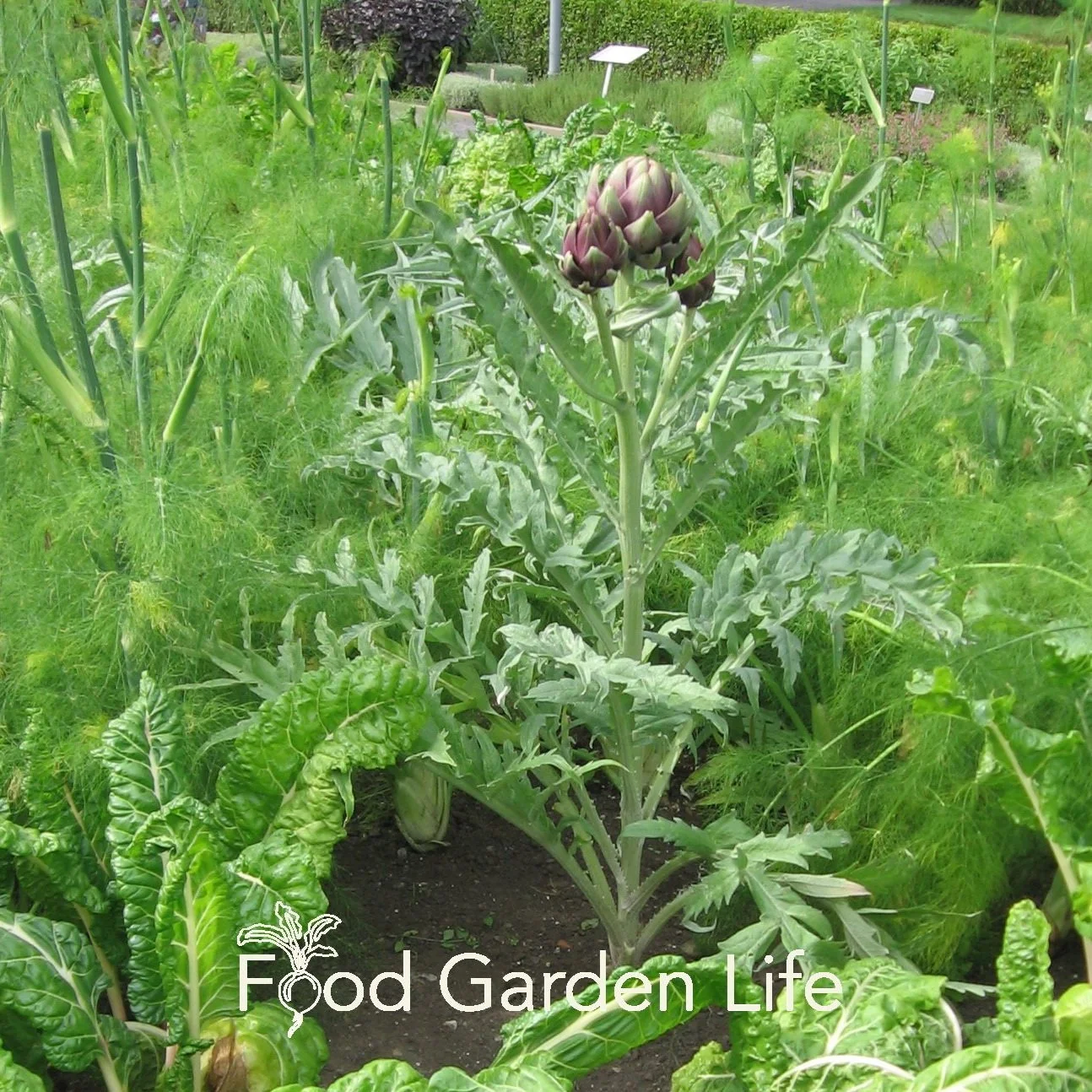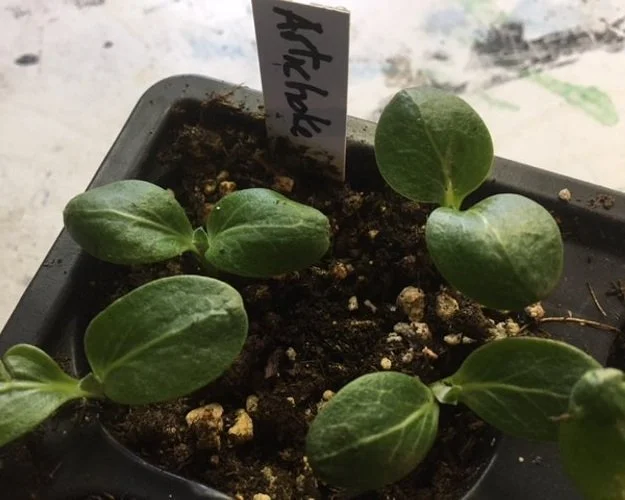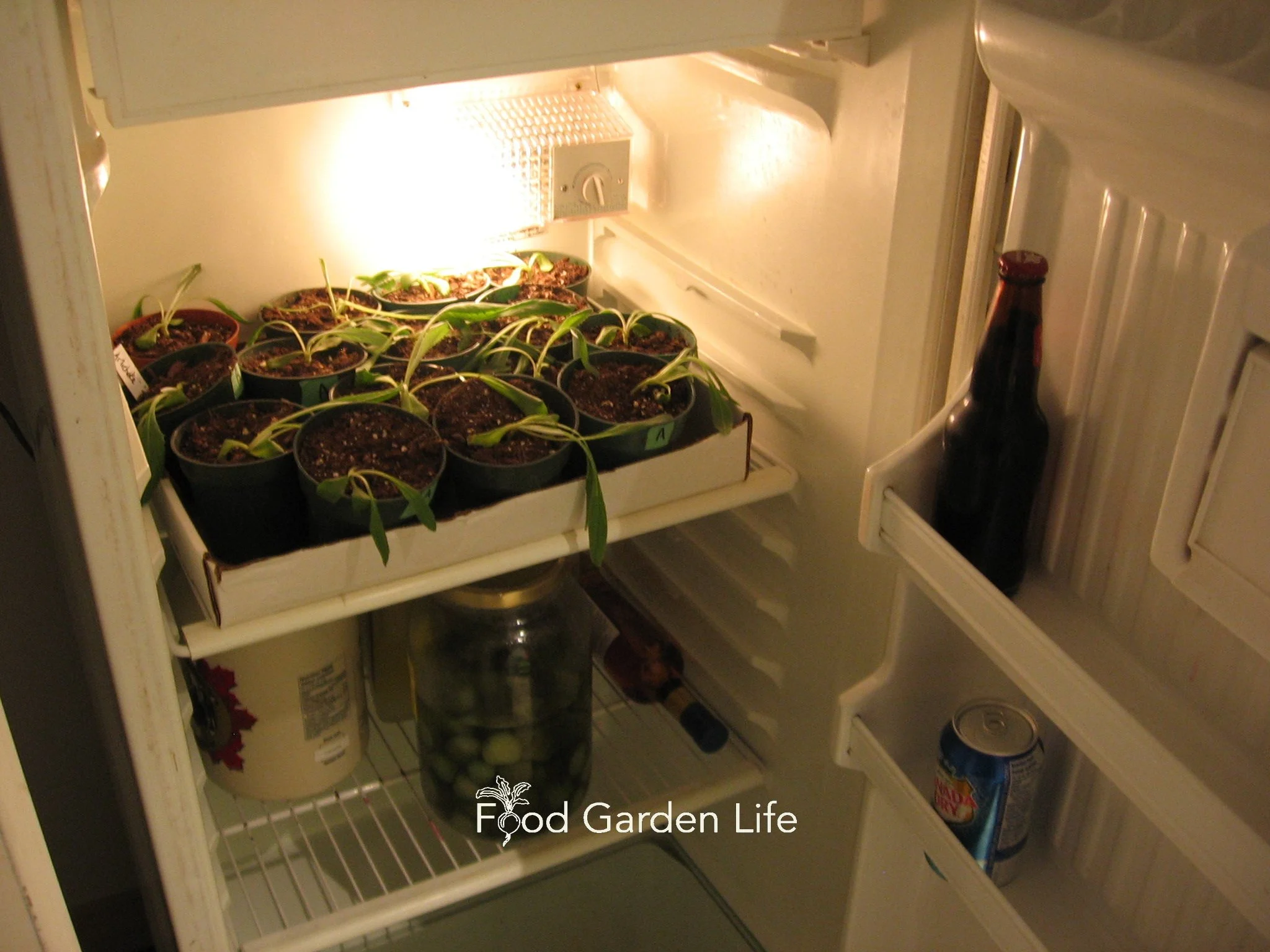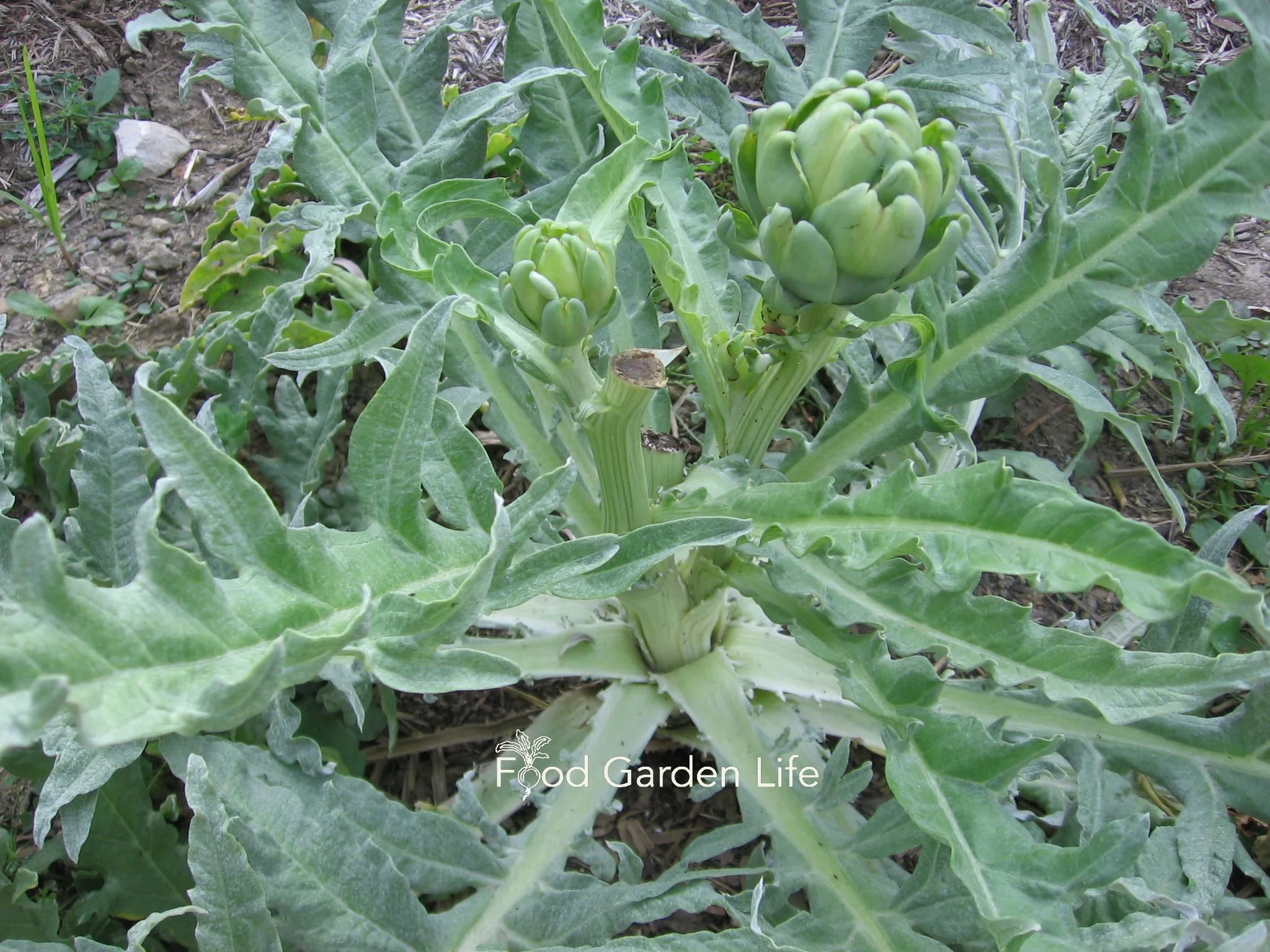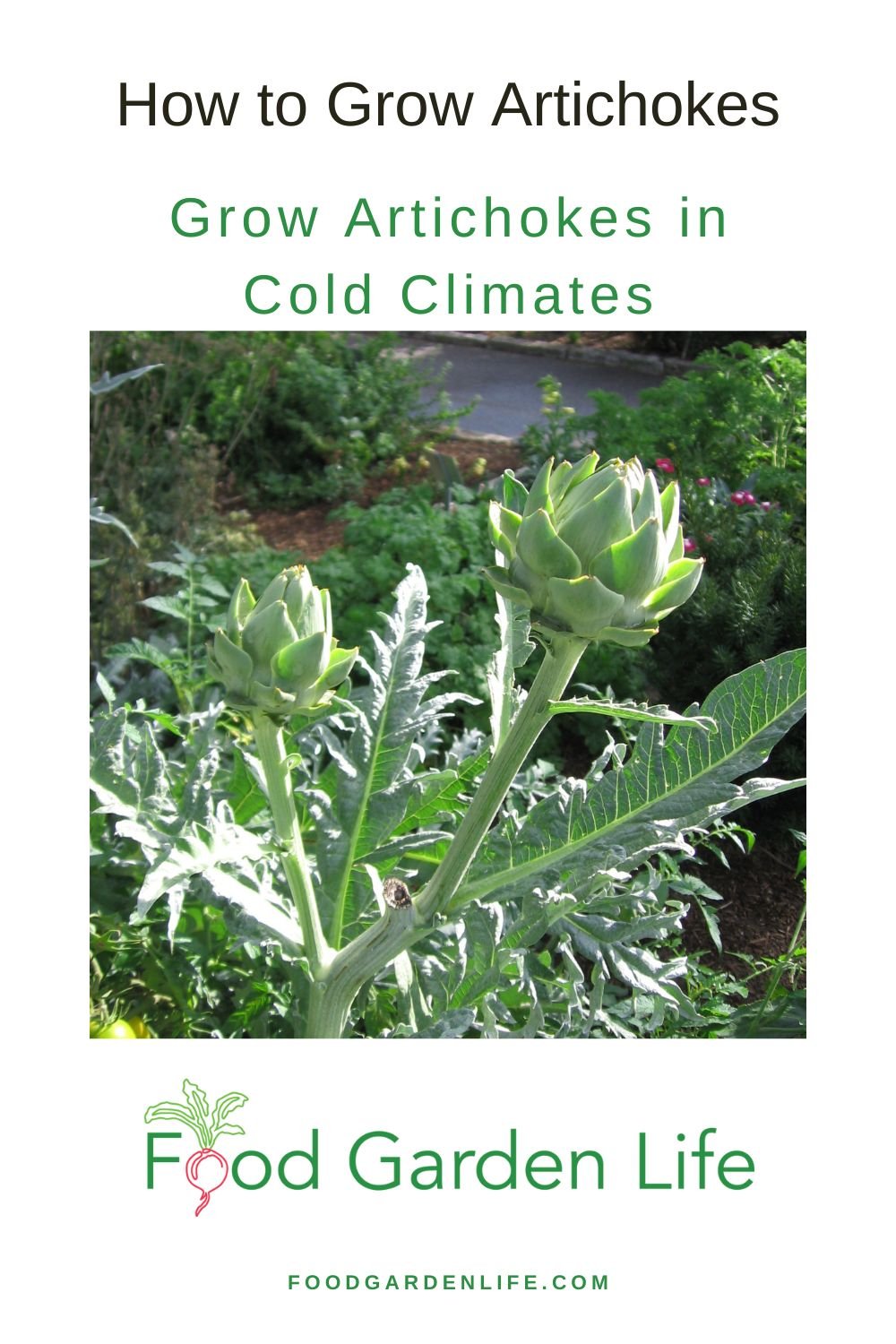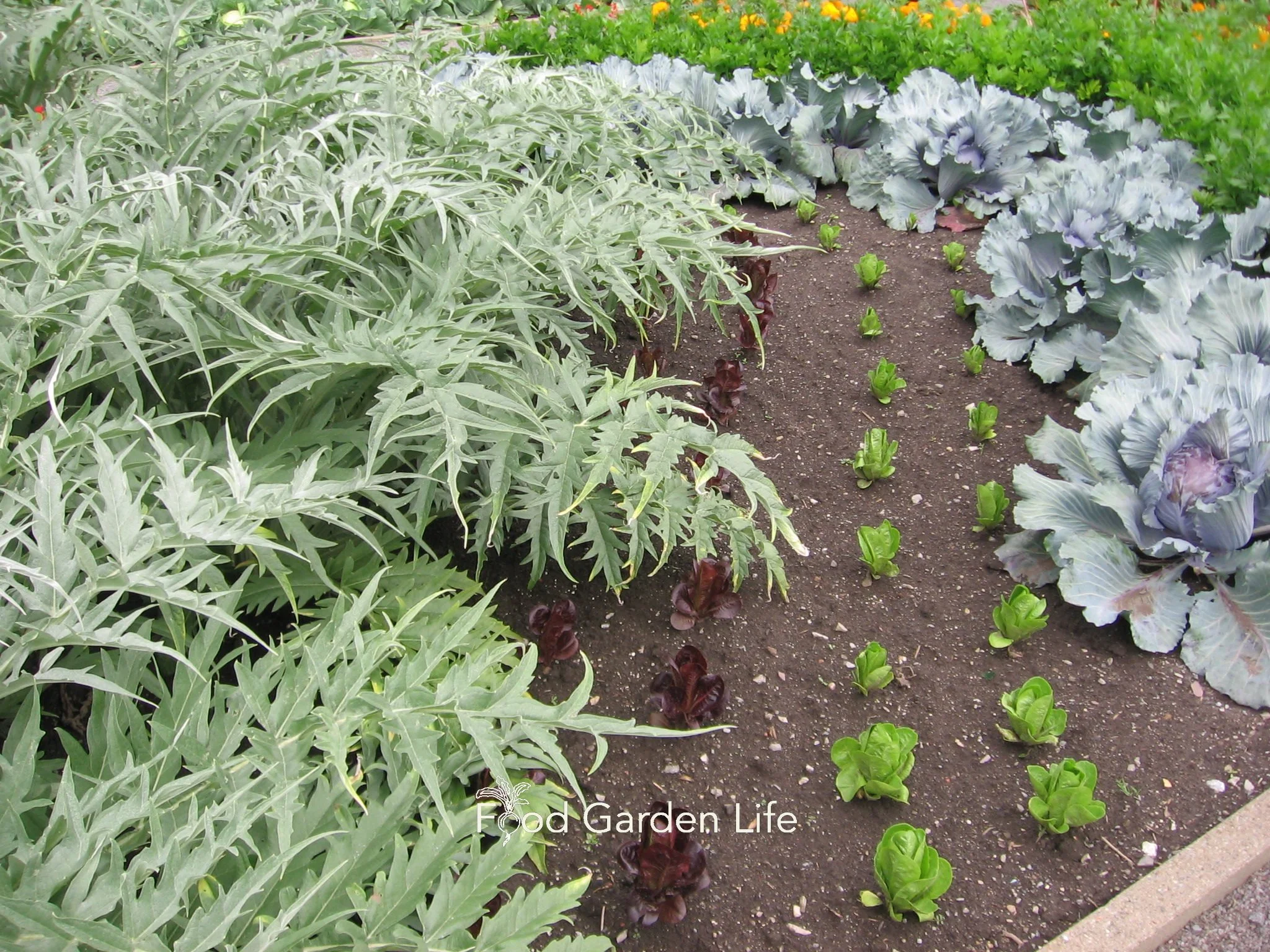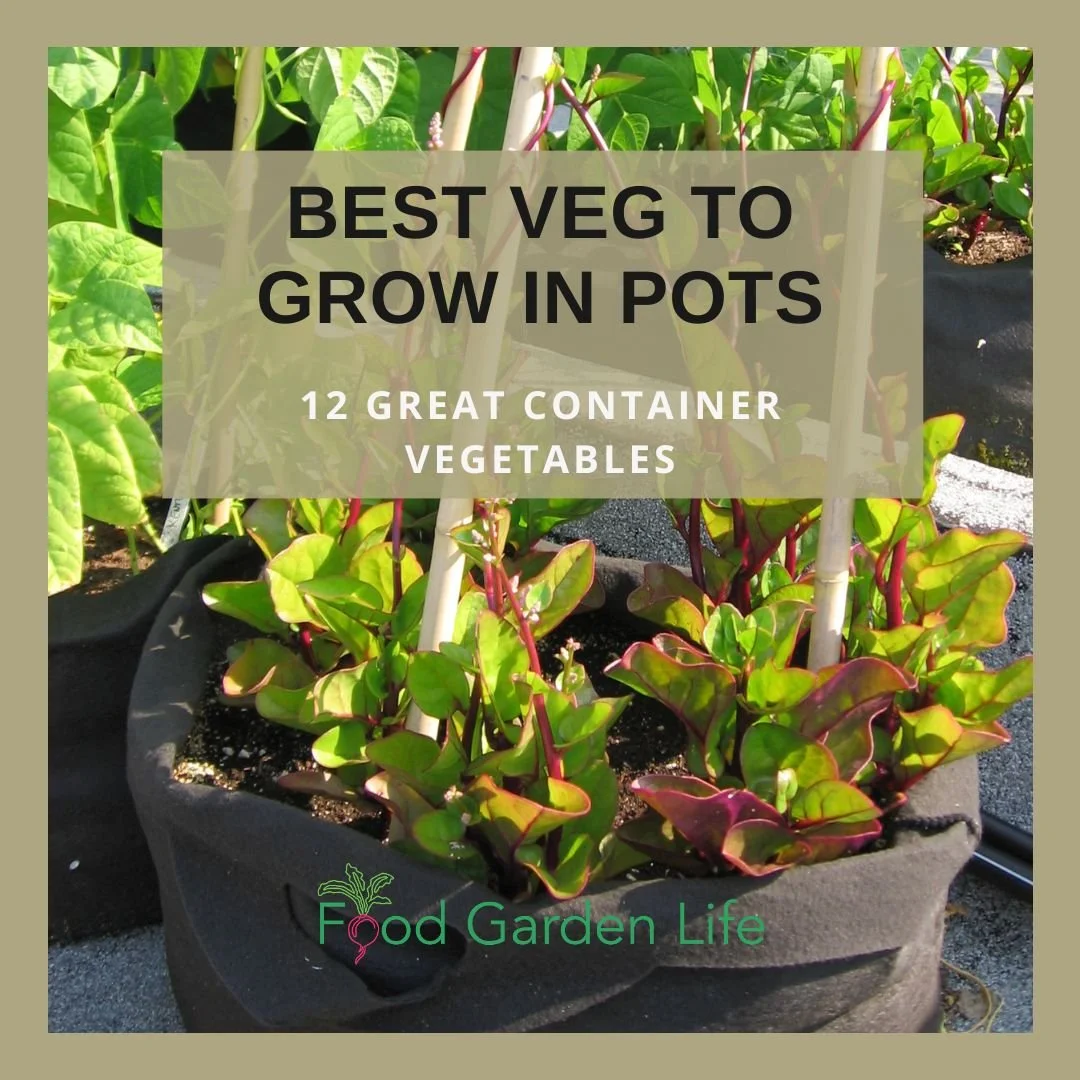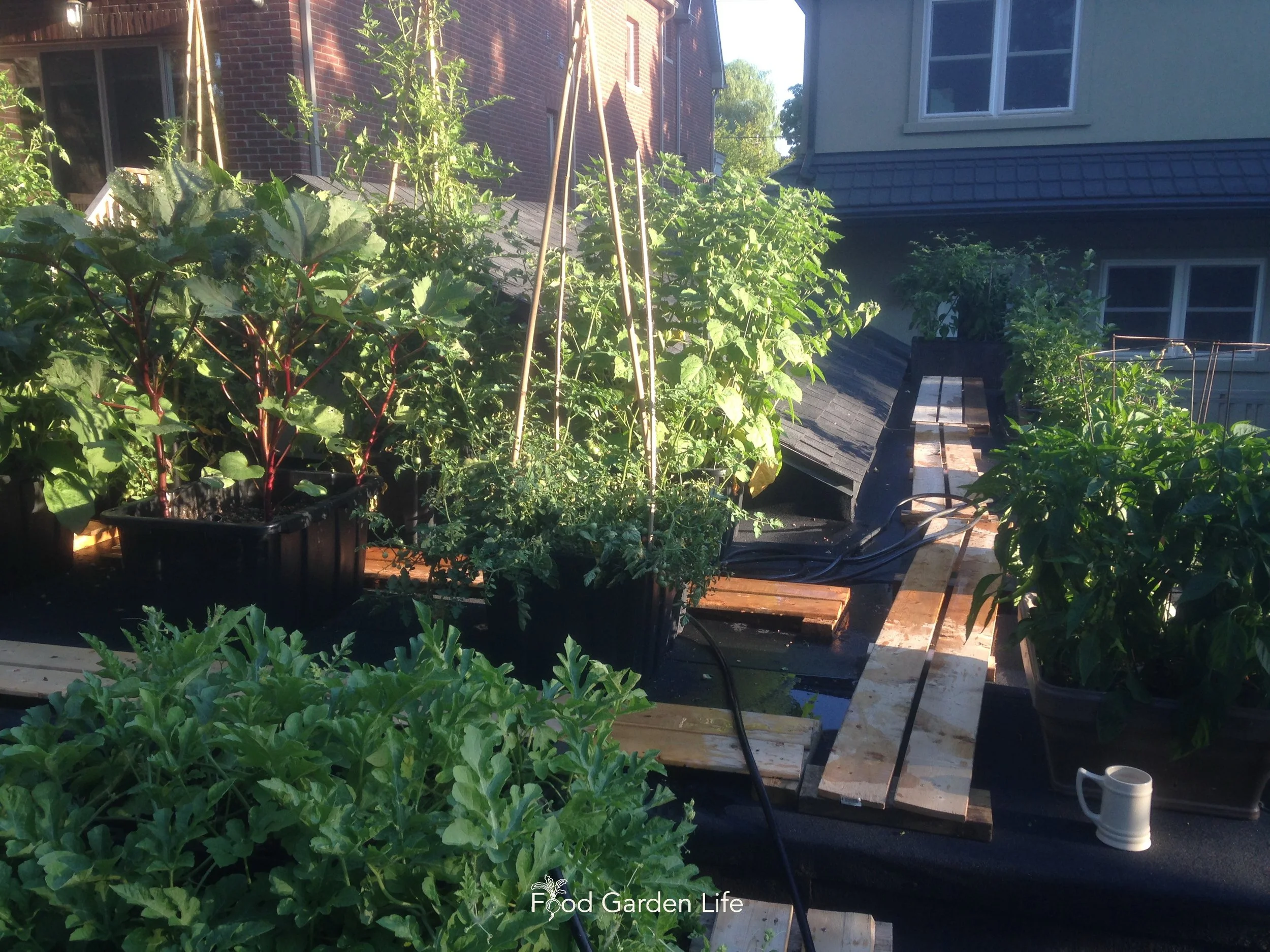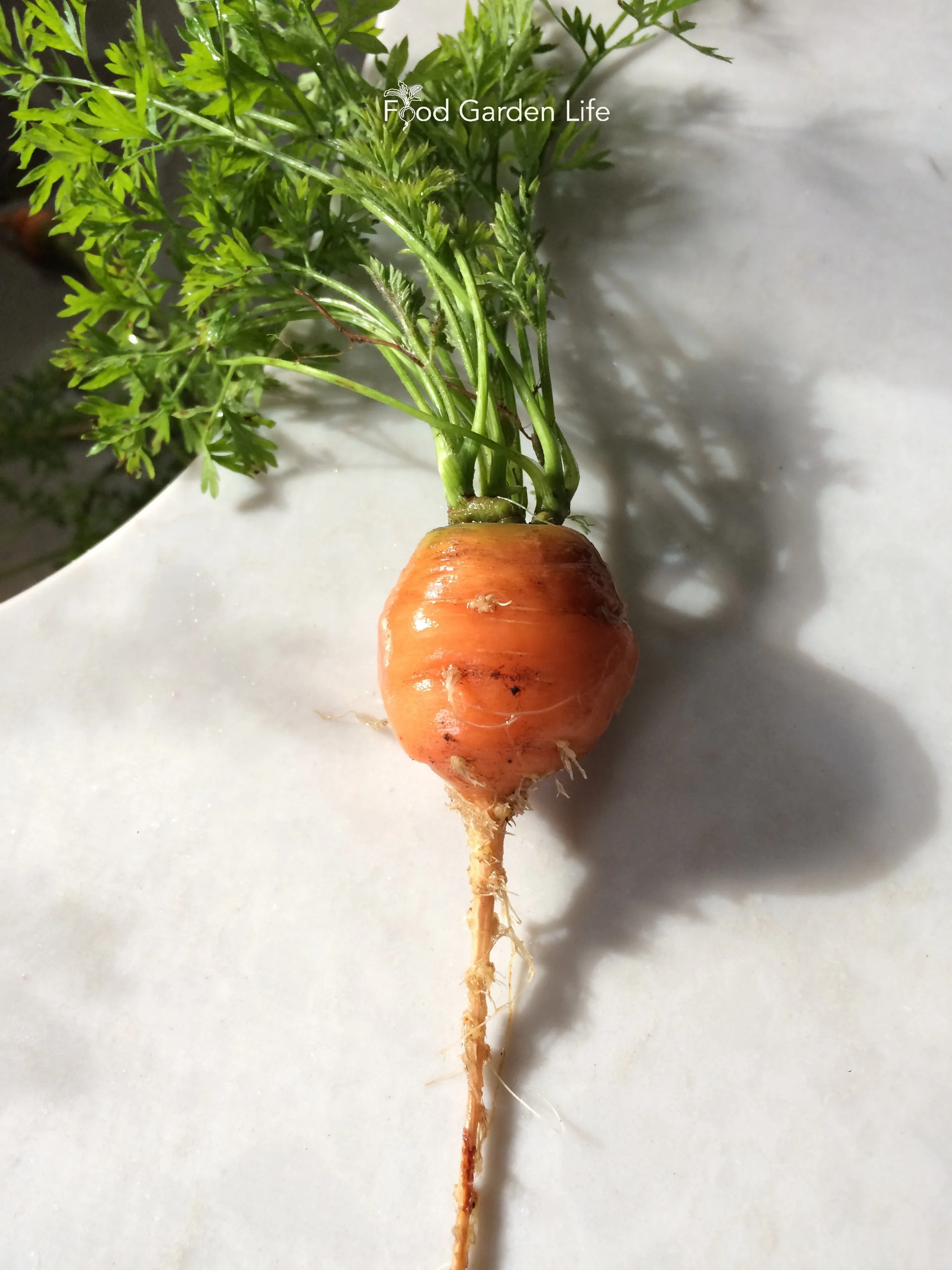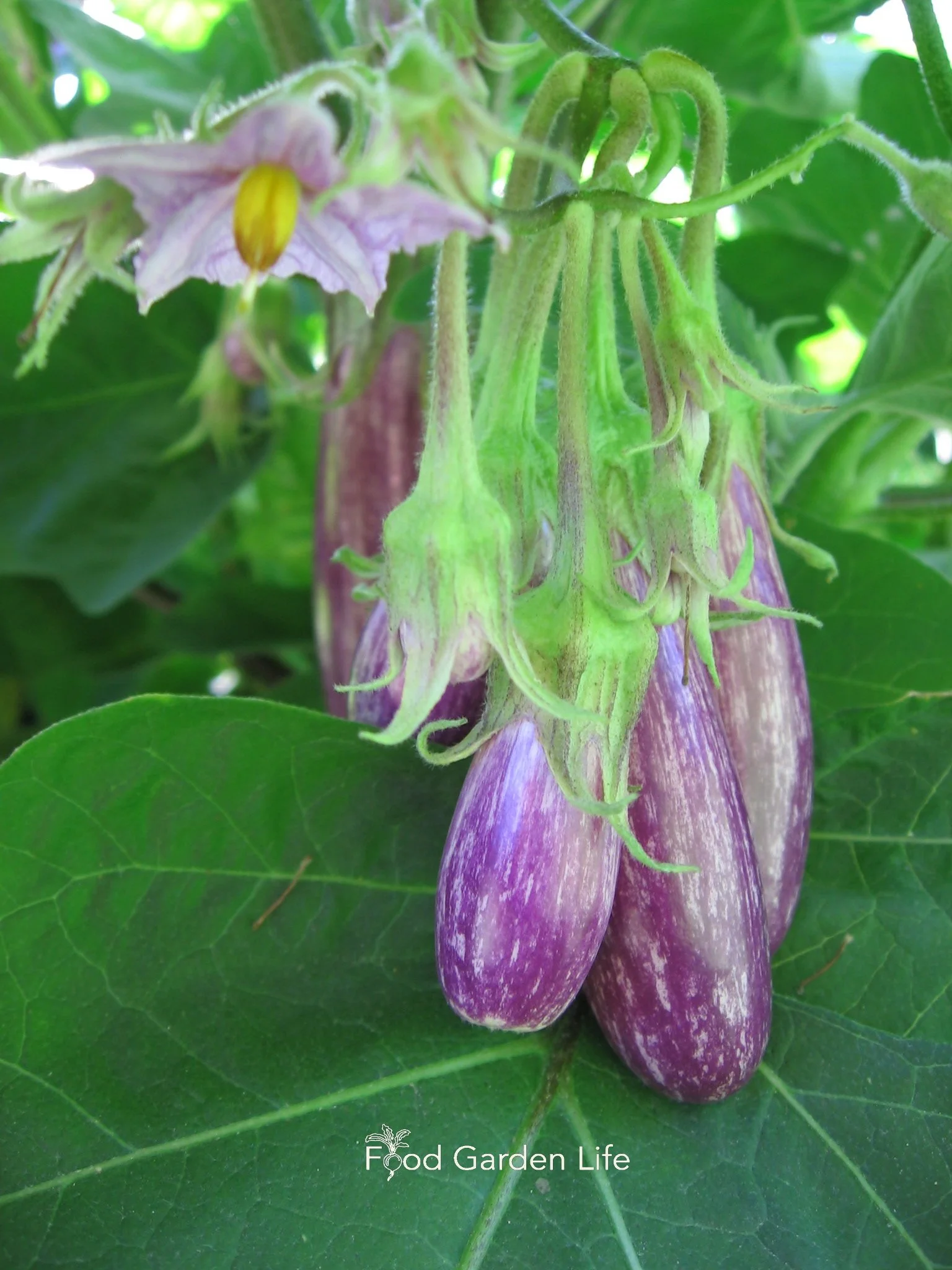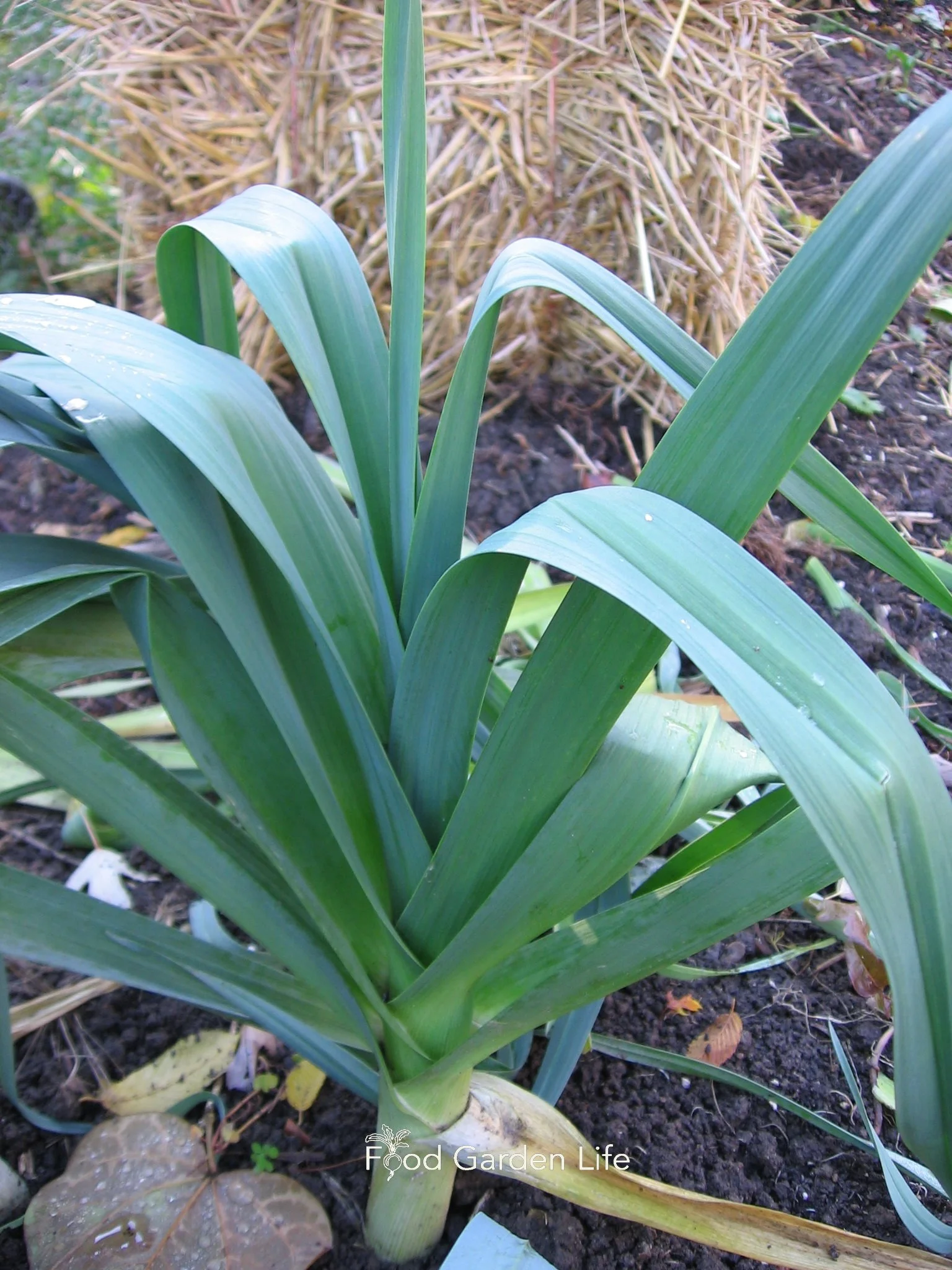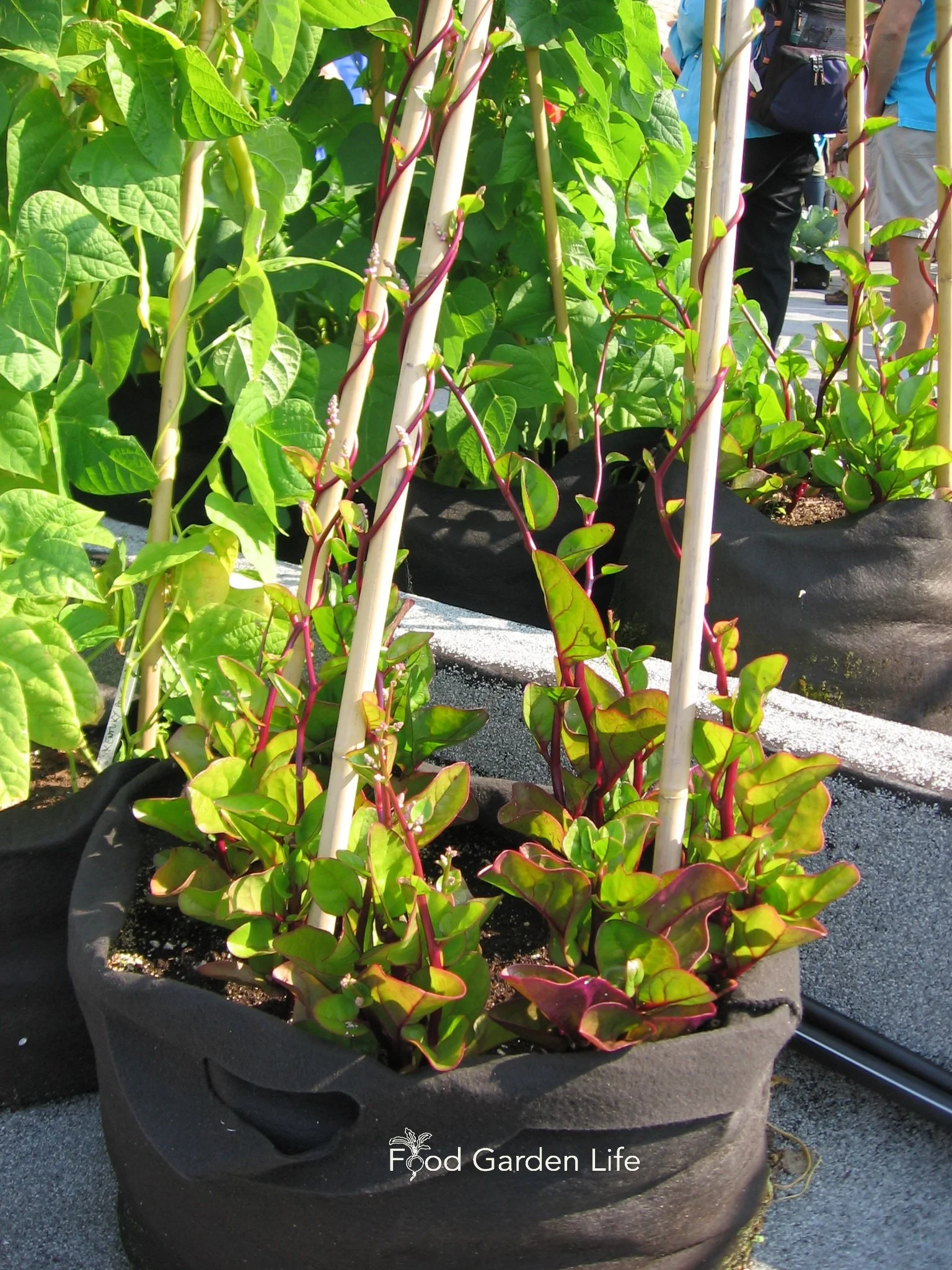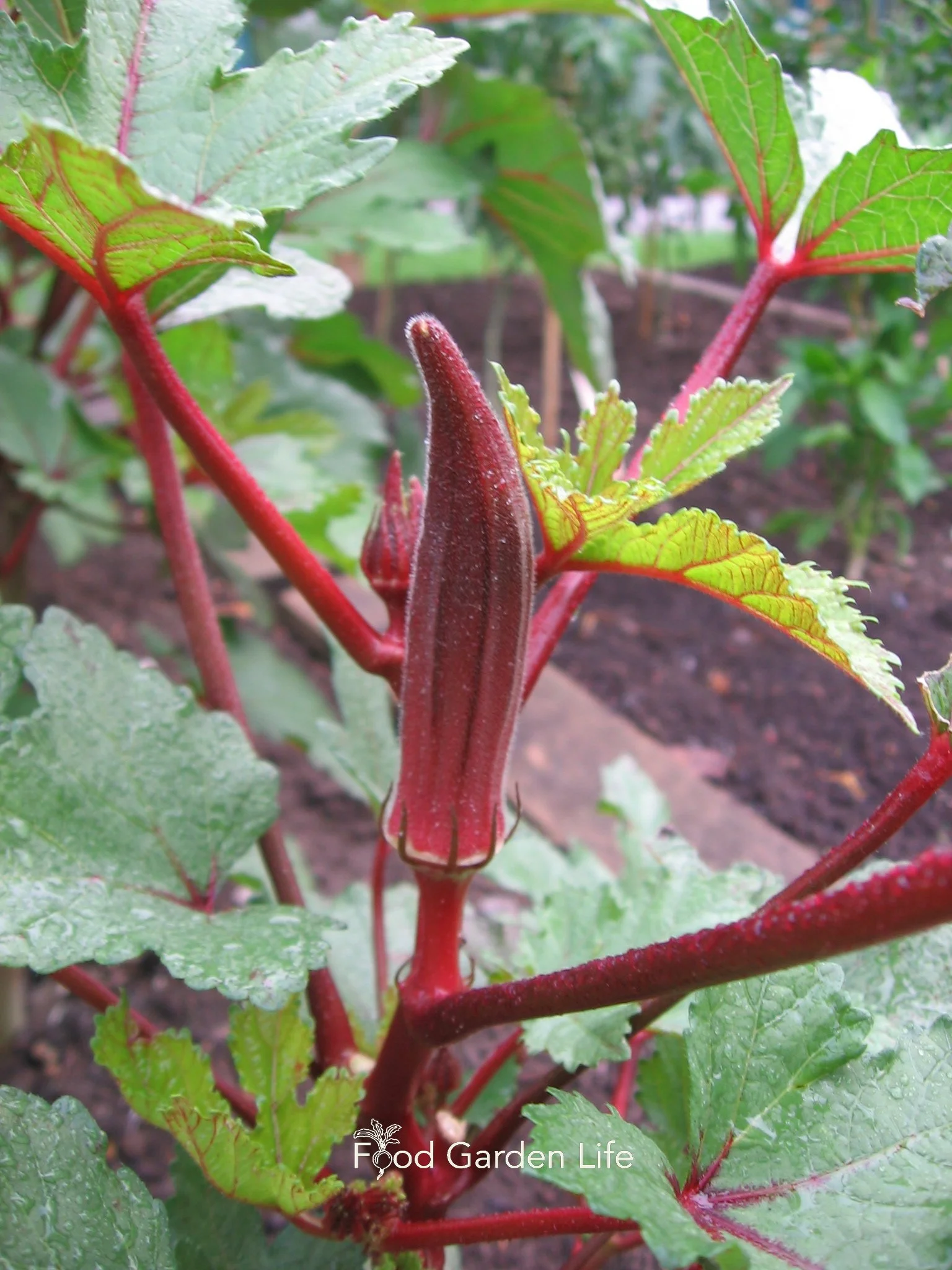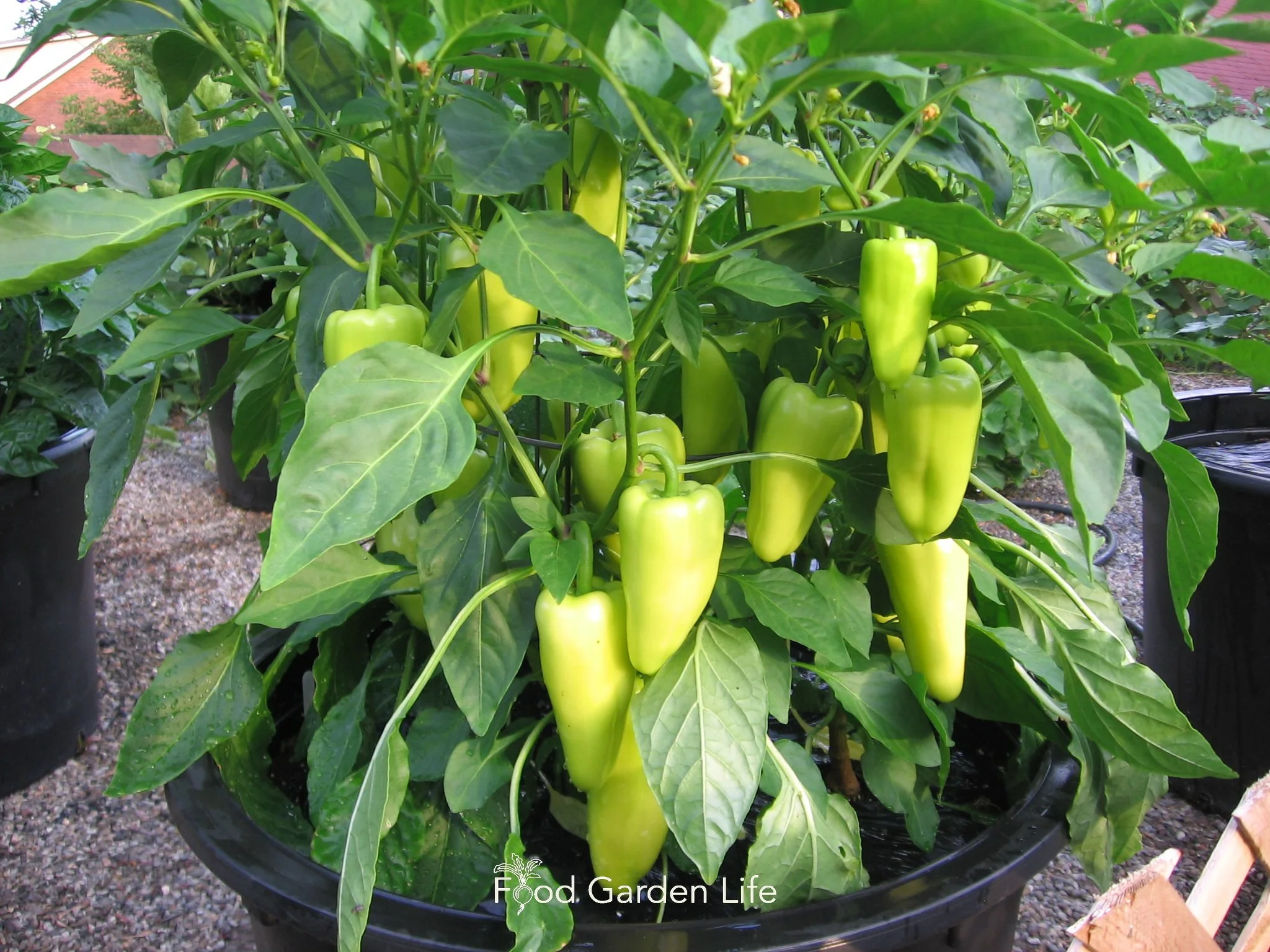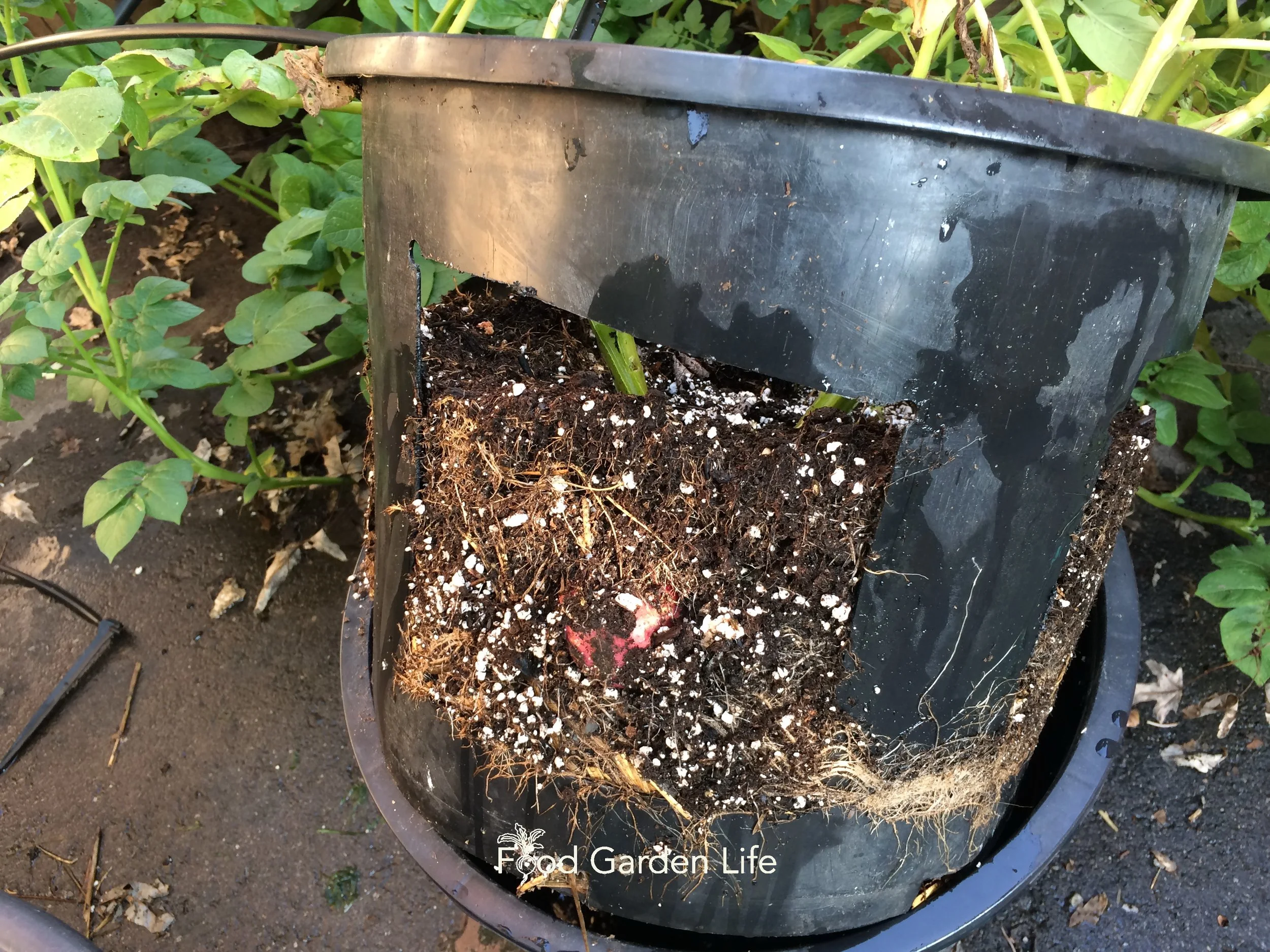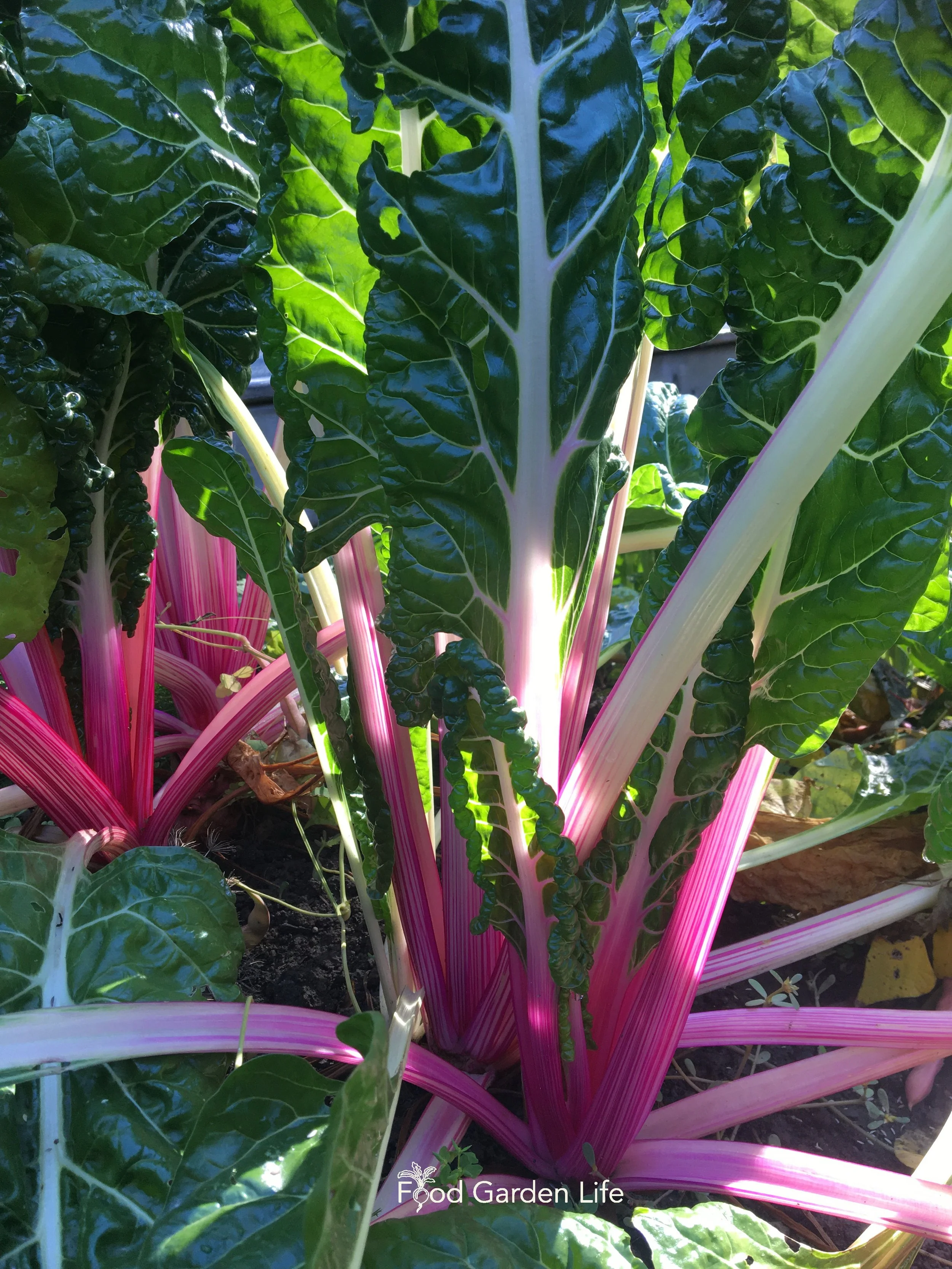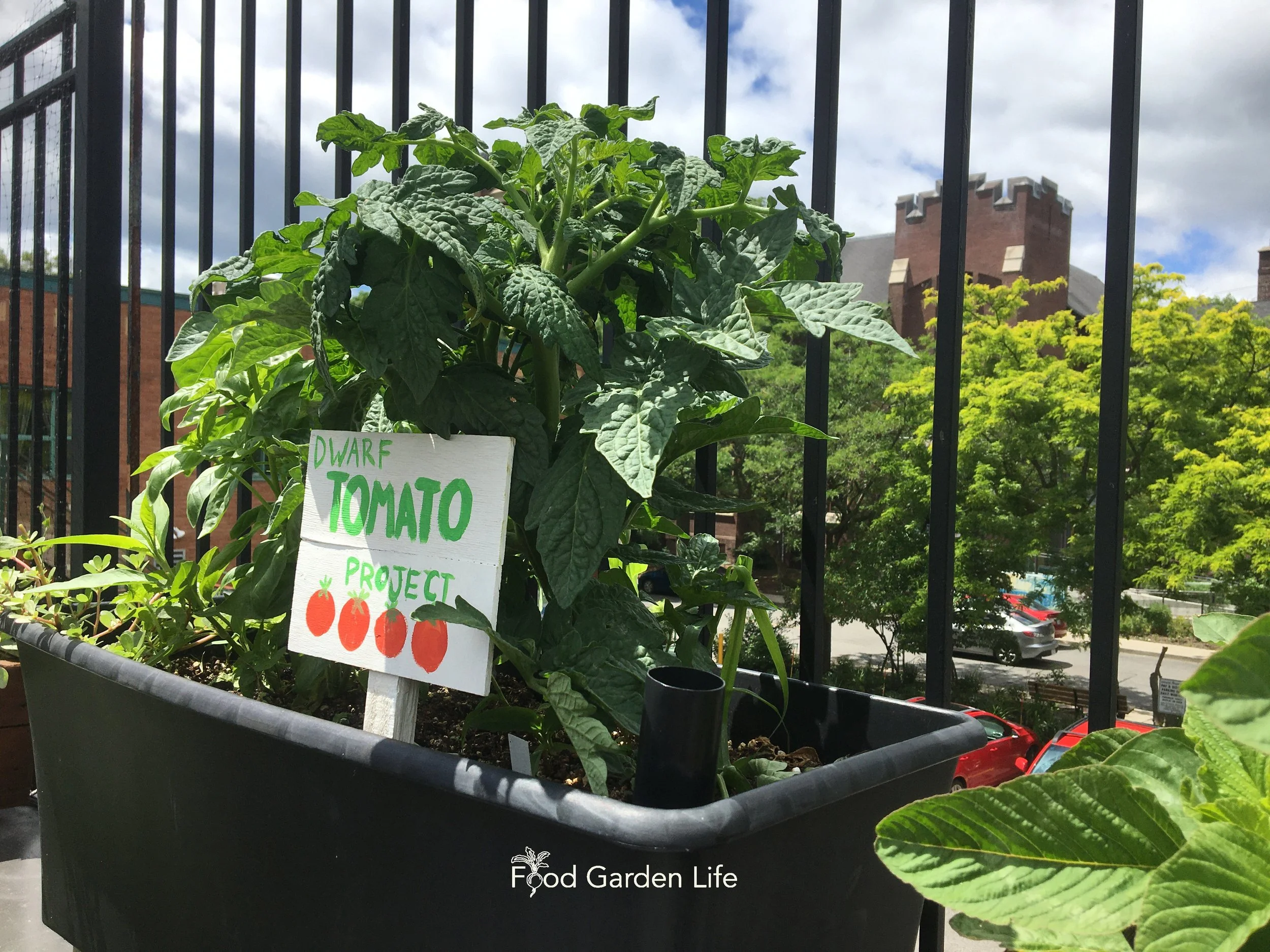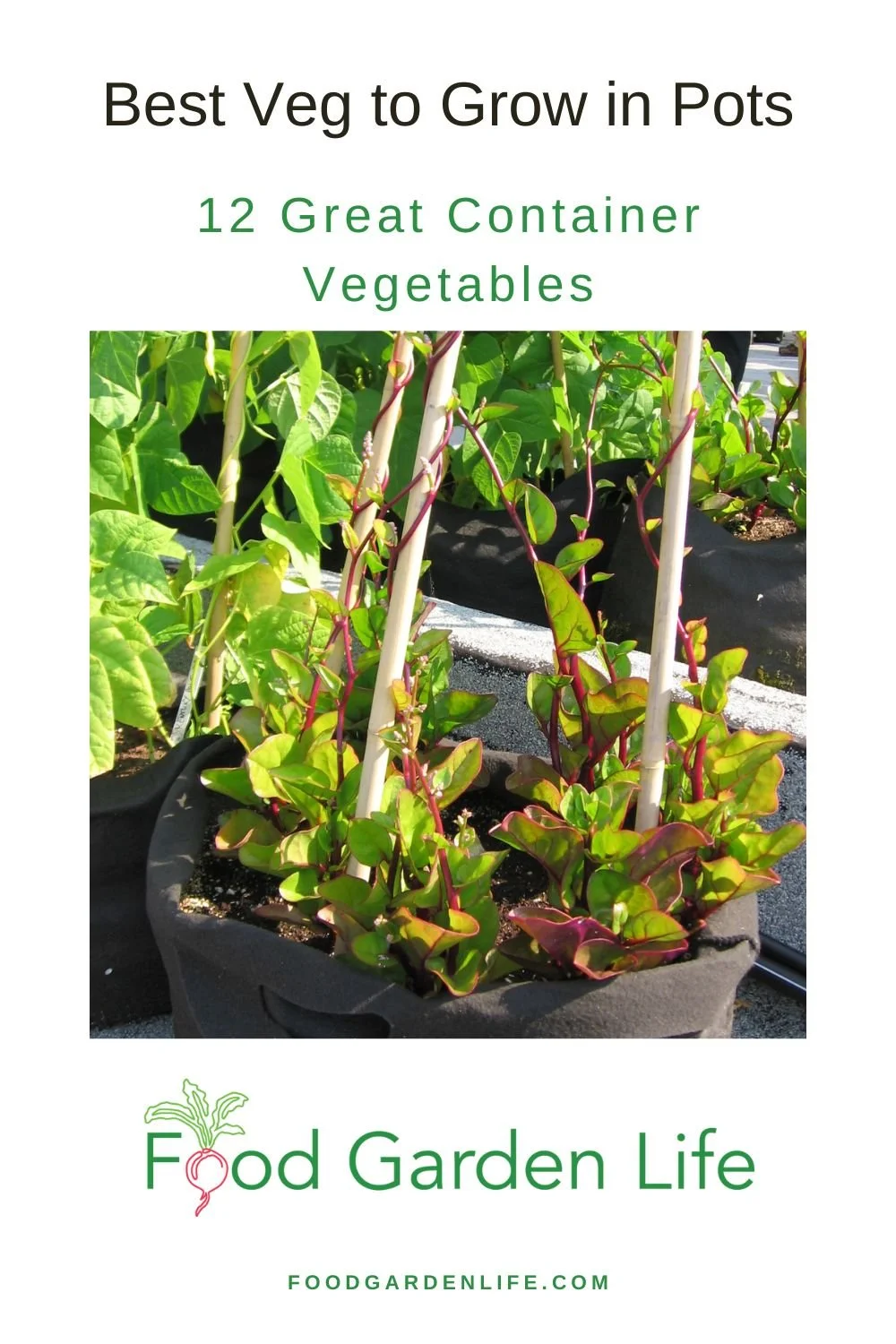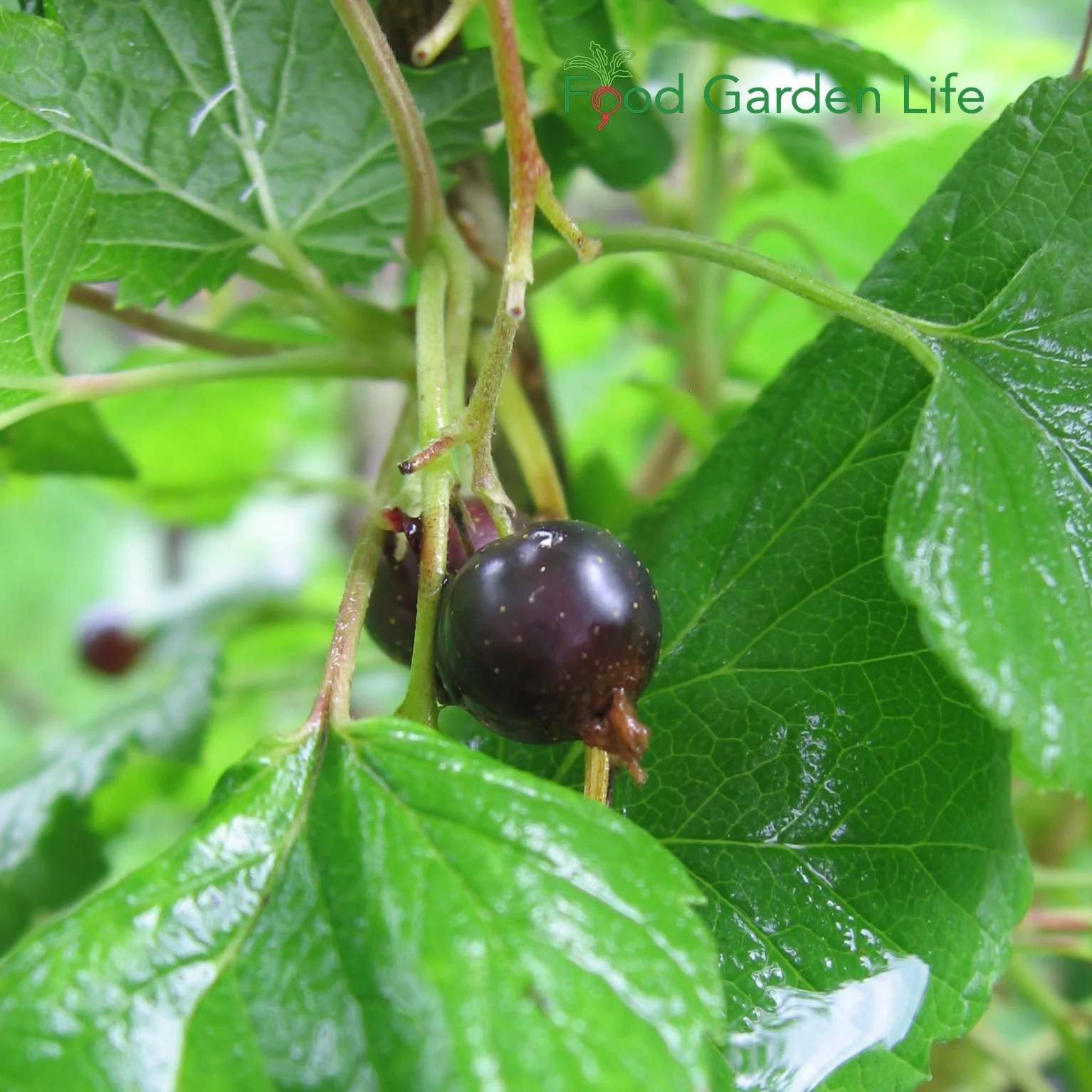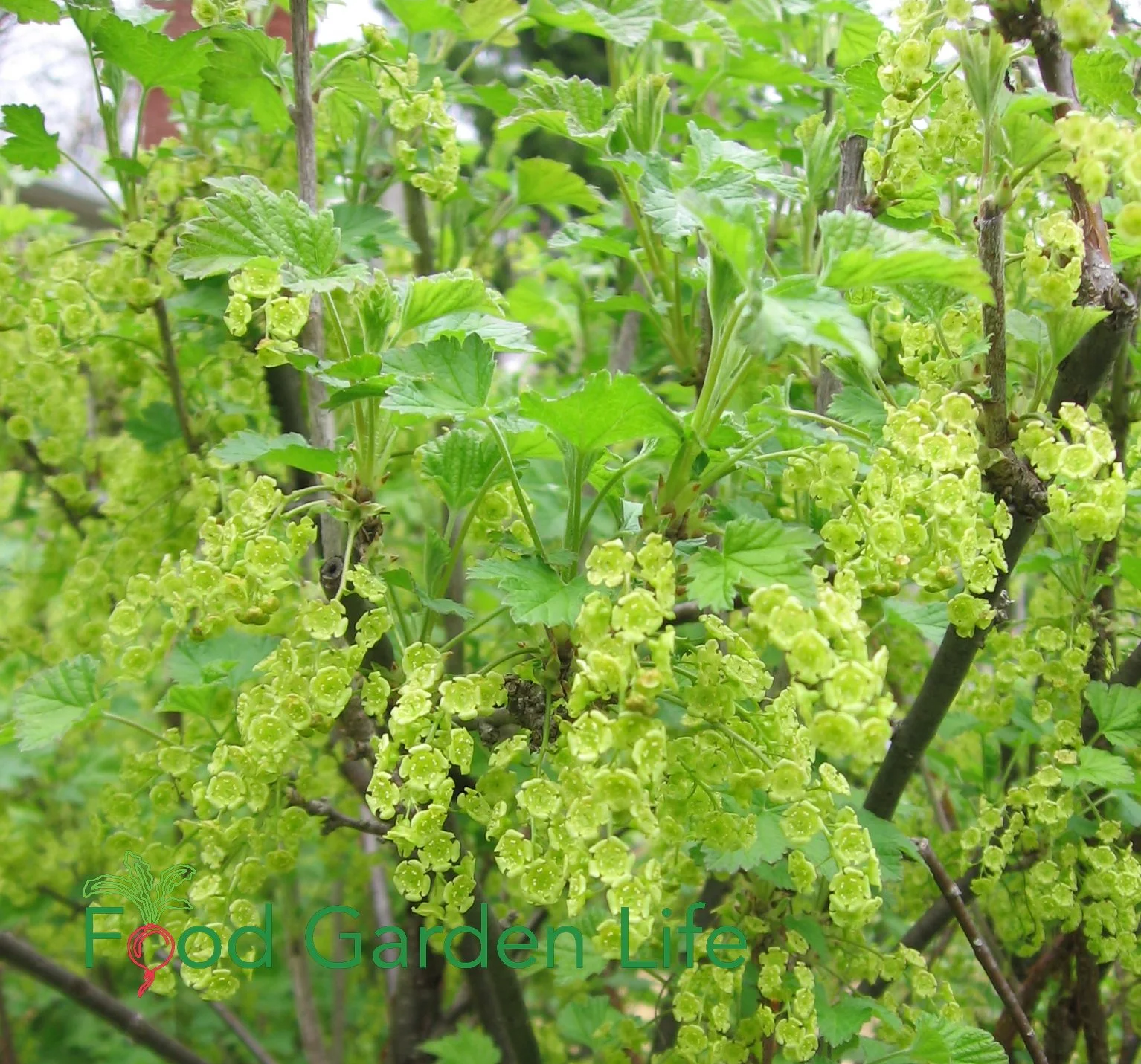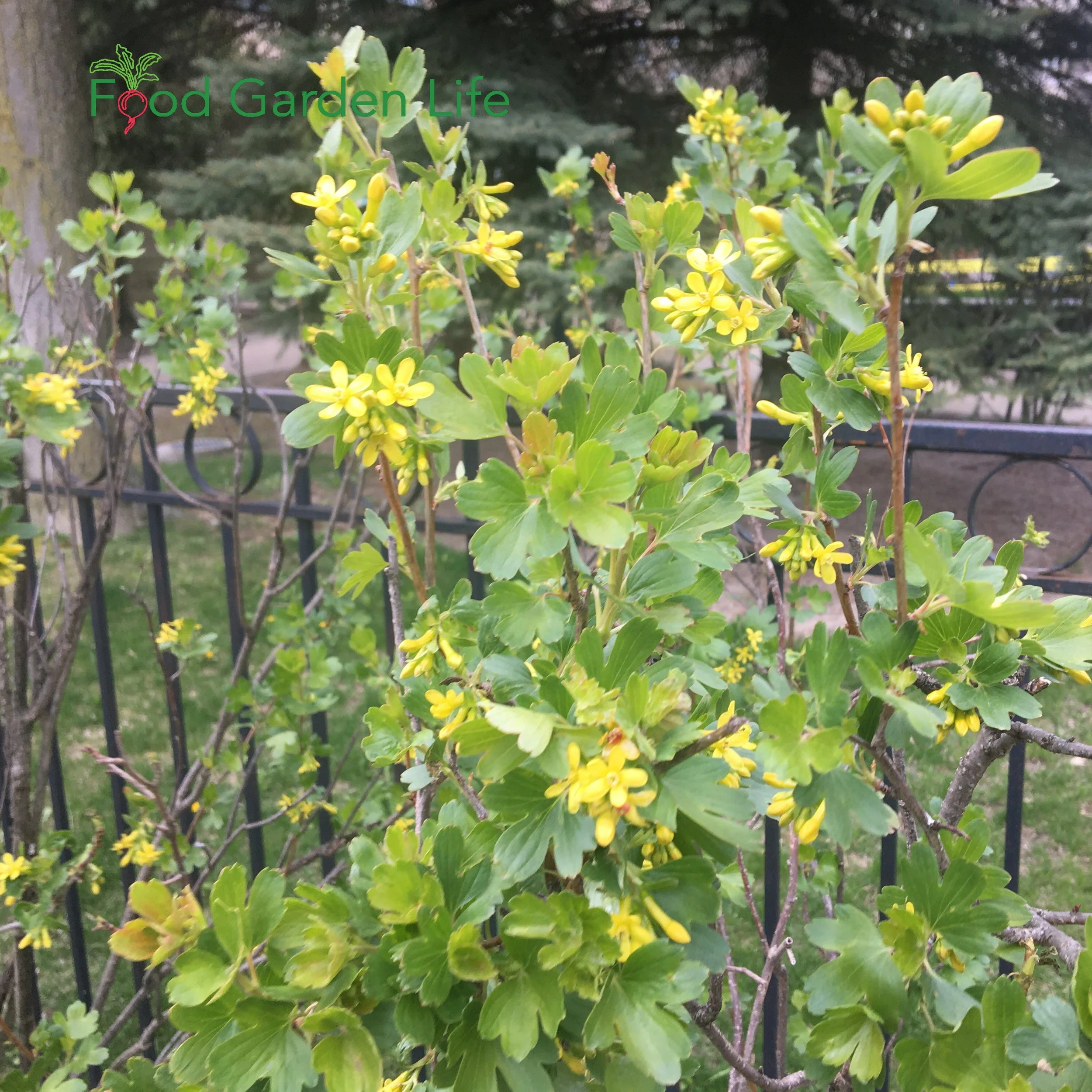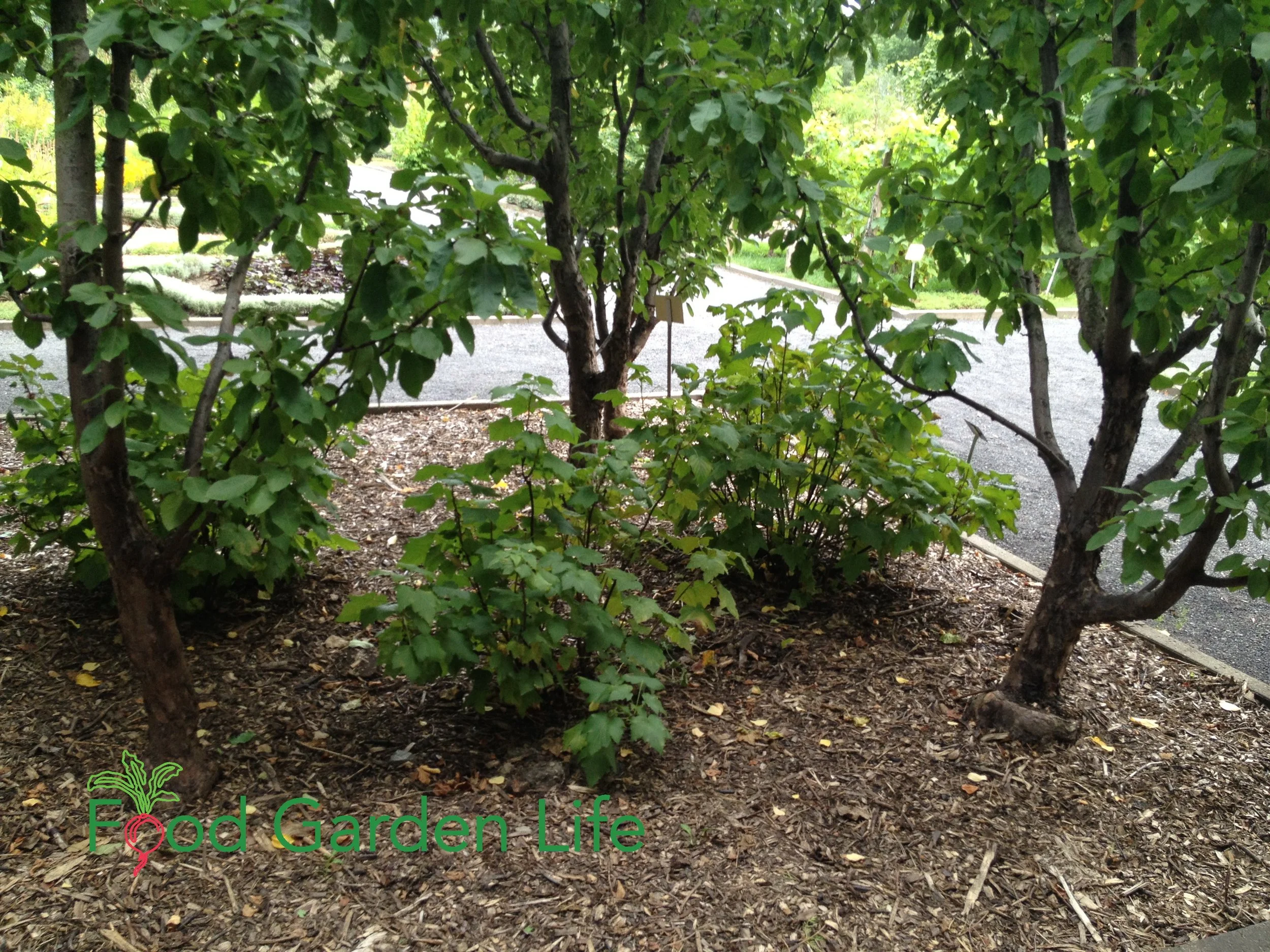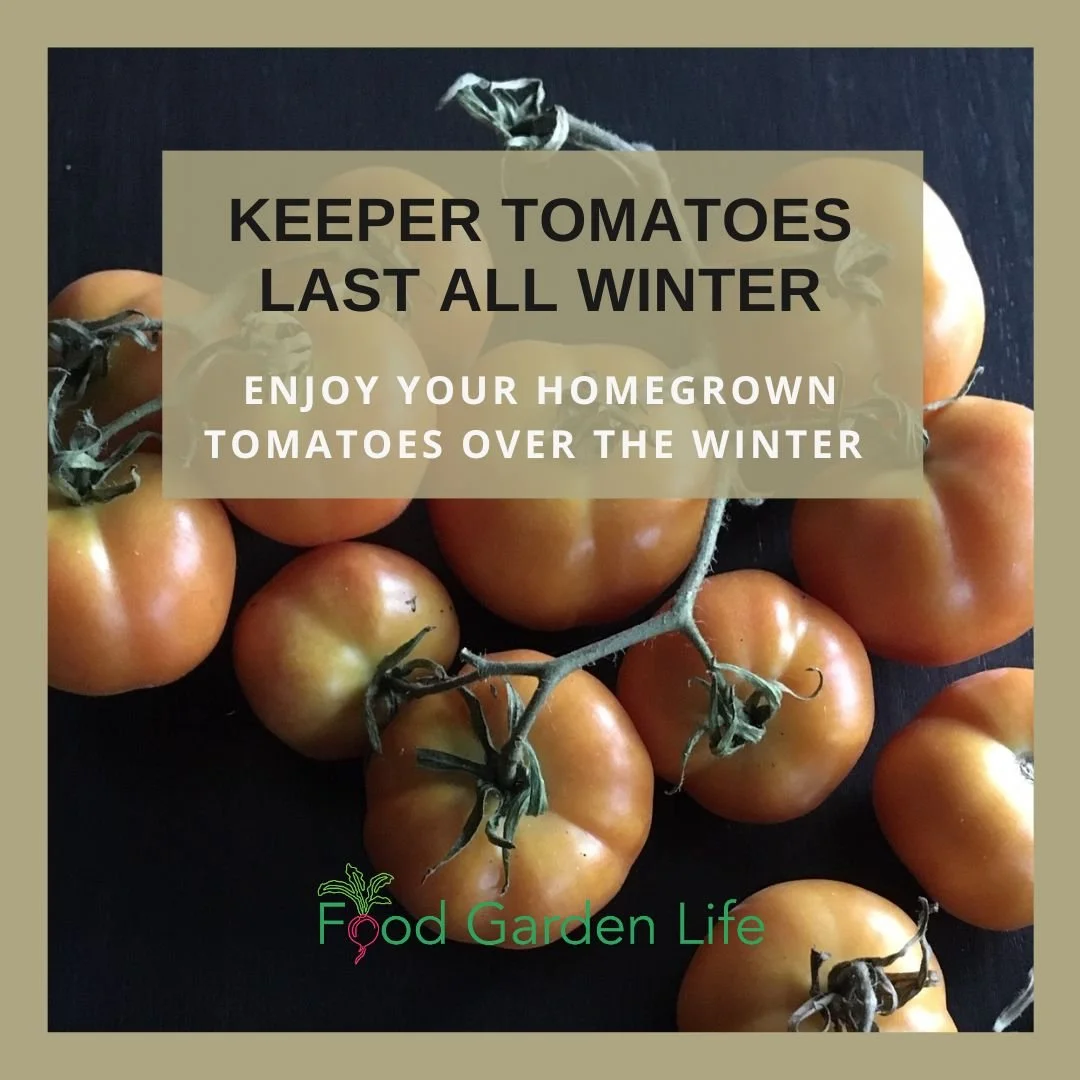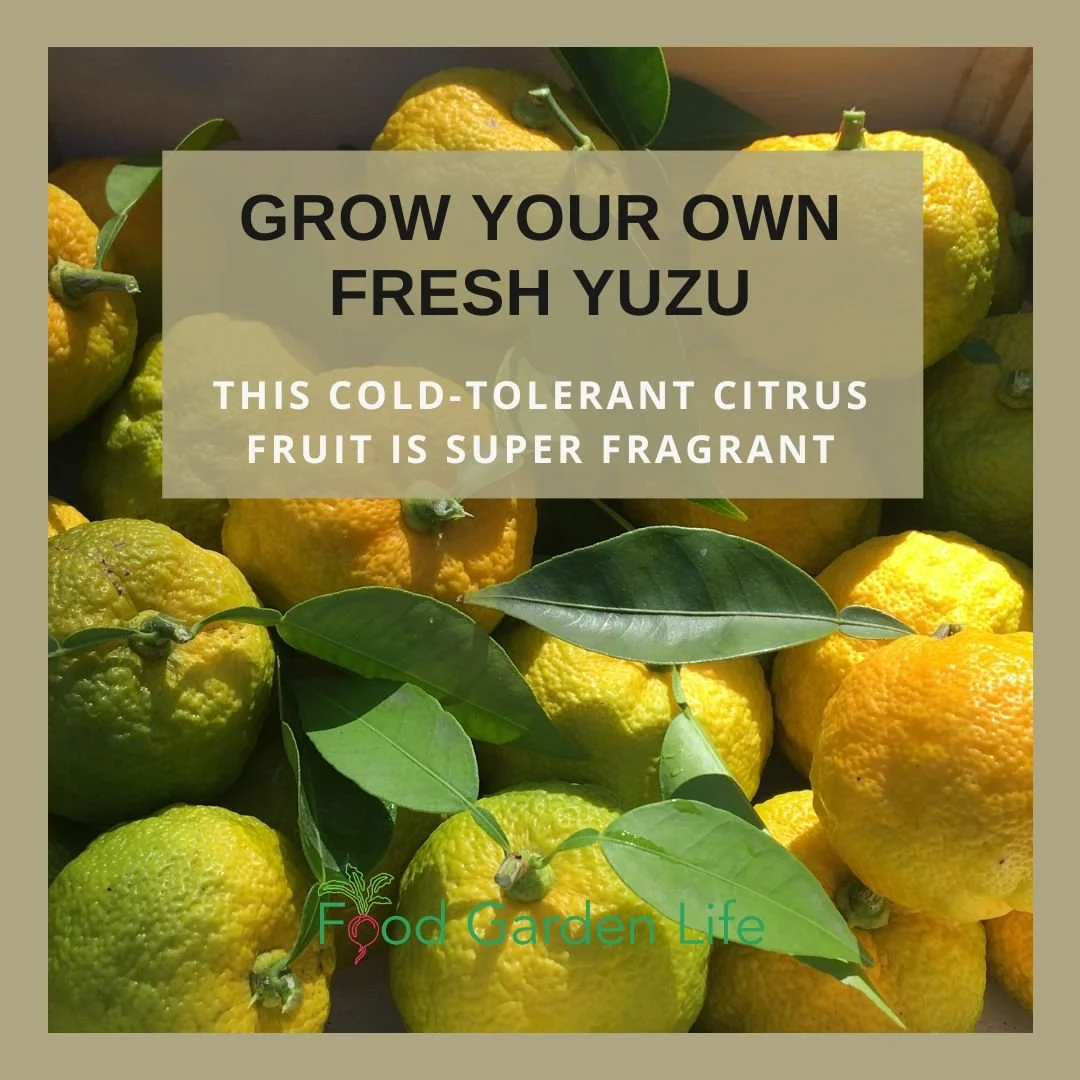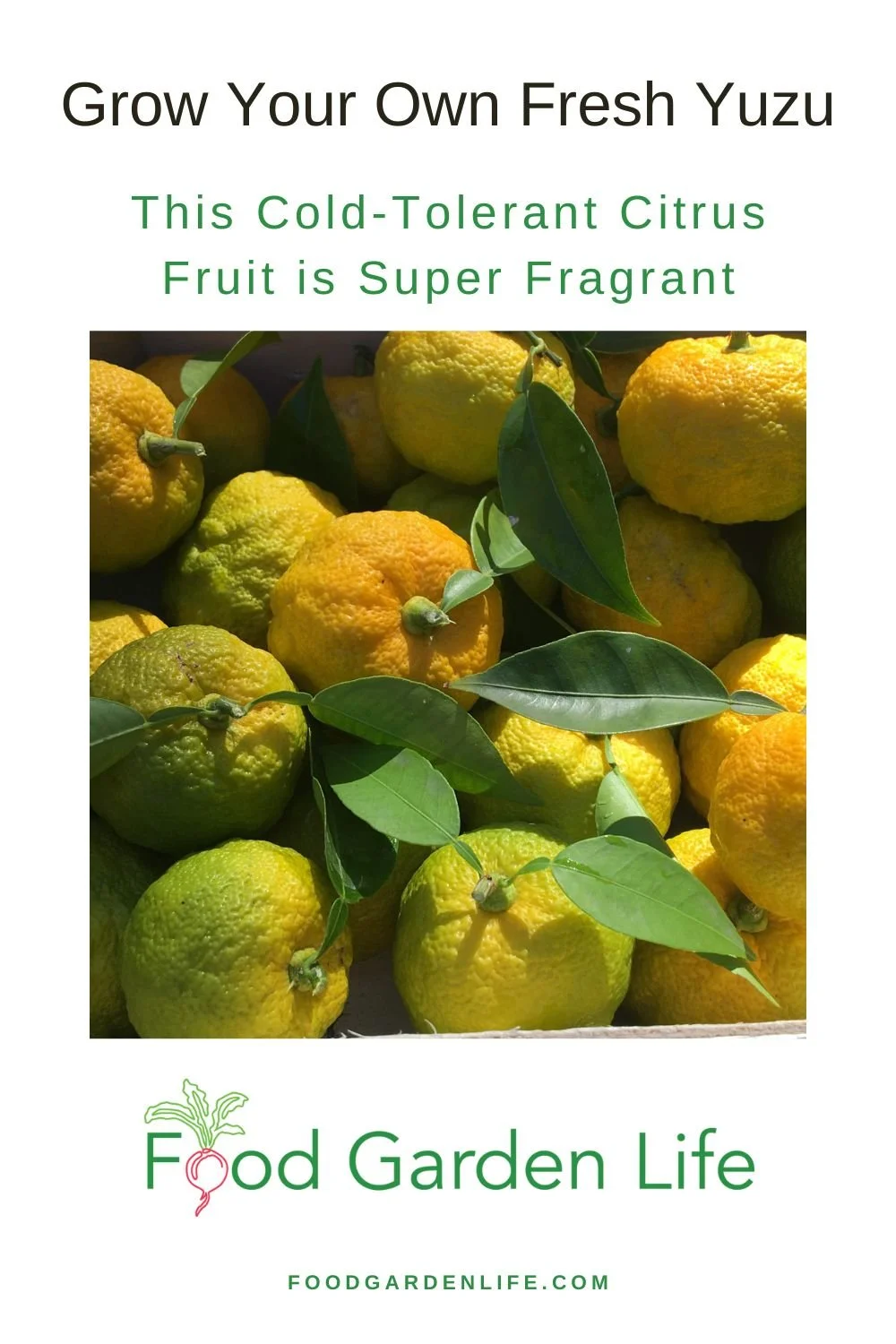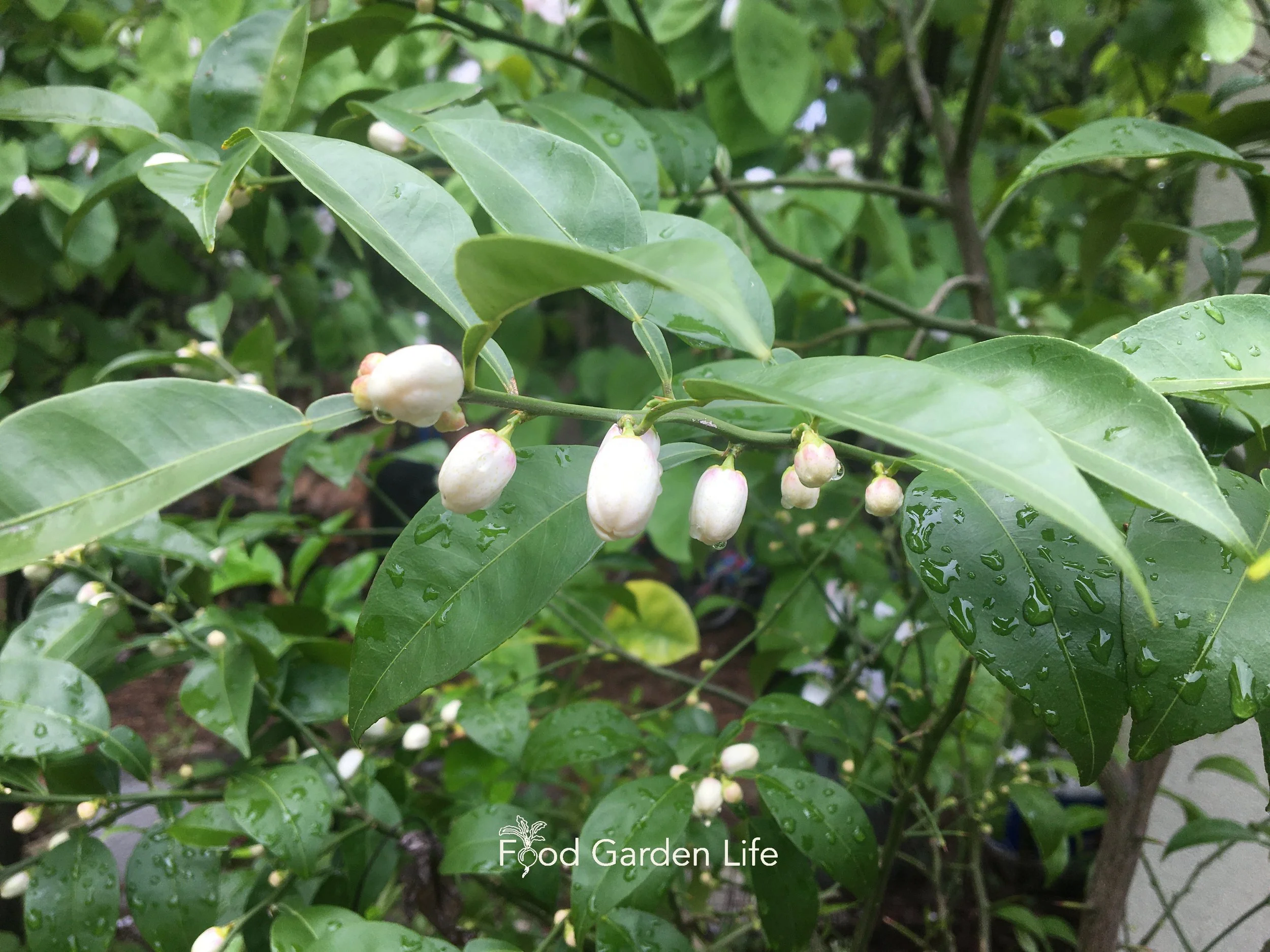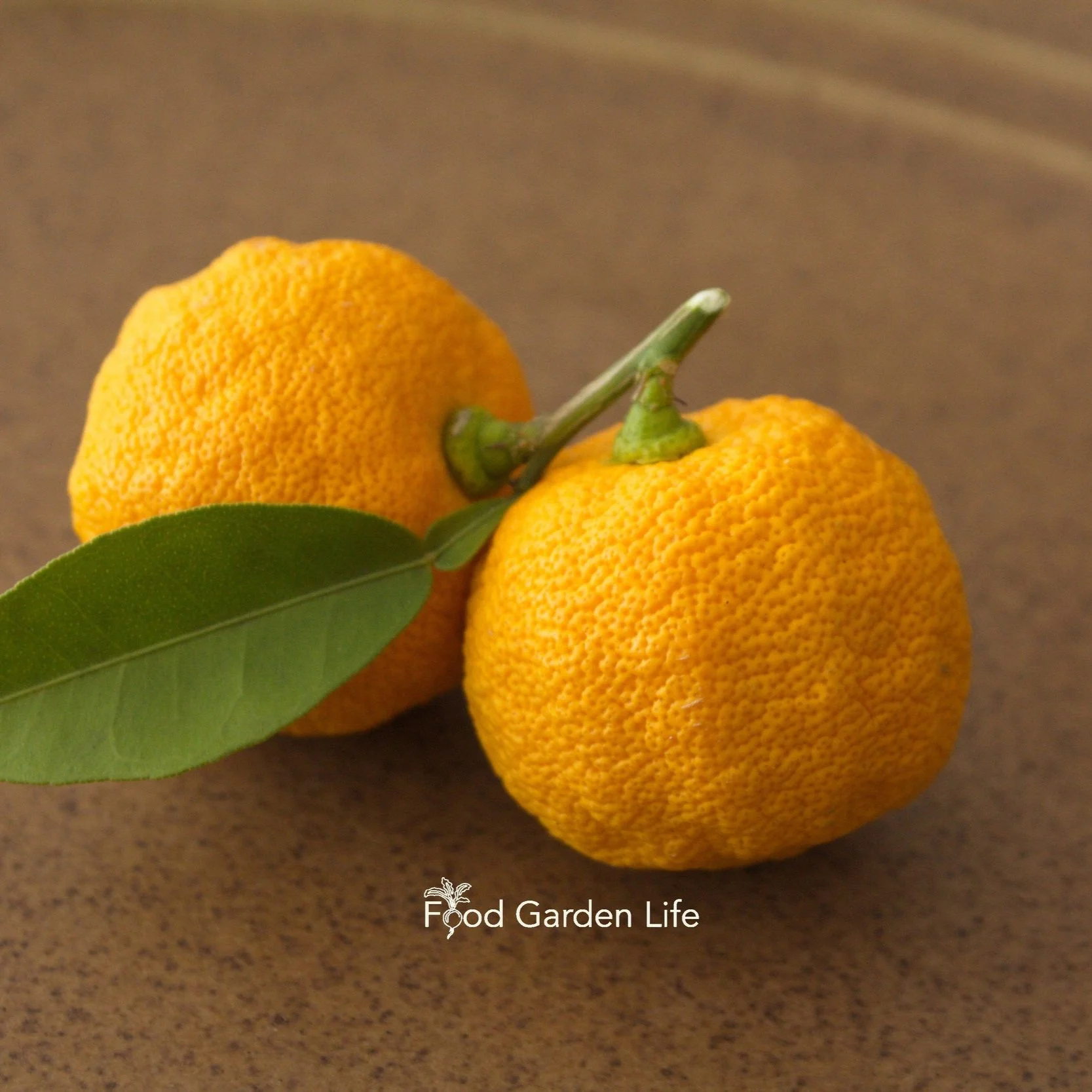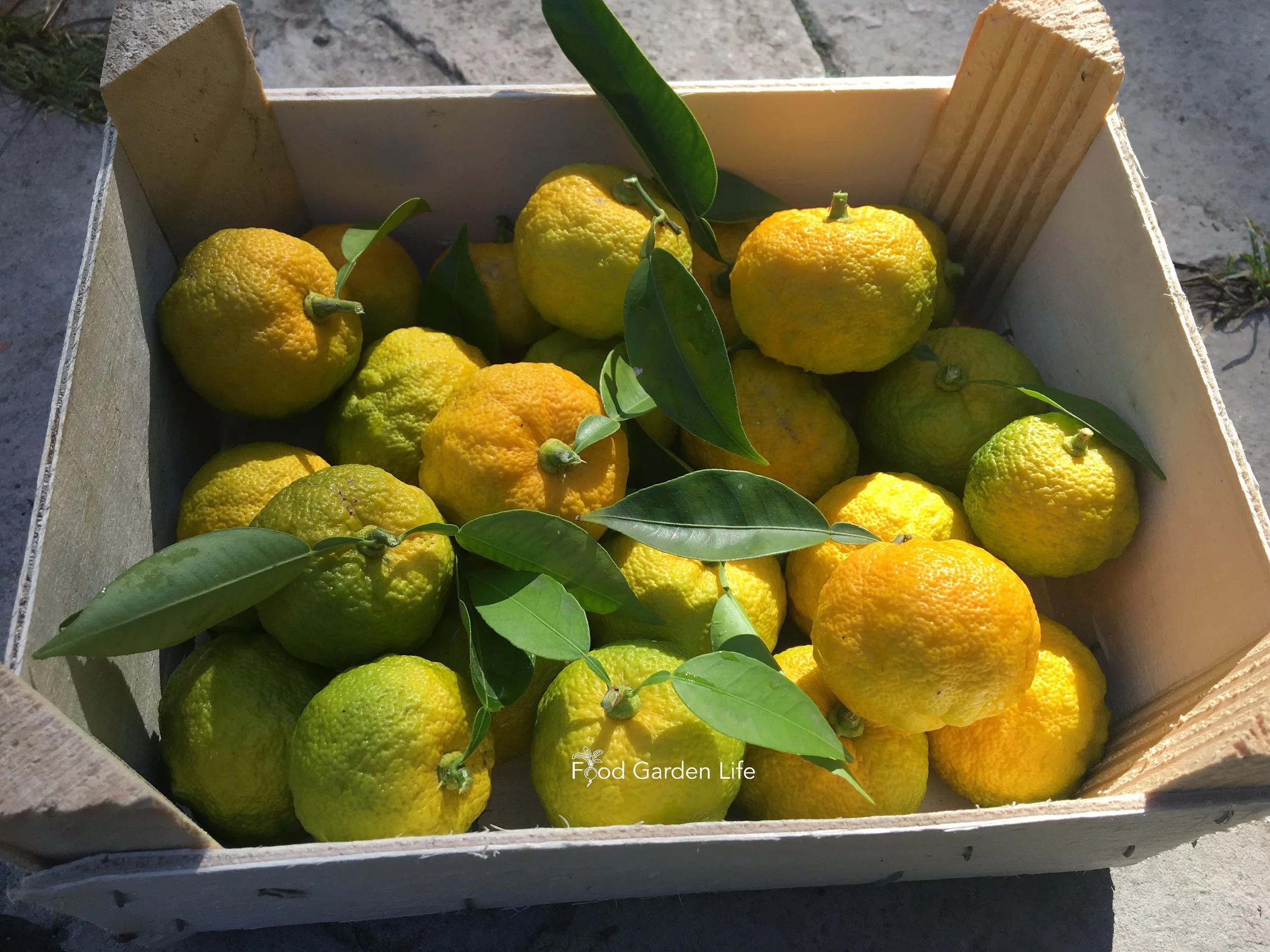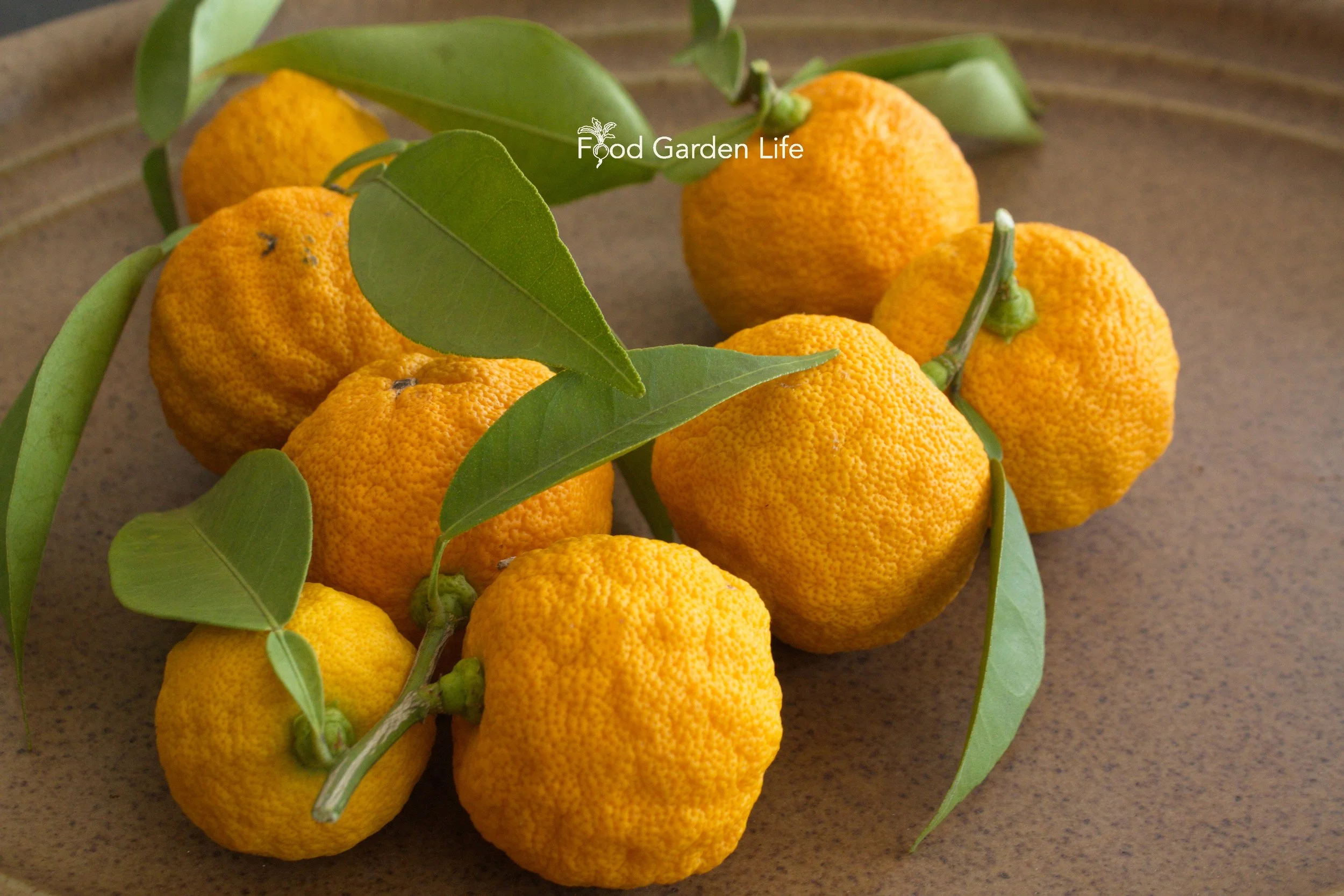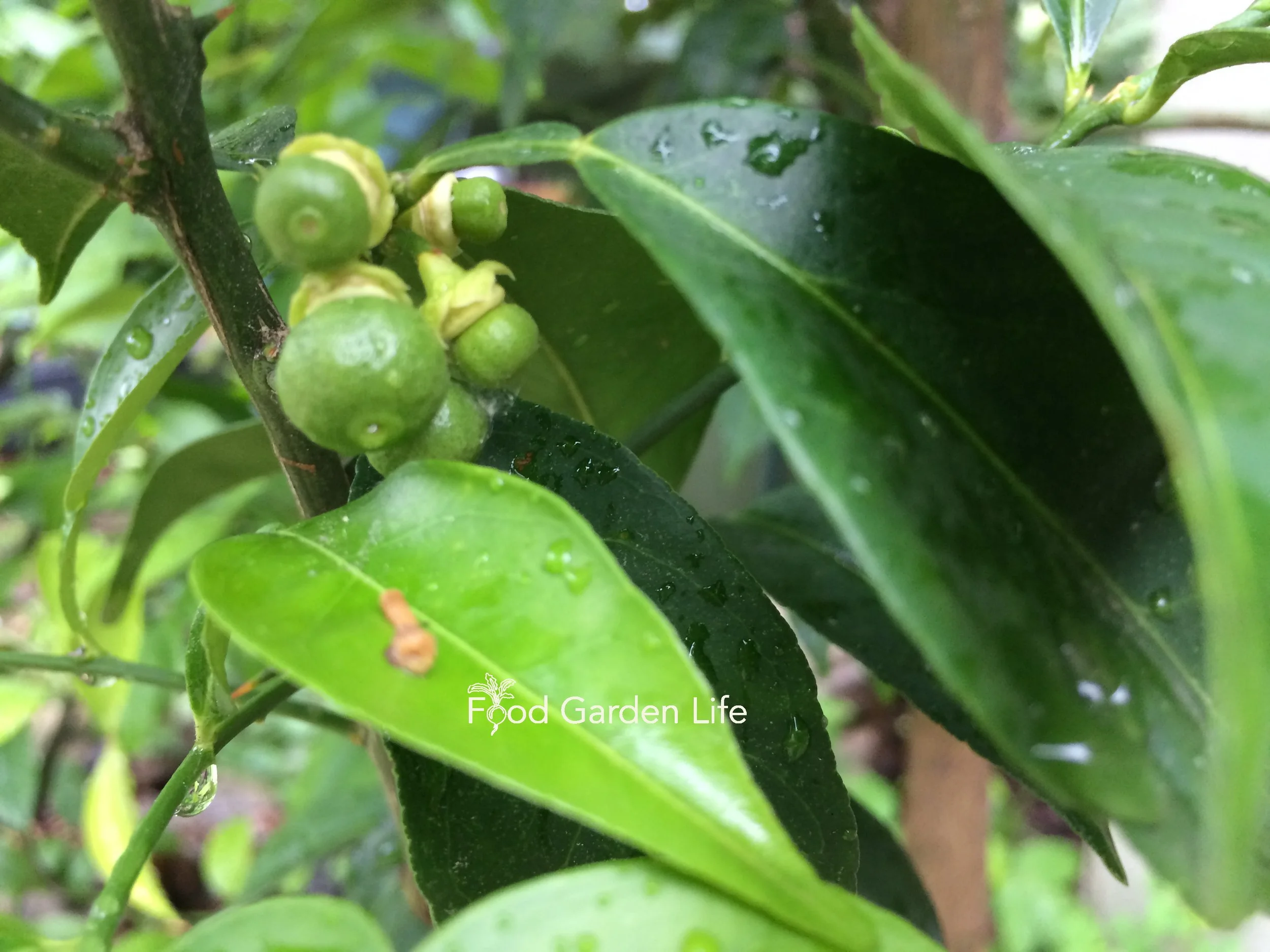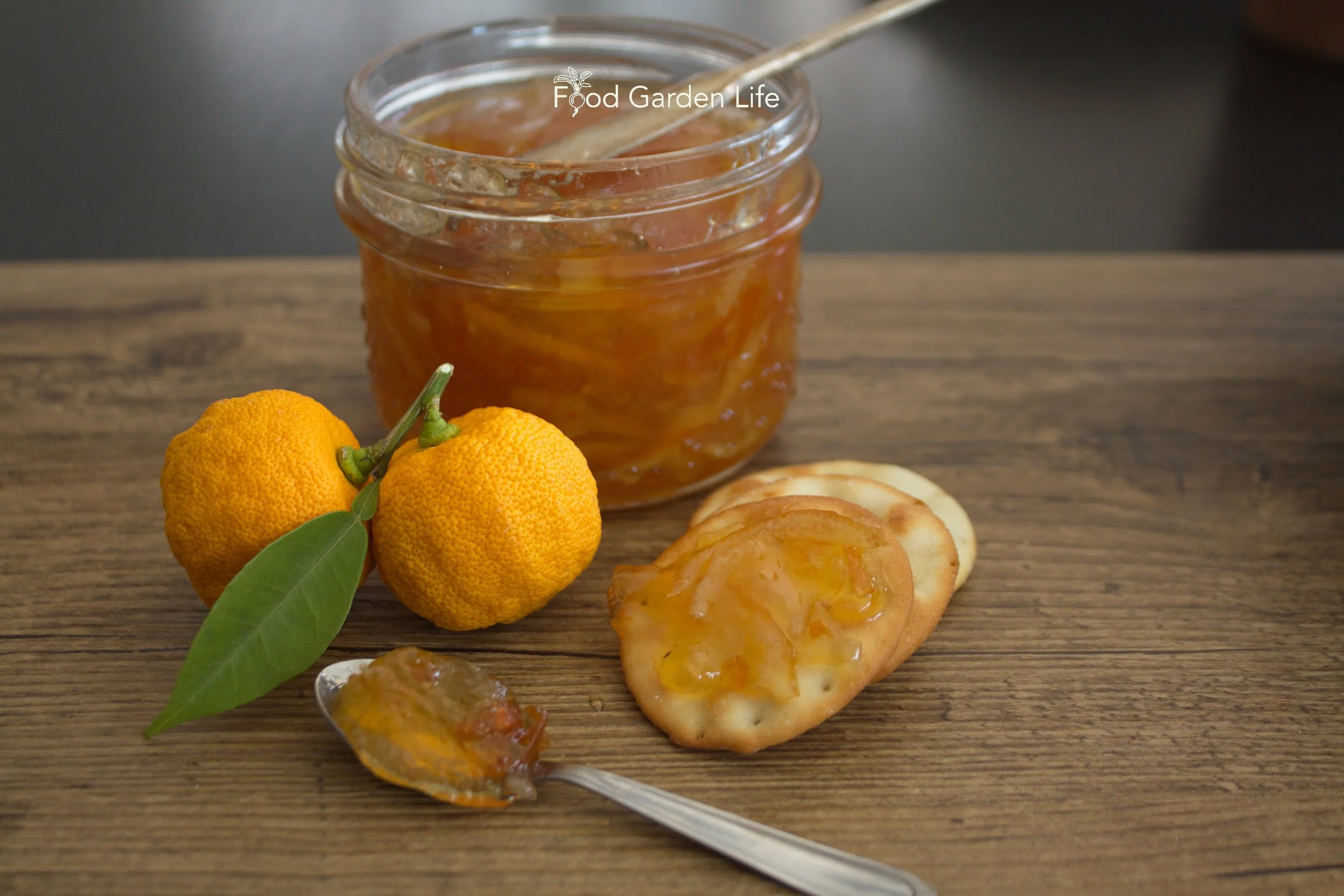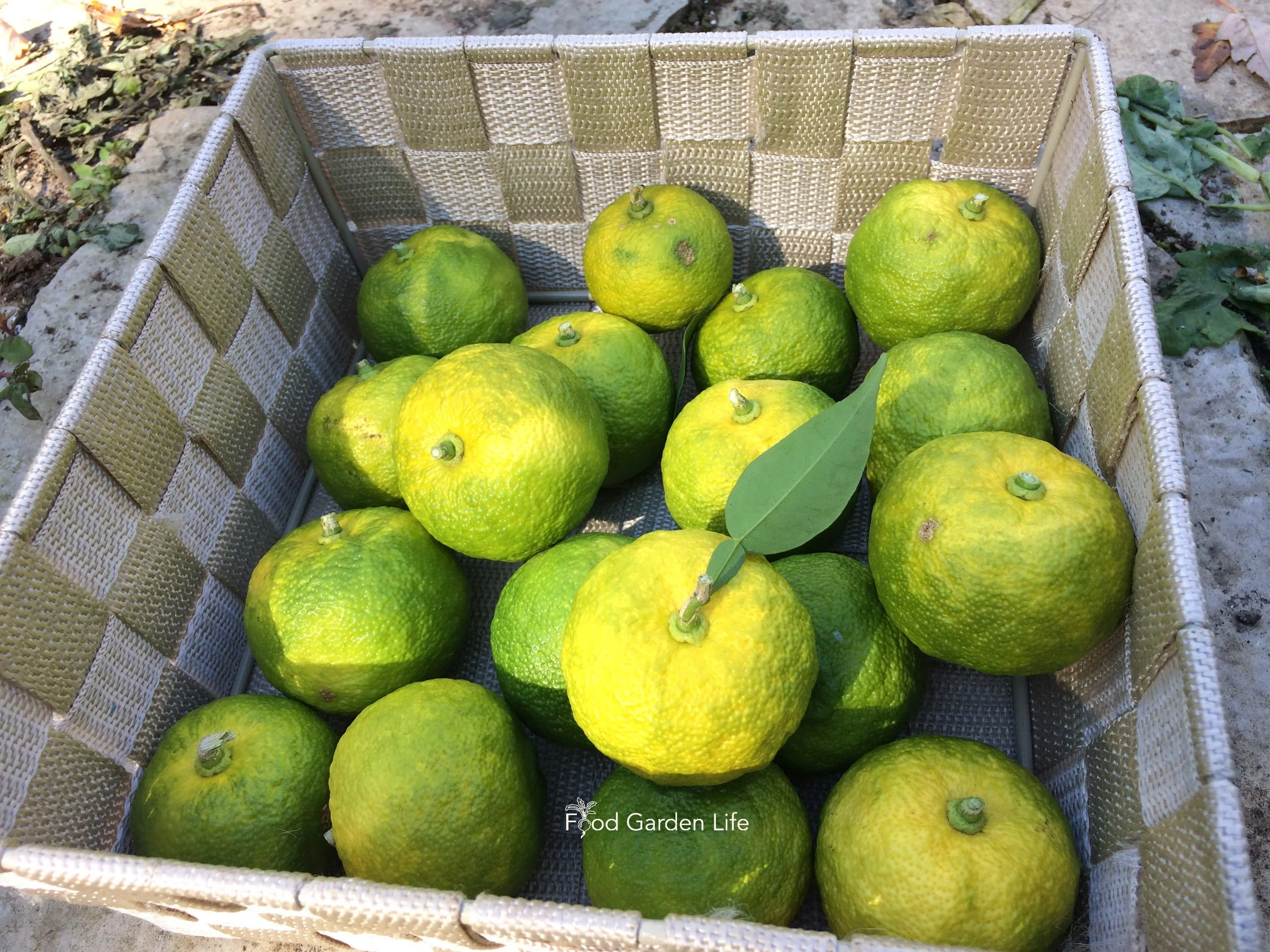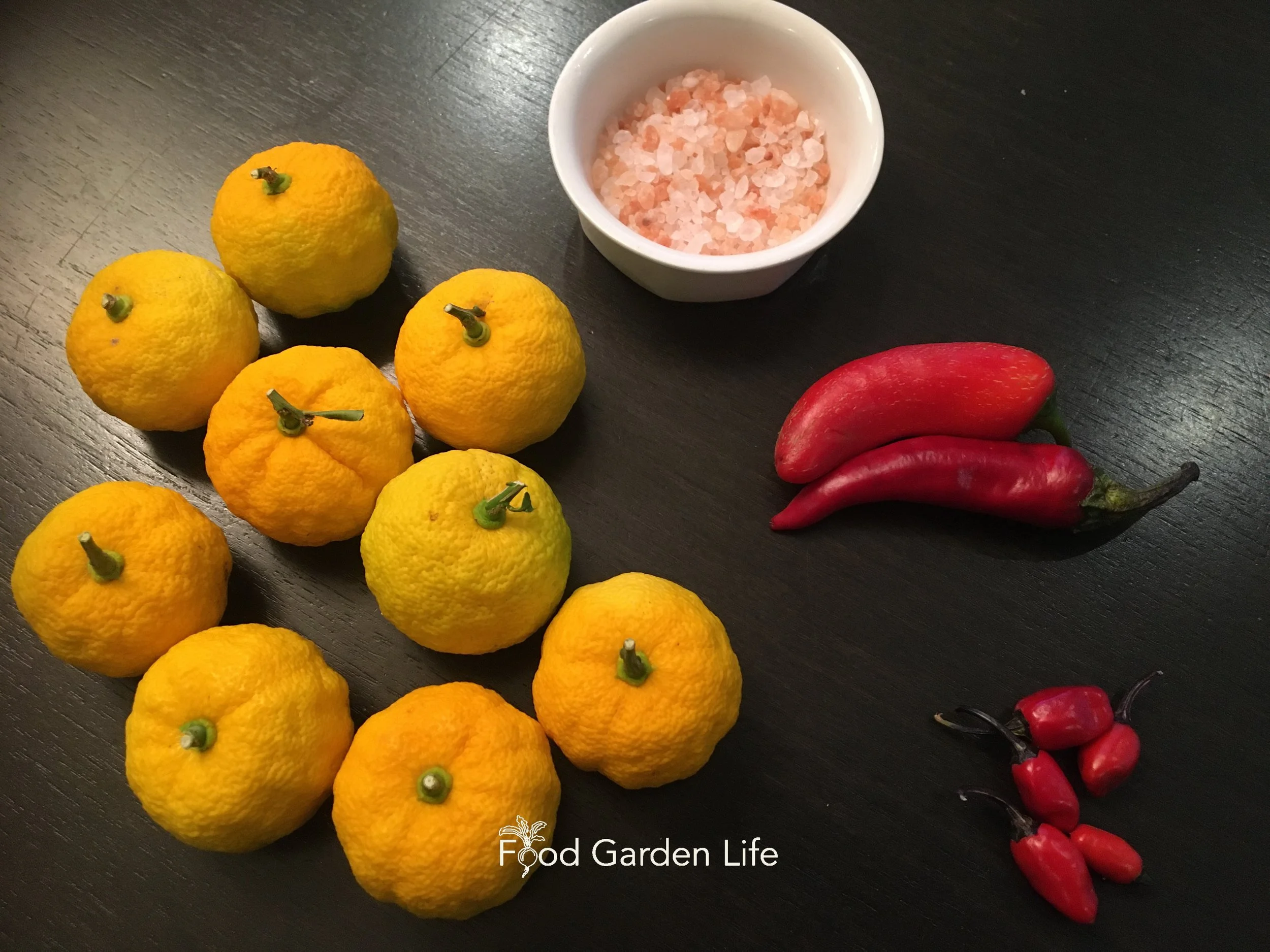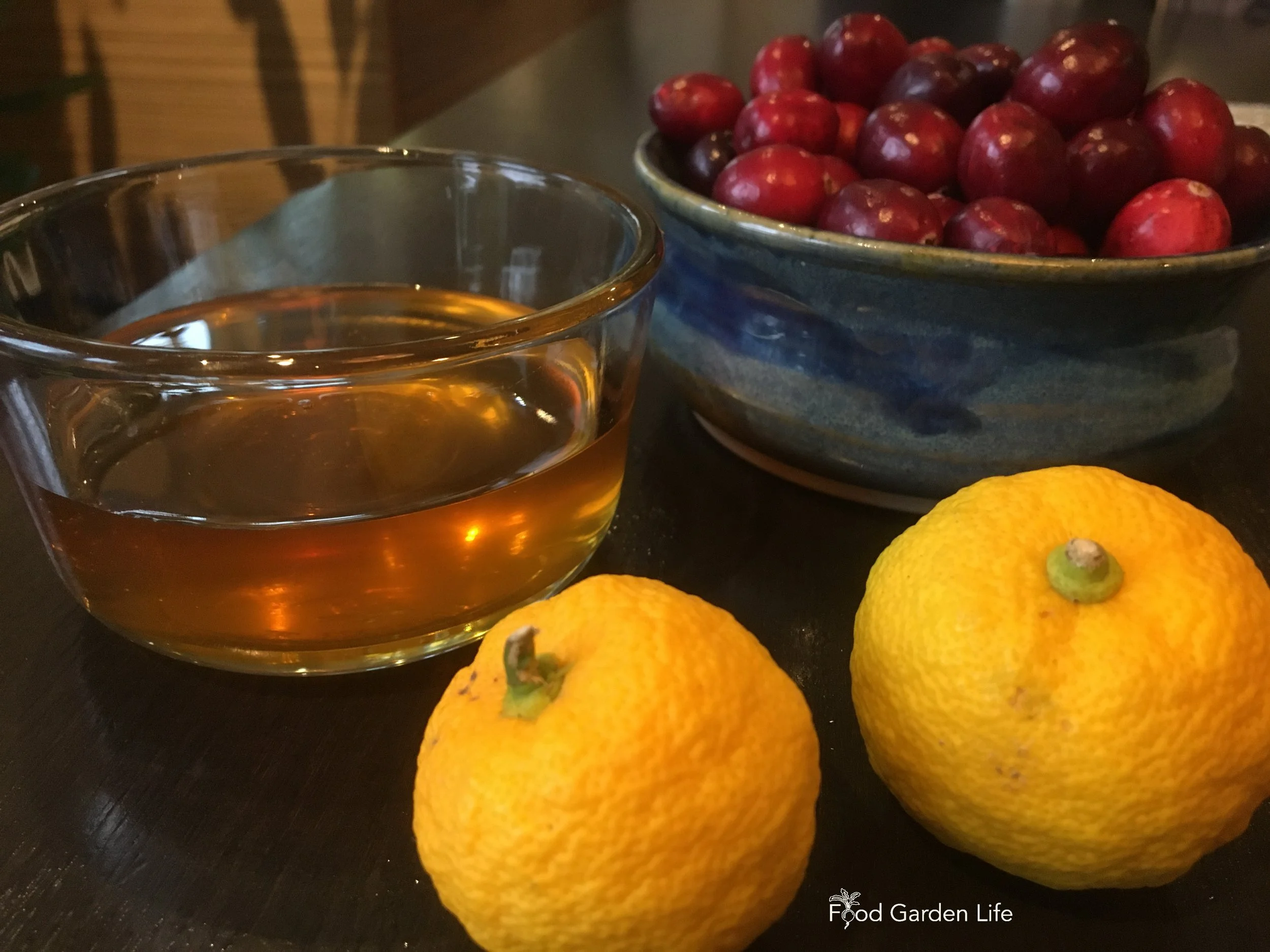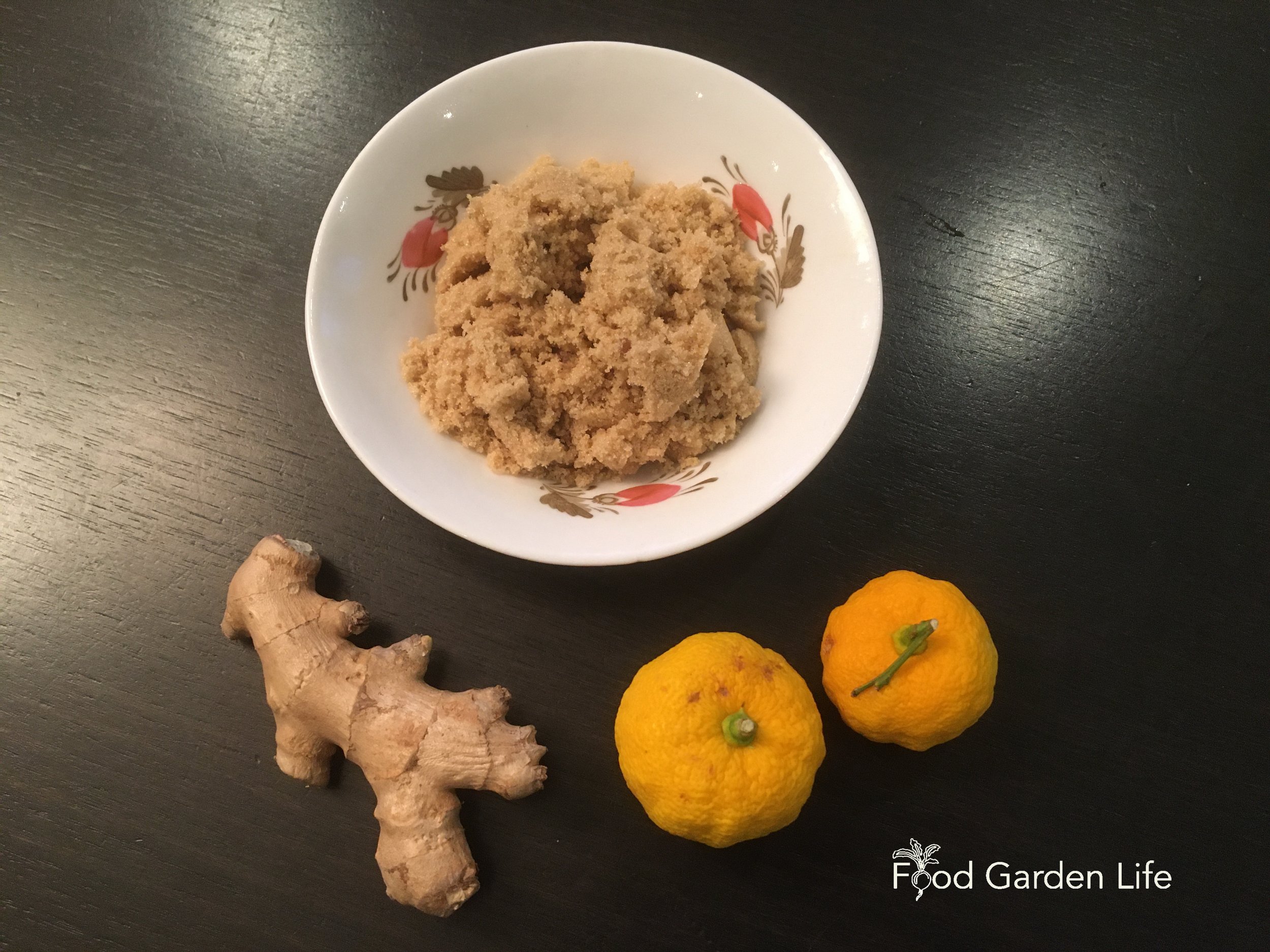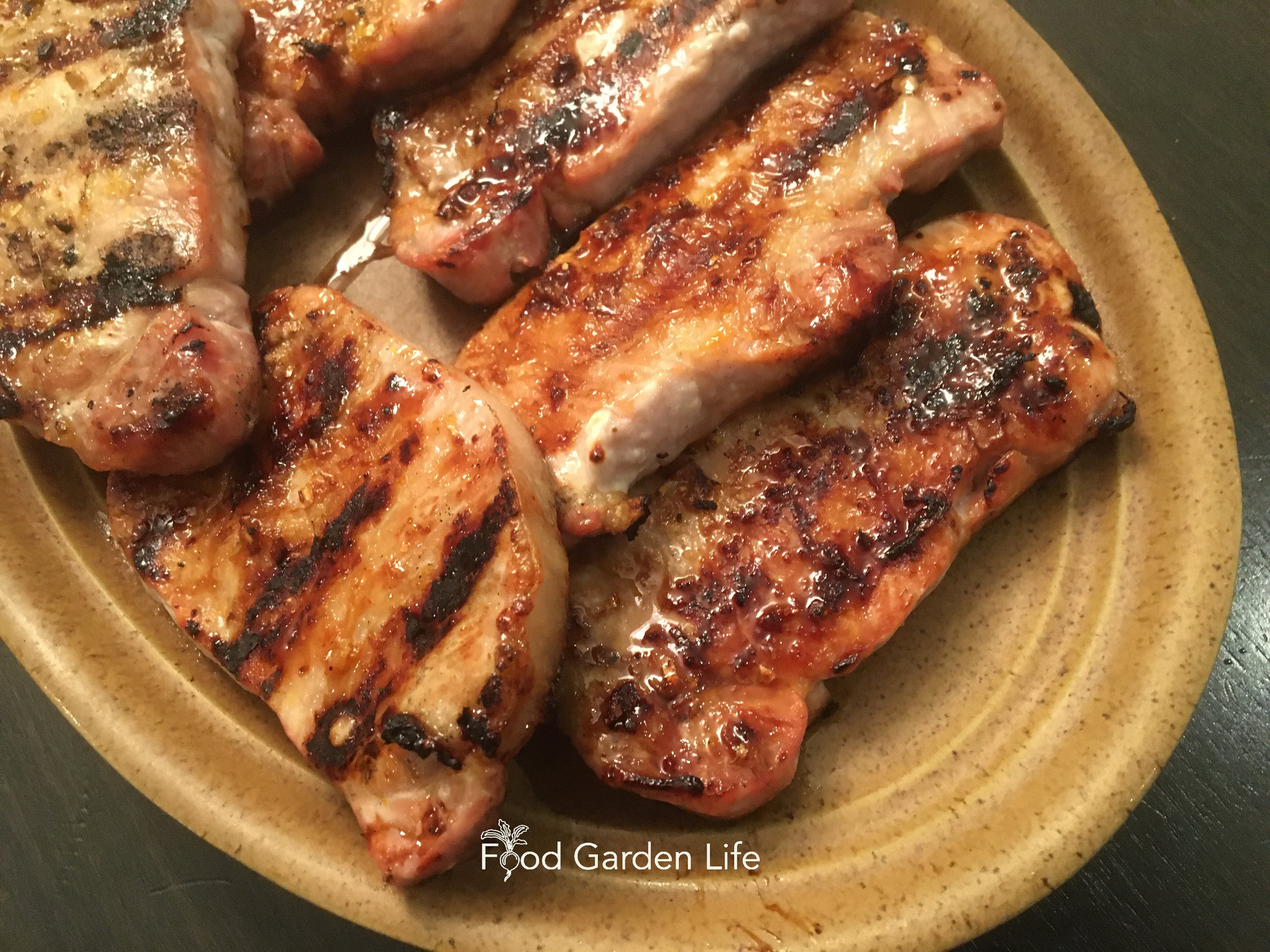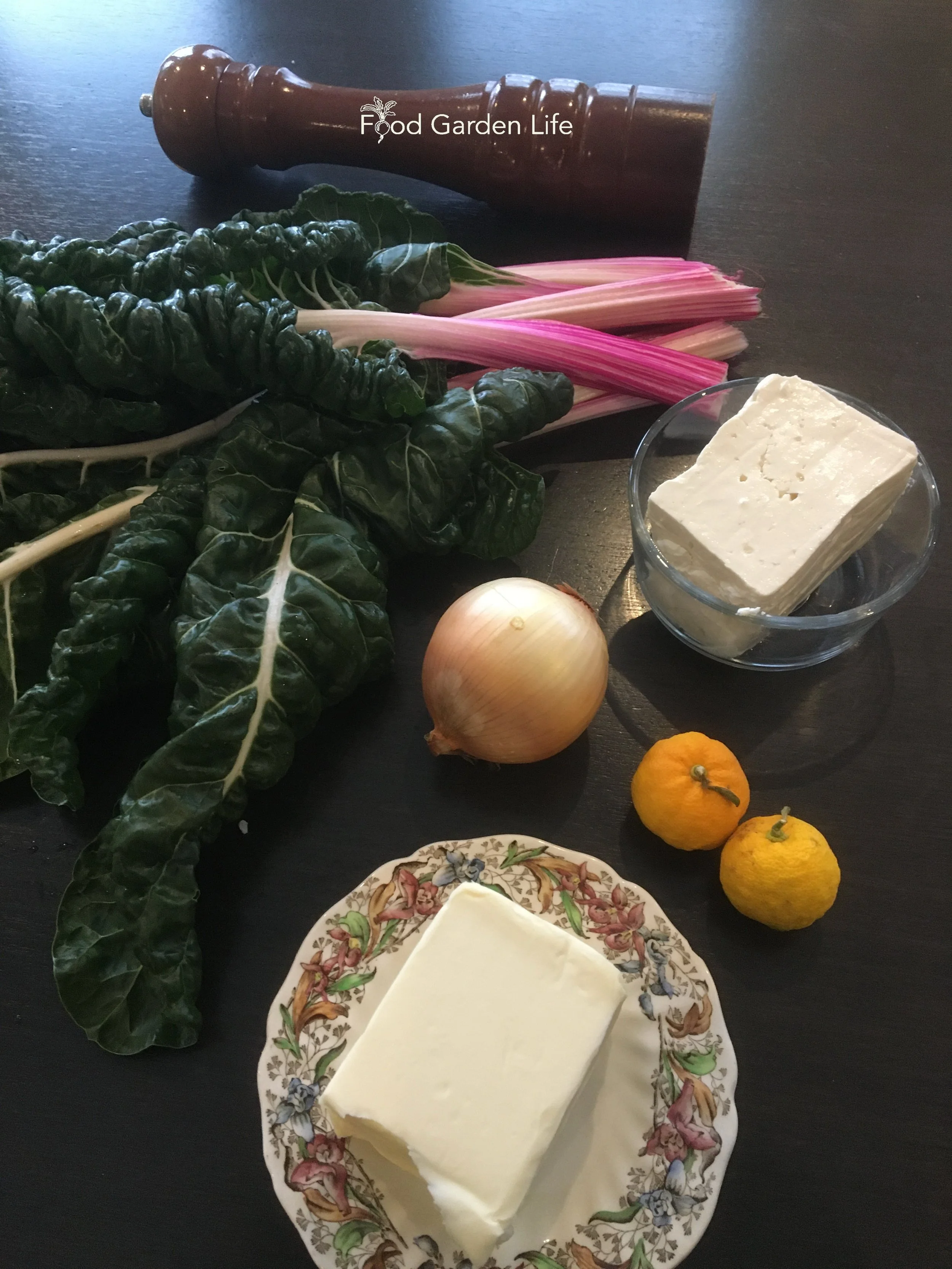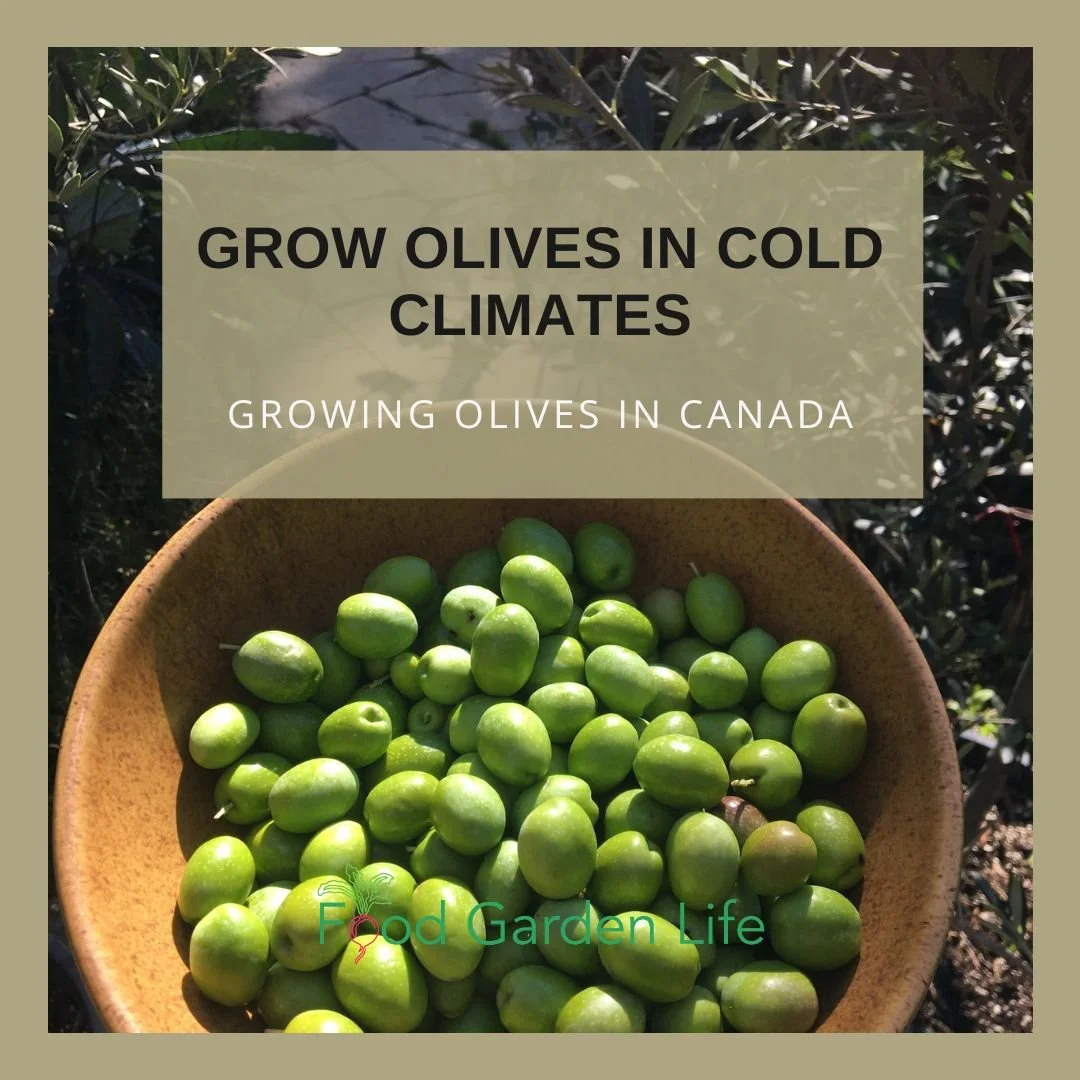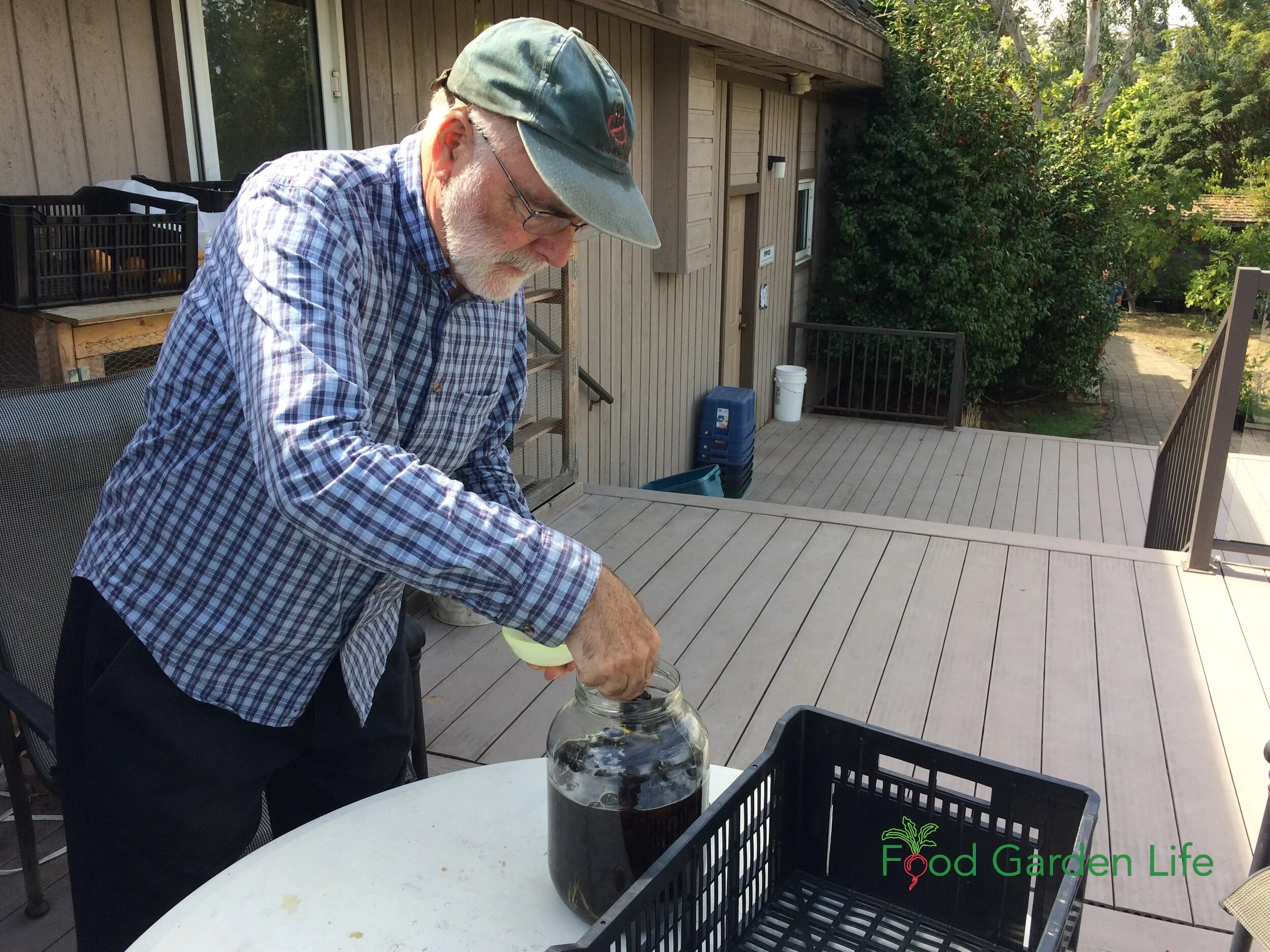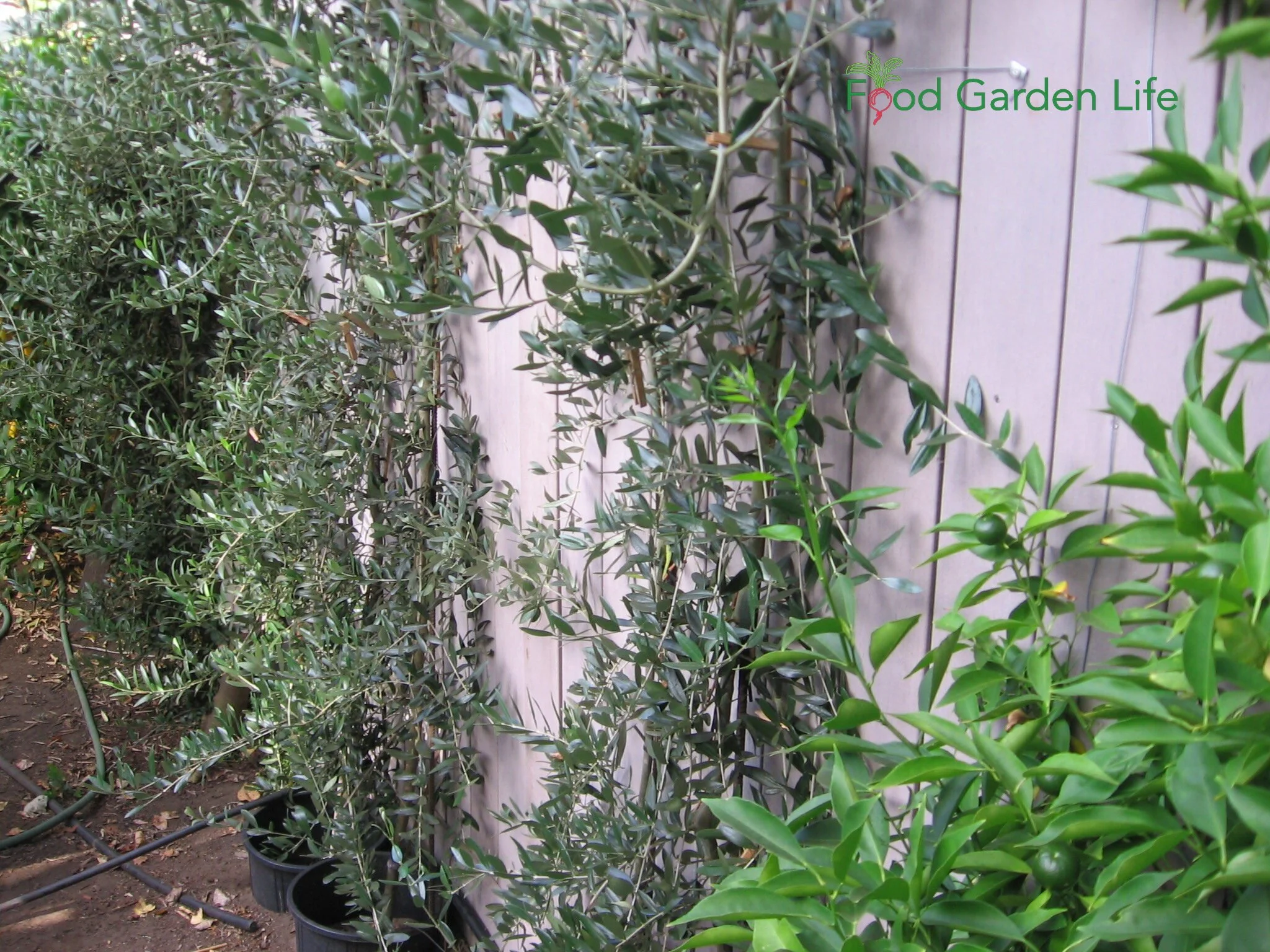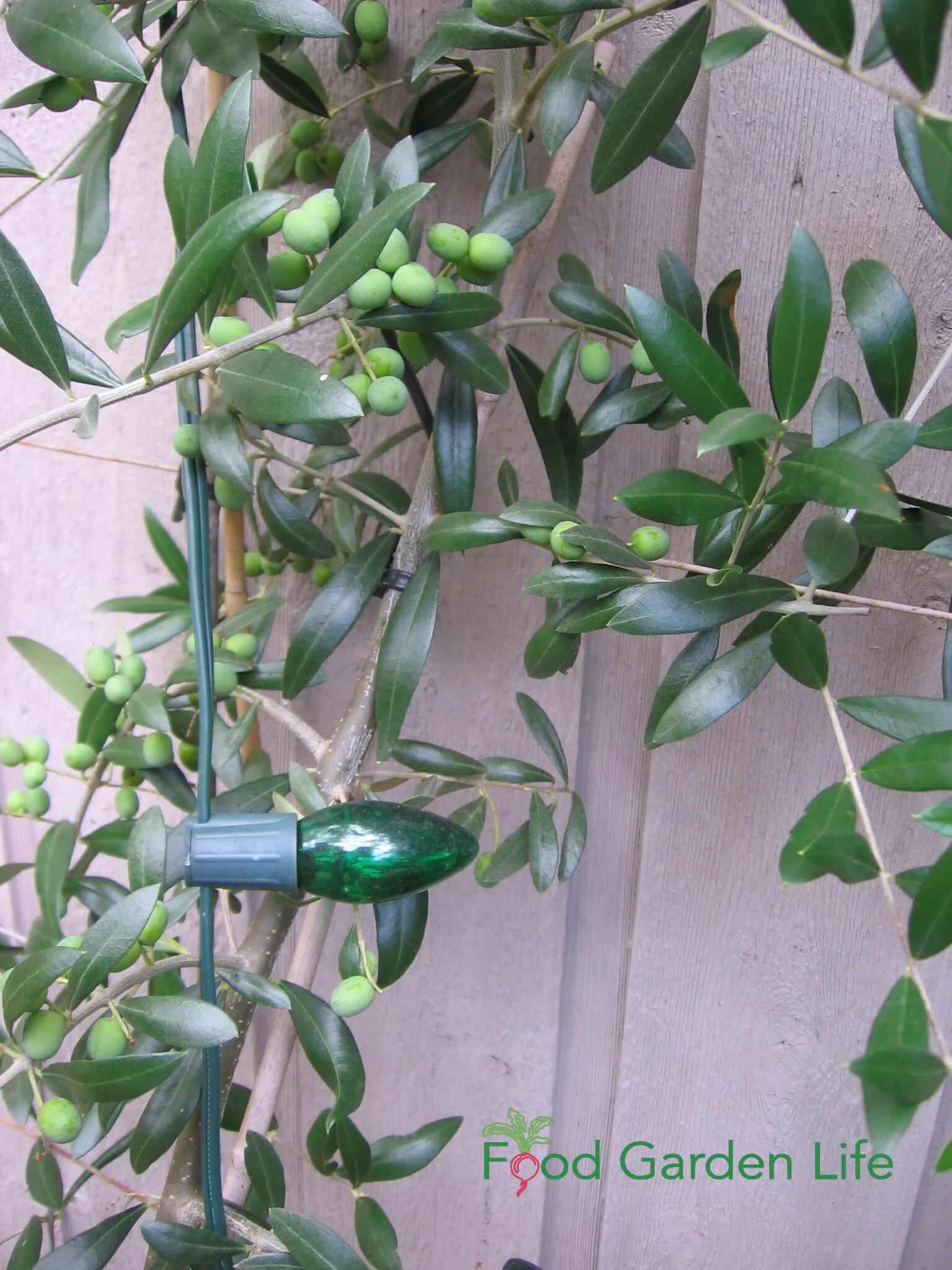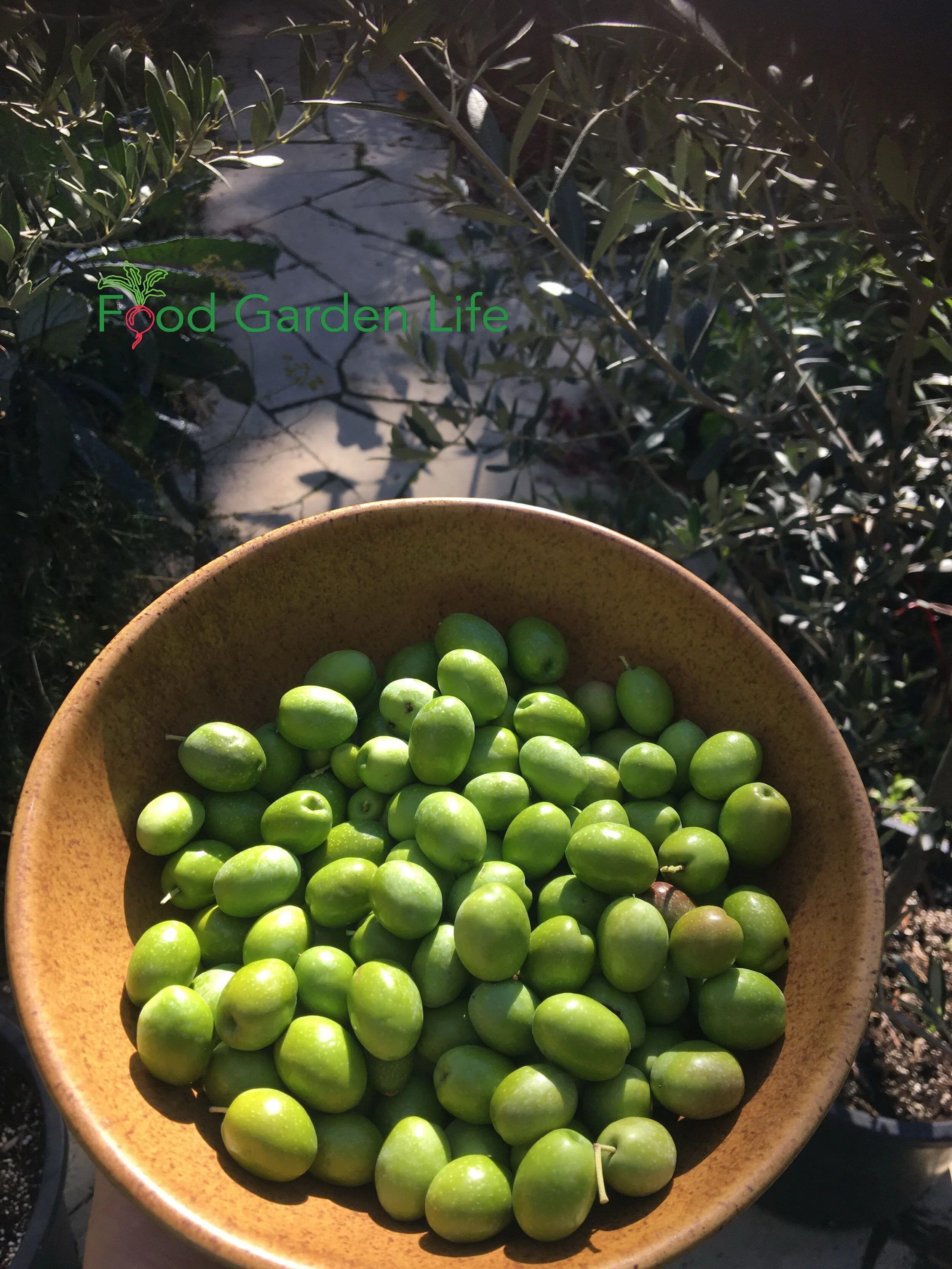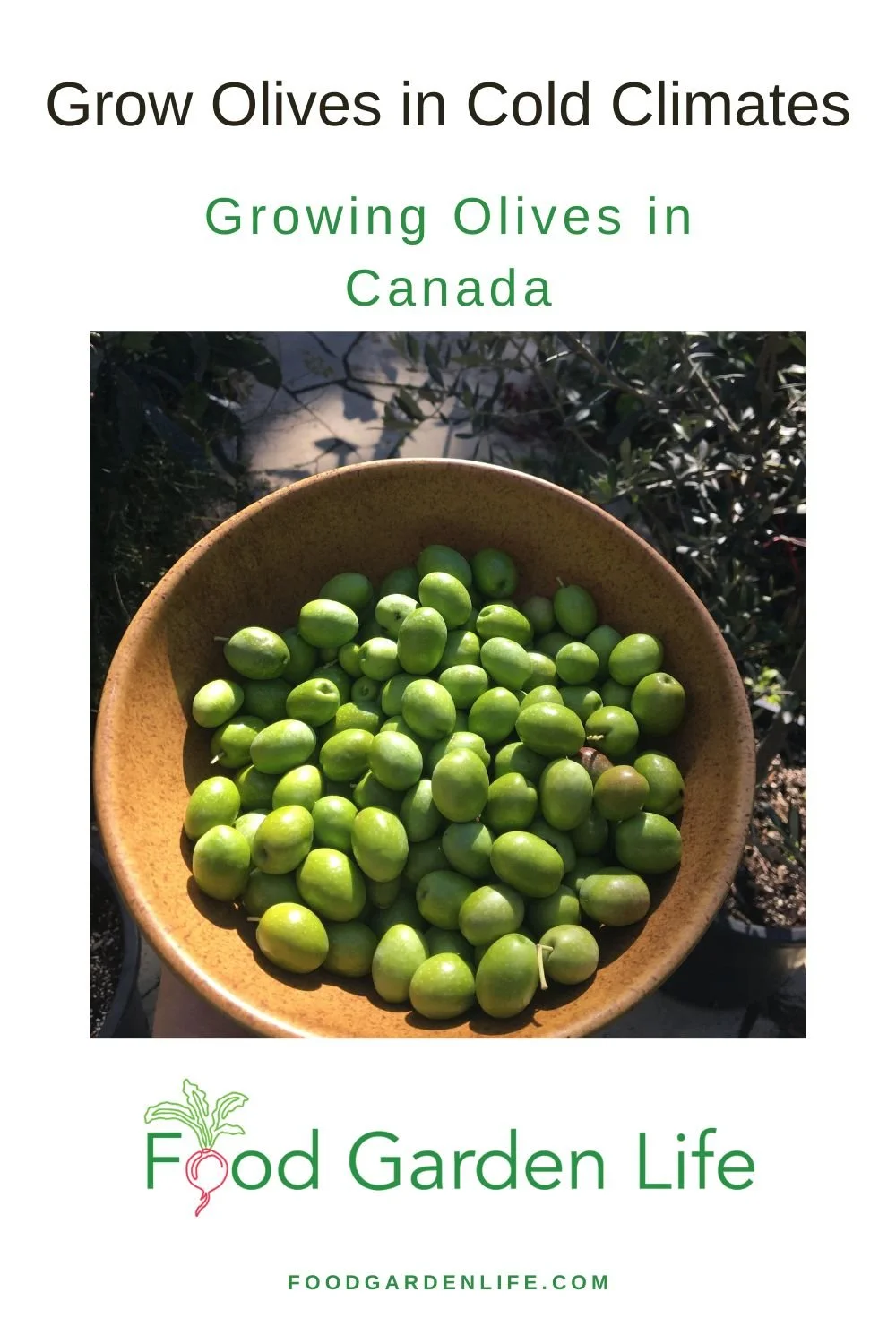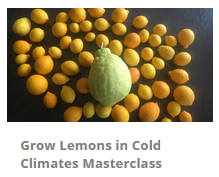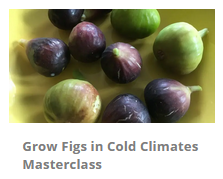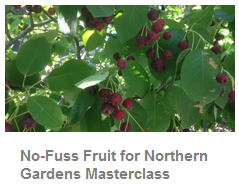
How to a Grow a Mulberry Tree
How to grow mulberry in cold climates.
By Steven Biggs
Fowling in Love with Mulberry
My neighbour Hubert handed me a pheasant and a duck from his freezer. I was working for the summer in a rural part of the UK, and regularly saw pheasant when I went out for a jog. Now I’d get to taste one!
As a 20-something-year-old, I’d never cooked either before…and had never even tasted pheasant.
But I remembered reading that the meat is rich and dark, well-suited to a tangy accompaniment.
And I remembered a mulberry tree in a nearby hedgerow.
I’d been grazing fruit from the mulberry tree every time I walked past it. But I had yet to cook the mulberry fruit.
This was my chance! Not really sure what I was doing, I made up a mulberry-Cointreau sauce for basting the roast. The company I had for supper thought it was pretty good.
Roasted fowl with mulberry-Cointreau sauce cemented my appreciation for the taste of mulberry.
Mulberry for Home Gardens
There are many types of mulberry suited for gardens in cold climate. Photo by Grimo Nut Nursery.
Mulberries gets a bad rap. Mention mulberries and many people picture polka-dot-stained sidewalks and bird-bespattered cars. Or experienced gardeners worry that it’s a weedy plant.
Why is it that gardeners always want what’s difficult to grow? Why not appreciate what grows on its own?
This fruit does not play hard-to-get.
Mulberry is a great fit for home gardens because it’s:
Fast-growing
Hardy
Problem-free
Tolerant of many conditions
Very fruitful
And it’s a fruit that you likely won’t find for sale at grocery stores. Too fragile to ship when ripe.
Too bad mulberries get a bad rap for being vigorous growers.…and for the purple stains from falling fruit. They’re a great fruit for home gardens in cold climates.
What does a Mulberry Tree Look Like?
What does it look like? The question should really be, “What does a mulberry tree look like when pruned to feed people, not birds. (More on that below.)
Don’t grow this as a specimen shade tree. There are nicer shade trees out there.
Grow mulberry as a fruit-producing crop – which means you’ll keep it much smaller than if left unchecked.
Types of Mulberry for Cold Climates
Mulberry names don’t describe the fruit colour. That means a white mulberry tree could be black-fruited, red-fruited, or white-fruited.
If you’re shopping for a mulberry tree, here at the three types you’re likely to find in North America:
• White mulberry (Morus alba)
• Red mulberry (Morus rubra)
• Black mulberry (Morus nigra)
Mulberry names don’t describe the fruit colour. While this ‘Carman’ white mulberry fruit is white, other white mulberry varieties can be purple or black. Photo by Grimo Nut Nursery.
For cold-climate fruit growers, it’s the white mulberry and its hybrids with the red mulberry that are hardiest, some into USDA zone 4.
I’ve read articles in British gardening magazines that disparage the less flavourful white mulberry…but it’s what we have.
White mulberry can grow up to about 15 metres (50’) tall. Because it grows easily from seed—and because birds quickly spread the seeds—feral white mulberry trees are common. (It’s considered a weed tree in some jurisdictions.)
Red mulberry is a native of North America. Pure red mulberry trees are rare because feral white mulberry and red mulberry hybridize readily. Here in Ontario, where red mulberry is native in the south of the province, its threatened by the white mulberry due to their promiscuous hybridizing.
The more diminutive black mulberry, noted for the quality of its fruit, is less hardy, and not suited to northern gardens. It’s suited to conditions in USDA zones 6 and higher.
Other thoughts on selecting a mulberry tree:
There are weeping varieties that get to about 3 metres (10’) tall and can be perfect for small-space gardens (just beware, as there are fruitless varieties of weeping mulberry on the market)
There are dwarf varieties that get to about 6 metres (20’) tall
White-fruited varieties might be the ticket is you’re averse to mulberry stains
‘Illinois Everbearing’ is noted for having a long season of fruiting
Plant a Mulberry Tree
Mulberry trees fend for themselves quite well once established, but here are things you can do to give them a good start.
If you’re planting a container-grown mulberry tree, the first thing to do is look at the roots. Because mulberry is a vigorous grower, it’s common to find roots tightly wound around and knitted together.
Use your fingers to tease apart the roots. We want the roots to grow outwards into the surrounding soil once planted, not continue to grow around in circles.
Water well when first planted and until established.
Pruning Mulberry Trees
Many sources suggest that regular pruning is not necessary with mulberry.
That’s fine if you want to feed the birds.
But if you’re growing the mulberries for yourself, I suggest a different approach: Be aggressive – and do it every year.
Your goal is to create a permanent scaffold of branches that you cut back to every year (see below).
Formative Pruning
Grow mulberry trees in an umbrella shape, so you can reach all of the fruit. Photo by Grimo Nut Nursery.
The best way to get a tree with a well-arranged scaffold is to make it yourself. Get a whip, which is a young, unbranched tree. (You probably won’t find this sort of tree at a garden centre; look for a specialist fruit-tree nursery.)
Then prune that whip so that it grows into a spreading tree. Think short and wide.
Start this pruning process by removing the “leader,” which is the growing tip of the tree. Linda Grimo, at Grimo Nut Nursery, a specialist nursery, suggests, “Stand as tall as you can with your pruners in your hand and clip off the top of the tree.” She explains that this stops it from growing upwards, and encourages the growth of side branches at a height you can reach without a ladder.
Umbrella-shaped mulberry tree in summer. Prune hard to keep berries at picking height. Photo by Grimo Nut Nursery.
Grimo says she likes to grow mulberry trees in an umbrella-shaped scaffold, with side branches (laterals) spaced out around the tree. For ease of getting under the tree to pick, don’t grow the side branches too low on the tree; her preferred height is just over a metre (4’) above the ground.
Annual Pruning
Mulberry trees growing in good soil put on a tremendous amount of growth every year. After formative pruning is complete, prune back almost all of the new growth every year, leaving just 1-2 buds from which the tree can send up replacement shoots.
This harsh pruning doesn’t affect cropping because fruit forms on new growth. “Don’t be afraid, you can’t kill a mulberry tree,” is what Grimo tells concerned first-time mulberry growers.
Prune in late winter, when dormant.
Mulberry Tree Feed and Water
Mulberry trees have extensive root systems, which means that they can do quite well without coddling.
Mulch with compost around the base of the tree to feed the soil and suppress weed growth.
Landscape with Fruit
That’s easy to grow in a home garden!
Mulberry Tree Pollination
Mulberry trees are self-fertile, which means you only need one tree to get fruit.
The small, unremarkable flowers are wind pollinated. (There are even some varieties that set fruit without pollination.)
Mulberry Tree Propagation
Dwarf or weeping mulberry varieties are well-suited to use in small-space foodscapes, even in more traditional gardens.
Mulberry plants grown from seed will be different from the parent plant. Just like apples. There is a juvenile period before a seed-grown mulberry tree will flower and produce fruit, often 5-10 years.
It’s easy to grow from seed. In fact, this is a tree that might just seed itself in your garden.
I don’t recommend growing mulberry from seed, because you don’t know what the fruit quality will be like—and you’ll have to patiently wait through that juvenile stage.
Another unknown if growing from seed: Some mulberry trees are dioecious, meaning male and female flowers are on separate plants…and that could leave you with a tree that doesn’t bear any fruit.
If you want good fruit quickly, start with a known variety. Clonally produced trees—grafts and cuttings—can fruit right away because the clone is from a mature tree, and no longer in the juvenile stage.
Some nurseries propagate mulberry by cutting, some by grafting. For grafting, Grimo says cleft grafts work well. Propagation from cuttings can be more challenging for home gardeners without a misting system, bottom heat, and rooting hormone.
Mulberry Trees in Garden Design
Mulberry trees are quite versatile in garden design. Here are ideas for using mulberry trees in the landscape:
Dwarf or weeping varieties are well-suited to use in small-space foodscapes
Large, minimally pruned mulberry trees can be used for a canopy layer in a food forest
Smaller mulberry varieties can fit a forest-edge niche in a food forest because the tree tolerates partial shade
From a permaculture perspective, mulberry is an interesting option because along with fruit, it can provide poles and animal fodder (see below)
Mulberry for More than the Fruit
Because it grows very quickly, mulberry is well suited to pollarding and coppicing techniques. Here are branches from my neighbour’s mulberry pollard that I use as poles in the garden.
Mulberry is an excellent tree choice if you’re gardening with a permaculture mindset.
My neighbour Troy used to give his mulberry tree a harsh haircut every year. The long, straight branches made excellent poles that he gave me for staking plants and making trellises.
He grew his tree as a “pollard,” meaning he lopped off all of the growth a few feet above the ground. (Pollarding is often done with catalpa trees, for ornamental purposes.)
The other twist on this idea of using your mulberry tree to produce poles, is to grow it as a “coppice.” Coppicing is when you cut off a tree close to the ground to get it to send out lots of stems. Coppicing has traditionally been used to produce wood for baskets, fences, and fuel.
Mulberry Tree Location
Mulberry trees prefer full sun and rich soil. But they tolerate partial shade and a variety of soils.
And much worse.
To say they’re forgiving of poor conditions is an understatement.
I’ve seen lovely mulberry trees growing between cracks in the pavement. They do amazingly well in inhospitable locations. As I write this I’m looking out the window at the self-seeded mulberry tree in my front garden that I’m training into an espalier. It’s growing right underneath a row of spruce trees, hardly an ideal location. But it persists!
So save the prime real estate in your garden for plants that really need it. Your mulberry isn’t fussy. And, remember, pick a spot where purple spotting is not a nuisance.
The one thing to avoid is standing water. Pick a well-drained location, though occasional wetness is fine.
Challenges
Your mulberry tree will be a bird beacon.
Got a white car? Hanging out clothes to dry?
Then you might want to net the tree to keep away the birds. Netting is easier to do when you’ve grown a compact mulberry tree.
Harvest and Store Mulberries
If you’ve started with a tree grown from a graft or cutting, you might start getting fruit in as little as 2-3 years.
Not all the fruit on a tree ripens at the same time. As they ripen, fruit fall to the ground.
White mulberries can be very sweet, while black mulberries are more balanced, with some tartness. I prefer white mulberries a little bit under ripe—while they’re less sweet. (Remember, a white mulberry tree can have black fruit!)
A couple notes on picking mulberries:
The fruit are fragile, and the juice easily comes out of the fruit when picked…so expect red hands if it’s a dark-coloured variety
Ripe fruit will drop from tree as you pick
A common recommendation when harvesting from large mulberry trees with many unreachable fruit above is to place a sheet on the ground and shake the branches.
The fruit has a short life once picked. There’s a little stem on it – and you can eat it stem and all.
Here are 6 simple ideas to grow lots of fruit in a home garden.
Mulberries in the Kitchen
You can use mulberries raw, use them in preserves, or cook them. Here are ideas:
Mulberry pie
Mulberry wine
Mulberry cobbler
Mulberry liqueur
Dried mulberries (great in a trail mix!)
Mulberry juice
Mulberry FAQ
How fast do mulberry trees grow?
Mulberry trees grow very quickly.
Where do mulberry trees grow?
White mulberry and its hybrids are suited to cold-climate gardens into USDA zone 4. Black mulberry is less cold-tolerant.
Can you grow a mulberry tree from a cutting?
Yes. You can grow mulberry trees from cuttings.
Do mulberries grow on trees or bushes?
Mulberries naturally have a tree form, but you can prune to encourage branching and a bush-like shape.
Can you grow a mulberry tree in a pot?
Cold-climate gardeners who are determined to try black mulberry can grow it in a pot that is stored in a protected area over the winter.
How do you keep a mulberry tree small?
Prune it very aggressively every year.
Do mulberry trees grow near black walnut trees?
Mulberry trees are not affected by the compound “juglone” that is given off by black walnut trees. So if a black walnut tree has limited your growing options, consider mulberry.
Find This Helpful?
If we’ve helped in your edible-gardening journey, we’re always glad of support. You can high-five us below! Any amount welcome!
More on Growing Fruit
Get our free guide with 6 ways to grow more fruit in your garden.
Articles and Interviews about Growing Fruit
Here are more resources to help you grow fruit.
Courses on Fruit for Edible Landscapes and Home Gardens
Home Garden Consultation
Book a virtual consultation so we can talk about your situation, your challenges, and your opportunities and come up with ideas for your edible landscape or food garden.
We can dig into techniques, suitable plants, and how to pick projects that fit your available time.
Guide to Growing Nanking Cherry: An Easy-to-Grow Bush Cherry
Guide to growing Nanking Cherry, an easy-to-grow cherry bush.
By Steven Biggs
Grow Nanking Cherry
The Nanking cherry bush has a spectacular bloom early in the spring.
“Dad, someone’s taking a picture of your garden,” shouts one of the kids. It’s early May, so I know which plant will be in the photo.
The Nanking cherry, a.k.a. Prunus tomentosa. Even though our front garden is a party of spring flowering bulbs, when the Nanking cherry is blooming, it steals the show.
The Nanking cherry bush is like a stop sign. Pedestrians going past our house change gears from a brisk walk to a full stop and then take photos.
Spring isn’t the only time it looks great: it looks great again as the fruit colours up. And unlike cherry trees, where you have to look upwards, this cherry bush is at eye level.
Perfect Fruit for a Home Garden
Nanking cherry is ideal for a home food garden because it’s compact, ornamental, and easy to care for. By comparison, many fruit trees require a fair bit of pruning and pest and disease management. And they take more space.
The small, bright-red cherries are juicy. I’d place the taste somewhere between sweet and sour cherries.
Where to get Nanking Cherry
Nanking cherry flower buds
When I teach about edible landscapes, most students haven’t heard of Nanking cherry because it’s not too common in the horticultural trade. It’s a pity because this is such a fantastic home garden fruit bush.
Look for a nursery specializing in fruit and cold-hardy plants. Or, better yet, find somebody who is already growing it, because many of the seeds that drop around the bush will grow.
(I once mentioned this to my class and was asked by students if that meant I had extras to share. I did. And I took in a tray of small cherry bushes the following class.)
By Seed
While many fruit trees and bushes are propagated commercially by cuttings or grafting, Nanking cherry is commonly seed grown. You can grow them from seed at home:
Look for small Nanking cherry plants growing from seed near a mature, fruit-bearing bush.
When saving seeds to grow, don’t let them dry out too much
In the fall, place seeds in damp potting soil
Store potted seeds in a cold location until spring (a fridge or animal-free shed or garage is fine)
In spring, watch them grow!
When you grow from seed, the seedlings will all be genetically distinct, so expect some variability between plants. Seed-grown plants often flower in less than five years.
Cuttings
If you have a Nanking cherry plant that you really like, you can also propagate it from cuttings. Root softwood cuttings in early summer, as fruit ripens, or root cuttings from dormant hardwood in the spring. High humidity and rooting hormone increase the percentage of cuttings that root.
Create Your Own Unique Edible Landscape
That fits for your yard, and your style!
Layering
Another way to propagate Nanking cherry is by layering. This is the practice where a low-lying branch is covered with soil until it grows roots and can be detached from the main plant. I find it’s often enough to simply to pin a low-lying branch to the soil by covering it with a brick.
Nanking Cherry Varieties
Red-fruited, white-flowered varieties of Nanking cherry are the most common in the horticultural trade.
There are not a lot of improved varieties available commercially. At the time of writing this, I’ve just ordered one called ‘Pink Candles.’
Along with the common seed-grown, white-flowered, red-fruited Nanking cherry varieties, look for:
White-fruited varieties
Pink-flowered varieties (like ‘Pink Candles, above)
Cold-Climate Cherry
If you’re gardening in a cold zone, Nanking cherry withstands cold winters and hot summers. My grandfather grew Nanking cherry in Calgary, a mercurial climate if ever there was one. His cherry bushes soldiered on through snow in summer and balmy winter chinook winds.
(Incidentally, he also made wine from Nanking cherry, although I was too young at the time to partake!)
Cold hardiness is never an exact science as there are many variables. But this is a very cold hardy plant, surviving winter temperatures as low as -40°C (-40°F).
Pick a Location for your Nanking Cherry
Sunlight: Full sun is best. As with many crops, if you only have partial sun, it’s worth a try. You’ll still likely get something.
Soil: Well-drained soil, enriched with compost.
Snow load: Winter snow coverage is, if anything, helpful, as it insulates the bush. I have one next to my driveway, and it’s covered every year with heaps of snow.
Landscape with Fruit
That’s easy to grow in a home garden!
Prune Nanking Cherry
One of the things that makes fruit bushes far more suited to home gardens is that the burden of pruning is less. You can prune annually if you want – and you’ll be rewarded with a nicer form and more yield. But if you’re busy and don’t get around to it, that’s fine too.
Timing: Prune in late winter.
Size: Remember, as the gardener, you decide the final height of your Nanking cherry bush. Depending on the growing conditions, it will get to 1.5 – 3 metres high (5 – 10 feet). Bushes can get fairly wide if space permits.
I keep mine pruned to about 1.5 metres (5’) high. That’s because I don’t want it to block the sight line between my garden and the sidewalk. And another important consideration is not to let the bush get any higher than you can pick!
In general, pruning that encourages young branches encourages more fruit. Keeping the canopy open with pruning helps to minimize the chance of any diseases because there is good air circulation. Pruning tips:
Remove some of the older branches
Trim out dead branches
Cut out crossing branches
Prune to shorten the bush
Nanking Cherry Pests and Diseases
Nanking cherry is in the same family as cherries and plums, which are affected by a number of pests and diseases. But I’ve never found the need for pest or disease control.
The one challenge I occasionally encounter is branch dieback where leaves on a branch dry up, and the branch eventually dies. Some sources attribute this to fungal diseases. For dieback, prune affected branches back to the main stem.
Harvesting Nanking Cherries
We eat lots of our Nanking cherries right in the garden! But they are versatile in the kitchen too.
Nanking cherries are an early summer fruit. Around here, that means that I’m picking them around the same time as strawberry season is finishing up.
Unlike sweet and sour cherries, where the stem is left attached to the fruit when picked, the stubby little stems on Nanking cherry stay on the bush. As a result, the fruit don’t last as long as other cherries.
Nanking Cherry in the Kitchen
The kids and I sometimes stand around a bush and guzzle cherries and then see who can spit the seeds the farthest. And that’s an important point I should make: like all cherries, there’s a pit!
Use Nanking cherries for whatever recipes call for sour cherries. I also freeze some for winter use. Because of the size, they are a bit fiddlier to pit than larger cherries.
Here are ways we enjoy using Nanking Cherry:
Nanking cherry juice
Nanking cherry compote
Nanking cherry bump (not for the kids!)
And…one other food related idea: I consider cherry wood the finest wood for smoking meat. So when I prune my Nanking cherry, I keep the branches to use for smoking.
Nanking Cherry FAQ
Do I need more than one Nanking cherry bush?
Many sources report the need for two bushes for cross pollination. I started out with one bush – the only one in the neighbourhood – and had good fruit set. There are reports of some self-fertile varieties.
When should I move my Nanking cherry bush?
The best time to move it is in the spring, while it’s still dormant.
Can I grow my Nanking cherry bush in shade?
It will grow best in full sun, but can grow respectably well in part sun/shade. Just know that you probably won’t get as much fruit as you would if it were growing in a full-sun location. As home gardeners we don’t always have perfect conditions.
Can I grow my Nanking cherry in a wet location?
Well drained soil is best. If the water table is high, consider growing in a raised bed.
What about animal pests eating the Nanking cherries?
The birds will like them just as much as you do. But unlike large tree fruit, such as apples and peaches, there’s much more to share when we grow small-fruited crops such as cherries.
Should I cover my Nanking cherry if there’s a frost?
The flowers are early in the season, when the risk of frost is still high. Most years I still get good fruit set here in Toronto. I’ve had reduced fruit set caused by a freeze once in a dozen years.
Is there a Nanking cherry tree?
Nanking cherry naturally grows as a bush.
Find This Helpful?
If we’ve helped in your edible-gardening journey, we’re always glad of support. You can high-five us below! Any amount welcome!
More on Growing Cherries
Find out about 5 Types of Cherry Bush to Grow in Edible Landscapes and Food Forests
Hear Dr. Ieuan Evans talk about the Evan’s Cherry
More on Growing Fruit
These Courses Can Help you Grow Your Own Fruit
Edible Native Plants...and My Quest for a Rare Toronto Persimmon Tree
Native North American Fruits and Nuts (including persimmon and pawpaw!)
By Steven Biggs
Ontario Native Edible Fruits and Nuts
Pointing to two trees, Tom Atkinson explains that we have the makings of a golf club.
“There you have the shaft of the club; here you have the head,” he says, pointing from one tree to the other:
The shagbark hickory, with a bit of give in the wood, is ideal for the shaft.
The American persimmon, as part of the ebony family, has extremely hard wood that is suitable for whacking the ball.
Both are native North American species; and both have edible parts.
Hunting Pawpaw and Persimmon in Toronto
Our tree trek today is the result of my interest in another North American native, the pawpaw tree.
Because of my fascination with pawpaw, I tracked down Atkinson, a Toronto resident and native-plant expert, whose backyard is packed with pawpaw trees.
After I visited his yard and soaked up some pawpaw wisdom, he mentioned a fine specimen of American persimmon growing here, in Toronto.
I took the bait.
Under a Toronto Persimmon Tree
Now, in the shadow of that persimmon tree, I’m learning far more from Atkinson than persimmon trivia:
The nut of the shagbark hickory, a large native forest tree, is quite sweet.
He points to a pin oak, explaining that the leaves are often yellowish here in Toronto, where such oaks have trouble satisfying their craving for iron.
Waving toward a couple of conifers, Atkinson explains that fir cones point upwards, while Norway spruce cones point down.
There’s stickiness on the bud of American horse chestnuts, but not on their Asian counterparts.
And while the buckeye nut is normally left for squirrels, he’s heard that native North Americans prepared it for human consumption using hot rocks.
Landscape with Fruit
That’s easy to grow in a home garden!
A Backyard Native Fruit Food Forest
In his own garden, Atkinson’s focus is on native trees and shrubs. Many of them are considered Carolinian and are, here in Toronto, at the northern limits of their range.
My own interest in native trees and shrubs has gustatory motivations, but Atkinson’s came about because of his woodworking hobby. “I thought, if I was using wood, I should be putting it back,” he explains. While no longer woodworking, he still has a garden full of native trees and shrubs.
The edible native North American fruit and nut trees in his backyard food forest include sweet crabapple, black walnut, bitternut hickory, red mulberry and beaked hazelnut. “It is really for the creatures of the area, all this bounty,” he adds. I’m taken aback by his generous attitude towards harvest-purloining wildlife, but it’s consistent with his approach of putting something back.
Find out about elderberry, a native fruit bush.
American Persimmon
In the shadow of an American persimmon in Toronto. Grow persimmon in the warmer parts of Ontario.
Sitting under the American persimmon tree and looking up, I’m dismayed to find that the fruits are still green. Atkinson cautions that the fruit are astringent and bitter when unripe, so I satisfy myself with snapping pictures.
He explains that although this is a native North American species, it doesn’t usually grow wild this far north. But it grows well under cultivation.
(I found ripe, orange American persimmons a week later at Grimo Nut Nursery in Niagara, where the more temperate climate aids in ripening fruit earlier than in Toronto. They are sweet and velvety on the tongue; I’m delighted that the young persimmon tree I’ve been nurturing in my garden will have been worth the effort when it starts to fruit. And the fruit-laden trees are beautiful.)
Pawpaw
Atkinson's Toronto backyard, where he grows pawpaw trees and other native fruit trees.
Pointing to clusters of mango-like fruit, Atkinson says, “The fragrance of the pawpaw when ripe is aromatic.” He finds that the texture is like custard.
Each fruit usually contains four to eight seeds. “Like a watermelon, spit out the seeds,” Atkinson adds.
Don’t wait too long to pick it. “If it’s starting to turn brown, give it to the squirrels or raccoons,” he advises.
Pawpaws can be found growing wild on the north shore of Lake Erie into the Niagara region. Like the American persimmon, you’re not likely to find wild ones here in Toronto, but they do grow well here when planted. The large, lush leaves add a tropical feel to the garden.
Serviceberry
Serviceberry is a native edible plant well suited to growing in the city.
When it comes to native edible plants, Atkinson believes that one of the best to grow in the city is the serviceberry.
“There’s a whole bunch of them,” he explains, listing the related members of the serviceberry (Amelanchier) clan. They all have in common an edible fruit similar in size to a blueberry.
Palatability varies by species and variety. The saskatoon berry, which is also grown commercially, has consistently good fruit quality, according to Atkinson.
Serviceberry is widely planted in Toronto parks and is common in the nursery trade. They can be grown as a small tree or a bush.
In my own garden, I end up sharing my serviceberry harvest with robins if I don’t pick them quickly enough. Atkinson says that cedar waxwings like them, too.
Aside from the fruit, the serviceberry leaves turn a vibrant orange-red in the fall and the bark, smooth and grey, is showy, too.
Here’s a member of the serviceberry family that’s grown as a commercial crop: Guide to Growing Saskatoon Berries: Planting, Pruning, Care
American Hazelnut
American hazelnut is a native nut bush. It’s related to the European hazelnuts sold in grocery stores, but the nuts are smaller.
Hazelnuts send out attractive catkins in late winter, before any leaves are out.
Crabapple
“They’re a delight to look at,” agrees Atkinson as we change gears and talk about the sweet crab, a wild crabapple. “It puts on a really good show of flowers,” he says as he describes a blush of pink on white flowers in the spring, adding, “It’s as good as a flowering dogwood but in a different sort of way.” The fruit is very waxy, and very attractive, having a greenish yellow colour.
“Squirrels don’t touch it,” he exclaims. He likes the fall leaf colours, which range from yellow to burnt orange.
On the culinary side, he says the sweet crab fruit is sour, but a perfect accompaniment when roasted with a rich meat such as pork, where the tartness of the fruit cuts the richness of the meat.
Black Walnut
Atkinson speaks warmly of towering black walnut trees and of the beautiful dark wood they yield. He notes how common they are in the Niagara peninsula: “They’re almost like weeds.”
I agree with the weedy bit: My neighbour’s black walnut stops me from growing anything in the tomato family at the back of my yard. Despite its hostile actions towards my tomatoes, I have grown fond of sitting under that tree, never really considering why. “The shade under a walnut is really quite lovely,” he says, describing dappled light that results from the long leaf stalks adorned with small leaflets.
He discourages me from promoting the black walnut for edible uses because the nut meat is very difficult to extract: the shells are rock hard, requiring a hammer to crack. And the meat doesn’t come out easily like an English walnut, but has to be picked out. But by this point I’ve already decided to write about edible native plants because of their ornamental appeal.
Read about wicking beds, a way to deal with black walnut toxicity, a.k.a. juglone.
Growing Native Fruit in Urban Areas
I thank Atkinson for the tour and email correspondence. A couple of weeks later, Atkinson emails me a photo of a broken pawpaw branch. He writes: “Steve, here is what befalls a pawpaw when in an urban setting, and there are hungry raccoons about. I do not begrudge my masked friends at all for doing what inevitably they will do when after pawpaws.”
FAQ American Persimmon
Can persimmon grow in Ontario? Can you grow persimmons in Canada?
American persimmon is reported to be hardy into Canadian hardiness zone 4, though a long growing season with summer heat is needed for fruit ripening. Best in zones zones 5b-8.
Remember: Zones are only a guideline. Sometimes you can cheat if you have a warm microclimate.
Can I grow a persimmon tree from seed?
If you grow American persimmon from seed, the main thing to remember is that they are “dioecious.” This just means that a plant can be male or female. If you grow a seed and get a male plant, you won’t get fruit from it.
Many commercial varieties produce fruit without a male.
Interested in Forest Gardens?
Here are interviews with forest garden experts.
Find This Helpful?
If we’ve helped in your edible-gardening journey, we’re always glad of support. You can high-five us below! Any amount welcome!
More Information on Growing Fruit
Articles and Interviews about Growing Fruit
Courses on Fruit for Edible Landscapes and Home Gardens
Home Garden Consultation
Book a virtual consultation so we can talk about your situation, your challenges, and your opportunities and come up with ideas for your edible landscape or food garden.
We can dig into techniques, suitable plants, and how to pick projects that fit your available time.
Guide: How to Grow Sorrel (& How to Use it!)
Find out how to grow sorrel, and get ideas for creative sorrel recipes.
By Steven Biggs
Planting Sorrel: An Easy-to-Grow Perennial Vegetable
Sorrel is one of my favourite crops because it checks off a number of important things for me:
It’s easy to grow (it’s a perennial that comes back year after year)
It’s difficult to find fresh sorrel leaves in stores (and if you find them, they’re expensive)
It is versatile in the kitchen (soups, meat, salads, and more)
(And I've cooked with sorrel on TV!)
Sorrel also has a rich herbal history, with a variety of uses.
I’m no herbalist, so in this post I’ll tell you how to grow sorrel and give you lots of ideas for using it in the kitchen.
Haven’t Seen a Sorrel Plant? You’re Not Alone!
Garden sorrel is a hardy perennial.
Sorrel is a familiar ingredient in European cuisine. That’s how it came to North America—with European settlers.
The “wild” sorrel sought after by foragers is simply sorrel that’s escaped cultivation.
Yet many people in North America don’t know to sorrel.
If you’re new to sorrel, it’s grown for its leaves. It’s sour leaves. I think of it as a lemon substitute for northern gardeners.
When I shop at eastern European shops, I see jarred sorrel…horrid sludge. I don’t recommend it. Grow yourself fresh sorrel!
Grow your own sorrel, and skip the brined sorrel!
But it was an eastern European connection that go me growing sorrel. As a teen, I took Ukrainian lessons (hoping to learn my mom’s first language—which she never taught us.) I never did pick up the language—but the teacher, who knew I was a gardener, couldn’t believe I’d never heard of sorrel. And brought me a clump of this plant that she said was an essential ingredient in the old country.
What is Sorrel?
Sorrel is a hardy perennial plant that grows in a clump. It’s tough as nails, hardy into Canadian zone 4.
The long, narrow leaves are ready to pick early in the season, making it one of the first greens to harvest.
You can use the leaves fresh—or cook with them. (See How to Use Sorrel, below.)
Types of Sorrel
There’s more than one type of sorrel. Here are three common ones:
Garden sorrel leaves can be over 30 cm long when plants are in moist, rich soil.
Garden Sorrel (Rumex acetosa). Garden sorrel was brought to north America by European settlers. It's grown in gardens, but is also an escapee that can be found growing wild. Leaves reach 30-60 cm (12-24 inches) long, depending on the growing conditions.
Sheep Sorrel (R. acetosella). Sheep sorrel is another escapee. Sometimes called sourgrass. You might find it filling in exposed spots like vacant lots and roadsides. Seed stalks take on a reddish colour. Spreads by seed and running roots. This is the less-loved cousin to garden sorrel, with smaller, narrower leaves that have a distinct lobe at the base, a bit like an arrowhead. I wouldn’t plant this fast-spreading plant in the garden, but it’s an excellent edible, and popular with foragers.
French Sorrel (R. scutatus). French sorrel is also called round-leaved sorrel. The leaves are shield shaped. Plants are shorter than garden and sheep sorrel.
Grow a Container Vegetable Garden
And get an early harvest of crops that usually take too long!
How Sorrel Grows
Sorrel grows best in rich, moist soil, in full sun or partial shade. Though that doesn’t mean it won’t grow elsewhere…as evidenced by the behaviour of sheep sorrel in vacant lots!
But in a garden setting, give it water if it’s in a dry location. If it’s in partial shade, you won’t need to water as much.
Flower stalks turn into red-tinged seed spikes. Remove stalks to encourage young leaves—unless you want to collect sorrel seed. If you’ve been diligently removing flower stalks, you’ll be able to continue harvesting for the whole growing season, until the plant shuts down for winter—when the top dies back with fall frosts.
Where to Grow Sorrel Plants
Because sorrel is ready to harvest early, I like to have mine close to the kitchen.
Growing Sorrel in Perennial Borders
As a perennial plant, sorrel is at home in the perennial border. Stick it at the front so it’s easy to reach.
Sorrel in the Vegetable Patch
A row of garden sorrel with seed heads. See the red tinge?
I don’t plant sorrel in my main veggie patch, where I move around crops from year to year. Because it is a perennial plant, I grow sorrel around the periphery, with the rhubarb and asparagus—other perennial vegetables.
I’ve seen an entire row of sorrel plants used as a border in a formal edible garden.
Find out more about perennial vegetables.
Sorrel in the Herb Garden
Garden sorrel and French sorrel are well behaved plants that make a nice addition to a herb garden.
Looking for vegetable garden planning ideas? Here are articles to help you plan and design your vegetable garden.
How to Harvest Sorrel
Young sorrel leaves in the spring are the most tender.
You’ll get the best flavour and texture in spring, from young leaves.
But you can harvest sorrel until fall frosts shut the plant down for winter.
How to Propagate Sorrel
There are two ways to propagate sorrel plants.
Division. When a clump is big enough, divide it in the spring.
Seed. Sow sorrel seeds indoors in early spring. Move to the garden after the risk of frost has passed. Space plants about 30 cm (1 foot) apart in the garden.
FAQ: Sorrel Plants
Will Sorrel Grow in Shade?
Sorrel grows in full sun and partial shade. Because it produces larger, more tender leaves in moist soil, semi-shaded conditions are a good option where conditions are hot.
Are sorrel and hibiscus the same?
An unrelated plant, Hibiscus sabdariffa, also goes by the name sorrel. It’s tangy flowers are used in Caribbean cuisine.
Can I forage for sorrel?
In North America, both garden sorrel and sheep sorrel grow wild.
If you’re interested in foraging, listen to our chat with foraging expert Robert Henderson.
What are oxalates?
Wood sorrel is of no relation to garden sorrel, but it, too, has a sour tasting leaf.
Sorrel contains oxalic acid, a compound also found in spinach and rhubarb. If you go overboard and eat too much, it can cause tummy upset. That means don’t be a pig. You wouldn’t eat a whole bowl of lemons, would you? Consume it with other foods. It’s for flavour—not the main course.
One other thing about oxalic acid is that it can provoke existing joint and kidney problems. So if you have a history of kidney stones, skip the sorrel
What about wood sorrel?
Related in name only, wood sorrels (Oxalis sp.) can be grazed too.
Bloody dock is also known as red-veined sorrel.
Is bloody dock a sorrel?
Bloody dock, R. Sanguineus, is also known as red-veined sorrel. It’s related to sheep, garden, and French sorrel.
But don’t waste a second on it. Unless it’s as an ornamental. (It's quite beautiful.) You’ll find shoe leather that’s more tender than bloody dock leaves.
How to Use Sorrel
Before we get to using sorrel in the kitchen, enjoy sorrel while you’re in the garden. You can graze as you garden. The tangy leaves are refreshing.
Because sorrel is tangy, it pairs well with rich food.
Here are ways to use sorrel:
Use sorrel leaves in salads (I find a sorrel-only salad a bit too tangy, so I mix it with other greens)
Sorrel leaves in sandwiches
Sorrel soup (see recipes below)
In recipes that call for greens such as spinach or lambs quarters, substitute part or all of the greens with sorrel (I add it to my Swiss-chard-and-leek spanakopita)
Add it to sauces for a lemony flavour (I throw in pieces of sorrel leaf when braising meat)
Add sorrel leaf bits to an omelette or frittata
Chop and freeze for use through the winter
I’ve seen a recipe for devilled eggs that includes bacon and sorrel…sounds divine
Gourmet butter: Finely chop sorrel leaves and mix in with soft butter
Making a ranch-style sour-cream or yogurt dip? Add chopped sorrel
Make ordinary pesto shine by adding a bit of sorrel (oh yeah, pairs nicely with blue cheese!)
Sorrel Recipes
Sorrel Soup
Pin this post!
Here’s an easy-to-make sorrel soup recipe.
Ingredients
3 tbsp. butter
1 onion, chopped
3 potatoes, cubed
3 cups sorrel leaves, stem removed
8 cups broth
½ cup sour cream
Salt and pepper to taste
Directions
Fry onion in butter until golden
Add potato, sorrel, broth and simmer (covered) for about 15 minutes, until potatoes are soft
Puree (I use a hand immersion blender)
Whisk in sour cream
Heat to serve (don’t boil)
Sorrel Vichyssoise Soup
If you want to take sorrel soup to the next level—and use some of your homegrown leeks—this take on the creamy potato-leek classic is delicious.
Sorrel vichyssoise soup, topped with a sorrel leaf, a dollop of sour cream, and edible redbud flowers.
Ingredients
2 tbsp. butter
3 cups of sorrel leaves, stem removed
1 large leek, chopped (use both white and pale green parts)
1 onion, chopped
3-4 potatoes, cubed
4 cups water or broth
2 tbsp. salt
4 cups whole milk (use cream if you want something more decadent)
Directions
Fry leek and onion in butter until onion is golden
Add potato, salt, water/broth, sorrel and bring to a boil
Simmer until potatoes are tender
Stir in milk, and then puree
Serve chilled
When serving, I like to float a dollop of sour cream on top, alongside a raft of croutons.
Sorrel Paste and Sorrel Soup
Hear this interview with forager Robert Henderson, who talks about how to make sorrel paste and sorrel soup.
Find This Helpful?
If we’ve helped in your edible-gardening journey, we’re always glad of support. You can high-five us below! Any amount welcome!
Courses
Edible Garden Makeover. Here’s a course that guides you through creating an edible garden you love. It’s my ode to edible gardening. You’ll find out how to think outside the box and create a special space. Get the information you need about a wide range of edible plants.
Container Vegetable Gardening Masterclass. Here’s a course that gives you everything you need to know for container vegetable gardening success.
Vegetables to Grow: 12 Tips to Choose What’s Best for Your Vegetable Garden
Choose the best vegetables to grow in your garden with these 12 crop-choosing tips.
by Steven Biggs
Choose Which Veggies to Grow in a Garden
12 tips to help you choose vegetables to grow.
“Grow radishes!”
It’s a recommendation I often hear given to new gardeners. That’s because radishes are easy to grow. And they grow quickly.
True.
But in my house, it’s the radishes that are still on the veggie platter when everything else has been devoured.
So while the easy-to-grow crops are part of a good vegetable garden plan, there are other things to think about too.
Keep reading to find out how to pick vegetable crops and varieties for your needs and situation. Instead of being prescriptive and telling you what you should grow, this post gives you 12 tips to help you choose which vegetables to grow.
1. Grow What You Love
So back to the radishes, there’s no point growing what you won’t eat—even if it’s easy to grow
Even if it’s nutritious.
Grow things you’ll enjoy eating.
2. Grow for How You Cook
I love big slabs of eggplant that I can marinate and grill, so I grow large-fruited eggplant varieties
As you choose crops and varieties, think about how you’ll use your harvest.
Here’s an example:
I love big slabs of eggplant that I can marinate and grill—or use to make eggplant parmesan. So I always go for large-fruited eggplant varieties
For tomatoes, I like to make sauce all winter, so I grow good sauce-making varieties
3. Rule Out Some Crops
There might be crops that aren’t a fit for your garden. I’m talking about space hogs—and crops that will probably be a frustration.
Space Hogs
Some crops use up a lot of space—more than makes sense in a small garden.
For example:
I love Brussels sprouts. But they’re big plants that tie up the same patch of garden for an entire season. So I leave them to the market gardeners.
I love edamame too. But for the amount I get considering the amount of space they take in the garden, they’re not my top choice.
Unnecessary Frustrations
Depending on what your situation, there might be crops that disappoint—or frustrate—you.
Here’s are examples:
Corn. I love corn. So do all the raccoons around here. So I don’t grow it. I don’t need the chest pains!
Tomatoes. Some people prefer cherry tomatoes to big beefsteak tomatoes because that way there’s lots more tomatoes to harvest. That way, the gardener gets lots even if wildlife steals some.
4. Try Something New
Have you added something new to your garden? I like to grow something new every year.
Recently it was celtuce, a.k.a. stem lettuce. It’s easy to grow and fun to cook with. Not a new crop at all…just new to me.
20 years ago I grew cucamelons for the first time and have grown them ever since.
20 years ago I tried cucamelons and have loved them and grown them every year since.
Look for neat varieties (e.g. a pepper variety I love is the corkscrew-shaped ‘Corbacci’
Or branch out into a crop from a cuisine you’re not familiar with (okra was new to me…but after I learnt a Cajun fiddle tune I wanted to learn how to make Cajun-style gumbo soup…and now I aways grow okra for making gumbo soup!)
5. Consider Diseases
Variety choice sometimes helps with disease problems. For example:
Downy mildew ravaged my basil for a couple of years. So now when I’m getting basil seeds, I look for mildew-resistant basil varieties
There’s no totally blight-proof tomatoes, but there are blight-resistant varieties, worth adding to the mix in a garden so that in years when blight decimates the tomato patch, there are still a few plants producing late in the season
6. Pick Crops for Small Spaces
If space is a challenge, crop choice can often help you harvest much, much more.
Crops for Vertical Gardening
If you’re gardening in a small space, choose vegetable crops that you can grow upwards on trellises, tee-pees, or fences.
If you’re gardening in a small space, choose veg that you can grow vertically. When you grow upwards, that frees up space on the ground—so you can fit more into a small space.
Here are a couple of my favourites:
Runner beans. I love runner runner beans! The flowers are edible, great for bouquets, attract hummingbirds. Oh, did I mention there’s beans too! (If you’re in a maritime climate, you might find runner beans produce more than pole beans.)
Zucchini: Many zucchini varieties have a bush-like growth habit, and the plant can take up a fair bit of space. But if you grow a climbing zucchini variety, it won’t take up as much space…so there’s room to plant more in your garden.
Grow a Container Vegetable Garden
And get an early harvest of crops that usually take too long!
Plants with Multiple Edible Parts
You might also think about plants with more than one edible part, so in a limited space you’re getting multiple harvests from one crop
Radishes have edible seed pods.
Snap peas (you can eat the peas and the pod…and don’t forget young tendrils)
Squash (eat the flowers, the squash…and shoot tips!)
Beets (both leaves and roots are edible)
Radish (along with the roots, the seed pods are edible)
Find out more crops with more than one edible part.
Hear a chef talk about using squash shoot tips and other uncommon ingredients.
7. Choose for an Early Harvest
Look for crops and varieties that can move up your first harvest.
For example:
I like broad beans, which can be planted far ahead of all the other types of beans
Look for fast-maturing varieties (I grow fast-maturing arugula and spinach varieties in my cold frames in late winter because I want that first harvest as soon as possible)
Do the same with your beets, carrots, tomatoes and other crops
To choose faster-maturing varieties, compare the days-to-maturity information with other varieties (often called “DTM”)
8. Remember Fall Harvesting
Parsley holds up well when fall frosts arrive.
Remember to add in cool-season crops that keep producing as fall frosts arrive.
Cabbage family
Kale
Celery
Parsley
9. Choose for a Short Growing Season
If you’re dealing with a short growing season, there might be some crops you don’t want to bother with. I have friends who won’t grow eggplant and pepper.
More ideas:
Bush beans give a quicker, more concentrated harvest than pole and runner beans
Look for varieties that mature more quickly (e.g. we love Cream of Saskatchewan watermelon, which ripens melons much more quickly than watermelon varieties grown in warmer zones.)
10. Grow for Year-Round Enjoyment
Many gardeners like to enjoy the harvest year-round. If that’s you, here are some ideas:
· Grow dry beans that you can easily store for later use
· Look for root crops that store well (these tend to be varieties that grow larger roots)
· Thought of kohlrabi…there’s a storage variety too
· You can harvest leeks right through the winter when there’s a thaw
Get more crop ideas for year-round enjoyment.
11. Plan an Edible Landscape
Looking for attractive veg to add an ornamental touch to a landscape?
Here are ideas:
Asparagus looks great at the back of a perennial border, with its tall, ferny foliage
Runner beans have beautiful flowers
Lovage is a perennial with a celery-like taste, great for the perennial border
Eggplant has beautiful flowers
Kale is a great way to add colour and texture into a garden
Here are more perennial edibles.
If you’re serious about edible landscaping and want to create an awesome out-of-the box edible landscape, check out this course.
12. Crop Substitution for Less Work
Pin this post!
Keep your workload to a minimum through crop choice!
Here are examples of the type of thinking you can use to make less work for yourself.
Leaf celery instead of stalk celery. Stalk celery takes lots of water and feeding to get tender, crispy stalks. Leaf celery doesn’t make big stalks—you just get lots of leaves on short stems, and it’s far less bother if you don’t mind consuming celery this way. (I chop it into soups, stews, and salads for that same celery taste.)
Ground cherry instead of cape gooseberry. I actually prefer the taste of cape gooseberries…but they need a longer growing season, meaning I have to start the seeds earlier, and then give them prime, hot, garden real estate to get a decent harvest. Ground cherries are far easier to grow. (Find out more about these two different husk cherries.)
Broccoli instead of cauliflower. Not only is cauliflower more finicky, to get snow-white heads it must be blanched, which is often done by tying leaves over the head with an elastic. It’s a lot of bother compared to broccoli, which requires no blanching.
Squash instead of potato and sweet potato. Squash is far less work. Instead of transplanting sweet potato plants, you just poke squash seeds into the soil. And instead of digging out sweet potato roots, you just snip squash from the vine. You still get the sweet, orange ingredient for baking.
Find This Helpful?
If we’ve helped in your food-gardening journey, we’re always glad of support. You can high-five us below! Any amount welcome!
More on Vegetable Garden Planning
More on Growing Vegetables
Vegetable Gardening Articles and Interviews
For more posts about how to grow vegetables and kitchen garden design, head over to the vegetable gardening home page.
Vegetable Gardening Courses
Damson Plums: This Forgotten Fruit Combines Dry, Sweet, Spicy, and Bitter (and it’s a perfect home-garden crop)
Find out how to grow this forgotten fruit that has a rich, complex flavour. It’s a gem in the kitchen, and easy to grow in a home garden.
By Steven Biggs
Disappearing Damsons
I remember when Nana started to ration the jam. The damson jam.
She was running low on her homemade damson jam. And what was left was reserved for damson tarts—one of her specialties.
She couldn’t get damsons any more.
Why the fuss? Because damsons have a special flavour and make marvellous jam. They’re the ultimate plum for cooking, with a rich, complex flavour that combines sweet, spicy, slightly sour, and a touch of bitter.
I was just a kid at the time. Since then, I’ve rarely seen damson fruit or damson trees for sale. Too bad, because it’s a unique fruit that’s well worth a place in a home garden.
But they’re not completely forgotten.
When I drove through the Kamouraska region of Quebec, I took a detour especially to visit Maison de la Prune, a small damson orchard and museum in what was once a major damson production area. I came home with damson syrup, and sweet and savoury jellies.
Keep reading to find out more about this special plum, and how to successfully grow it.
Hear a Damson Expert Explain What’s Special About Damsons
What is a Damson Plum?
Damsons (Prunus insititia) are smaller and not as sweet as their cousin the European plum (Prunus domestica). (Quick plum primer…it’s a big family, including Japanese plums, P. salicina, North American plums, P. americana, and the cherry plum, P. cerasifera.)
A damson is a small, oval-shaped plum. The skin is often a deep blue-purple colour, with yellow flesh, although there are also yellow-skinned varieties. They’re a “clingstone” fruit, meaning that the flesh, which is quite firm, is attached to the stone. Like many fruit in the plum family, the fruit has a waxy “bloom” on it, giving fresh damsons a silvery hue.
Damsons are self-fertile—meaning only one tree is needed to get fruit. They bloom in early spring, with fruit starting to ripen in late summer.
How are Damsons Different From Other Plums?
The damson is smaller than the European plum. These damsons will ripen to a purple colour.
When it comes to the plant itself, the trees have a more compact growth than other domestic plums, developing a gnarled shapes as they get older.
The fruit is smaller too, with more stone and less fruit than other domestic plums—up to one third stone. The fruit is also drier than European plums and Japanese plums.
While damsons are sweet, they’re also slightly astringent, giving them a complex flavour and making them superb for cooking. (Perhaps less attractive for fresh eating, though I love them.)
Along with the astringency comes a spiciness and sweetness that sets them apart from domestic plums.
What is a Bullace?
It’s worth noting a couple of other relatives that are sometimes included when talking about damsons. Along with damsons, Prunus insititia includes bullaces, and St. Julian plums.
St. Julian plum is mostly grown as a rootstock for grafting damsons
The round bullace fruit is smaller than damsons, ripening later, and has a less complex flavour
The bullace is different from the sloe (Prunus spinosa) which is bushier. If the sloe is new to you, look up sloe gin. (I know of sloes because my dad had a bottle of sloe gin when I was growing up.)
Landscape with Fruit
That’s easy to grow in a home garden!
How to Grow Damsons
Planting Damsons
The first thing to know is that damsons are self-fertile. This means that you can plant one damson tree and get fruit.
Like other fruit that flower early—while there’s still a risk of frost—choose a location where there’s less chance of flowers getting hit by frost. This means:
Avoid low-lying pockets that get heavy frost when other parts of your garden don’t
If you’re in an area with late spring frosts, a north-west-facing slope can be safer than a south-facing slope (it might seem counter-intuitive…but they’ll bloom earlier on a south-facing slope, meaning more chance of frost damage)
Hear a fruit expert talk about site selection in cold climates.
Where to Plant a Damson Tree
Full sun is best for damsons. They tolerate semi-shade if that’s all you have.
Damsons grow in a wide range of soil types. Avoid acidic soils and soils that dry quickly—meaning sandy soils.
Stake newly planted trees for a year to prevent shifting.
Spacing When Planting Damsons
Damsons are a relatively small tree.
Here are a couple of considerations when deciding on spacing between damson trees:
With grafted trees, the tree size and optimal spacing depends on the rootstock
Space between trees allows air flow, which helps reduce disease pressure
In a home garden setting, there are often competing needs for a small space. In that case, you might want to be creative with spacing. For example:
Plant more than one damson tree in a hole – a clump of damsons
How to Care for Damson Plums
Below is more information about how to care for damsons. But to sum it up quickly in case you’re already a fruit grower: Treat damsons as you would other plums.
How to Prune Damson Plum Trees
Damson fruit in mid summer. They have a golden-yellow flesh when ripe.
If you’re growing damsons in a hedge, you might take a hands-off approach to pruning.
When you’re growing damsons as separate trees, use pruning to shape the tree into a framework of branches that gives good strength, and allows air circulation and ease of picking.
A tree from a nursery might already have a framework developed. If it’s a young tree, you can develop the framework of branches yourself. Damsons can be formed into central-leader style trees, vase-shaped trees, or into a bush. For a bush, picture a short trunk, with branches coming out above that.
Pruning fruit trees is an entire article unto itself, but here are top tips:
Avoid narrow, v-shaped angles
Don’t make sloppy cuts that leave a nub of branch beyond a bud
Remove crossing branches
Aim to keep the canopy of the tree open, to allow air movement
Like other stone fruit, damsons don’t respond well to attempts to train them into cordons.
Prune in late winter.
Protecting Damson Blossoms from Frost
With a well-chosen site you’re less likely to have frost damage in the spring…but if there is a late frost, and if your damson tree is small enough, a simple cover might protect the blossoms.
Drape the plant with burlap or horticultural fleece. (I’ve even covered tender plants with an old shower curtain!)
Damson Hardiness
Damsons are very cold hardy. There’s no question of hardiness here in my Toronto garden.
I’ve seen Canadian nurseries listing damson varieties hardy into Canadian Plant Hardiness Zone 3, and American nurseries suggesting USDA Zone 5. Here’s a list of nurseries that sell fruit trees.
Consider zones a general guide. Conditions within a zone can vary—and microclimates allow gardeners to push zone boundaries. There can be “frost pockets” in low-lying areas, and moderate areas near large bodies of water.
With grafted plants, hardiness depends on how hardy the top (scion) is—and how hardy the bottom (rootstock) is.
How to Propagate Damson Plums
Damson Seeds and Suckers
In times past, damsons were commercially propagated using seeds and suckers.
Seeds. When grown from seed, many damson varieties “come true,” meaning the new plant is like the parent. If you want to seed-grow damsons, first stratify the seed, and then sow in a pot or directly in the garden.
Suckers. Suckers are the shoots that come from the base of a mature plant, and already have roots. This is an easy way to get started if you know that the tree is not grafted. (If it’s a grafted tree, a sucker might actually be coming from the rootstock.)
Grafting Damsons
Most commercially produced damsons are propagated by grafting.
Under some conditions, damson trees can grow up to 6 metres (20’) tall. But if conditions are not as good—or if trees are grafted onto a rootstock that restricts growth—they’ll be smaller.
This means that it’s good to know how rootstock can affect damson tree size.
Here are common damson rootstock:
Large. Myrobalan B, Brompton
Medium. St Julian A
Small. Pixy, VVA-1
Damson Harvest
Pick damsons as they develop colour and as the fruit becomes softer to the touch.
Damsons ripen in late summer and early fall.
When are Damson Plums Ripe?
Pick as the damsons become soft to the touch. (You can pick them earlier if making gin.)
Why Damsons Sometimes Fruit Every Second Year
It’s common to have what’s called “alternate bearing,” meaning a large crop one year, and then very little—or nothing—the next. This happens because when a fruit tree carries a heavy crop, energy goes to the ripening of that crop—and flower buds are not formed for the next year.
You can prevent alternate bearing by thinning fruit.
Damson Pests and Diseases
Black knot disease.
Mice and rabbits often gnaw on fruit tree bark over the winter. While damson trees are young, use a spiral tree guard around the trunk for the first few winters to protect the bark from rodents.
Black knot is a fungal disease that affects many plants in the plum family, including damsons. Some damson varieties have more black-knot resistance than others. You can recognize black knot by the black, woody growth encircling a branch. (My kids called it poo on a stick when they were little.)
If you see black knot, prune the affected branch back at least 20 cm (8”) below the knot. Don’t leave the pruned-off branch near your damson trees because the knot provides inoculum for more infection.
Damson Recipes
I started off by telling you about my Nana’s damson plum jam. It was so delicious because of the balance that the damsons give, with the combination of fruitiness, sweetness, spiciness, tartness, and a little bit of astringency. Damsons are excellent for jams, fruit butters, and for making fruit cheese because they contain a lot of pectin.
Because they’re “clingstone,” the fruit is usually separated from the stone after cooking.
There are many more ways to use damsons. You’re more likely to come across these in the UK, where there’s a longer tradition of cooking with them.
Damson chutney
Pickled whole damsons
Damson vinegar
Damson gin
Use them where you would use other tart fruits. And think of using them with savoury dishes—not just sweet. That’s because the combined tartness and astringency work well with rich dishes.
(And if you don’t have the time or inclination to spend a lot of time in the kitchen, stewed damsons are a true delight. When I lived in the UK there were damsons in a nearby hedgerow. I’d stew them, cooking with a bit of water and sugar until soft enough to the damson stones. Then I’d eat them with clotted cream.)
For more recipe ideas, I recommend the book Damsons: An Ancient Fruit in the Modern Kitchen.
Where to Buy a Damson Plum Tree
While you might not see damsons at garden centres, specialist fruit tree nurseries often carry them. If ordering online, look for bare-root trees so shipping costs are lower.
Here’s a list of fruit tree nurseries.
The choice of damson varieties in North America tends to be limited. I’ve most often seen damsons sold as Blue Damson.
(You sometimes see them sold as “Damas Bleu,” as there’s also a long history of damson production in Quebec. If you want to delve into that, here’s a fun book: Les Fruits du Québec: Histoire et traditions des douceurs de la table, by Paul-Louis Martin, who is the proprietor of Maison de la Prune that I mentioned earlier.)
In the UK there is a wider selection of damson varieties. I have a 1926 text that lists Blue Prolific, Bradley’s King, Farleigh Prolific, Quetsche, Rivers’ Early, Shropshire Prune, Merryweather. If you search UK nurseries, you’ll see many of these are still available.
Using Damson Trees in Garden Design
Damsons are good choice for a home garden because they are self-fertile. That means that in a small space, you only need one tree to get fruit.
Here are ideas for using damson trees in garden design.
Edible Landscapes and Food Forests
Damsons work well in edible landscapes with a mixed planting of edibles, and in a food-forest setting. Like many fruit trees, they do best in full sun, but tolerate the sort of partial shade that you can get in an urban edible landscape or on the periphery of a food forest.
Home Orchard or Stand-Alone Specimens
A more traditional planting gives each tree enough space to fully develop. The amount of space needed for well developed, well-spaced damson trees depends on the rootstock.
Hedges and Hedgerows
In my own garden, my damsons are part of a fruiting hedge. There are damson and other plum trees in a long row, underplanted with currants and gooseberries. At ground level are strawberries. It’s still rather neat and tidy, but damsons could work well in a less formal hedgerow or windbreak too, mixed with other small fruit.
Here’s a chat with a small fruit specialist to get ideas for less common fruit for a hedge.
FAQ: Damson Plums
How long should I stake a damson tree?
Remove stakes after the damson tree is established and has rooted into the surrounding soil, usually after one season.
Why are so many fruit dropping off in early summer?
There’s a natural fruit drop in early summer. As long as there are lots of fruit remaining on the tree, everything is probably OK.
Do damson trees fruit every year?
Not always. If there’s a heavy crop one year, there might not be a crop the following year. This is called alternate bearing. You can thin fruit to reduce alternate bearing.
What is the botanical name for damsons? Why am I seeing two different botanical names for damsons?
Good question. You might find damsons as Prunus insititia or as Prunus domestica subsp. insititia. That’s because plant taxonomists sometimes rename things.
Find This Helpful?
If we’ve helped in your food-gardening journey, we’re always glad of support. You can high-five us below! Any amount welcome!
More on Fruit Crops
Articles: Grow Fruit
Visit the Grow Fruit home page for more articles about growing fruit.
Here are a few popular articles:
Courses: Grow Fruit
Here are self-paced online courses to help you grow fruit in your home garden.
Home Garden Consultation
Book a virtual consultation so we can talk about your situation, your challenges, and your opportunities and come up with ideas for your edible landscape or food garden.
We can dig into techniques, suitable plants, and how to pick projects that fit your available time.
Grow Microgreens at Home for Easy-to-Grow Salad Greens all Year
How to grow microgreens indoors. The setup is simple. The materials are easy to get. There’s no need for fancy lights or equipment.
By Steven Biggs
Growing Microgreens at Home is Easy
Pea shoots grown at home: All you need is a handful of dried peas, a pie plate, potting soil, and a windowsill.
On a recent trip to the grocery store I noticed small containers of pea microgreens. Gulp…a whopping $4.99.
The same amount of pea microgreens grown at home takes only a handful of dried peas, a pie plate, potting soil, and a windowsill.
Growing microgreens costs pennies—and it’s easy.
The setup is very simple. The materials are easy to get. There’s no need for fancy lights or equipment. And you can grow microgreens indoors any time of year.
Keep reading and I’ll tell you how to grow your own microgreens.
What are Microgreens?
Microgreens are immature plants. They’re often vegetable or herb plants. There are a few other fun ones, like sunflower and corn (deliciously sweet!)
They’re harvested while the plants are small and the stems still tender. Harvesting means cutting off the tops. Seems brutal, but it’s a short-term crop.
Why Grow Microgreens?
They’re easy to grow, quick to mature, and inexpensive: A perfect indoor crop for home gardeners.
I have a big garden, with lots to harvest into the fall and early winter. But microgreens are my go-to green crop for winter. When I want a green salad mid-winter, instead of lettuce or other leafy greens, I chop up microgreens.
If you’re already a microgreen connoisseur, another reason to grow microgreens at home is that you can grow microgreen crops you won’t find at the grocery store.
Grow microgreens with different tastes:
Spicy (e.g. radish)
Sweet (e.g. pea)
Bitter (e.g. lentil)
Nutty (e.g. sunflower)
A colourful tray of fresh microgreens.
And microgreens with different colours:
Light green
Dark green
Red
Purple
Crops for Home Microgreens
There are many different plants suited to a crop of microgreens, including vegetables, herbs, flowers—and others, like some common field crops!
Before you grow something into a microgreen, make sure it it’s edible. I’ve listed many microgreen crops below. If in doubt, see what seed vendors sell for microgreens.
Vegetable Seeds for Microgreens
Here are vegetables that are commonly grown as microgreens:
Grow microgreens from many different types of seed, giving you different tastes, textures, and colours.
amaranth, arugula, beet, broccoli, cabbage, carrot, chard, cress, dandelion, kale, kohlrabi, mizuna, mustard, onion, orach, pac choi, pea, radish, tatsoi, watercress
Herb Seeds for Microgreens
Here are herbs that are commonly grown as microgreens:
basil, cilantro, dill, fennel, lemon balm, parsley, shiso, sorrel
Flower Seeds for Microgreens
Here are flowers that are grown as microgreens:
borage, celosia, marigold, sunflower
Field Crop Seeds for Microgreens
Here are field crops that can be grown as microgreens:
alfalfa, barley, clover, chickpea, corn, lentil, quinoa, wheat
Microgreen Seed Mixes
There are also seed mixes with more than one type of microgreen seed, giving a blend of taste and colour.
My favourite is pea microgreens—a.k.a. pea shoots. They’re sweet, crunchy, and easy to grow. I also love sunflower microgreens for the delicious nutty flavour. (The husk of the sunflower seed is easy to remove as the sunflower microgreens get bigger.)
Buying Microgreen Seeds
Dried green peas from the grocery store.
When shopping for microgreen seeds you might come across the interchangeable terms “sprouting seeds” and “microgreens seeds.” It means the seeds are untreated and uncoated. They’re usually sold in a larger volume than seeds intended for the garden—so it’s better value. And in some cases, it means that the seed company tests the seed to be sure there’s no contamination with pathogens.
I use dried peas and lentils from the grocery store—the same dried whole peas used for cooking.
Stick with food grade seeds from the grocery store or seeds sold for microgreens.
Seed sold for planting in the garden is sometimes “treated,” which usually means with fungicides. Treated seed is not suitable for growing into microgreens.
First Microgreen Crop? Give Peas a Chance
First time growing microgreens? I like the peas-and-pie-plate approach. It’s easy!
I recommend pea microgreens (also known as pea shoots) as a first microgreen crop. Dried peas are easy to find at the grocery store, easy to grow, and have a sweet flavour—much like snow peas and snap peas.
It doesn’t matter whether you use green peas or yellow peas—the key thing is to use whole peas, not split peas…they won’t grow!
How to Grow Microgreens at Home
Choose a Location to Grow Microgreens
When you grow microgreens you’re using the energy saved up in the seed. The goal is a tender young stem and leaves that you cut off and eat as a green. That means you don’t need bright light. It doesn’t matter if the plants are gangly.
Supplies for Growing Microgreens Indoors
Here are supplies to grow microgreens at home:
Seed
Potting soil
Container
Spray botte (optional)
Soil for Microgreens
The potting soil is to hold moisture and let the microgreen plants anchor themselves as they grow. You don’t need to supply nutrients because the plants are using energy stored in the seeds. Start with fresh soil every time—don’t reuse soil.
Moisten the potting soil before planting.
Use a soilless potting soil. Coir or peat moss as a growing medium work well too.
Containers for Microgreens
There are lots of options for microgreens containers. You only need to have about an inch of potting soil, so any shallow container works.
Here are examples:
Lentil microgreens growing in a plastic container.
A standard 10”x20” plant tray
A pie plate
Takeout containers
Smaller containers dry out faster, so you’ll need to water more often.
If you trust your judgement with watering, don’t make drainage holes. But if you think you might overwater, punch a few holes in the bottom of your container.
Spray Bottles
A spray bottle for microgreens is optional. I don’t use one. Some gardeners use a spray bottle to avoid splashing around small seeds. Instead, you can water carefully with a gentle stream of water.
How to Plant Microgreens
Soak larger seeds such as pea, lentil, and sunflower overnight. (Soaking gives a faster, more uniform germination.)
Put an inch or two of potting soil in the container.
Put seeds on top of the soil, spacing them so that they’re close to each other, but not covering each other. Don’t cover seeds with soil.
Water so that the soil is moist but not wet. (You want the soil moist, not wet...don’t float your seeds!)
Place under lights or on a windowsill.
Pea Microgreens Step by Step
Top Tip: When seeds are in contact with the soil you get a faster, more uniform germination. Put something heavy over the microgreens after sowing. The weight pushes down on the seeds so that they are in contact with the soil. (I stack my pie plates full of seeds.)
Don’t do this: Don’t fertilize them. There’s enough stored energy in the seed to grow the microgreens until harvest.
Location for Microgreens
Growing microgreens under lights. Less light is OK too.
You don’t need perfect growing conditions, so make do with what you have. If you have a bright window or set of grow lights, these work well.
Low light is also OK too, because the plants are growing using energy stored in the seed. I’ve grown them on a dim countertop.
The warmer the temperature, the more quickly the microgreens grow.
Seeds sprout more quickly in warmer conditions. Here are ways to give your microgreen seeds more heat:
A heat mat
A sunny windowsill
The top of a hot-water radiator
A heated floor.
Growing Your Microgreen Crop
If you put something heavy on top of the seeds, remove it after a couple days. These amaranth microgreens were covered a bit too long…but they’ll bounce back.
Check daily to make sure the soil is moist and to see if your seeds are germinating.
If you put something heavy on top of the seeds, remove it after a couple days.
Harvesting Microgreens
Harvesting Pea Shoots
When I grow windowsill pea microgreens over the winter at room temperature, I expect to harvest them about 2 weeks after sowing.
Harvest microgreens when they get 3-4 inches tall, a size when they are tender and not fibrous.
The first cut is the largest. There might be a couple more smaller harvests with pea shoots. (Not all microgreens regrow from what remains after harvest.)
Spotty germination in this container of pea microgreens because the potting soil got too dry.
When the energy in the seeds is used up and they no longer send up new growth, compost them.
Harvesting Other Microgreens
The height and time to harvest depends on the microgreen crop. Most crops are harvested before a second set of leaves grows.
Harvesting Microgreens: Here's a Hack
In commercial operations growers often use shallow trays so that it’s easy to harvest microgreens with a knife. (With a deeper tray, the edge of the tray gets in the way of cutting close to soil level.)
My daughter grows our microgreens in shallow trays: it’s worthwhile if you’re planning to grow lots.
How to Store Microgreens
If you have more microgreens than you can use at once, store them the same way you do leafy greens.
I wrap them in damp paper towel, and then put them in a plastic bag, in the fridge.
Great for Gardening with Kids
Growing microgreens is an easy and fun gardening project to do with children.
My hunch that pea shoot tendrils would be fun to tickle my kids with was what prompted me to grow microgreens in the first place.
The tendril-tickling got lots of giggles, and the sprouts were a crunchy and sweet—perfect for kids.
Growing microgreens also turned out to be a fun project to do with the kids.
If you grow microgreens with kids, start with pea shoots: They’re fairly big and easy for kids to handle.
Microgreens on the Menu
If you’re not used to eating microgreens, it’s not hard to incorporate them into the menu.
Microgreens as a finishing touch on a cracker with cheese!
Here are ideas:
Salads (our fav is chopped pea microgreens with toasted sunflower seeds and diced halloumi cheese)
Microgreens as a garnish
Served atop stir-fries
In sandwiches, instead of lettuce
FAQ: Growing Microgreens Indoors
What’s the difference between microgreens and sprouts?
Sprouts are grown in warm, humid, dark conditions, without soil. You eat the whole thing—including the roots.
Microgreens are grown in light, on a thin layer of potting soil. You eat the top—but not the roots.
I don’t bother growing sprouts. They require more attention. And there’s more chance of microbial contamination because the humid, warm, still conditions for growing sprouts are ideal for microbes to multiply.
Are microgreens safe?
Pin this post!
Many people associate sprouts with foodborne illness, a result of well-publicized cases of Escherichia coli (E. coli) and salmonella bacterial contamination.
By extension, people wonder about microgreens too. But there’s a difference between sprouts and microgreens.
Microgreens are exposed to light and air movement, making conditions less suitable for bacterial growth on microgreens. (Sprouts grow in conditions that are like a microbe incubator—in warm, moist conditions in a closed container.)
Do microgreens regrow after cutting?
It depends on the crop. Pea seeds and some of the larger seeds do send out another shoot after they're cut back. Many of the smaller seeds don't regrow once they're cut back.
But sometimes it looks like microgreen seeds are regrowing: It's seeds that didn't yet germinate starting to grow.
Find This Helpful?
If we’ve helped in your food-gardening journey, we’re always glad of support. You can high-five us below! Any amount welcome!
More Indoor Food Garden Ideas
Articles and Interviews
For more posts about how to grow vegetables and kitchen garden design, head over to the indoor food garden home page.
Courses: Edible Gardening
Want more ideas to make a great kitchen garden? We have great online classes that you can work through at your own pace.
Edible Gardening Consultation
Book a virtual consultation so we can talk about your situation, your challenges, and your opportunities and come up with ideas for your food garden.
We can dig into techniques, suitable plants, and how to pick projects that fit your available time.
Guide to Growing an Olive Tree in a Pot
Grow an olive tree in a pot if you live in a cold climate. They look great, and if you do it right, you can harvest your own olives. This article tells you what to do to help your potted olive tree thrive and give you olives.
By Steven Biggs
Grow Potted Olives in Cold Climates
It was over two decades ago that I came home from a garden centre with a small potted olive tree. I was entranced by the shimmering light in olive groves in Italy—so when I saw that little plant here in Toronto, I grabbed it.
Olive trees are beautiful when the wind goes through them. The feathery leaves take on a silvery glow as they billow in a breeze.
My potted olive tree grew bigger and bigger. I shaped it into a nicely proportioned tree. When it sent up a sucker, I lopped off the sucker to make a second olive tree.
They were a beautiful touch of the Mediterranean in my cold-climate garden.
But those potted olive trees never gave me a single olive.
Not until I learned a couple of the simple but important things about potted olive trees that I share with you in this article.
A Bit About Olive Trees
Olives (Olea europaea) are long-lived plants that you can shape into a bush or a tree. In climates where they are winter-hardy, they can become small trees.
Gardeners in cold climates can grow olives in pots, where they do very well. They make fine potted patio plants because they are tough as nails.
Young branches with small, leathery, silvery-grey leaves move in the breeze, so if you’re next to an olive tree on a breezy day there is a beautiful shimmering light.
(If you want to add silvery-grey tones to the garden, artichoke and cardoon have silvery-grey leaves too.)
New Release for December 2024.
Now available for pre-order.
Even if you live somewhere too cold for olive trees to survive the winter, you can enjoy the exotic touch of an olive tree in your garden. This book gives you what you need to know to grow an olive tree in a pot. (And get olives!)
Potted Olive Tree Summer Care
If it’s an option, put your potted olive tree outside for the summer. Olive trees do best with lots of sunlight.
(They look very nice amongst potted lemon trees ! Find out how to grow figs in pots.)
The quality of light indoors, even near a bright window, is not as good as outdoors.
Potted Olive Tree Winter Location
Olive trees do best with lots of sunlight. This potted olive tree is growing beside my deck.
There are a number of ways to keep potted olive trees over the winter. Over the years, my mine have spent the winter in a number of settings:
Minimally heated sunroom
Insulated garage (kept just above freezing)
A cool greenhouse
My dining room
(When they were in the dining room, we put lights and decorations on the for Christmas!)
If you have somewhere cool and bright, such as a sunroom, that’s my recommendation. A temperature range of 5-10°C (41-50°F) is ideal.
Olives do tolerably well indoors, in centrally heated homes...but it’s not ideal. The warm, dry conditions indoors are less than ideal for your olive tree.
Those warm, dry conditions in the house are:
Not conducive to flowering
Great for insect pests such as scale
But if the house is your only option, you can make it work. Choose a location with a bright window, or put the olive tree under grow lights.
The trench method is another way to keep an olive tree over the winter in a cold climate. Dig a trench, lay the olive tree in the trench, and then mulch heavily. The depth of the trench and amount of mulch you need will depend on where you are.
You can also lay over fig trees for winter. Find out how.
While in-ground trees are said to withstand -10°C (14°F), don’t expose your potted olive tree to more than a light freeze. (See notes on hardiness, below.) That’s because the root temperature of in-ground trees is moderated by the soil (the soil temperature doesn’t swing back and forth like the air temperature). The roots of potted plants are subject to air temperature fluctuations.
Get Your Fig Trees Through Winter
And eat fresh homegrown figs!
How to get Potted Olive Trees to Flower and Fruit
This potted olive tree is budded up and ready to flower. Without a cool spell, the flowering cycle of the tree can be disrupted.
As I mentioned, while olive trees survive in a centrally heated home, growing indoors at room temperature is not ideal.
Pests aside, the main reason is that with warm conditions over the winter, your olive tree might not gear up to flower. That’s because olive trees need “winter chill” to induce flowering. It just means that the plant makes flower buds in response to cool temperatures.
Without a cool spell, the flowering cycle of the tree can be disrupted. (Some people refer to this period of cold temperature as “chill hours.”)
My original two olive trees—clones from the same plant—looked great but didn’t fruit for years when I kept them over the winter in warm conditions. When I tweaked my overwintering technique to give them cool temperatures over the winter in a sunroom that almost hit the freezing mark on cold nights, they bloomed. They were covered in blooms!
So keep in mind that if you overwinter olive trees at room temperature, you might not get flowers.
And no flowers means no olives.
Pollination
Olive flowers. When your olive tree blooms, expect lots of pollen. It’s everywhere.
Olive trees are not reliably self-fertile. That means that some olive varieties require a second plant of a different variety for successful pollination.
Even if you have an olive variety that is self-fertile, crops can be larger if there is cross-pollination with another variety.
When your olive tree blooms, expect lots of pollen. It’s everywhere.
That yellow dusting of pollen is normal because olives are wind-pollinated. If you want to help the process of pollination, you can use a feather duster, or a vacuum set on reverse to blow. (I let nature take its course, and don’t help with the pollination of my olive trees.)
When to Harvest Olives
Olive harvest time depends on the growing season, the variety, and stage of ripeness. These green olives haven’t fully sized up — so even if I wanted green olives, I would wait longer, until they get to their final size and the sap inside is milky.
Harvest time depends on the growing season, the variety, and stage of ripeness.
Olives can be picked at different stages of ripeness:
Green (wait until the juice inside goes from clear to milky)
As they start to develop colour
When fully coloured (the longer you leave the olives, the more colour they will develop—and the final colour depends on the variety)
Care for Olive Trees in Pots
Soil
For small plants, where I’m repotting every year, I use a soilless mix.
For my full-size olive trees, which I repot every 3-4 years, I use a loam-based potting soil such as a John Innes mix. The soil portion of this sort of potting mix is stable in the long term. I like the combination of moisture retention and weight that the soil provides. (Weight is important so that the trees do not tip over in the wind.)
Water
Olive used as a street tree in California. Just because olive trees tolerate dry conditions doesn’t mean that you can skip watering…especially with potted olives.
Just because olive trees tolerate dry conditions doesn’t mean that you can skip watering!
Keep potted plants well watered, but not constantly wet. If that sounds like a contradiction to you, it just means let the soil get dryish—on the dry side of moist—before you water again.
Don’t let the bottom of the pot stand in water; for example, keeping it in a low spot where water collects after rain, or keeping a saucer under the pot. Olive trees don’t like to have “wet feet.”
Feeding
Feed your potted olive tree with an all-purpose fertilizer that has micronutrients in spring and summer. Stop fertilizing over the fall and winter.
Potted Olive Tree Autumn Care
There’s no rush to bring olive trees indoors in the fall. I leave mine out even as we get light frosts.
As you get them ready to bring indoors, check for pests. Scale is the most common pest of potted olive trees indoors.
Keep Your Lemon Tree Through the Winter
And enjoy fresh homegrown lemons!
Pruning Potted Olive Trees
Shape a Young Olive Tree
Scale is the most common pest of potted olive trees indoors.
(Formative Pruning for a Young Olive Tree)
A young tree might need support until its stem thickens. Tie it loosely to a stake. As the trunk thickens, you can remove the stake.
Plants that are grown from cuttings (as are most commercially available plants) are “physiologically” mature and can fruit while quite small. Twelve-inch trees might start to flower and fruit (teenage olive plants thinking they’re adults!)
Resist the temptation to let the fruit develop: While the plants are this small, you want to encourage stem growth. Fruit will slow down stem growth. Remove fruit from small trees and focus on building a permanent framework of branches.
If you’re developing your young olive plant into a tree, at a certain height you will want “scaffold” branches – like arms coming out horizontally from your main trunk. Aim for 3-5 scaffold branches. If you want your olive tree to be about as tall as a person, allowing these to form at about 3’ from the ground is a good starting point.
The size of potted plants is determined by the gardener. I prune the plants to six feet in height so they are easily carried through a doorway. Once the tree has reached the biggest size you can deal with, think of it like a big bonsai – and keep it at that size.
Young plants can be set back by heavy pruning, so, unless necessary, keep pruning of young potted olive trees to a minimum.
Maintenance Pruning for Established Plants
The first thing to keep in mind as you prune your olive tree is that fruit forms on growth from the previous season. So if you give the tree a haircut all around and prune off new wood, you won’t get much fruit.
The second thing about olive pruning is that the plants have a growth habit which, after you develop and eye for it, actually makes them simple to prune. Branches bend under their own weight, sagging more and more as time goes on.
As the branch gets longer and the end sags, there are new branches growing upwards from it, closer to the centre of the tree. Prune off the sagging end of the branch, leaving these replacement branches. The new growth on these replacement branches gives olives.
Prune off the sagging end of the branch in the fall. This leaves the branches above as replacement branches.
Here are things to keep in mind as you prune your olive tree:
Prune to the size and shape you want
Remove crossing branches
Remove branches growing inwards, towards the centre of the bush or tree
Remove suckers that grow from the base of the plant
Remove vigorous shoots growing upwards as these are not usually very fruitful
Rejuvenation Pruning
Olive trees have an amazing ability to make new shoots from old parts of the plant. This means that if you have a tree or bush that is very overgrown, you can prune heavily, right back to major branches, and still have replacement branches grow.
When you make a major pruning like this, the response of the plant will be to send up lots and lots of new shoots.
Here’s the trick: Don’t leave all those new shoots until you prune the following year. Letting them all grow will let the plant waste lots of energy. Only leave the ones that you want—and snip off the rest.
One other thing if you’re renovating an older tree: Avoid tearing the bark as you cut and remove bigger branches. You don’t want to leave a little bit of bark attached, and then, as you pull away the pruned branch, tear a strip of bark from your tree.
When to Prune Olive Trees
I do the main pruning on my potted olive trees in the fall, before moving them into winter storage. My winter storage conditions are quite moderate…and I need to keep trees on the small size for my small storage space
Potting and Repotting Olive Trees
Repot olive trees in the late winter or spring, just before new growth begins.
Your choice of final pot size depends on how large you want your olive trees to grow. My own olive trees are in pots that are 36 cm (14”) wide — and that’s big enough for the two-metre-high trees (6’ high). Because you’re moving the trees around spring and fall, select a size that isn’t too heavy for you.
When you’re getting started with a small olive plant, like the little one I originally brought home from the garden centre, move it to a slightly bigger pot each spring.
Larger trees do not need to be repotted every year. In years that you don’t repot them, top up the potting soil with some fresh potting soil and compost.
I’ve seen fantastic specimens in half-barrel sized pots…but that’s too big for my setup.
Olive Varieties
My original two olive trees are an unnamed variety with olives that are large, plump, and green when I pick them here in Toronto in October.
There are many olive varieties. They differ in the size, shape, flavour, texture, colour, and oil content of the olives. The winter chill requirements also vary.
Different varieties also have different amounts of cold tolerance. While cold tolerance is important for in-ground olive cultivation in borderline zones, it’s not an issue for potted olives that are moved to a protected space over the winter.
My original two olive trees are an unnamed variety with olives that are large, plump, and green when I pick them here in Toronto in October. My third olive is a self-fertile variety called ‘Frantoio.’ It has smaller olives that are just starting to colour up as I pick before putting away my olives for winter.
Olive Tree Hardiness
Hardiness is never an exact science. It varies by variety; and is affected by the timing of the cold, the duration, and if there are large temperature swings.
The fruit can’t withstand temperatures as cold as the tree.
Different sources give different minimum temperatures. The key thing to keep in mind with a potted olive tree is that potted trees can’t take as much cold as in-ground plants.
So forget the exact numbers and just play it safe.
I use -2°C (28°F) as a safe minimum temperature for my potted olive trees. (I’m sure some gardeners have had potted olive trees survive temperatures colder than this — but there’s no need to take a chance if you’re going to all the trouble of growing a plant in a pot.)
If your olive tree is exposed to temperatures that are too cold, you will see damage to leaf and branch tips, and newer leaves that are around the outside of the tree canopy.
Are you in a borderline hardiness zone and wondering whether there’s a way to grow olive trees in the ground? Read this article about growing olives outdoors in Canada.
If you’re interested in the things that affect hardiness, here’s a post where I talk more about them and how they affect fig hardiness.
New Release for December 2024.
Now available for pre-order.
Even if you live somewhere too cold for olive trees to survive the winter, you can enjoy the exotic touch of an olive tree in your garden. This book gives you what you need to know to grow an olive tree in a pot. (And get olives!)
Potted Olive Trees in Landscape Design
Potted olive trees have great ornamental potential. One use is as a focal point.
If you’ve read this far and are thinking it’s a bit of a bother to grow a potted olive tree in a cold climate, aside from the olives, there’s one other thing to consider: The ornamental value of potted olive trees.
Here are some ideas:
Potted olive trees on either side of an entrance to frame it
Potted olive trees as a visual screen beside a sitting area
A potted olive tree as a focal point in a formal edible garden or potager
An exotic interest plant on a deck or patio (looks great next to a potted lemon tree!)
Olive Tree Propagation
The easiest way for a home gardener to propagate olive trees is to look for a sucker coming up from the base of the plant, at soil level. If you’re lucky, that sucker will have some of its own roots – and you can cut it from the plant and pot it up. (You might need secateurs or a saw.)
Nurseries propagate olives from cuttings. Olive cuttings don’t root as easily as some plants. But if you would like to try, get a cutting with a few nodes, 8-12” long. Use rooting hormone, and keep it in humid conditions. Keep humidity high by covering individual pots with clear plastic bag; or, if it’s a whole tray, with a clear dome.
Find out how I propagate fig trees from cuttings.
Potted Olive FAQ
The easiest way for a home gardener to propagate olive trees is to look for a sucker coming up from the base of the plant. I removed this sucker, along with roots, using a pair of secateurs.
Why does my olive only have fruit every second year?
This is called “alternate bearing” and is common with many fruiting plants. Apples are a good example. The tree uses lots of energy to develop a big crop, so no energy is used to make flower buds for the following year. This is solved by pruning and fruit thinning. If you prune your potted olive every year, you can minimize alternate bearing.
When should I bring my olive tree indoors?
It’s not an exact science. I leave my olive trees outdoors for a couple of weeks of temperatures near freezing before moving them to a protected space. This helps to satisfy winter chill requirements.
Can you grow an olive tree from a pit?
Yes. My neighbour Joe had a seed-grown olive tree that he liked to show me. If you enjoy the challenge of growing from seed, try it. But know that, like apples, olive seeds won’t give you a plant like the parent plant. If you want an olive with known properties, start with a cutting or a graft from a known variety.
Can I grow an olive tree in Canada?
Yes! Read about olive trees in Canada. In warmer areas they can grow in the ground (with or without protection, depending on the conditions—and in colder zones, in a pot.
Why can't you eat olives off the tree?
You can do it once, but I guarantee that you won’t try it a second time.
Fresh olives contain alkaloid compounds that make them jarringly bitter. You’ll contort your face and say something rude. And then know better next time.
How do you brine an olive?
I just slit olives lengthwise with a knife as I prepare them for brining.
There is more than one way to do this. The goal is to remove the bitterness.
Here’s what I do, thanks to the guidance from friends from olive-growing regions:
First, break the skin so that the brine can better penetrate the olive. Some people crush the olive with a mallet or the end of a knife handle, and some people prick them with a fork. I just slit them lengthwise with a knife.
Then I put the olives in a jar or bowl of water to soak for 10 days, changing the water twice a day.
After that the olives go into a brine of 100 grams of salt per litre of water.
Leave the olives in the bring for at least 2 weeks, probably longer. Taste one, and if it’s too bitter for your liking, brine the olives longer.
When I think they’re ready, I put pour off the brine, and then marinate them with red wine vinegar, lemon zest and juice, a bit of olive oil, crushed garlic, rosemary, and ground pepper.
Put the olives in a jar or bowl of water to soak for 10 days, changing the water twice a day.
Find This Helpful?
If we’ve helped in your food-gardening journey, we’re always glad of support. You can high-five us below! Any amount welcome!
More on Olives
Find out about olive growers in Canada.
More Mediterranean Crops for Cold Climates
Push the Limits!
If you get a kick out of growing things where they don’t normally survive, find out about how to harvest figs and lemons in cold climates.
Articles and Interview About Figs and Lemons
Here are articles to help you grow figs and lemons in cold climates:
Courses on Figs and Lemons in Cold Climates
Here are self-paces masterclasses to help you grow figs and lemons:
Books on Mediterranean Crops
Guide: Grow Globe Artichokes in Cold Climates
Yes, you can grow this Mediterranean vegetable even if you're in a cold climate. This guide tells you what to do to harvest your own homegrown artichokes.
By Steven Biggs
Planting Artichokes for the Delicious Flower Buds
Growing artichokes in cold climates is done differently than in milder climates.
“Dad, make lots of garlic butter!” It’s the first thing my kids say when I tell them I’m cooking fresh artichokes. Fine with me! I love the garlic butter as much as they do.
Besides the taste (and the garlic butter) there’s another thing I love about globe artichoke: It’s slow to eat, so there’s lots of time for family banter. We chat as we peel off bracts, dip them in butter, and repeat.
It’s the antithesis of fast food.
In our household we just call them artichokes. But some people call them globe artichokes – and in the UK you might hear them called French artichokes. (And if you like Latin names, Cynara cardunculus, var scolymus.)
Whatever you call them, you’re eating unopened artichoke flowers. Edible flower buds! (Unlike Jerusalem artichoke, where you’re eating a tuber.)
It can be a challenge to grow artichokes in cold climates. Keep reading, this article will explain how to grow your own artichoke plants and get flower buds.
You can grow artichokes in northern climates…with the right variety, temperature, and timing.
Growing Artichokes in Northern Gardens
Artichoke is a tender perennial, meaning that it lives for a number of years where there are mild winters. But in a colder, northern climate, it does not survive the winter.
That means northern gardeners grow artichoke as an annual. (I have tried digging up mature plants in the fall to overwinter in my cold cupboard…but, frankly, it’s not worth the bother.)
In warmer areas, artichoke can be a big plant. But in the cold-climate garden, one metre (3’) high and wide is the biggest I’d expect…and probably smaller.
In cold climates, artichoke can be grown successfully from seed
How to Grow Artichoke in a Cold Climate
In areas where it survives the winter, it is often grown from “offsets,” which are side shoots that come up from established plants. These are cut off and rooted to make new plants.
If you’re in a cold climate, you probably won’t find offsets for sale. The alternative is to grow artichoke from seed.
That’s what I do.
Don’t think of seed-growing artichoke as second best. I know of a farm near where I live, in Toronto, that grows first-rate seed-grown artichokes on a large scale.
Just make sure you have a long enough growing season, upwards of about 100 frost-free days.
Grow Artichoke from Seed
Start artichoke seeds indoors, 8-10 weeks before the average last frost date for your area. Plant seeds about 6 mm (1/4”) deep. A warmer temperature helps with germination, so I put mine on a heat mat. (Hot water radiators or heated floors are good heat sources too!)
Once your artichoke seedlings are up and growing, take them off the heat.
I usually plant 3-4 seeds in a small pot. Once they’ve grown a second set of leaves, I separate them and give them their own pots.
Trick
Like many seed-grown perennials, flowering in the first year isn’t assured. To get flowers in same year that you grow your artichokes from seed, you give your young plants a cool-temperature treatment.
It seems counter-intuitive to a lot of gardeners. We’re used to coddling our seedlings. And that’s true for lots of the heat-loving crops we grow such as tomatoes, peppers, eggplants.
But…artichoke plants are different. And the cool-temperature tweak helps induce flowering.
So here’s the idea:
Imagine a young artichoke seedling growing in a warmer zone, where it grows as a perennial: The first year it makes leaves, then it lives through the mild winter, and then, finally, it flowers in its second year
You don’t have the luxury of a second year because your cold winter temperatures will kill your artichoke
But…you can expose your artichoke seedlings to cool conditions before planting them into the garden
And those cool conditions before transplanting into the garden do the same thing as a winter would – they move the plant into flower-production mode
Chill Treatment for Artichoke Plants
Another way to provide a chill treatment to artichoke seedlings is with a stint in a fridge…but make sure they don’t dry out, as fridges have a drying effect.
Move artichoke plants outdoors when they won’t be exposed to frost, but will still get a week or two of cool temperatures.
Ten to 14 days of temperatures less than 10°C (50°F) helps to get flower buds to form.
Artichoke Seed
Get artichoke varieties known to produce artichokes buds in the first season when grown from seed.
Two well-known varieties are:
‘Green Globe’
‘Imperial Star’
Planting Artichoke Plants in the Garden
Artichoke plants won’t grow as large in cold climates, so a spacing of up to 1 metre (3’) between plants is ample.
Artichoke plants can grow very large plants in areas where they survive the winter. So you might come across recommendations to space them as far apart as 1.5 metres (5’). Don’t!
Spacing: In cold climates, plant artichokes 1 metre (3’) apart
Light: Full sun is best
I’ve seen artichoke plants grown in straw-bale gardens, 2 plants to a bale. Find out more about straw-bale gardening.
Care
If your goal is large artichoke buds, remember that there is a main, central flower; and there will also be secondary flowers. I leave them all to grow, and get 5 or more artichokes from a plant.
But…gardeners out to grow large, prize-winning artichokes can prune off secondary flowers. (But don’t discard them! Use these in the kitchen as baby artichokes, see below.)
Get Your Fig Trees Through Winter
And eat fresh homegrown figs!
Top Tip
A lot of people think of Mediterranean climates – hot sun and dry conditions – when thinking of artichoke plants. They survive these conditions. But for the best crop, give your artichoke plants conditions that encourage uninterrupted growth. (And, remember, very dry conditions interrupt growth!)
Top Tip: Well-fed soil and ample moisture for uninterrupted growth
Challenges
Most years, artichoke plants are pest- and problem-free in my garden. On occasion, black aphids stop by for a visit. If beneficial insects don’t dispatch the aphids, insecticidal soap will clear them up.
Harvesting Artichokes
Harvest artichoke before the bracts open into a thistle-like flower.
Harvest artichokes before the bracts start to separate. You want them to be compact.
If you leave the flowers too long and they begin to open, you will get purple-blue thistle-like flowers.
They’re beautiful – but past best-eating.
Artichoke Harvest Tip
As you harvest artichokes, don't cut back the stem any further than you need to. You'll get side shoots from the same flower stalks. These secondary artichokes are not quick as large as the first ones, but just as tasty.
How to Eat Artichokes
For those new to artichokes, you’re peeling off the bracts, dipping them in the butter, and then dragging them against your teeth to scrape off the flesh on the inside. You don’t eat the bracts; they’re too fibrous.
And about those bracts…well, they look like petals. And some people call them scales. (I’ve seen people call them leaves, too.) But, technically, botanically, they’re bracts.
Pin this post!
As you get to the centre, there’s a cone with many small bracts. The bottom of these is usually tender enough to bite right off.
Beneath these, you come the hairy “choke,” a fibrous mat that you scrape off and discard. You don’t eat it. Use a spoon or your fingernails to dislodge the choke, but keep the thick saucer-shaped bit below. It’s called the heart – and artichoke hearts are the prize. Bathe them in butter dip before eating.
To Cook Large Artichokes:
Cut off the stem flush with the bottom of the artichoke
Remove the smaller, lower outer bracts
Use a knife to cut off the top of the artichoke (I take off the top quarter, and find that a bread knife works best to cut through the fibrous bracts)
Steam 30 minutes, top facing downwards (some people boil them, but I prefer steaming them)
Drain well and serve with garlic butter
And don’t skimp on the garlic butter. For a half pound of butter, I usually add a half teaspoon of salt, a crushed clove of garlic, and the juice of half a lemon. Where there are kids in the house demanding extra butter sauce…you can stretch it out by adding olive oil instead of more butter.
To Cook Small Artichokes:
When they’re still small, some of the stem beneath is still probably tender enough to eat. And you’ll be eating the choke too.
Halve artichokes lengthwise
Put in skillet with hot olive oil, garlic, salt and pepper and brown for a moment
Add lemon juice and water and braise until the liquid has evaporated and they’re tender (how much lemon juice will depend how tangy you like them…so play around with it.)
These braised baby artichokes are great as a side dish or on a salad.
Artichoke Plants in Garden Design
If you have a small garden, keep in mind artichoke plants are space hogs. There are more practical food plants you can grow in a small space.
But they are delicious. And they are really beautiful.
The jagged silver-grey leaves have a whitish underside. I love the colour and texture they bring to the edible garden. (Although they never quite look as good once the artichokes are removed.)
And lastly, if you like the look of artichoke leaves but don’t like to eat artichoke, grow cardoon, the leafy cousin to the artichoke.
Garden design with artichoke: Use it to add colour and texture to the edible garden.
Find This Helpful?
If we’ve helped in your food-gardening journey, we’re always glad of support. You can high-five us below! Any amount welcome!
More Vegetable Gardening Ideas
Articles and Interviews
Courses: Edible Gardening
More Mediterranean Crops
Articles and Interviews
Courses: Figs and Lemons
Best Vegetables to Grow in Pots (12 Great Container Vegetables)
Want vegetable container crops that will grow well? Here are 12 crops that thrive in container gardens.
By Steven Biggs
Container Gardens for Vegetables
I share my favourite vegetables to grow in pots.
I started growing vegetables in containers when I moved to my first apartment. I loved that apartment! It was in a low-rise yellow-brick building right on the water in suburban Montreal.
(I had the basement…not always a good choice in a waterfront location, but that’s another story.)
My landlord, Mr. Crevier, had ornamental garden beds in the yard. No vegetable plants. But when he decided to get rid of his boat, there was a weedy, hard-packed area where he’d parked his boat trailer. Knowing I worked in the horticulture industry, he asked if I’d like to make a garden there.
He didn’t have to ask twice.
The hard-packed soil was laced with gravel and debris. So I got nursery pots and soil from work, and had a vegetable container garden ready to plant within a couple of days.
Until that first container garden, I wasn’t a fan of container gardening. Seemed like a lot of work…second best to growing in the ground.
But my opinion changed.
My rooftop vegetable garden! Growing vegetables in containers.
One of my container tomato plants birthed a 3-pound tomato. I had more lettuce than a bachelor could possibly eat. Buttered beans for supper every night…
Since that first container garden, I’ve made rooftop gardens, patio gardens, and driveway gardens full of planter vegetables…even when I have lots of space for veggies in my garden beds.
If you’re thinking of a container gardening, keep reading: This post covers key things to think about, and gives you a list of my top vegetables to grow in pots.
3 Benefits of Vegetable Container Gardening
Container Gardening Gives Vegetable Crops More Heat
The soil in containers warms up more quickly than garden beds—making it possible to grow vegetables earlier in the spring.
Then, during the summer, the soil in containers gets warmer than in-ground beds. Think of sun hitting the side of a container and warming it up. That makes containers a great place to successfully grow heat-loving crops in areas with cool climates or short summers.
Containers Help Squeeze More into a Small Space
It goes without saying that container gardening is a great way to garden in small spaces by using otherwise unused spaces where there’s paving, poor soil, or competing roots.
To squeeze even more vegetable container crops into limited yard space, think in layers:
Low containers
Containers filling space higher up
More containers up above—maybe hanging baskets
Containers to Overcome Soil Issues
Container gardening is also a good option in places with possible soil contamination.
Find out more about soil contamination.
Even if the soil is OK, sometimes tree roots make gardening in the ground impractical. Containers to the rescue!
Grow a Container Vegetable Garden
And get an early harvest of crops that usually take too long!
My Top 12 Vegetable Container Plants
Here are my top vegetables to grow in pots. (In that first container vegetable garden in Montreal I had a lot of these—and they’re still my top choices.)
Beans
Bush, pole, and runner beans all do well as container vegetable crops. Pole and runner beans are a good option where there is a wall, trellis, or railing for support.
I grow both bush beans and pole beans in my driveway container garden. The pole beans hide an ugly fence, while the bush beans fill in space in front of tomato plants.
Recently I’ve been growing beans in my straw-bale gardens. Like container gardens, straw-bale gardens are great for small and paved spaces.
Find out more about straw-bale gardens.
Beet
Paris Market carrot, a small carrot that’s well-suited to smaller containers.
Something that puts beets high on my list of is that there are two edible parts: the root, and the leaves.
Beet root is a great storage crop. Here are 25 storage crops you can grow at home.
‘Bulls Blood’ has red foliage prized as a colourful salad green.
Carrot
You can still grow carrots if you have small containers. For shallow containers, look for short varieties that have shallow roots, such as the little, round ‘Paris Market.’
As with beets, this is a crop with two edible parts: Leaves and roots are both edible.
Eggplant
Eggplant loves heat, making it a great choice for growing in containers. Pick the sunniest location you have.
Eggplant flowers are very attractive, making this one of those vegetable crops that’s very ornamental, too.
For novelty, look for red, white, or striped varieties.
Potted plants that look beautiful! Try some eggplant.
Kale
Kale has excellent ornamental properties as it comes in many colours and has many leaf shapes and textures.
It holds up well through fall frosts and into winter, making it a must-have crop if you want a long harvest window.
Leeks have a beautiful shape and a long harvest window.
Leek
So often overlooked, the leek is something to add to a container vegetable garden for two reasons:
It lasts right into the winter, making it perfect for gardeners wanting a long harvest window
It has a beautiful shape, and makes an excellent centrepiece in a decorative fall container.
(Makes a nice centrepiece in a fall planter, surrounded by colourful Swiss chard and filly parsley!)
Malabar Spinach
A vining plant with edible stems and leaves that are a good addition to a stir fry. There’s a green variety, and also a red-leafed variety that’s very beautiful.
It’s a great crop for vertical gardening.
Malabar spinach is a great vegetable to grow in containers because it looks beautiful, produces a lot in a small space, and thrives in the heat.
Okra
Red-podded okra.
Okra loves heat, making it a good choice for containers in sunny locations.
The red-podded varieties are beautiful, with red stems and red veins on the leaves. Nice ornamental value.
Here’s a chat with the Indiana Jones of okra.
Pepper
Peppers thrive in the heat, so are very well suited to growing in containers in sunny locations.
Both sweet peppers and hot peppers do well as container plants.
Many of the hot peppers have a compact form and look beautiful when the plants are covered with colourful peppers. (A favourite around here it Chinese 5 Colour Pepper, where the peppers go through 5 colours as they ripen—it’s beautiful.)
This container pepper plant is laden with peppers!
Potato
Check out this potato pot! I made it by cutting holes into a nursery pot, and then sliding the nursery pot into another one of the same size.
I love the special fingerling potato varieties that make great potato salads. Don’t waste precious container garden space on big clunky storage potatoes!
Tip: Potatoes form near the soil surface, and it’s important to keep them covered with soil so that they do not go green with exposure to sunlight. Start with just a small amount of soil at the bottom of the pot, then keep adding as the plant grows.
There are even planters with openings in the side for easy early harvest without digging up the whole plant—perfect when you only want a couple of potatoes at a time.
Swiss Chard
When it comes to salad greens, Swiss chard is easy to grow and long lasting.
I love Swiss chard because it keeps making leaves all summer long…while lettuce and spinach bolt at the first sniff of summer heat. This is the crop if you want leafy greens.
Chard has excellent ornamental properties as it comes in many colours. It holds up well through light fall frosts.
Chard is also a very ornamental vegetable and looks great in the fall.
Check out what chard looks like in the fall.
Tomato
For containers, look for “bush” or “determinate” tomatoes. Or the even more compact “dwarf” types.
I wish I remembered the variety that I grew in that first container garden in Montreal. It was a big, thin-skinned pinky-red coloured variety. But it wasn’t a bush type—which made it more work to stake.
‘House’ is a very compact variety that does well in containers, one that my daughter Emma often grows. Hear her chat with tomato expert Linda Crago about ‘House’ tomato and other fun tomato varieties.
Dwarf tomatoes growing in a rooftop container. No need for staking or support!
Find This Helpful?
If we’ve helped in your food-gardening journey, we’re always glad of support. You can high-five us below! Any amount welcome!
More Container Vegetable Gardening Ideas
Pin this post!
Planters with Reservoirs
“Sub-Irrigated planters” can reduce the amount of time you spend watering container gardens.
Find out about how sub-irrigated planters can cut your watering in half.
Straw-Bale Gardens
Think of straw bales as a temporary container garden. They’re quick to set up, and can give great results.
Find out more about straw-bale vegetable gardening.
Here’s a Fun Crop
Cardoon has amazing ornamental value—so it's a fun crop to consider, even if you won’t eat it.
Find out all about cardoon and how to grow and cook it.
More Articles on Vegetable Gardening
Courses: Growing Edibles
How to Grow Currants - A Great Fruit for a Home Garden
How to grow currants
By Steven Biggs
A Neglected Currant Bush
Red currants are easy to grow, making them well suited to home gardens.
A lonely red currant bush under the apple tree next door showed me currants are a perfect fruit for home gardens.
That forlorn currant bush had been untended for years, growing in shade and heavy clay soil.
It had a lot going against it. Yet it reliably grew currants every year…and when they went unpicked, I reached through the fence to harvest them.
Why Grow Currants?
Currants are a great fit for home gardens for a few reasons:
They are easy to grow
They tolerate the less-than-perfect conditions of a home garden
They produce fruit even when neglected
They are versatile in the kitchen (syrups, jellies, cordials, compotes)
The fruit is rarely sold at stores (and expensive if you find it)
Despite all of these reasons to grow currants, they are less common here in North America than in Europe, where they are a garden staple. Keep reading to find out how to grow this versatile fruit in a garden, edible landscape, or food forest.
Currant Fruit
Black currants, red currants, and clove currants are all different species. There are some differences in pruning, but they’re all simple to grow and can be planted together.
Black currants have an intense flavour…people usually love them or hate them!
Black currant fruit can get up to 1 cm across. They have an intense flavour that I’ve heard variously described as piney, resinous, musky—and scrumptious. With black currants, it’s usually a love or hate relationship, there’s no in between.
Red currant fruit (and I’m lumping in pink and white currants here) tend to be a bit smaller than black currants, with fruit that get up to about 0.5 cm across.
Clove currants taste like a mild black currant. These are also known as buffalo or golden currant, and are often grown as an ornamental plant. (Also known as Missouri currant.)
How to Use Currants
They are similar in size and shape to blueberries. But while blueberries are often eaten fresh, currants are often made into jelly and juice because of the seeds and tartness.
The seeds are edible (I know a gardener who make black currant oil from the seeds). But the seeds are also the right size to get stuck in teeth and partial plates.
(One year I made a mixed fruit jam with currants, raspberries, and blueberries. After I gave my Uncle Bill a jar he teased me about my partial-plate-buster jam. These days I strain out the seeds when using them in jams.
Landscape with Fruit
That’s easy to grow in a home garden!
Forget Store-Bought Pectin
Currants contain lots of pectin. Use them as a source of pectin when making jams and jellies from fruits that contain less pectin. My favourite combo is a raspberry-red-currant jam.
How Currants Grow
Red currant bushes in flower
Currants are multi-stemmed shrubs that can grow 1 - 2 metres high and wide, depending on the type and variety.
Red and black currants have clusters of green, frilly flowers. Clove currants have fragrant yellow flowers. The clusters turn into “strigs,” which are thin stems that carry a chain of fruit.
Red currants make flowers on “spurs” on older branches; while black currants make flowers on young wood.
Self-Fruitful
The flowers are “self-fruitful,” which means that you don’t need more than one variety for pollination and fruit production. Some sources recommend having two black currant varieties for better pollination, but if space is an issue, don’t sweat it: I’ve had gardens with a single black currant that performed well.
Immature currants look like little green peas. They can be beautiful as they ripen. Especially the red currants, which have long strigs laden with over a dozen fruit. They look like colourful jewellery on the bushes.
If you can’t tell apart your black and red currant plants, pick a leaf and crush it. You will have no doubt which plant is your black currant because of the distinctive smell of black currant leaves.
Currants in Garden Design
Currants are a great fit for a home gardens because you can weave them into your landscape.
Clove currant flowers
In designing edible home landscapes, many gardeners have trouble coming up with ideas for the shady north side of a building. Look no further. Currants are your answer.
Here are ideas:
Because they are well-behaved shrubs that don’t grow too tall or spread excessively, they are well suited to planting as a hedge around a vegetable garden
Red currants have branches that live for a number of years, making them a candidate for espalier
A well-behaved currant bush can be nestled right into an existing flower bed
Plant amongst taller trees, adding another layer of fruit-bearing plants to your garden
How to Plant Currants
The best time to plant or transplant currants is in the fall. That’s because they leaf out very early in the spring. If planting in spring, the earlier the better. Like any shrub, if you move it while dormant there is less stress to the plant.
Container-grown currant plants can be planted throughout the summer, but spring and fall are the best times.
Here are spacing guidelines:
In a row or hedge, aim for a spacing between plants of 0.5 – 1.5 metres, with rows 2 – 2.5 metres apart
For individual plants, plan for a clear area of up to 1.5 metres around the plant
Where to Grow Currants
Currants do great in climates where summers are moist and not too hot. Plant-hardiness zones are never an exact science, and hardiness varies with variety and site. But in general, currants are hardy in USDA zones 3-7.
Plant currants amongst taller trees, adding another layer of fruit-bearing plants to your garden
Gardeners in warmer zones can sometimes extend the range by growing in shadier areas where there is less heat stress.
In cold, borderline zones, a north-facing slope slows down growth in spring, making it less likely flowers will be hit by a late cold snaps. Mulching also keeps soil cooler and delays spring growth.
Soil for Currants
Currants tolerate a wide range of soils. Whatever the soil, amend with lots of organic matter to improve drainage, aeration, and moisture retention. This is important because currants have shallow roots.
Ideal: a moist clay soil with lots organic matter
The least ideal: a dry sandy soil
Pruning Currants
With regular pruning it’s possible to coax more fruit from a currant bush. However, as I explained earlier, in a laid-back gardener’s garden, they still fruit respectably well.
Here’s the key thing to know when pruning: Black currants grow differently from red currants (and white and pink). That means that you prune your black currants differently than red, white, and pink ones.
Red Currant Pruning (pink, white)
Red currant bushes have branches that produce fruit for a number of years, so you create a more permanent framework
Red Currants produce most heavily on three- and four-year-old branches
Aim for four to six stems each of one-, two-, and three-year-old wood
Gradually trim out stems after 4 years (unless you’re doing espalier…in which case you might keep them longer)
A healthy shrub sends up a number of new branches each year; prune out all but the best half dozen or so
*Note: If you read European texts, they often talk about red currants grown on “legs,” which means that there is a single stem coming out of the ground, and all the branches start to come out of that single stem a few inches above the ground level. It looks as if the plant is on a little leg. (I have never seen red currants growing on legs in garden centres here in Ontario, so if you have read about “legs” but can’t find bushes grown in this way, don’t sweat it.) The advantage, if you choose to propagate your own red currants on legs, is that the fruit branches are higher off the ground, and your fruit is less likely to get muddy. Black currants are not suited to legs because, as you’ll read below, their manner of growth is different.
Black Currant Pruning
Pin this post!
Black currant shrubs fruit most heavily on one-year-old wood, meaning that instead of creating a permanent framework as you do with red currants, you want lots of new growth. Prune to fully renew the bush over three years
Remove about a third of the bush each year
Remove any branches older than 3 years
Keep strong one-year-old shoots, and two- and three-year shoots with lots of one-year-old branches coming off of them
Keep 10-12 shoots per mature bush—aim for half of them being one year old
Plant new black currant bushes slightly deeper than they were planted before, to encourage more branches from below ground level
*Note: you might see the term “stooled” bush used to describe the best way to grow a black currant. This means that there are many stems coming from ground level, as opposed to a leg.
Many growers prune currants in late winter, while dormant. However, my preference is to prune soon after harvest. It’s when I have the time to do it.
Other Currant Bush Care
Mulch the soil below currant bushes with a couple of inches of straw, wood chips, composted leaves, or grass clippings. This does three things:
It keeps the soil moist
It helps to prevent fruit on lower branches from getting muddy
It prevents the growth of weeds
FAQ Growing Currants
What about white pine blister rust?
Currants are an “alternate host” for the disease white pine blister rust. Alternate host means that the disease requires more than one type of plant to complete its life cycle.
In the case of white pine blister rust, white pine trees, an important commercial species—can be killed by the disease. Currants infected with the disease may drop some leaves, but it doesn’t have a big impact on currant yield.
But the currants permit the disease to complete its life cycle—it can’t move from pine to pine.
Some things to consider when thinking about currants and white pine blister rust:
Are there white pines growing nearby? If you’re concerned about the disease, don’t plant currants within 300 m (1,000' feet) of white pines.
Are there wild currants and gooseberries in the area? (Wild currants and gooseberries are widespread, and are also alternate hosts for the disease.)
There are disease-resistant varieties of black currant (e.g. Titania, Consort)
Black currants are more susceptible to the disease than red and white currants.
Is it legal to grow currants?
Federal legislation in the USA made it illegal to grow currants until 1966. When the federal rules changed, many states continued to ban growing currants.
It is now legal to grow currants in many American states—but check to make sure that they’re permitted in your state. It’s not legal to grow currants in all states.
It is legal to grow currants in Canada.
What can I do about birds eating my currants?
Some people net bushes, though I find it’s too much work. If the birds are taking more than their fair share, pick before they’re perfectly ripe. They’re still perfectly good for your cordial, jellies, and sauces.
Where can I buy a currant bush?
Check out our list of nurseries that sell fruit trees and bushes.
Find This Helpful?
If we’ve helped in your food-gardening journey, we’re always glad of support. You can high-five us below! Any amount welcome!
Want More Fruit Ideas?
Articles: Grow Fruit
Visit the Grow Fruit home page for more articles about growing fruit.
Here are a few popular articles:
Courses
Here are self-paced online courses to help you grow fruit in your home garden.
Home Garden Consultation
Book a virtual consultation so we can talk about your situation, your challenges, and your opportunities and come up with ideas for your edible landscape or food garden.
We can dig into techniques, suitable plants, and how to pick projects that fit your available time.
Fresh Tomatoes in March
By Steven Biggs
Keeper Tomatoes Last all Winter
IT’S MARCH. Last week I used up the last of my fresh tomatoes—tomatoes that I picked last October, just before the first fall frost.
The “keeper” tomatoes have been sitting on a tray in my basement storage room all winter, hence the name.
What They’re Not
Let’s be clear: this is NOT a thin-skinned, juicy tomato. It’s a thick-skinned, “keeper” tomato.
I once gave plants to my neighbours Joe and Gina. They hated them. They loved juicy tomatoes for sandwiches and meaty tomatoes for sauces.
What They’re Good For
Keeper, or “winter,” tomatoes are perfect for chopping up to use on salads and in cooking.
My favourite way to use them is in bruschetta.
Tomatoes in March. Grow a “keeper” or “winter” tomato.
My Favourite Keeper Variety
The variety I grow came from my Dad’s friend Dino years ago. Dino simply called it a “winter tomato.” So I just call it Dino’s Winter Tomato.
When it’s ripe, the skin has an orange colour; and when you cut into it, the flesh has a light red colour.
There are other keeper varieties around:
My neighbour Natalie gave me a larger keeper variety a couple of years back — and it seems promising.
Prairie Garden Seeds sells one called Clare’s Tomato
No Need to Start Early
Because I harvest my keeper tomatoes at the very end of the season, there is no point to starting them too early.
The fruit can’t compete when there are tenderer, juicy tomatoes around.
So I don’t rush to seed them in the spring. I start most tomatoes starting 8-10 weeks before the last frost. The winter tomatoes are the last ones I get around to…sometimes 6 weeks before the last frost.
Get tips to grow great tomato seedlings at home.
More on Tomatoes
This Cold-Tolerant Citrus Fruit is Super Fragrant: Yuzu
Yuzu: This Citrus is a Rare and Fragrant Foodie’s Delight (And You Can Grow it in a Cold Climate!)
By Steven Biggs
Grow Your Own Fresh Yuzu Citrus
Yuzu fruit, also called yuzu citrus, is very cold tolerant.
This citrus fruit looks similar to a mandarin orange. But scratch the rind and you’ll quickly know it’s not.
Don’t pop it in your mouth, either. This isn’t a peel-and-eat fruit.
Unlike a mandarin it’s:
Pucker-up sour
Super seedy
Delightfully aromatic
Chefs and food enthusiasts know all about yuzu. Yuzu juice and yuzu zest are prized.
But good luck finding fresh yuzu fruit for sale—or finding a yuzu plant at a garden centre. The gardening world hasn’t caught up with the culinary world when it comes to yuzu.
It’s too bad, because yuzu is easy to grow. And—for cold-climate gardeners—it’s even more cold tolerant than lemon.
With its fragrant flowers and glossy leaves, it’s a fine addition to the cold-climate kitchen garden. Grow it as a potted plant—or an in-ground plant in borderline zones.
Keep reading this article to find out how to grow and harvest your own yuzu in a cold climate.
What is Yuzu
Pin this post!
Yuzu (Citrus junos) is a very cold-tolerant citrus plant. The cold-tolerance is no surprise given its pedigree: It’s thought to be a naturally occurring hybrid of two other cold-tolerant citrus fruits, mandarin and ichang lemon.
Yuzu plants are fairly upright, making them easy to grow as a single-stem potted tree. I keep my potted yuzu at about 1.5 metres (5’) high.
When the fragrant white flowers come out in the spring, they’re a magnet for pollinators. Bees love them.
Unlike mandarin, yuzu peel is a bit pebbly.
Yuzu flowers are fragrant—and are a magnet for pollinators.
Like most citrus fruits, yuzu is evergreen, meaning it has leaves on it year round. (Unless you really stress it out, see below.)
Acid Citrus Fruits for Cold Climates
When it comes to growing citrus fruit in cold-climate gardens, here’s a great way to set yourself up for success: Start with “acid” citrus.
Acid citrus are the sour ones like lemon or lime—and yuzu
For sweet citrus, think navel oranges and grapefruit
Yuzu fruit is a bit pebbly, not smooth like a mandarin.
The reason to start with acid citrus fruit is that they can ripen in a cold-climate garden with cool or short summers. Sweet citrus need hot summers with sustained heat to ripen...and don’t always ripen.
Yuzu is an acid citrus. Perfect in colder climates.
Yuzu Tree Cold Hardiness
Yuzu Minimum Temperature
Yuzu fruit is an acid citrus, making it a good choice where summers are short or cool.
I’ve never pushed the lower temperature limits here in my Canadian Zone 6 (USDA Zone 5) garden because my yuzu tree spends the winter in a cold greenhouse, kept near freezing.
But yuzu can survive much colder temperatures than that.
Yuzu hardiness—like any plant hardiness—isn’t an exact thing. Hardiness guidelines vary, depending on who you ask. You’ll see recommendations down to -10°C (14°F) –and colder!
But one thing is for sure: As citrus go, yuzu is very cold-tolerant.
The reason for the varying minimum temperature recommendations is that hardiness is affected by a few things.
Here are a few things that affect the hardiness of a yuzu (or any plant!)
The rootstock used for grafted yuzu trees
Young trees are more tender than mature trees
New growth is affected by cold before older, woodier stems
The duration of cold temperatures
How sheltered or exposed the tree is
How many degrees the temperature drops
Container trees are more susceptible to cold than in-ground trees because the temperature around the roots fluctuates more
Yuzu Cold Tolerance: Bonus Point!
Covering everything from lemon varieties, to location and watering, to pruning and shaping, to overwintering, dealing with pests, and more—and including insights from fellow citrus enthusiasts—this book will give you the confidence you need to grow and harvest fresh lemons in cold climates.
Some citrus (e.g. lemon) bloom on an ongoing basis—so a plant can have unripe fruit going into winter. This can be fun if it’s indoors and you want to pick lemons over winter.
But the fruit can’t get as cold as trees; when the fruit freezes it spoils.
That means that the temperature at which the fruit freezes (around -2°C, 28°F) becomes the minimum winter temperature for cold-climate gardeners growing lemons outdoors.
Find out how cold lemon fruit can get over the winter.
Unlike lemon, yuzu has a spring bloom and fall ripening…so there is no fruit on the tree over the winter. That give you a wider temperature range for overwintering. You’re not constrained by the freezing temperature of the fruit.
How to Grow Yuzu
Grow Yuzu in a Pot
Yuzu does well as a potted plant. With its upright growth, it’s easy to manage.
Here are a couple of top tips for growing yuzu as a potted plant:
Use a potting soil that drains well
Keep the soil moist, but not wet
Potted Plant Yes: Houseplant No
Just because it grows well in a pot doesn’t not make it a good houseplant.
It’s not suited as a houseplant over the winter. Centrally heated homes are too warm. Instead, pick a bright and cool spot for winter. If you have a sunroom or a cool greenhouse, that’s perfect.
(I’ve also stored my yuzu in a cold, dark garage. The plant isn’t growing in cold weather—so it will tolerate the dark.)
No Place in Winter?
Not sure where to put a potted yuzu for the winter? A friend has a spare bedroom and turns off the heat there over the winter. It has a bright window, and is 10°C (50°F) cooler than the rest of the house. Perfect for citrus!
Outdoors for Summer
Wherever you store it for the winter, be sure to put it outdoors for the summer. Pest pressures are lower—and you have pollinators for the flowers.
Grow Yuzu in the Ground Outdoors
The first time I came across in-ground, unprotected yuzu trees growing here in Canada was when Bob Duncan gave me a tour of his experimental orchard on Vancouver Island. He has a great video about yuzu; watch it here.
Beyond USDA Zones 9-10, in borderline areas, choose a protected site with full sun and good drainage.
In borderline areas, you can grow yuzu flat (as an “espalier”) against a south-facing wall and protect it from winter extremes with horticultural fleece and a string of incandescent Christmas lights, as is done for lemons in borderline areas.
Another option in borderline areas is to grow yuzu in the ground in an unheated greenhouse.
As cold temperatures get close to the cold-hardiness limit—especially when coupled with cold wind—yuzu plants might drop their leaves. If the branches are still alive, they will grow new leaves in the spring. Scratch the bark to see if the cambium is still green…and if it is, you might be in luck.
Beware the Thorns
Whether it’s in the ground or a pot, mind the thorns! They are far from dainty! We’re talking horticultural acupuncture…
If you have yuzu on a patio where people might brush past it, snip off protruding thorns with your garden shears. If you have a larger tree and you’re reaching into it to harvest, thick gloves are a good idea.
Yuzu Tree Care
When a lot of fruit set, some small fruit drop off…but if they all drop off, the plant is stressed.
Potted yuzu plants need more care than in-ground ones. Like most fruit trees, when they’re stressed, they might drop fruit and leaves. A common stress with potted plants is drying out.
Here’s a good way to think of watering:
Don’t overwater and keep the soil continuously wet
Allow the soil to dry a bit before watering—let is get to the dry side of moist
When you water, water enough so that all of the soil in the pot is moistened and you have water coming out the bottom
Feeding
The top tip for feeding is to use a fertilizer that has “micronutrients.” Deficiencies of the micronutrients iron and zinc are common.
Pruning Yuzu Trees
Yuzu marmalade. It makes great marmalade on its own—or mixed with other citrus fruit. More yuzu cooking ideas below.
For starters, remove growth from below the graft line…it’s your rootstock sneaking up. Not sure where the graft is? Look for a bump on the main stem close to ground level. (More on grafting yuzu below.)
Next, tidy things up:
Remove dead branches,
Cut out damaged branches
Remove interior branches that don’t get a lot of light and have few leaves
Next:
Prune to allow air movement within the plant
Prune so branches are well spaced and fruit will get some light
Trim back branches that have grown too long
Next, let’s look at how to prune a young tree compared to how to prune a mature tree.
Keep Your Lemon Tree Through the Winter
And enjoy fresh homegrown lemons!
Shape Young Trees
With young trees, we’re pruning to develop the shape. We’re creating a permanent framework of branches.
If you have a single-stem young plant (a “whip”) you want to get it to branch out. This is done with a “heading” cut. It just means cutting off the top of the stem.
If it’s a grafted plant, first find the bump on the stem so you know where the graft is. Make your heading cut well above this.
As side branches form after the heading cut, pinch the tips once they have 3-4 sets of leaves, which will cause them to send out side branches. You’re causing a shorter branch with side branches.
A well-shaped tree has branches coming out from the main stem at different heights…a bit like a spiral staircase.
Pruning Older Trees
This book will help you apply creative “fig thinking” in your garden and harvest fresh figs even if you have a short summer or cold winters. With some fig thinking, you can harvest figs in areas where they don’t normally survive the winter! In this book, I share many of the questions I have been asked about growing figs in temperate climates, along with my responses.
With young trees we’re creating a framework of branches. With older trees, the focus is size control.
My yuzu is at its final size: I don’t want it to get any bigger. So every year, I prune it back to the permanent framework of branches.
Prune in spring, before there’s new growth. If you heavily prune an actively growing tree in summer, it can cause lots of new growth that is less likely to survive cold winter temperatures.
Where to Get a Yuzu Plant
Canadian garden centres often bring in citrus plants from California in the spring. Ask in good time to see if they’ll bring in yuzu.
Mail order from a specialist nursery that carries citrus. Many specialist nurseries take pre-orders, and then bring in a load of citrus in the spring.
Propagating Yuzu
Can you Grow Yuzu Plants from Seed?
Yuzu is easy to grow from seed.
But…
I hear from gardeners who seed-grow yuzu plants…and then wait and wait and wait. For years. I’ve seed-grown yuzu too…and I’ll report back in a few years when they fruit for me!
The reason for the wait is that seed-grown plants go through a juvenile stage. It can be years before they produce fruit.
Grafting and Budding
With grafting and budding, we’re putting bits of a mature yuzu plants onto a set of roots that has desirable traits (smaller plant size, early bloom and fruit, cold hardiness).
Because we’re using mature wood to graft and bud, the result is a plant can produce fruit more quickly than seed-grown plants.
Flying dragon (Poncirus trifoliata) is a common rootstocks that has good cold-hardiness and dwarfing properties.
Cuttings and Air Layering
Like many other citrus, you can also propagate yuzu from cuttings and air layering.
Yuzu Flowering and Pollination
A cool period over the winter months encourages flower bud formation.
Yuzu is self-pollinating, meaning you can get a crop if you have only one plant.
(It doesn’t mean you don’t need insect pollinators…so if the plant is indoors where there are no pollinators, be prepared to act the part yourself! Simply jostlie flowers with a cotton swab to move around pollen.)
Small fruit will already be forming from early flowers as the blossoms finish up.
Harvest Yuzu Fruit
Yuzu is often picked green, or as it just begins to change colour.
Ripening time depends on where you are and how soon your plant starts growing in the spring. My yuzu ripen in the fall.
Commercially, yuzu is often harvested green. (If this sounds strange, it’s the same thing with limes; they are picked green, even though they eventually ripen to yellow.)
In a home garden setting, you can experiment by picking at different stages of ripeness and seeing how the flavour evolves. Try picking all the way from green through to orange. As it gets very ripe, it feels puffy when you squeeze it—and at this point, it’s harder to zest and the fruit is no longer very juicy.
Yuzu Pests
In cold-climate gardens, pest problems are minimal.
Pests are more of a problem indoors—as with most plants.
A common indoor pest is spider mites. Because I overwinter my yuzu somewhere cold, I have no spider mite problems through the winter. But if the plant were somewhere warmer I’d expect spider mites. Insecticidal soap and horticultural oil are both useful for controlling spider mites.
Yuzu Recipes
The ingredients to make yuzu kosho paste: yuzu fruit, salt, hot peppers.
The fruit is versatile. It works well in savoury dishes and desserts. Try it in cocktails, marinades, and desserts.
And like other citrus, it contains lots of pectin, so you can make yuzu marmalade.
The yuzu taste is distinct. I find it very floral. The yuzu juice is tart, and the yuzu peel is full of aromatic oils. Use both.
You can also use it where you might normally use other citrus fruits.
Yuzu, honey, and cranberries to make cranberry sauce.
Here are a few ideas:
Yuzu kosho (citrus chili paste) – I love this in ramen
Salad dressings
Marinade
Instead of lemon in a spanakopita-style pastry
In cranberry sauce (instead of orange) – a big hit in my family
Marmalade
Yuzu tea
Top Tips for Growing Yuzu
Cool temperatures over winter is best
Don’t overwater in winter
Trim off thorns if it’s somewhere you walk past!
Yuzu FAQ
What is a yuzu lemon?
Savoury pastry: The ingredients to make a chard-and-yuzu spanakotpita-style pastry.
It’s another name for yuzu fruit. It’s also called yuzu citrus, Japanese citron, and Yuzu Ichandrin
Can yuzu grow in Canada?
You can grow it in the ground, unprotected in the mildest areas of Canada. In other areas, grow in the ground with protection—or as a container plant.
How long does it take to grow yuzu?
A grafted or budded tree (which is what trees at garden centres usually are) can produce fruit while still quite young.
Can yuzu be grown in pots?
Yes! For more insights into growing citrus in pots, read this article about how to grow a lemon tree in a pot.
Can yuzu be grown from seed?
Yuzu grows easily from seed. Don’t let the seeds dry out after removing them from the fruit. Place them in a pot with moist potting soil, and cover with some more potting soil—about the same thickness as the seed. Then keep it moist and be patient.
What is Sudachi?
Sudachi (Citrus sudachi) is another acid citrus with similar parentage to yuzu. Like yuzu, it is often harvested green. The fragrance is slightly different from yuzu. It is less seedy than yuzu.
Do people grow it commercially in cold climates.
Yes. There’a a greenhouse in Laval Quebec selling yuzu and sudachi. And here’s a story about yuzu in New Jersey. (I love the whole yuzu fruits filled with tasty treats!)
Find This Helpful?
If we’ve helped in your food-gardening journey, we’re always glad of support. You can high-five us below! Any amount welcome!
More Citrusy Ideas
Here’s a Guide to Growing Meyer Lemon Trees.
How To Grow a Lemon Tree in a Pot
Book: How to Grow Lemons in Cold Climates
Covering everything from lemon varieties, to location and watering, to pruning and shaping, to overwintering, dealing with pests, and more—and including insights from fellow citrus enthusiasts—this book will give you the confidence you need to grow and harvest fresh lemons in cold climates.
Online Course: Grow Lemons in Cold Climates
New to growing citrus in cold climates? Or bitten by the lemon bug and want to up your game?
Lemon Masterclass equips you with information and creative ideas so that you can make the most of your cold-climate garden for growing lemons and other citrus.
Grow Olives in Cold Climates
Want to grow olives but live in a cold climate? This article tells you how you can grow and harvest your own olives.
By Steven Biggs
Growing Olives in Canada
Olive trees don’t survive winter temperatures in most parts of Canada…but there are creative ways to grow them.
As Bob Duncan points to the south and west walls of his house he tells me, “Don’t waste them on rose bushes!”
Duncan is near Victoria, British Columbia. And against these south and west walls he grows olive trees (Olea europaea).
While olive trees don’t survive winter temperatures in most parts of Canada, in the balmier parts of British Columbia they do.
“The trees are absolutely fine at -10°C,” says Duncan, owner of Fruit Trees and More nursery.“
Last year that one was thick with olives, thousands of them,” he says, pointing to a 10-year-old tree.
It’s not surprising that olives do well here, says Duncan. He explains that they are grown extensively in the Mediterranean basin, where winters are similarly cooler than summers.
Growing Olives in Southern B.C.
Bob Duncan, serving home-grown olives in British Columbia, Canada
Duncan grows olive trees flat against his house on a series of horizontal wires. If temperatures drop below -10°C (14°F), he drapes the outward-facing side of the trees with a floating row cover (a breathable, lightweight, cloth-like material).
He also has one other trick to protect the trees during cold spells: Old-fashioned incandescent Christmas lights. When temperatures get low enough, he turns on the lights, which emit just enough heat to keep the temperature in a safe zone.
Elsewhere in B.C.
Michael Pierce grows olives in the ground out in the open at his home on Saturna Island, B.C. His nursery, Saturna Olive Consortium, specializes in olive plants.
He says that while the climate on some of the southern Gulf Islands and around Victoria makes it possible to grow in-ground olive trees, it’s borderline.
“They grow more slowly because the growing season is shorter and the conditions are cooler,” he explains.
Duncan tells local gardeners not to waste the south- and west-facing walls on their property on roses…save them for olives!
New Release for December 2024.
Now available for pre-order.
Even if you live somewhere too cold for olive trees to survive the winter, you can enjoy the exotic touch of an olive tree in your garden. This book gives you what you need to know to grow an olive tree in a pot. (And get olives!)
If temperatures drop low enough, Bob Duncan turns on the incandescent Christmas lights on his olive plants as a source of heat.
Growing Olives in Colder Canadian Climates
My own potted olive trees in Toronto survive winter in a cool sunroom, an insulated garage, and even in my dining room.
A friend overwinters hers by the south window in the house.
Find out more about how to grow an olive tree in a pot.
While they make attractive indoor plants, Duncan and Pierce both point out that without a cool spell, the flowering cycle of the tree can be disrupted. So if you overwinter them at room temperature, you might not get flowers and olives.
Don Moffat, who works as an ornamental gardener in Toronto, has helped clients overwinter olive trees. Smaller trees, he says, can be buried to protect them over the winter.
Duncan notes that while in-ground trees easily withstand -10°C (14°F), potted trees should be exposed to no more than a light freeze. “The roots are not as tough as the upstairs,” he says.
Getting Olives to Flower and Fruit in Canada
My original two olive trees—clones from the same plant—looked great but didn’t fruit for years. Duncan explained that they likely needed a cold spell. So I tweaked my overwintering technique to give them cold, bright conditions over the winter in a minimally heated greenhouse.
Duncan also explained that because my plants are both the same variety, and because olives are not usually self-fertile, I should get another variety.
My Toronto olive harvest!
While Duncan has seen plants in isolation produce some olives, “It’s better to have two varieties,” he says.
So I got a third olive tree—another variety. And between having two varieties, and providing a cold, bright spell over winter, my olives began to flower and set fruit.
Olive Pollination
“There is pollen everywhere,” says Duncan, as he talks about knowing when to help pollinate his olive trees, which are wind-pollinated. He uses a feather duster, or a vacuum set on reverse to blow.
I let nature take its course, and don’t help with the pollination of my olive trees.
Olive Harvest
Pierce usually harvests olives in November. Harvest time depends on the growing season, the variety, and stage of ripeness.
Olives can be picked green, when they start to turn colour or when fully coloured. The fruit can’t withstand temperatures as cold as the tree.
Maintaining an Olive Tree
Pin this post!
Olive trees do best in full sun. When grown in a pot, use a well-drained potting mix and feed with a balanced fertilizer in spring and summer. Keep potted plants well watered, but not constantly wet: Duncan advises that they be kept on the “dry side of moist.”
A young tree might need support until its stem thickens. Prune in spring to obtain the desired size and shape, removing crossing branches. Olives grow into small trees. Duncan’s reach up to the eaves of his house.
The size of potted plants is determined by the gardener. My own olive trees are in 14” pots; I prune the plants to six feet in height so they are easily carried through a doorway.
Plants that are grown from cuttings (as are most commercially available plants) are “physiologically” mature and will fruit while still small. Pierce says, “I’ve seen little, twelve-inch trees start to flower and get fruit.”
Olive Varieties
There are many olive varieties, and some are more tolerant of cold than others, says Duncan. Pierce finds the cultivars Frantoio and Leccino have good cold hardiness.
But for gardeners growing olives in pots and providing a protected spot for the winter, this cold hardiness is not as important as it is for people growing olives in the ground in southern BC.
My original two olive trees are an unnamed variety with olives that are large, plump, and green when I pick them here in Toronto in October. My third olive tree, which came home in the suitcase from Bob Duncan’s nursery, is a Frantoio, and it’s smaller olives are just starting to colour up as I pick from my olive trees before stowing them away for the winter.
More on Growing Olives in Cold Climates
Find out how to grow an olive tree in a pot.
Find This Helpful?
If we’ve helped in your food-gardening journey, we’re always glad of support. You can high-five us below! Any amount welcome!
Here’s More Exotic Fruit You Can Grow
If you get a kick out of growing things where they don’t normally survive, find out about how to harvest figs and lemons in cold climates:

